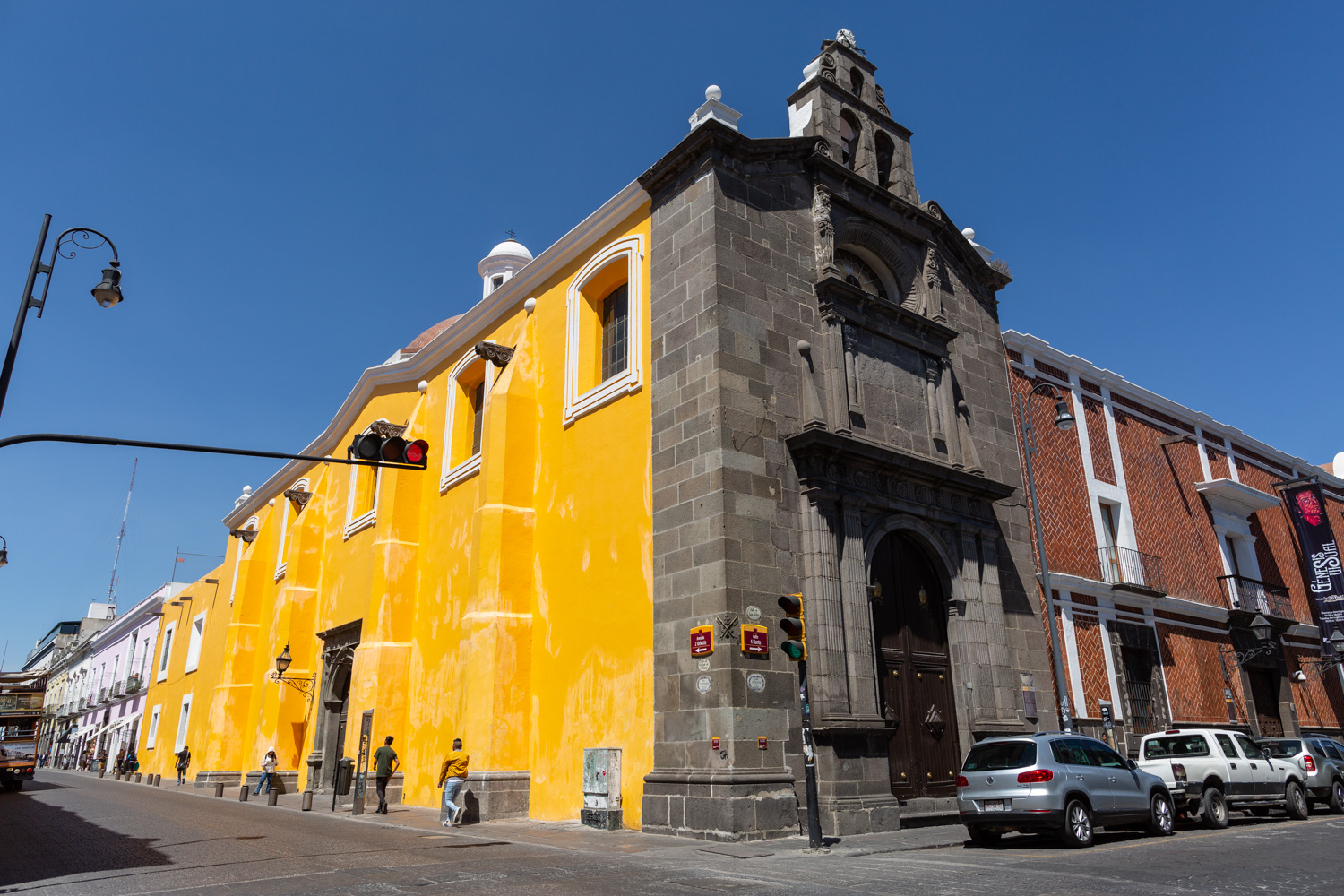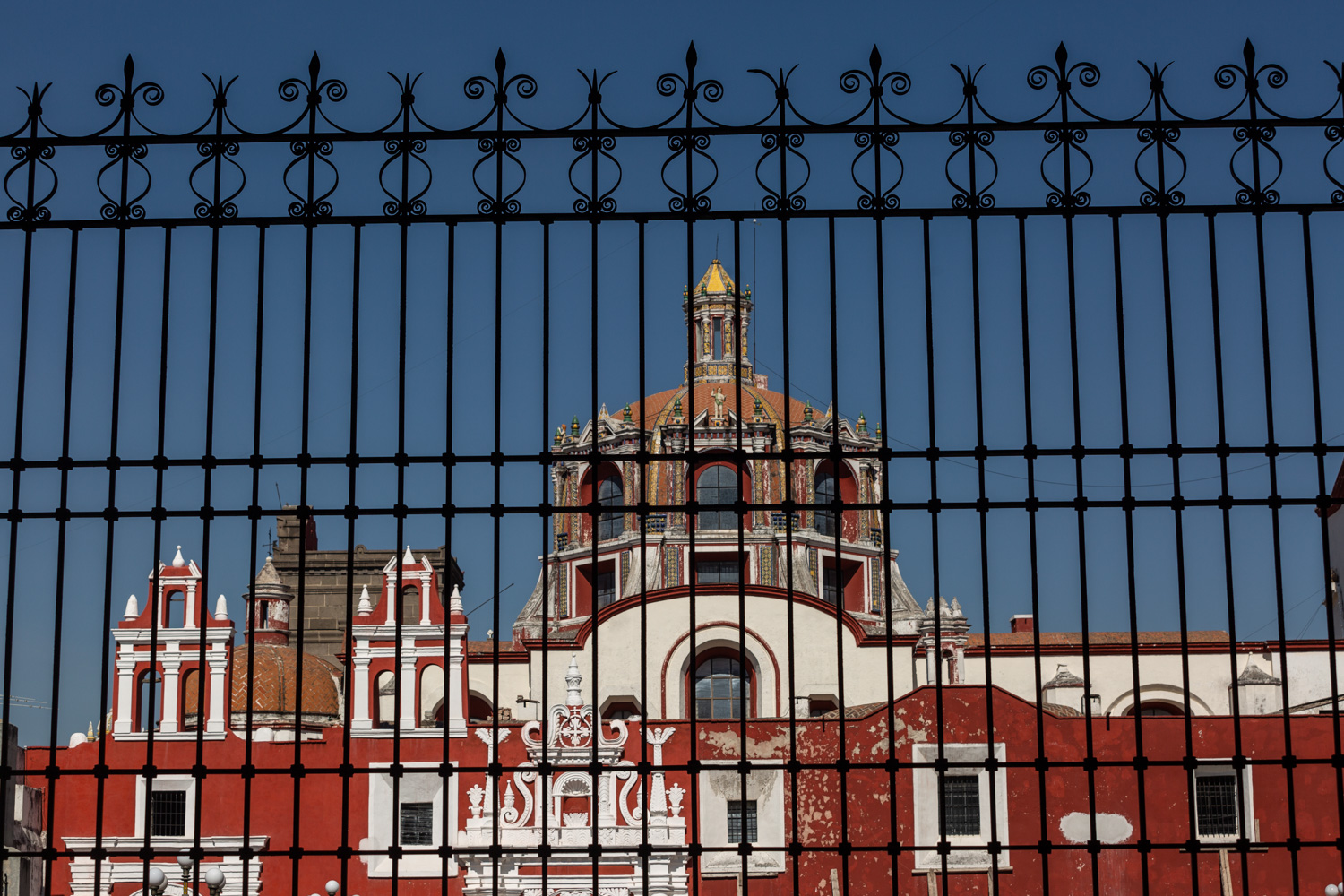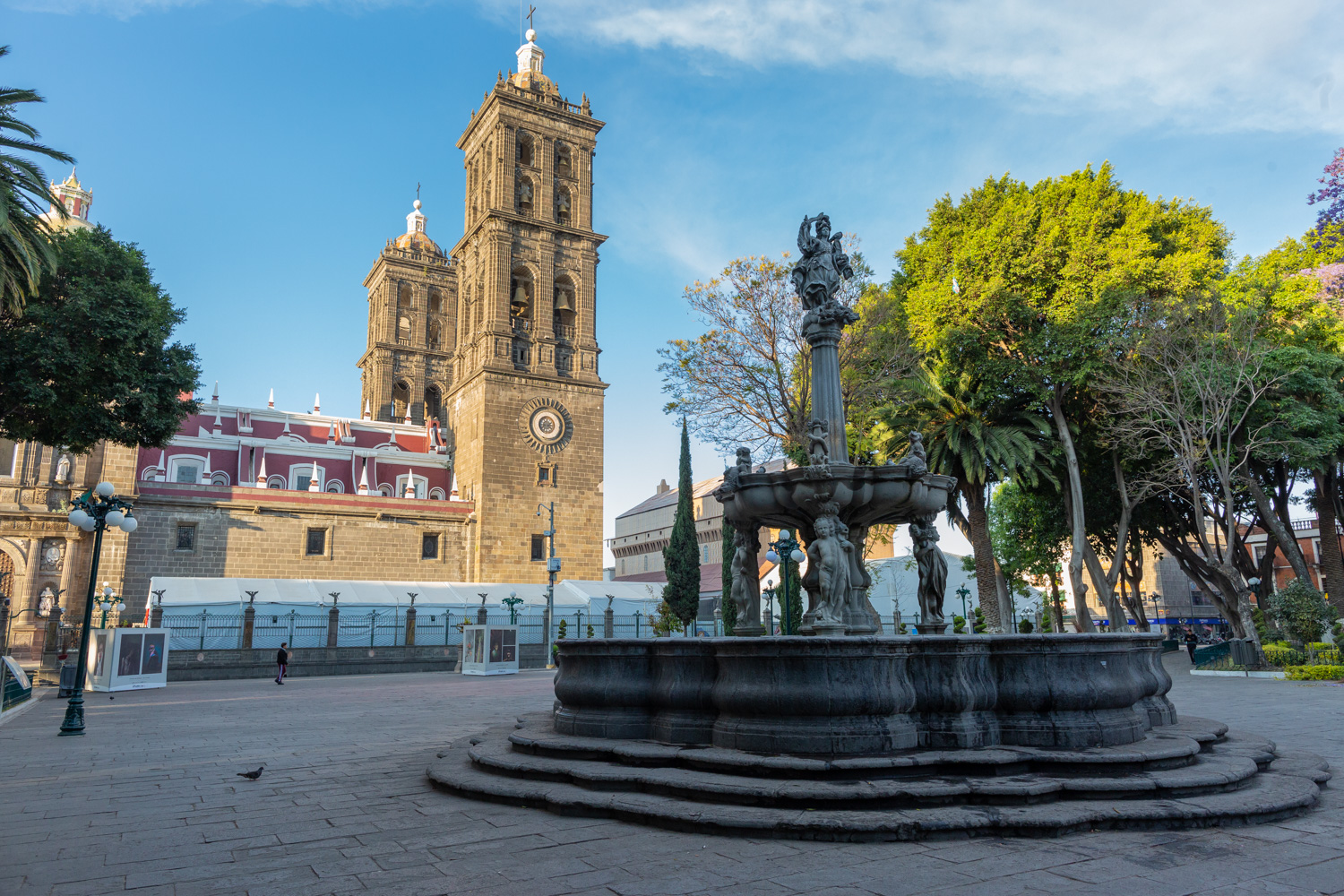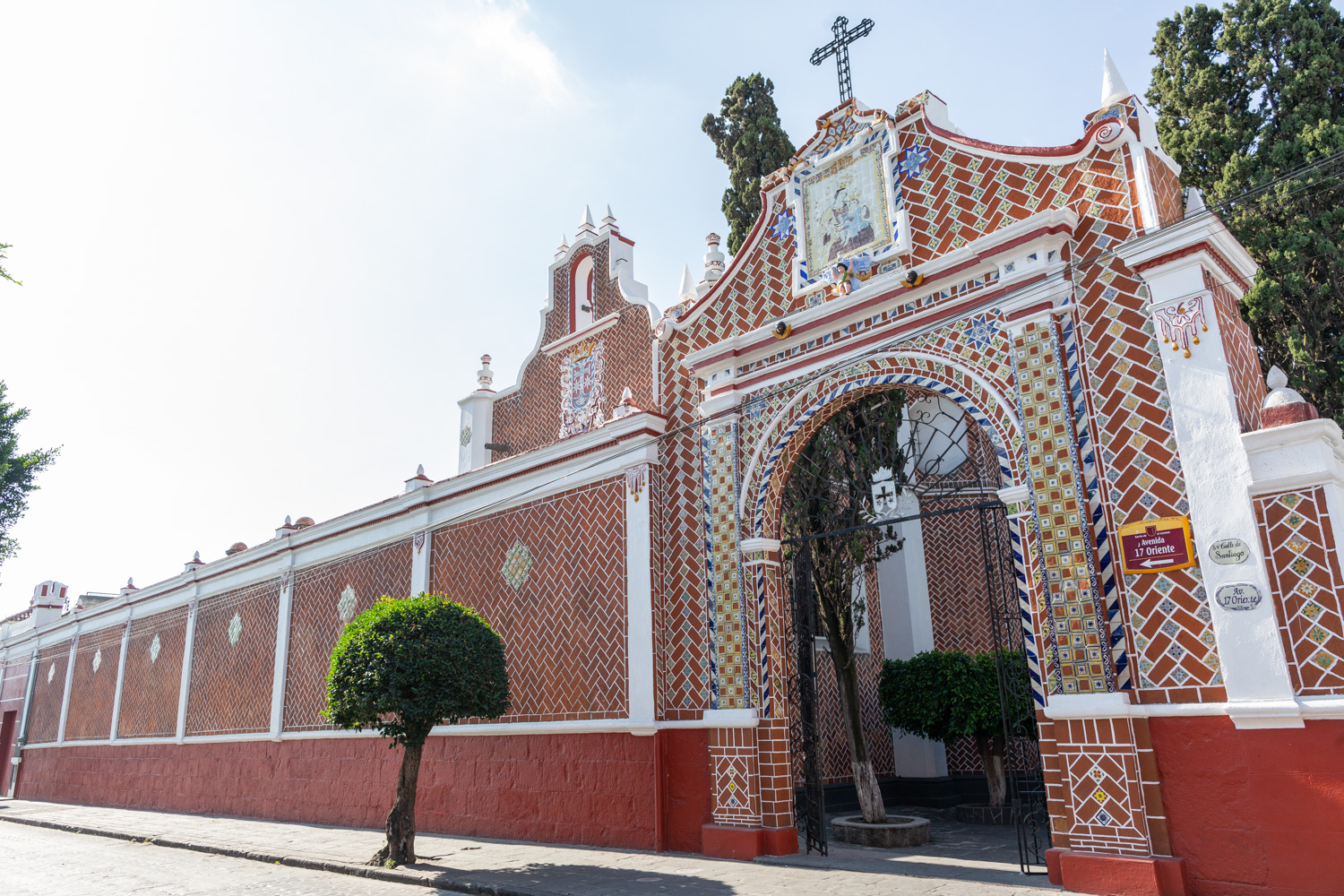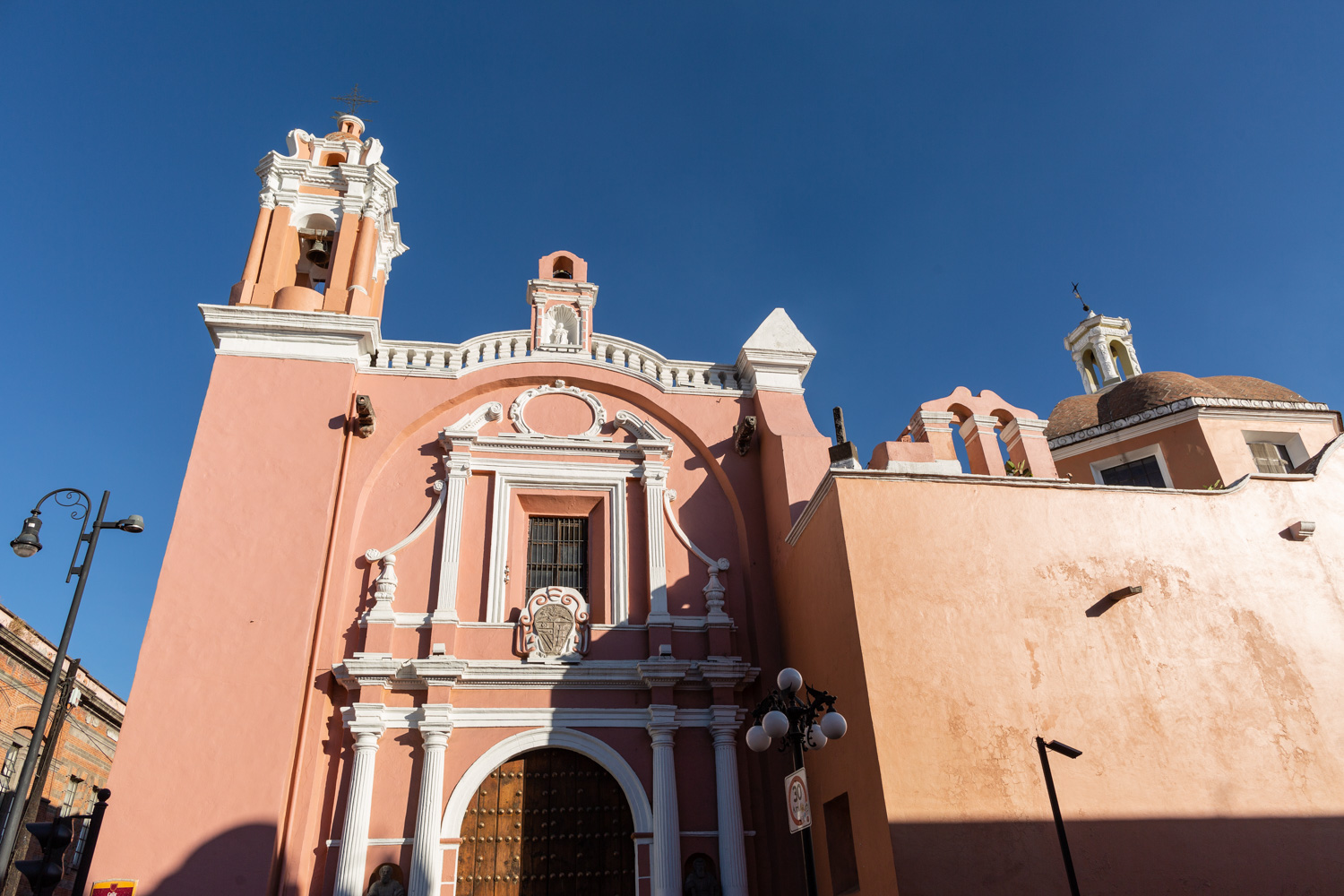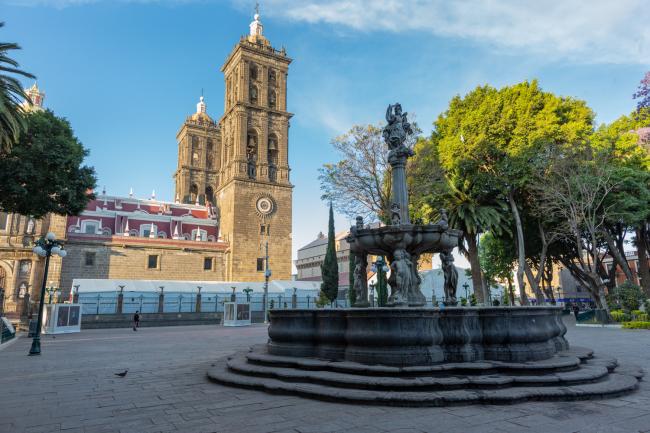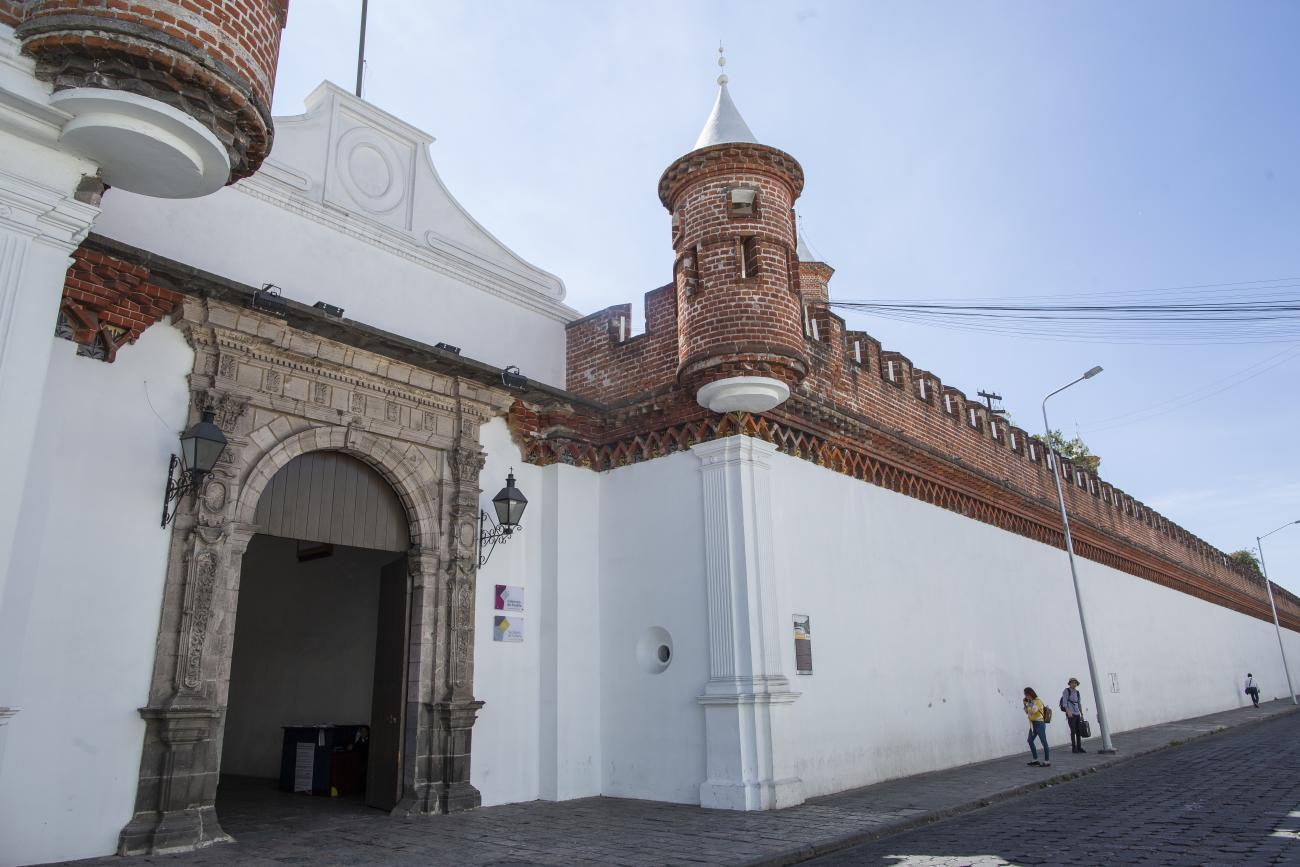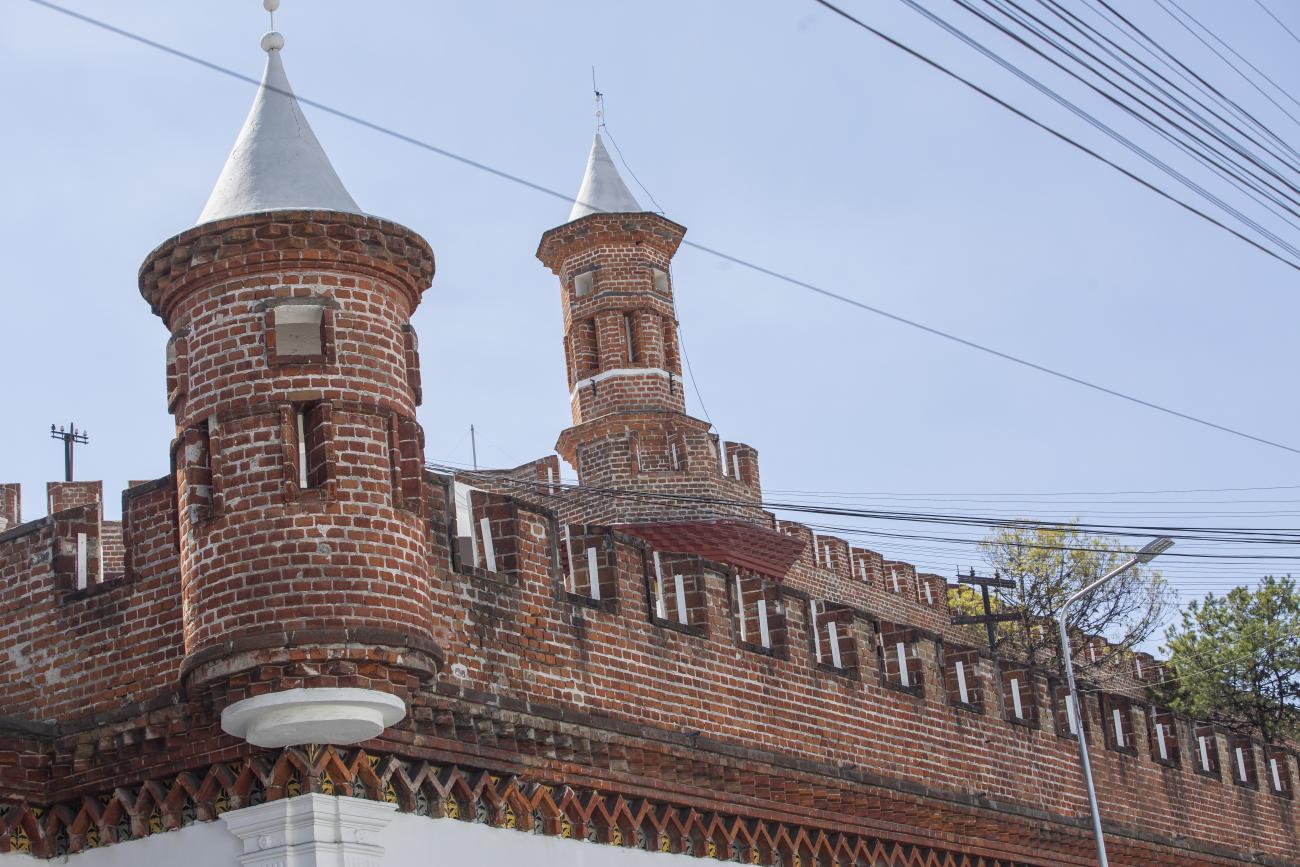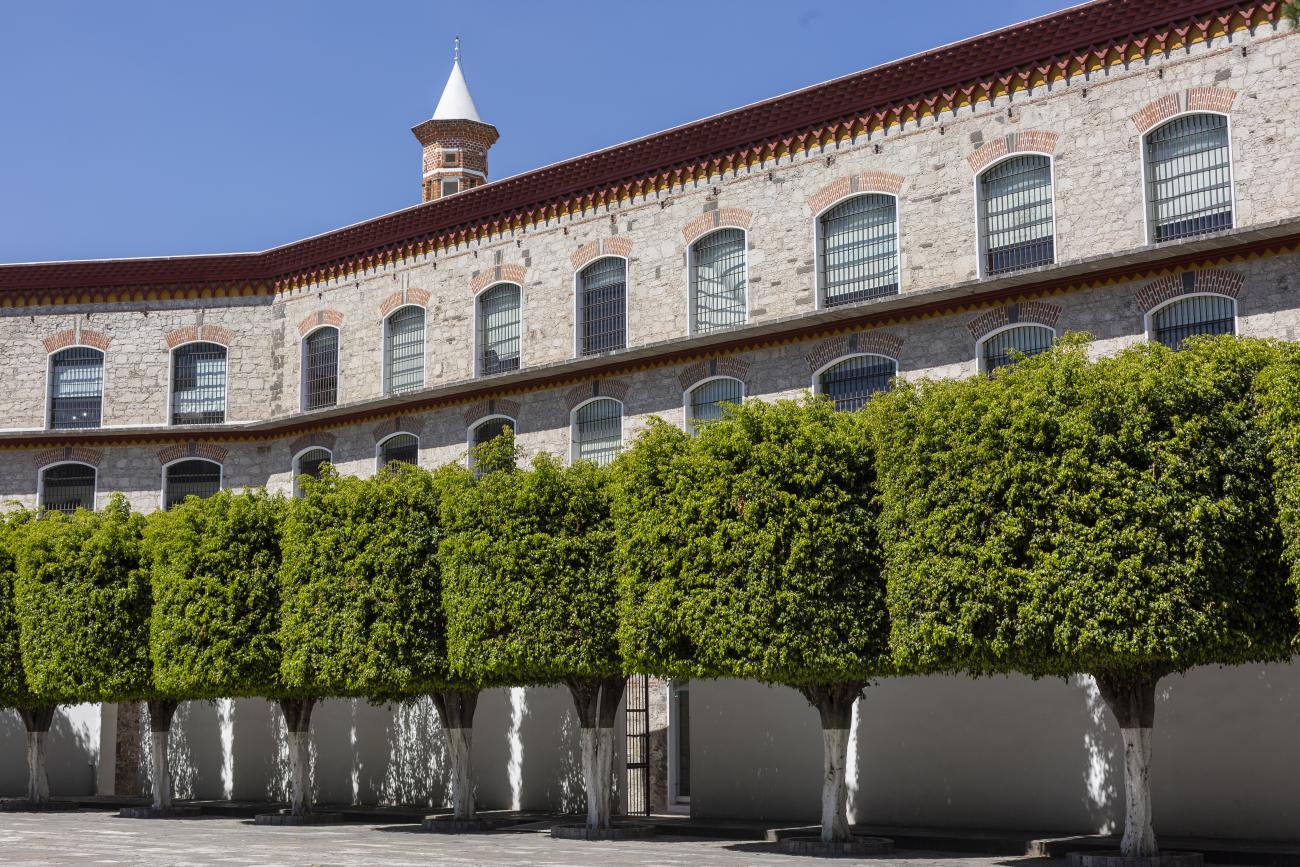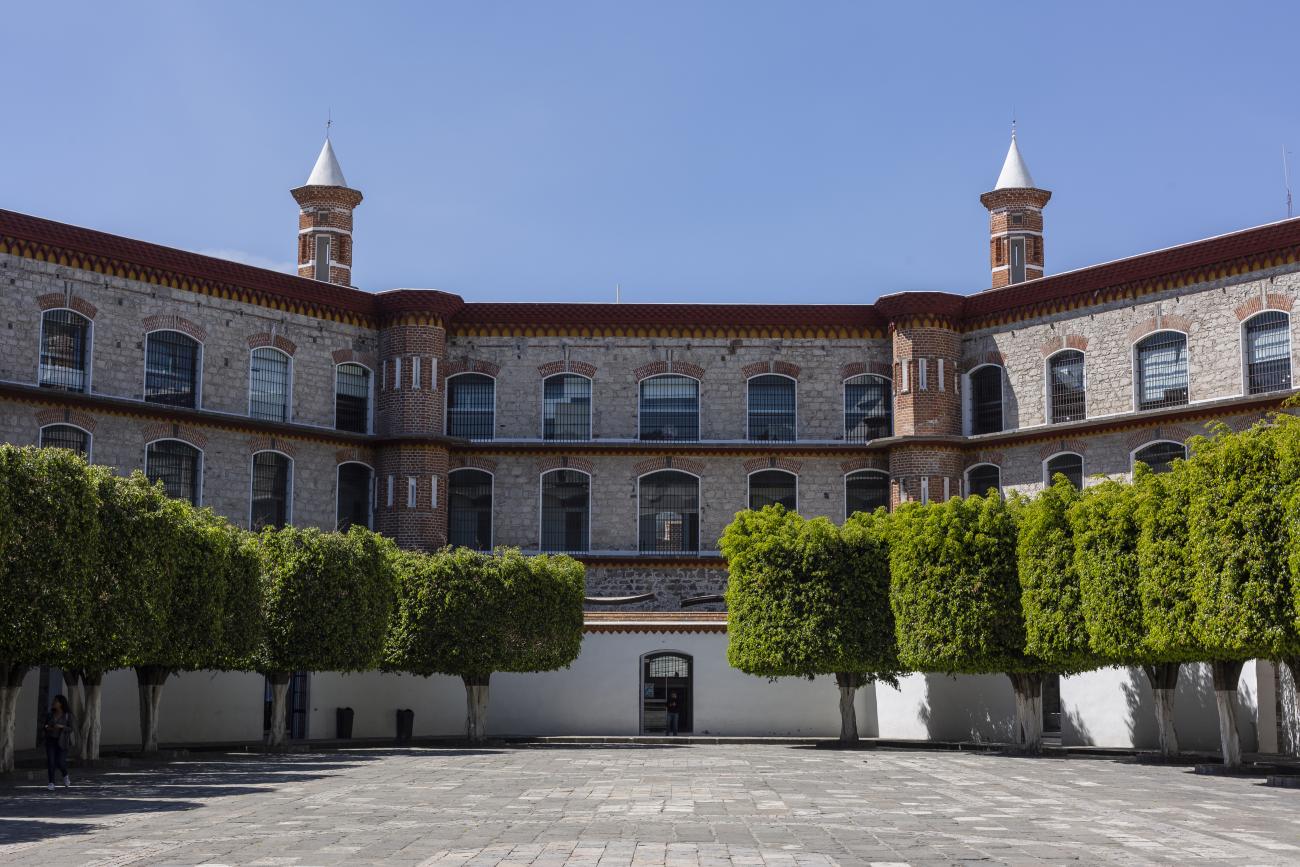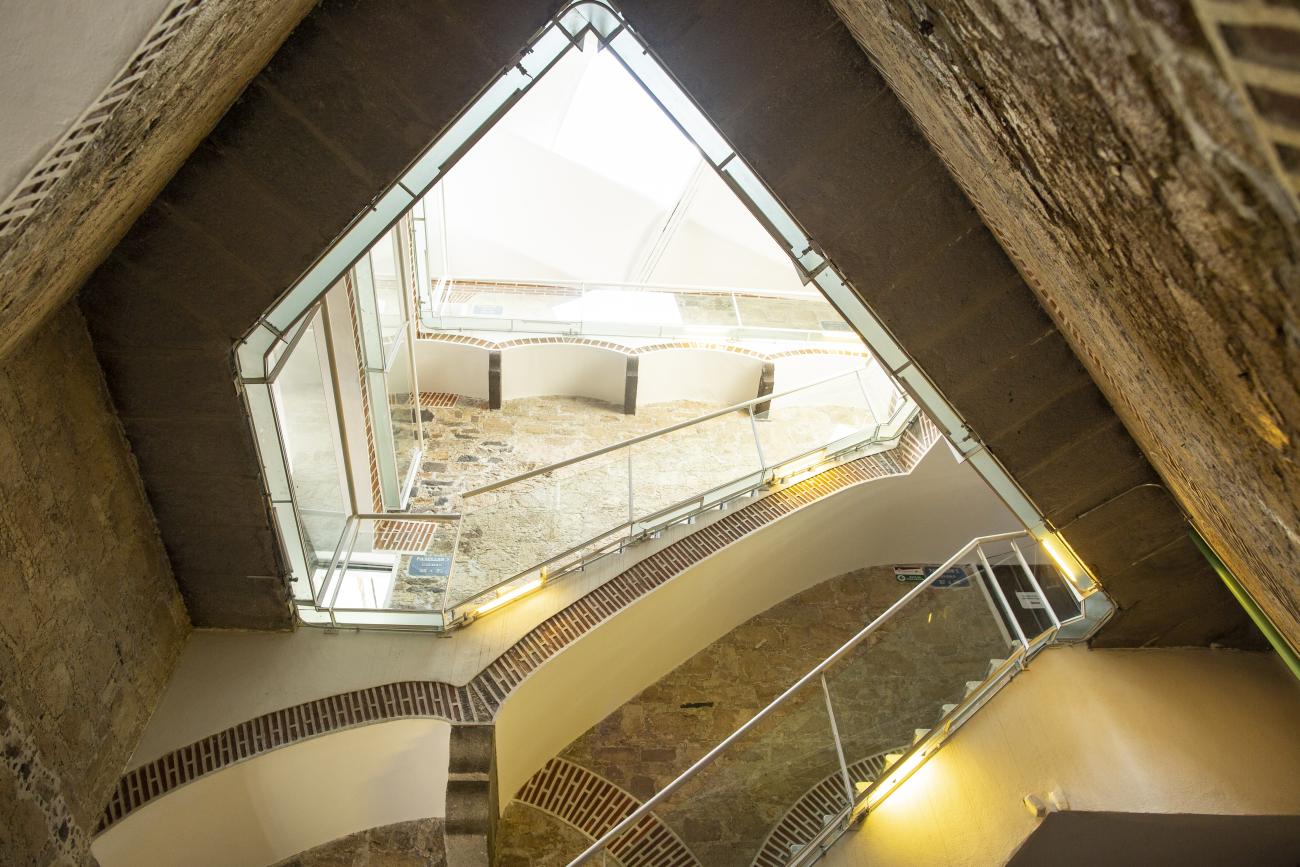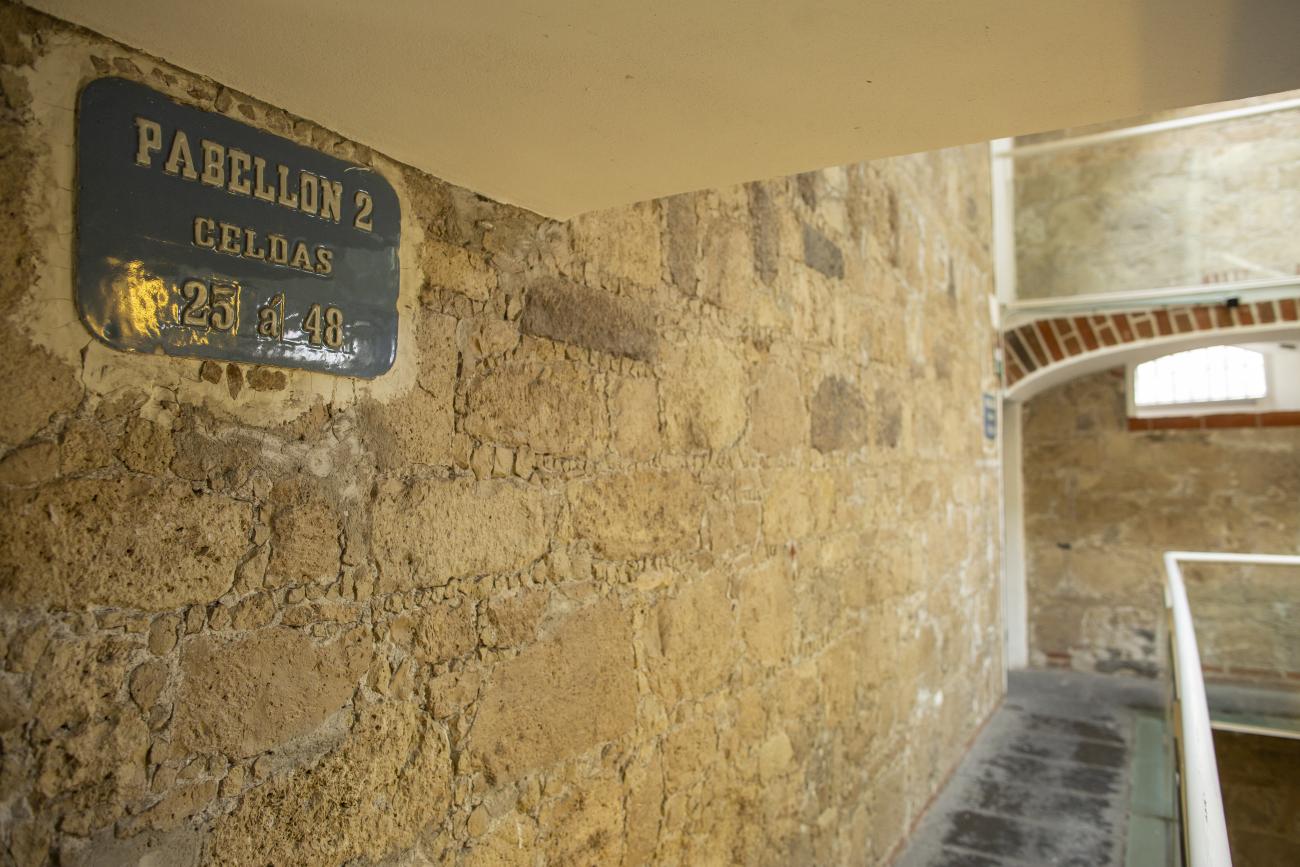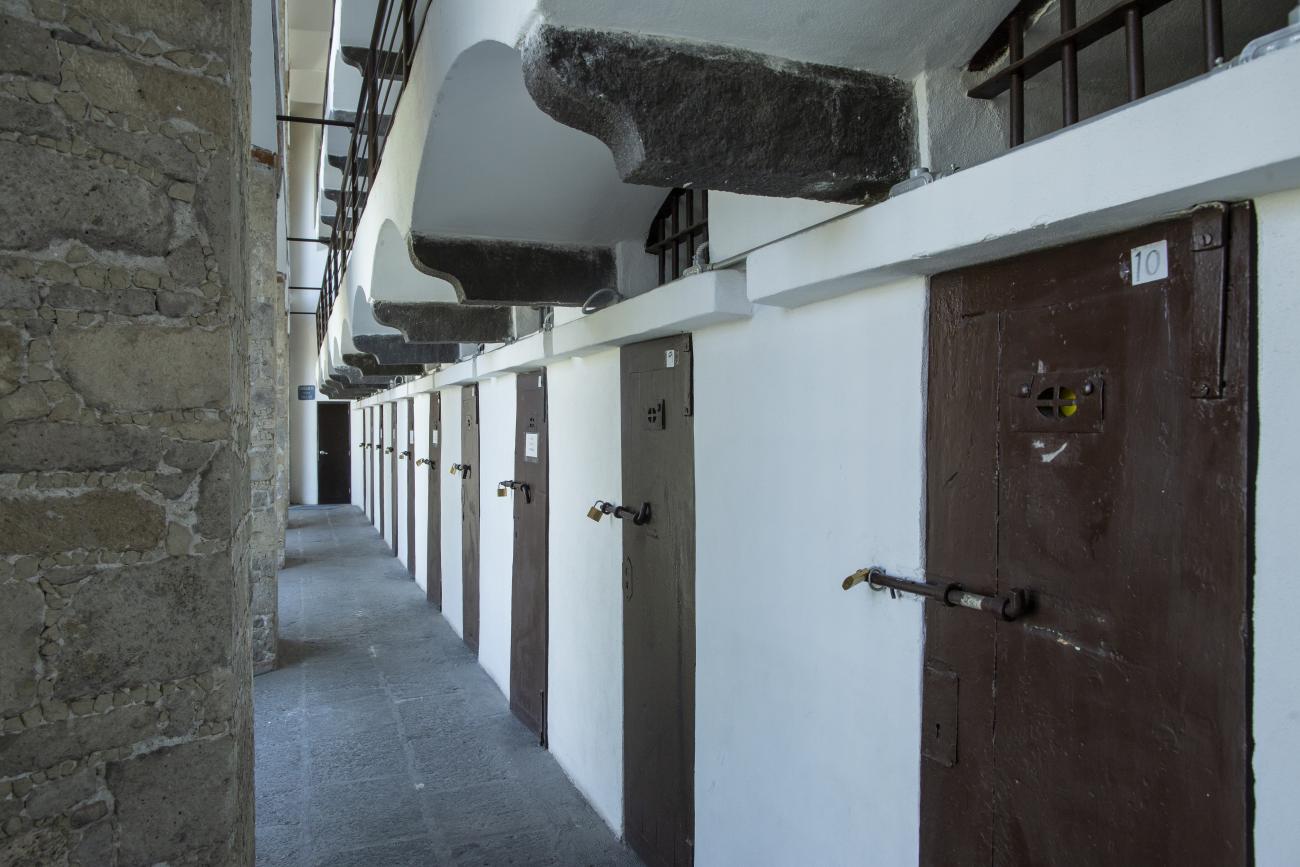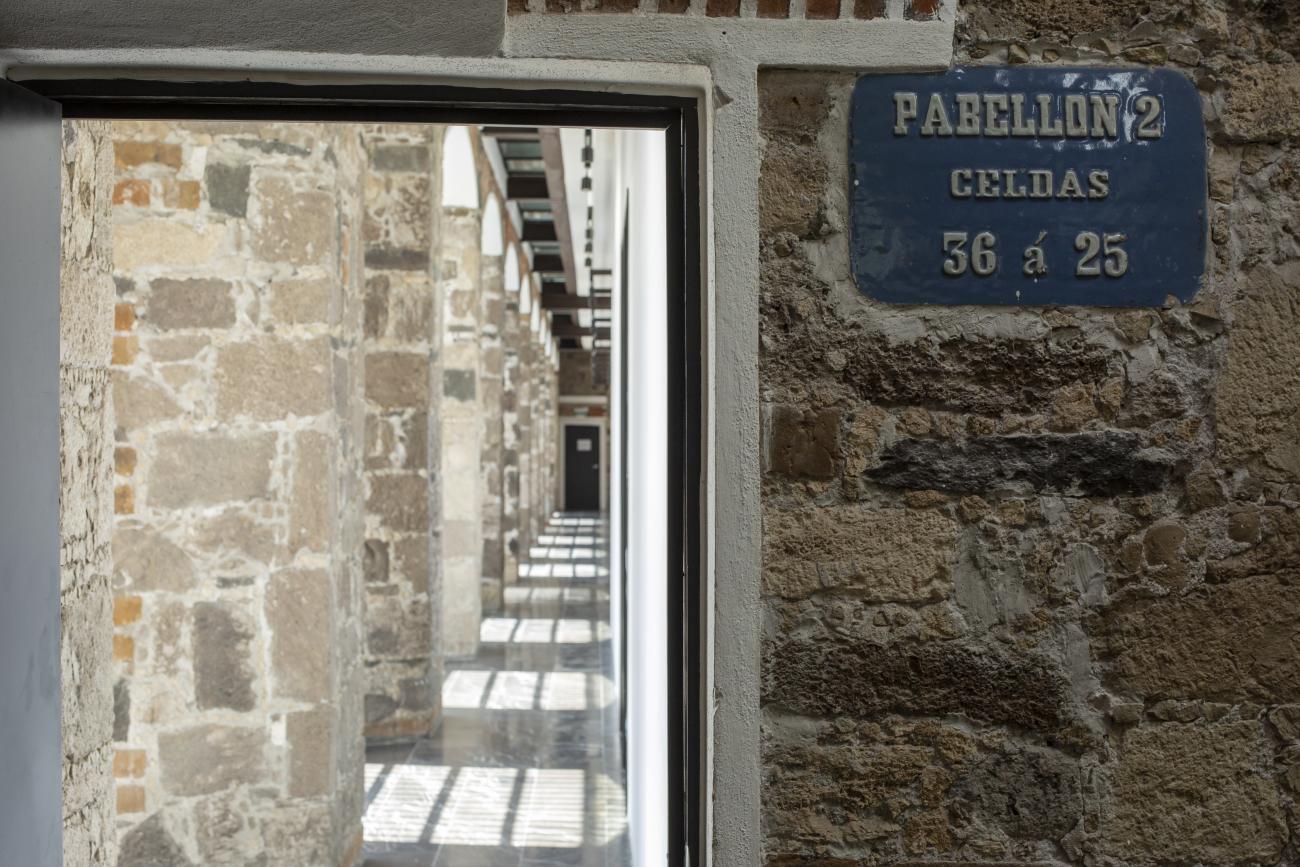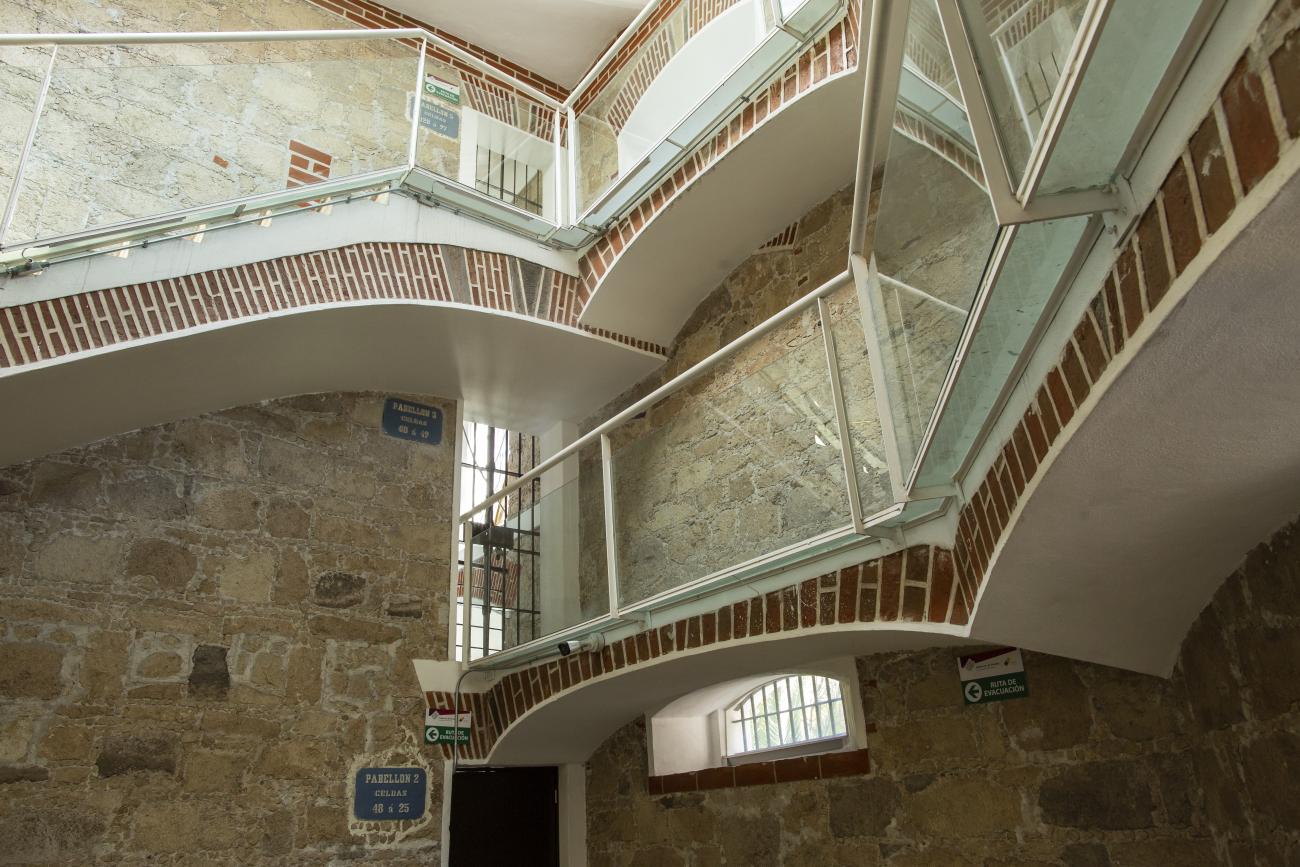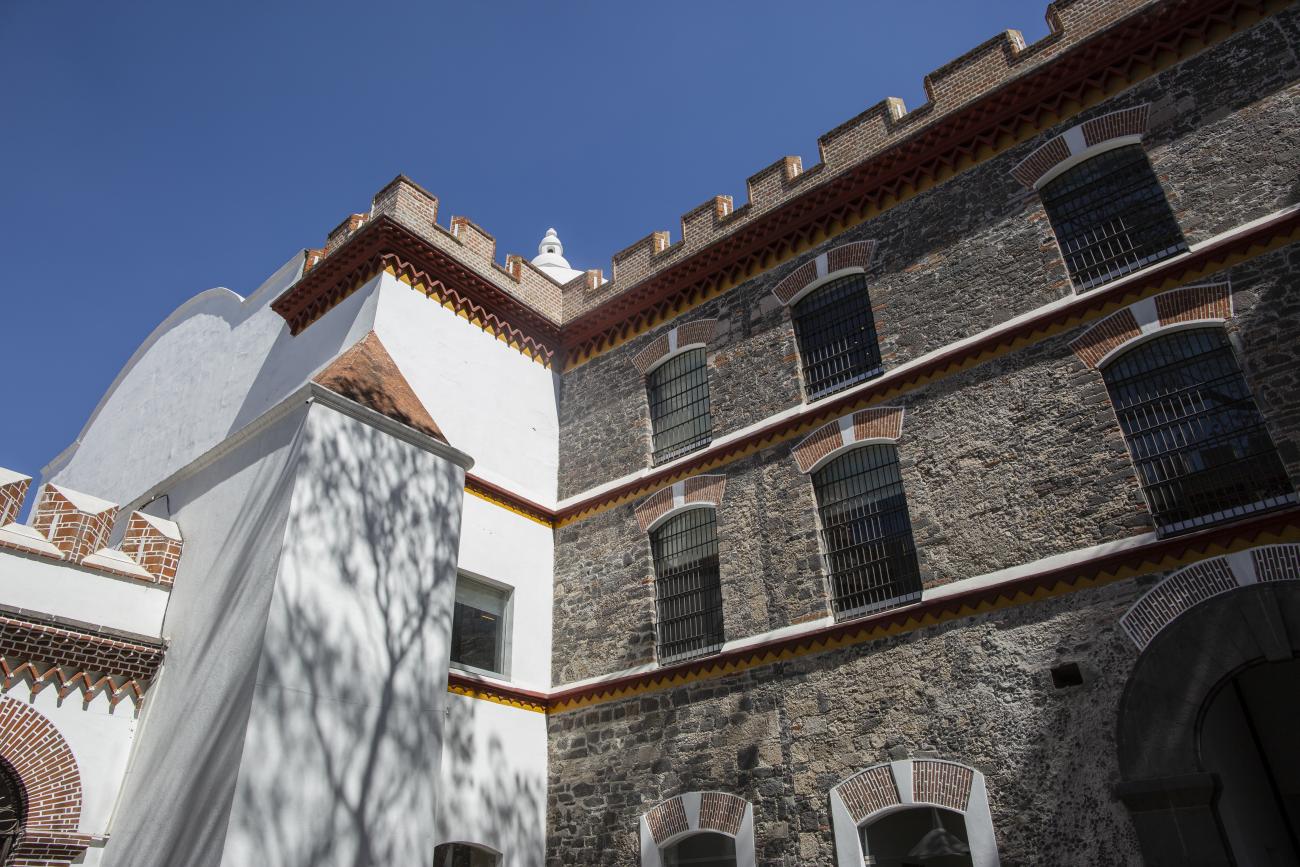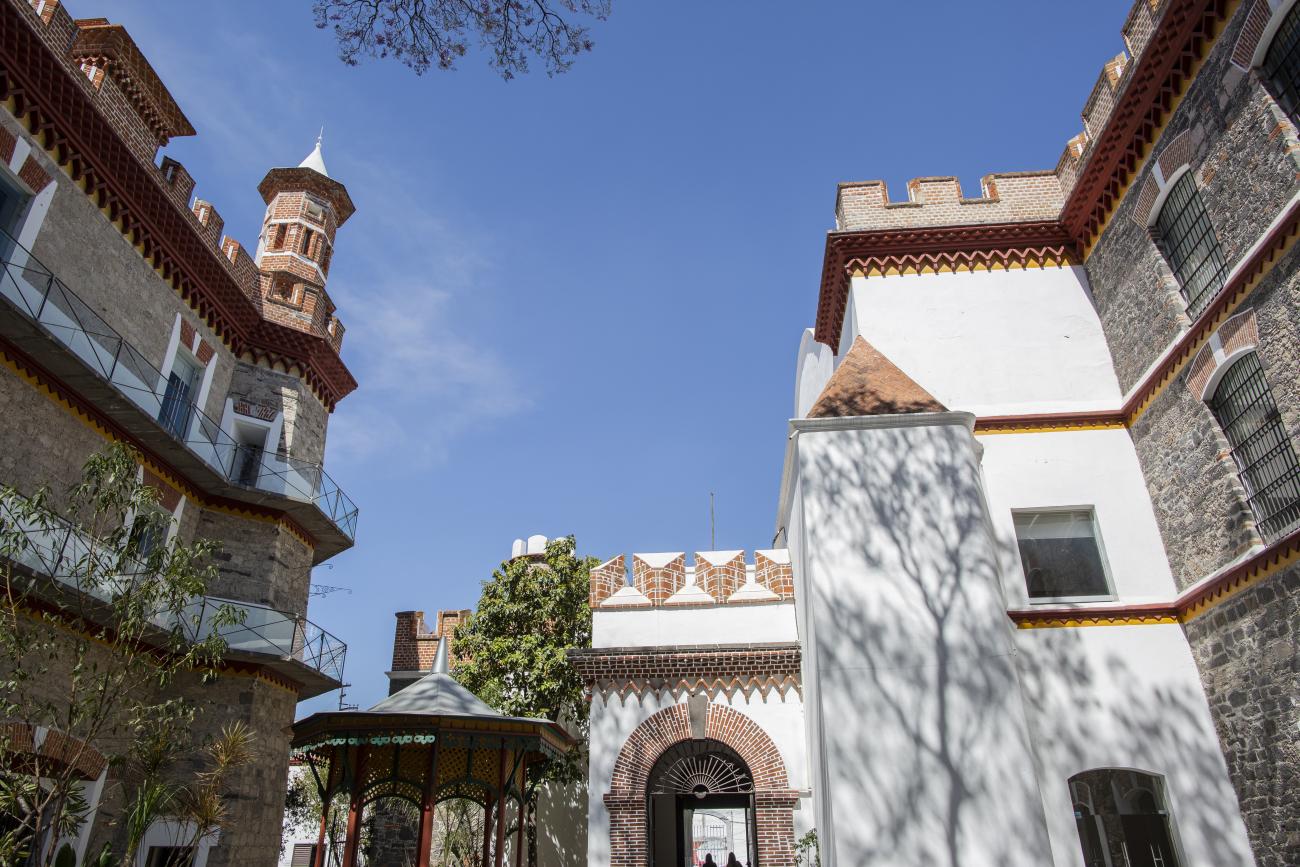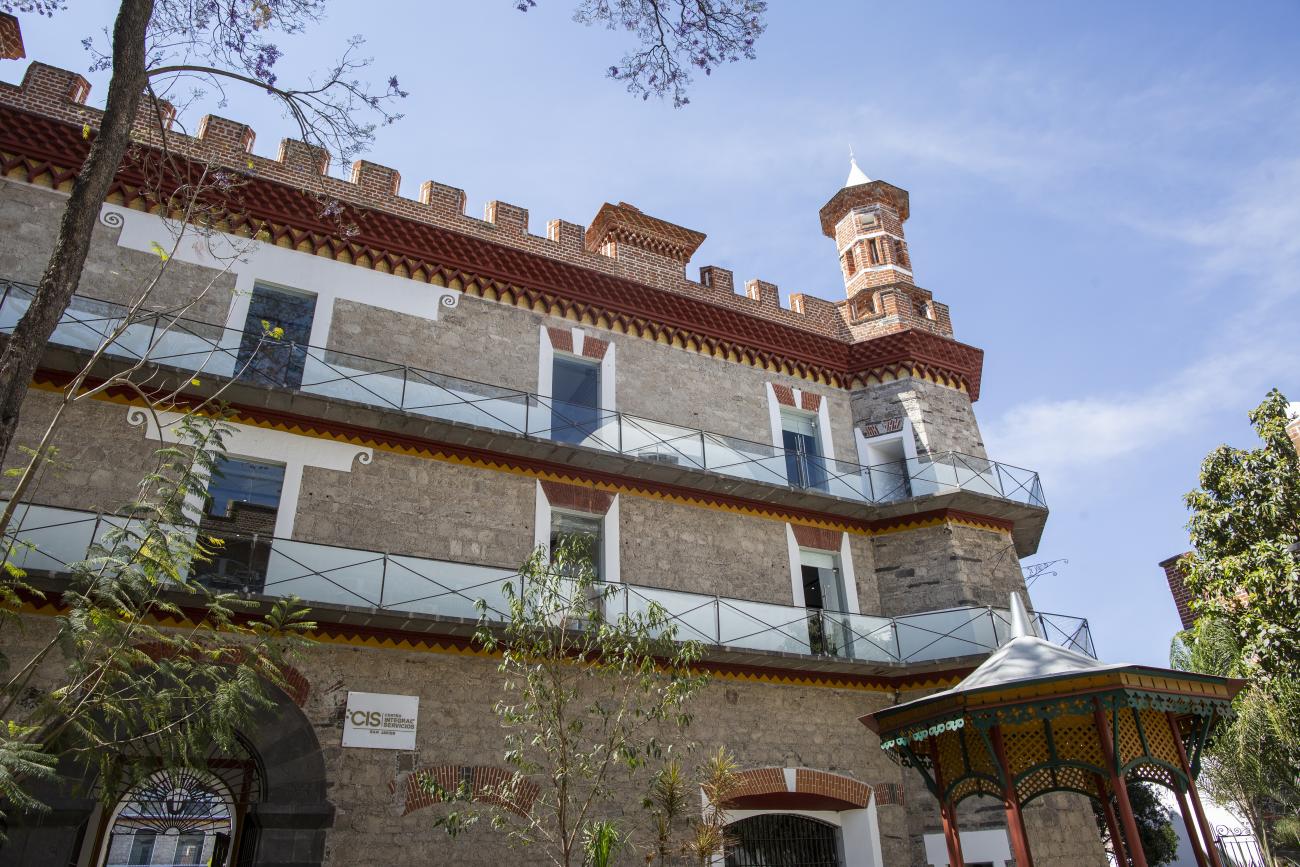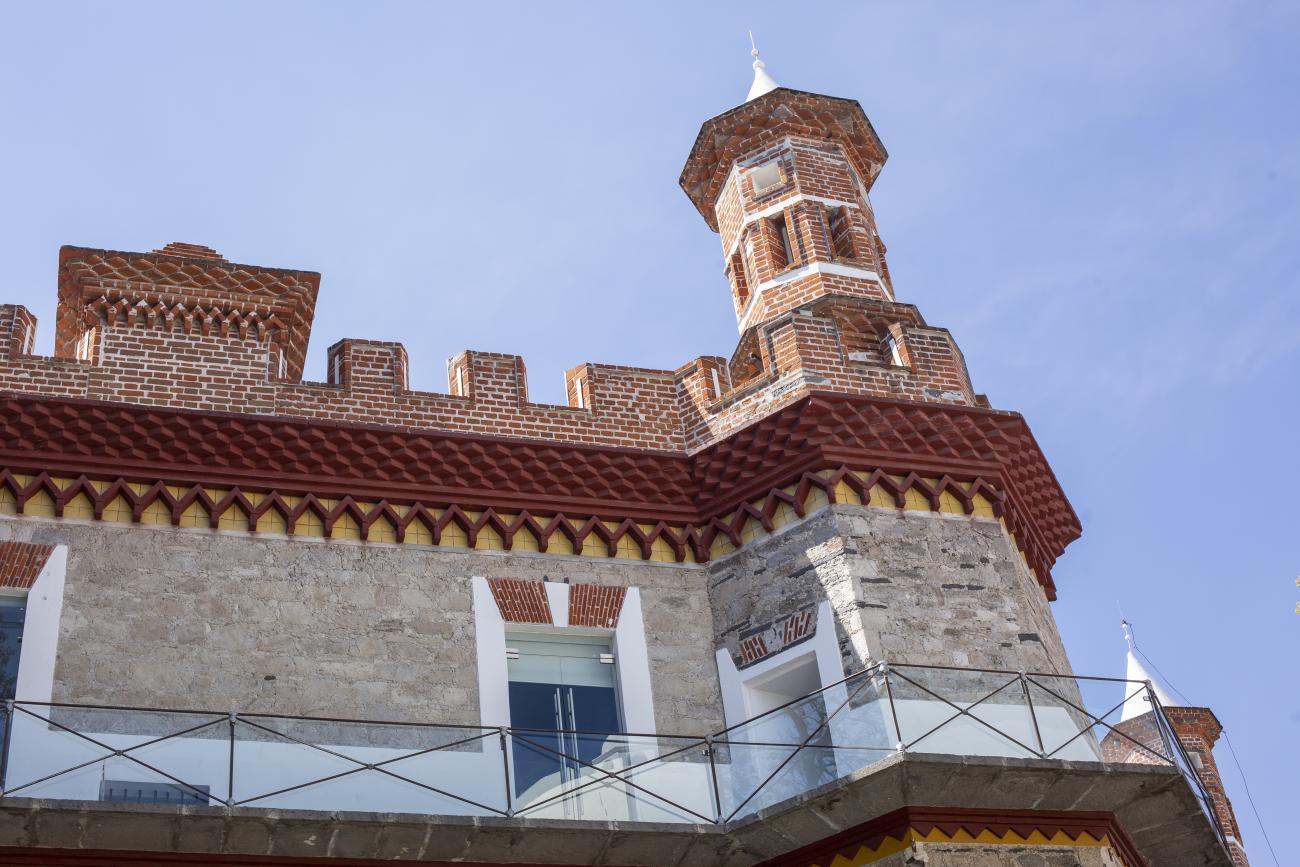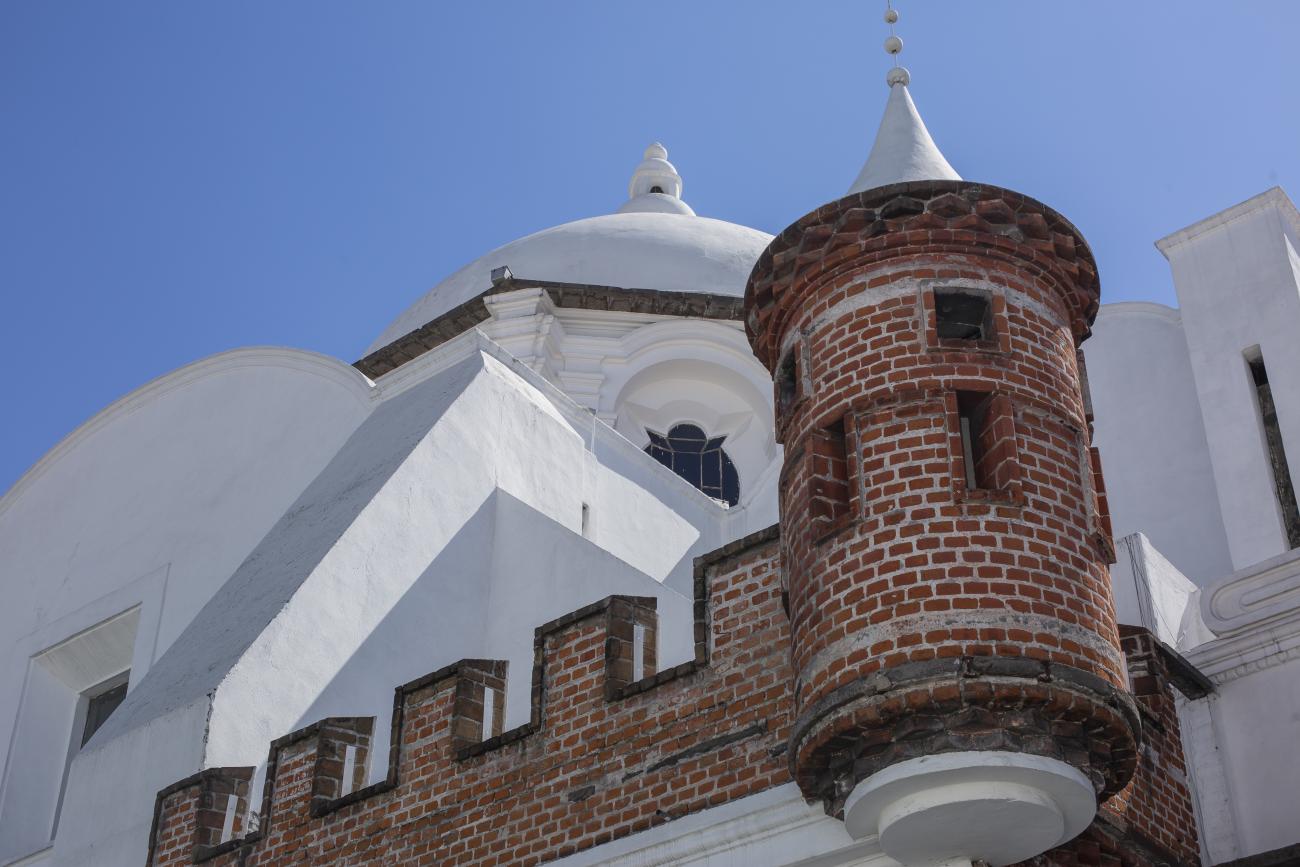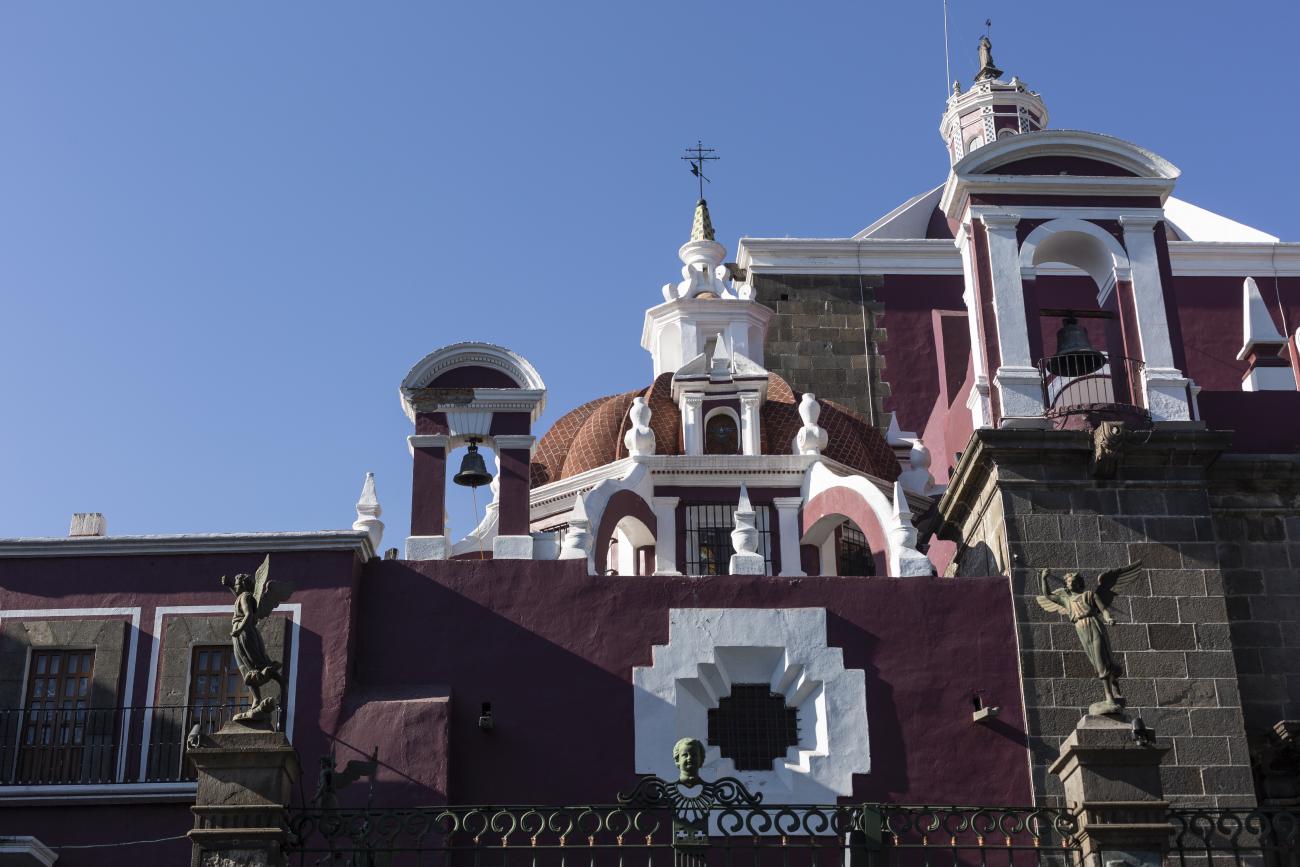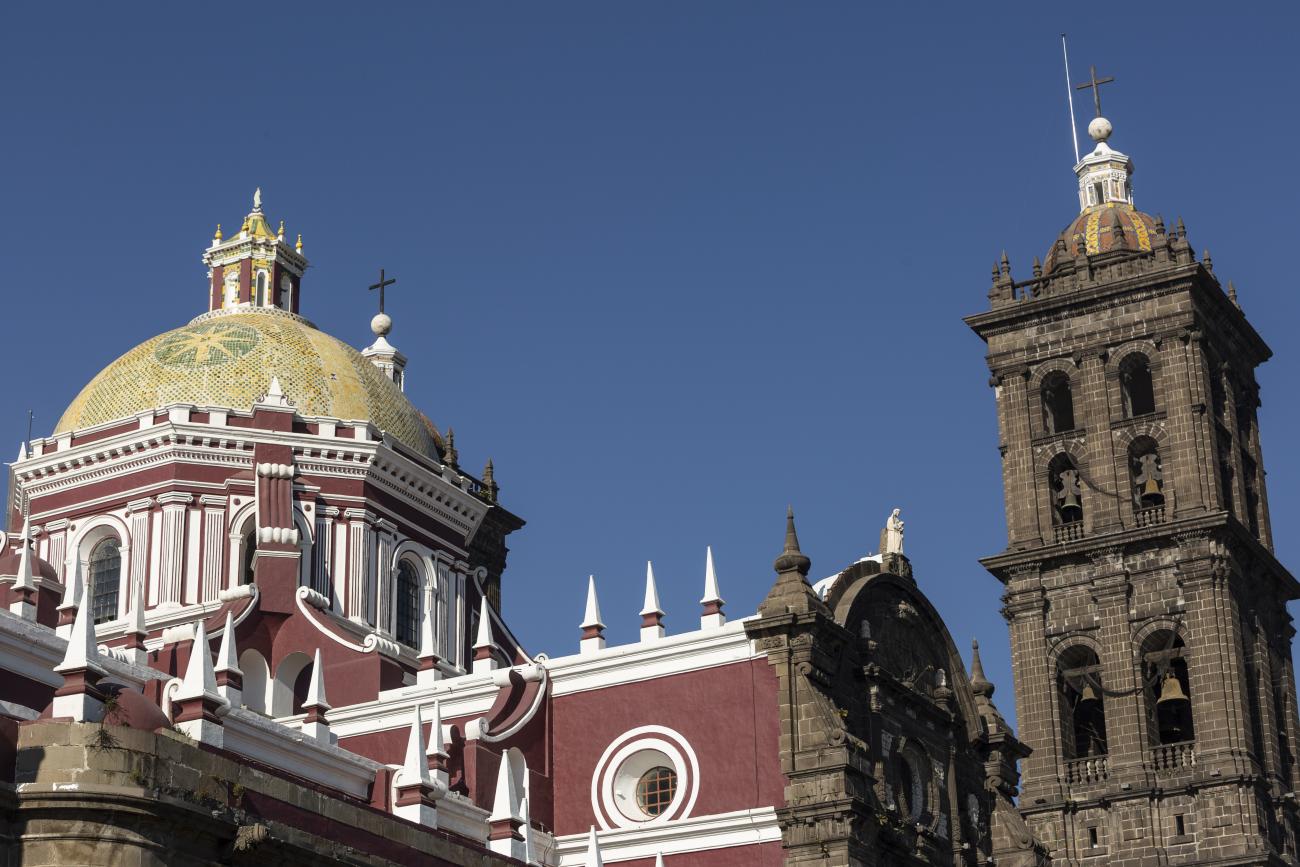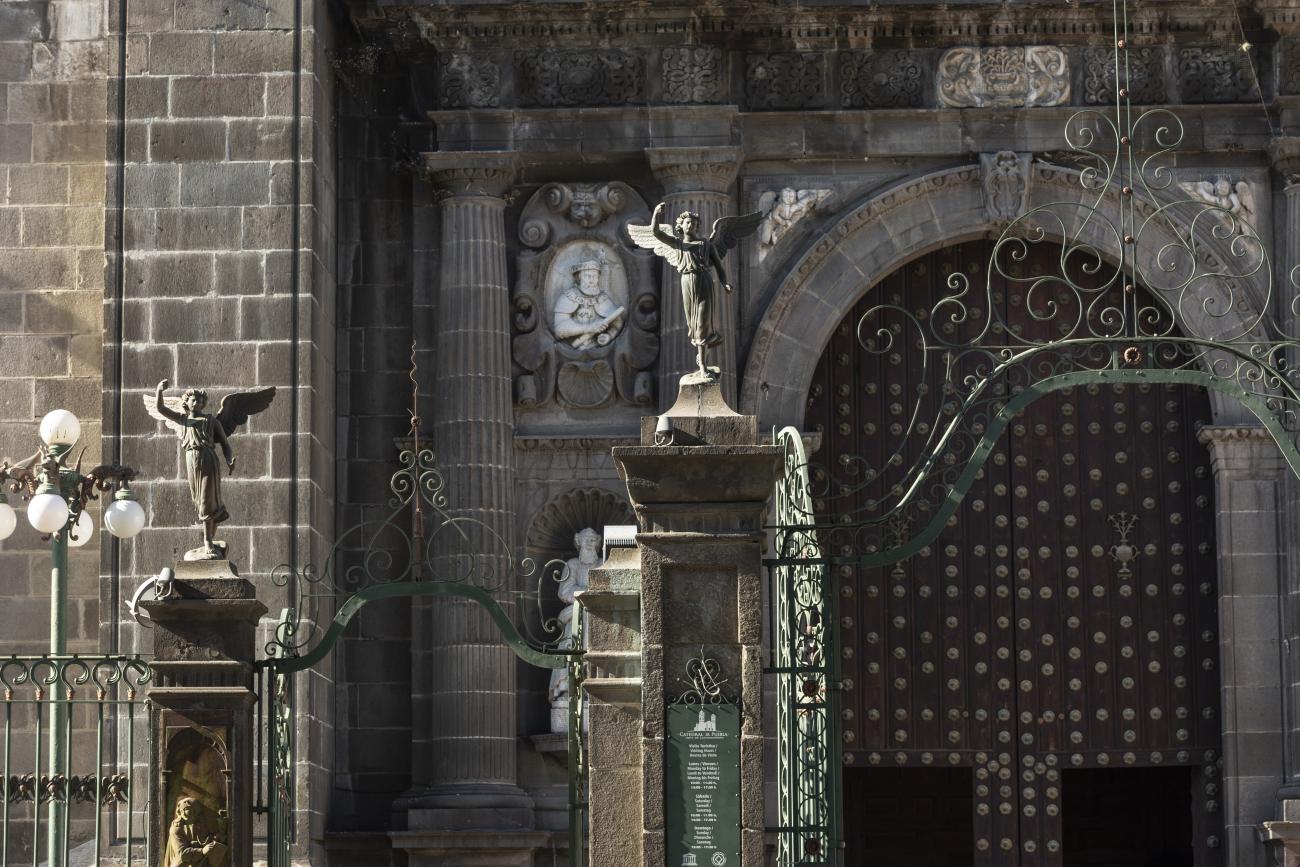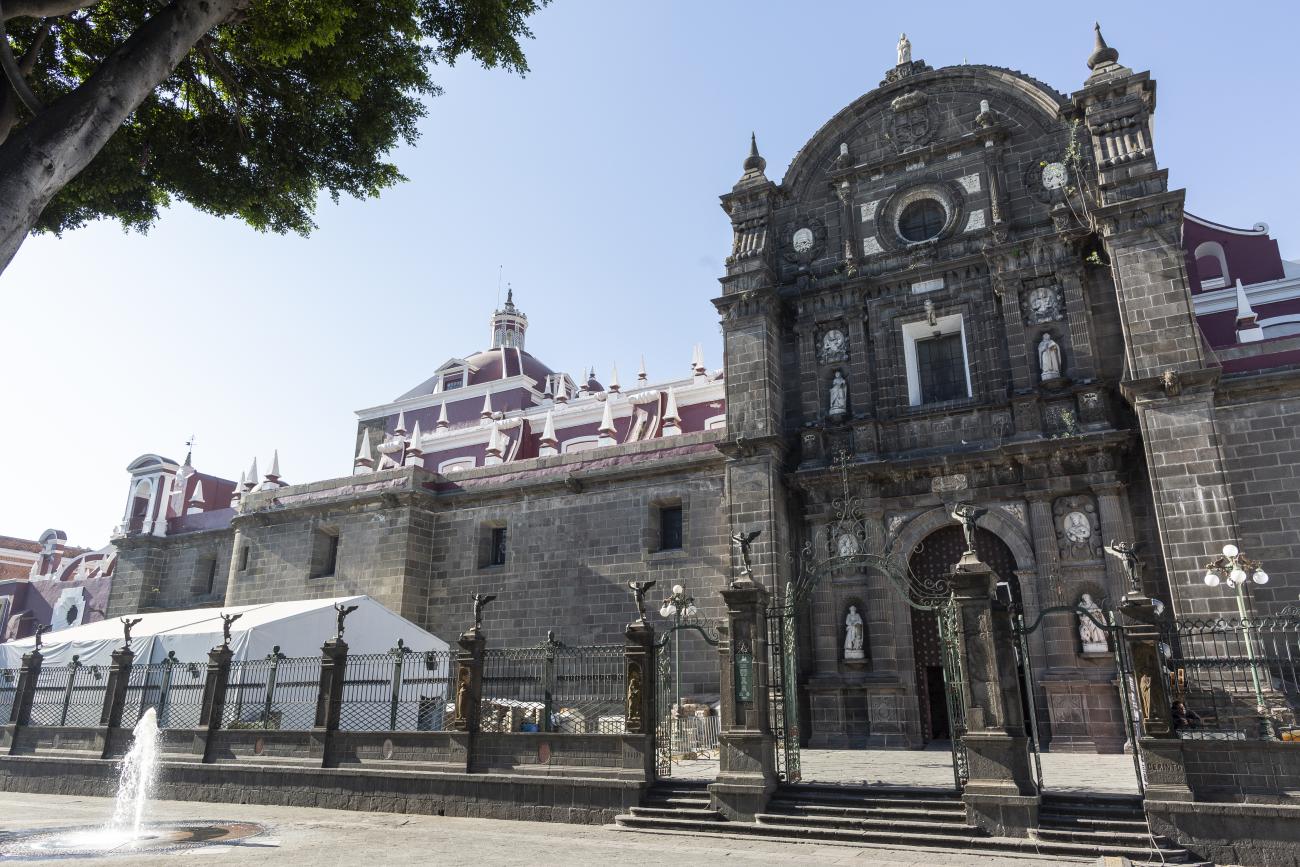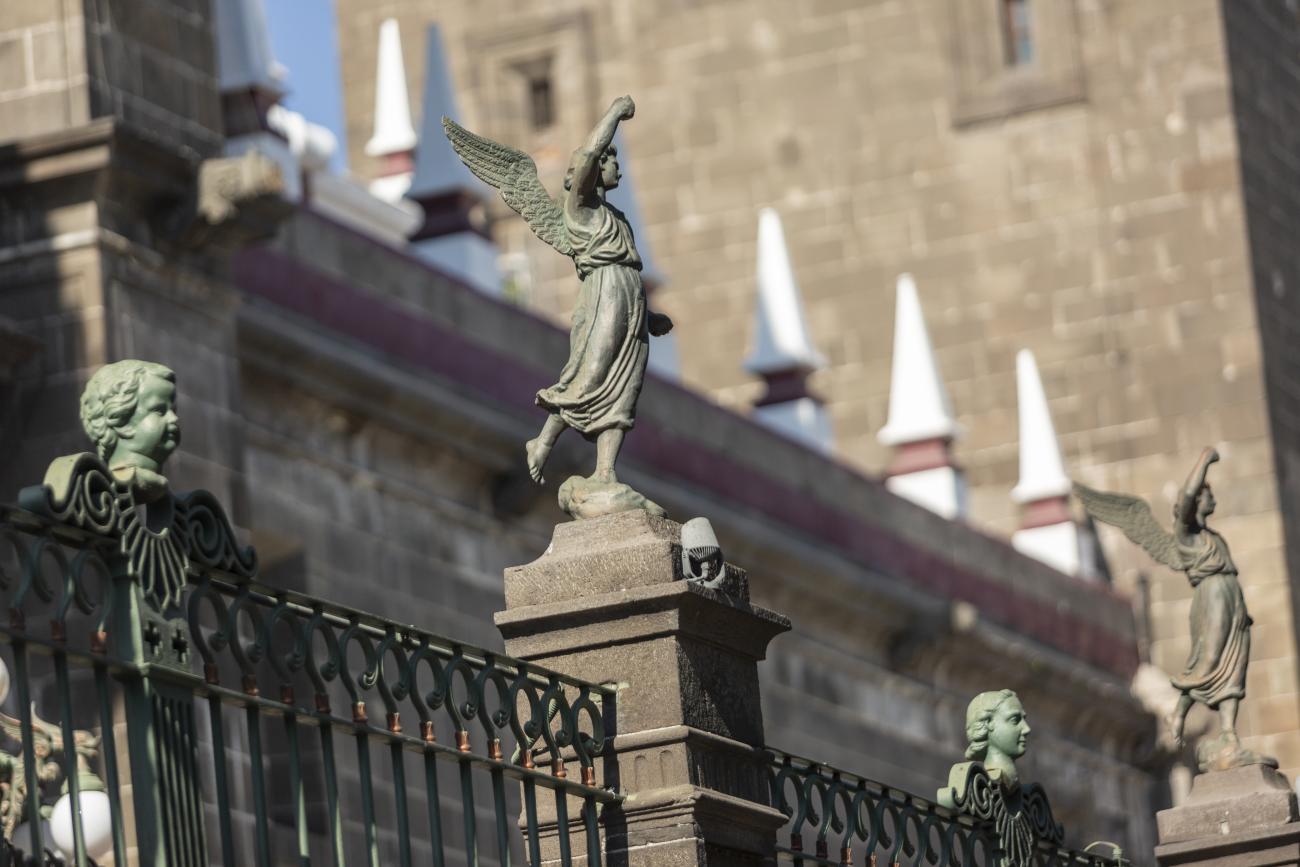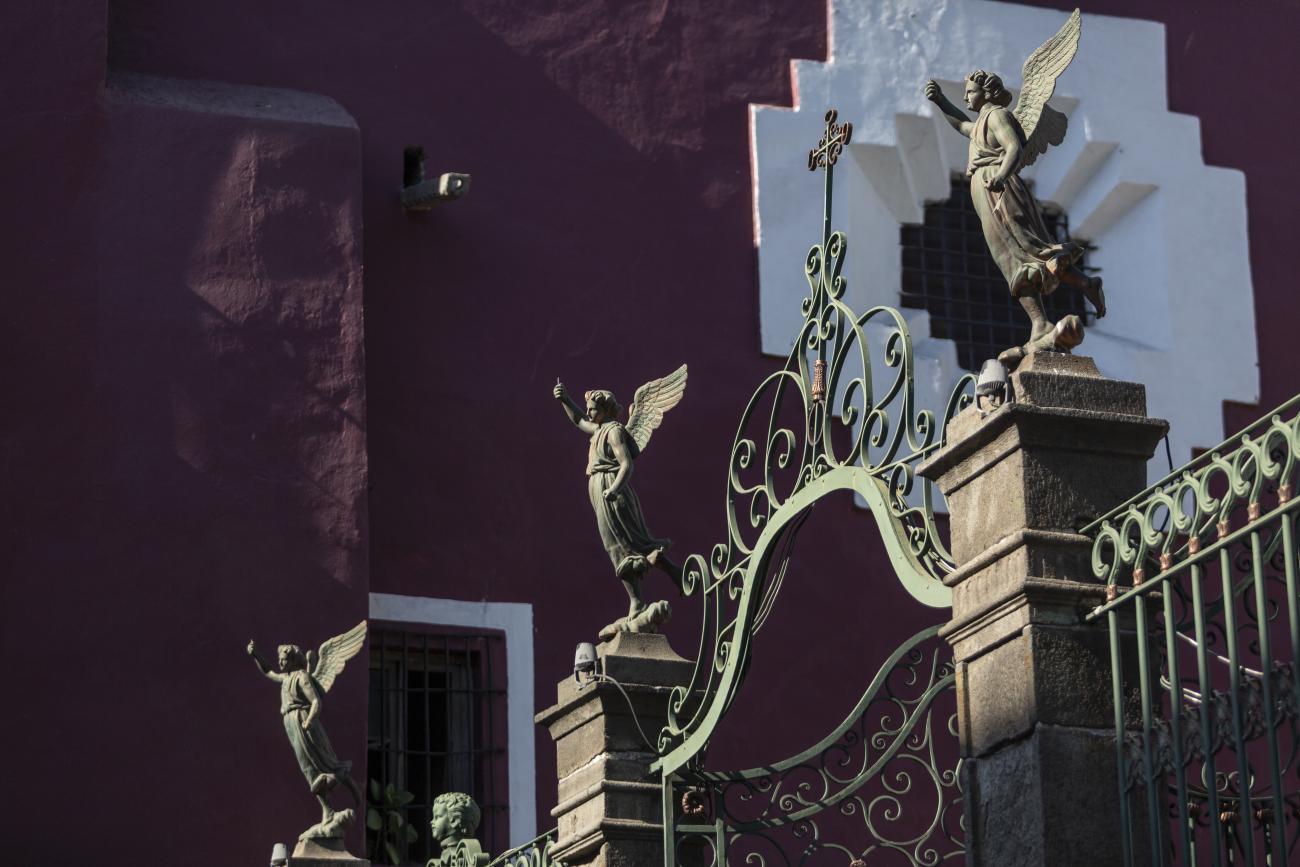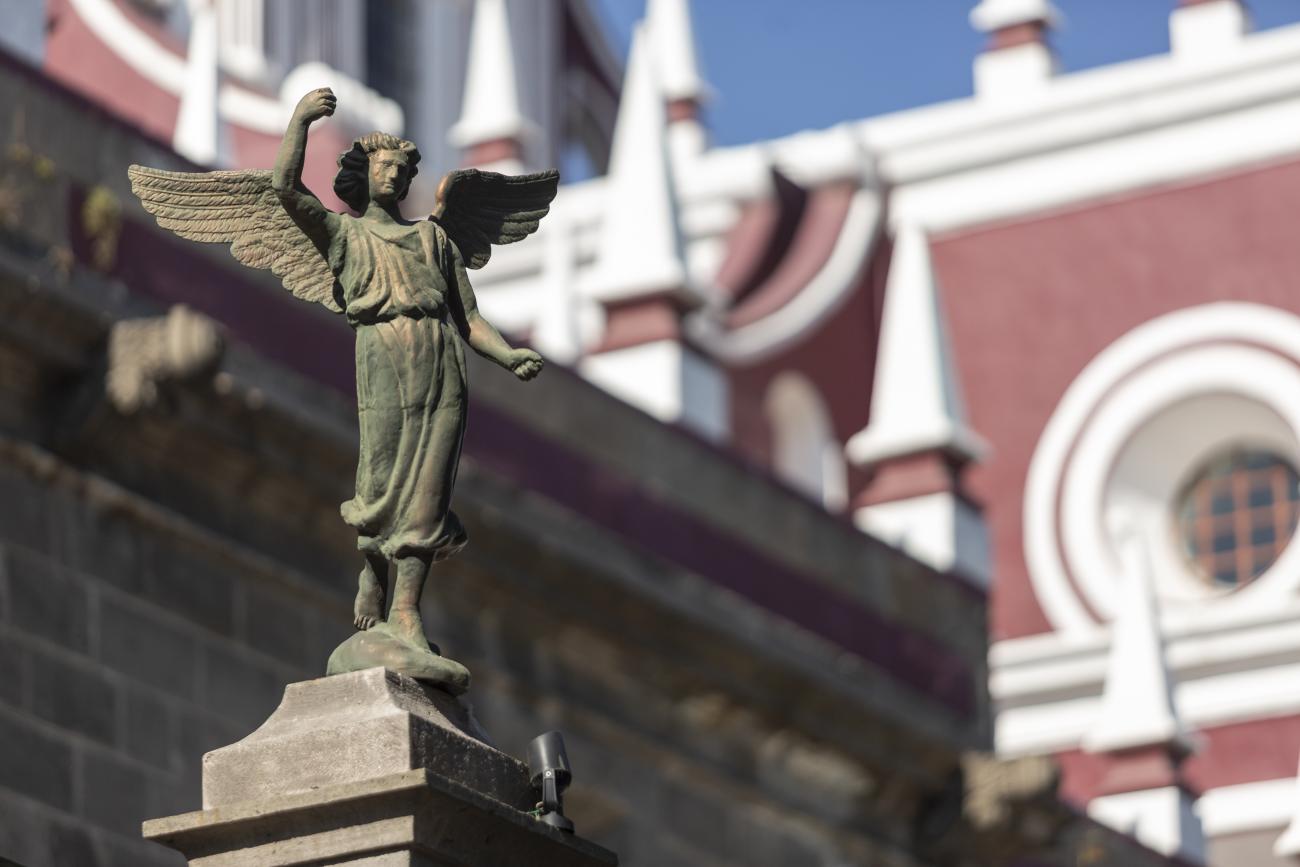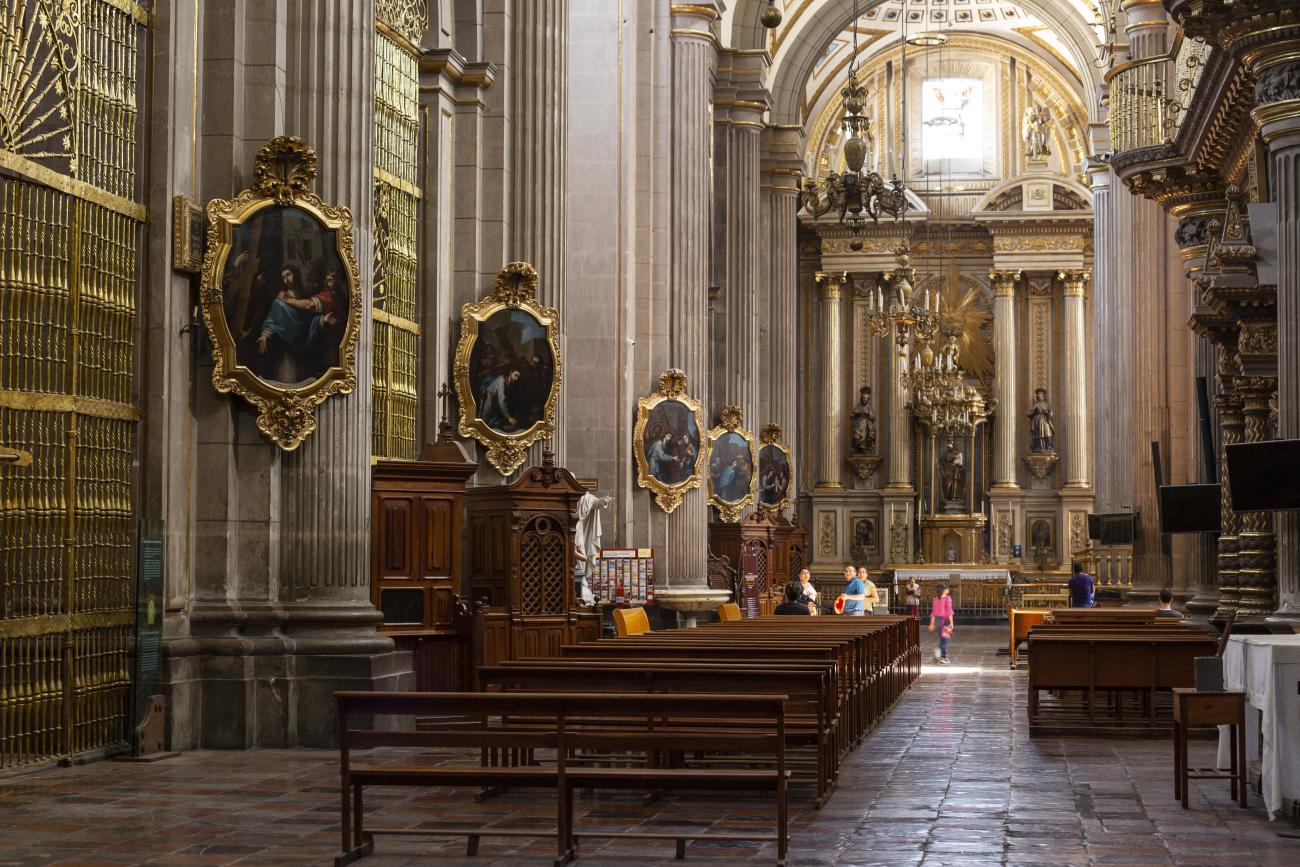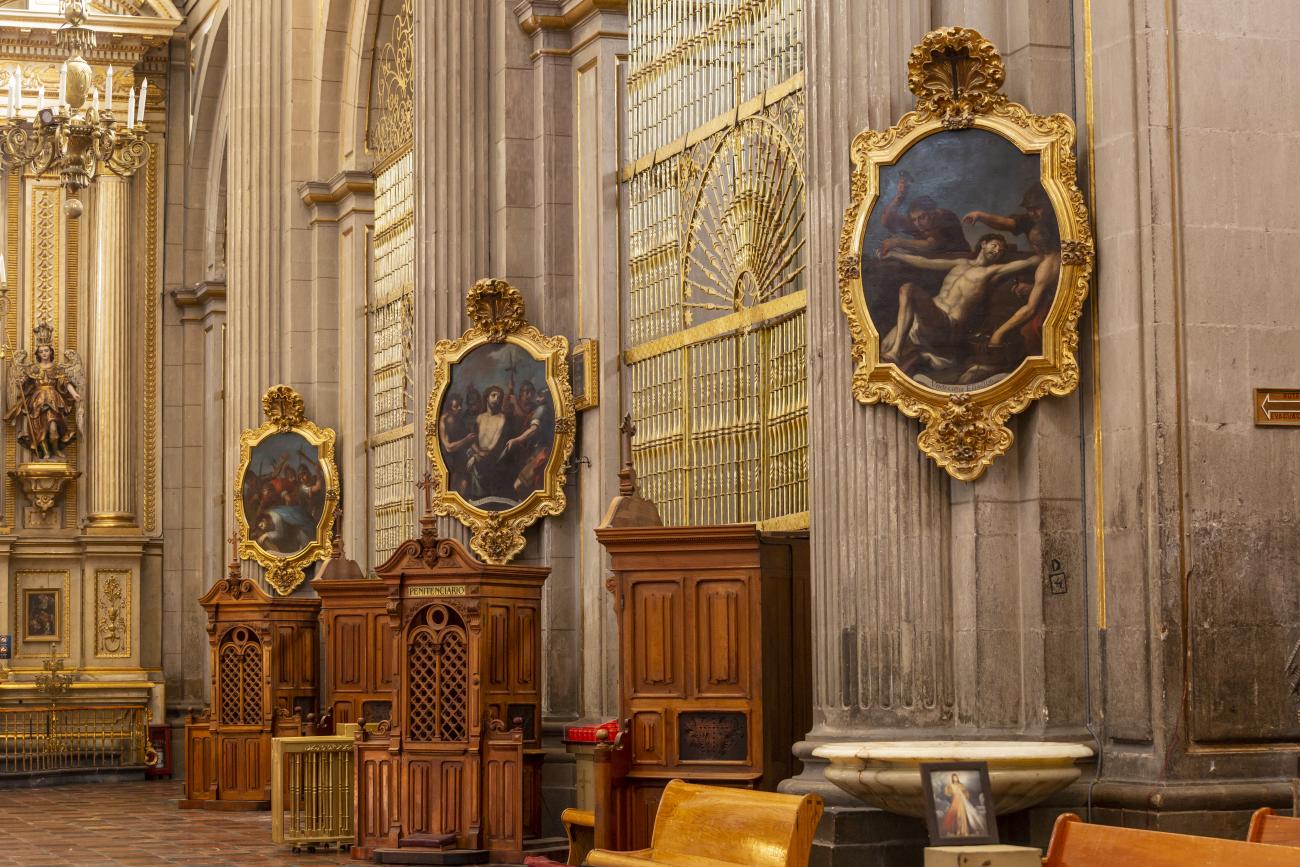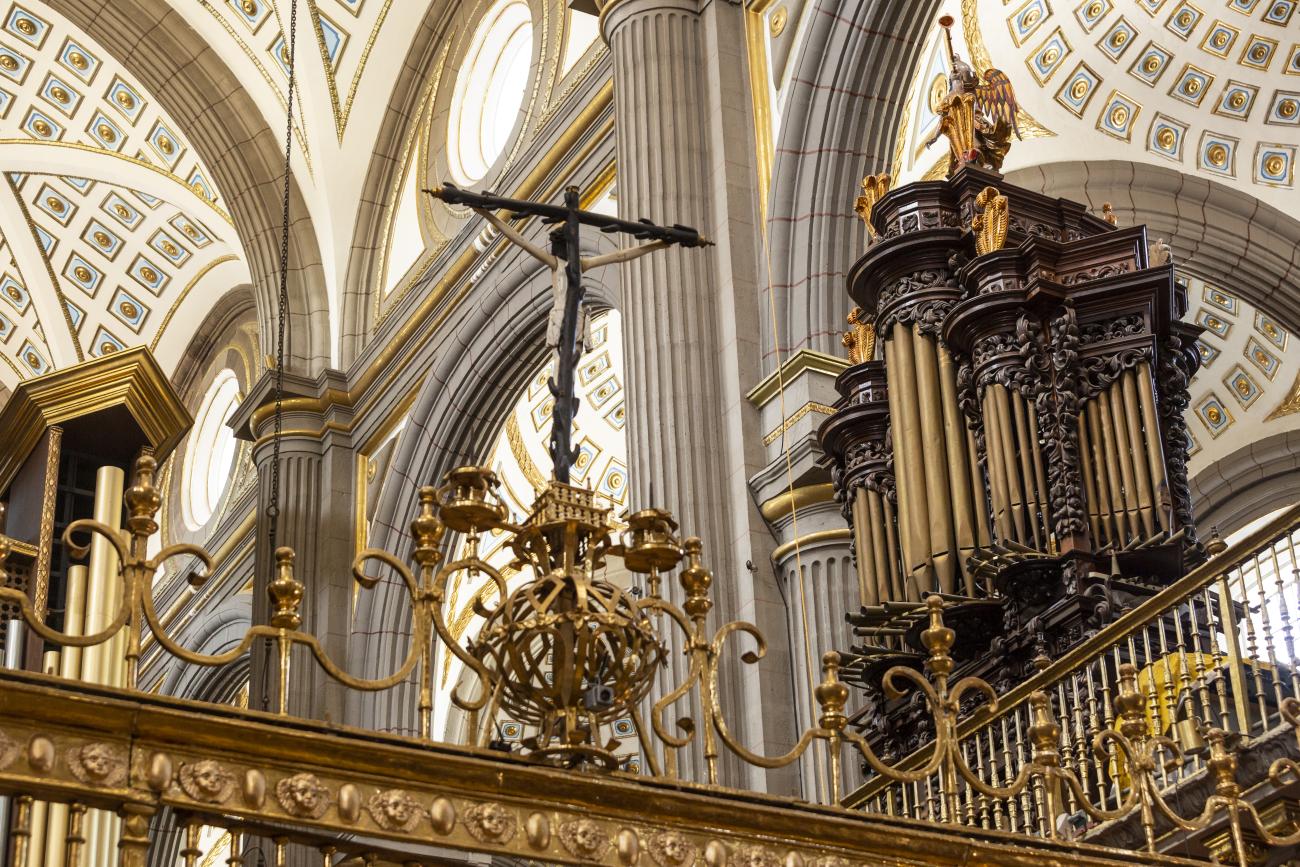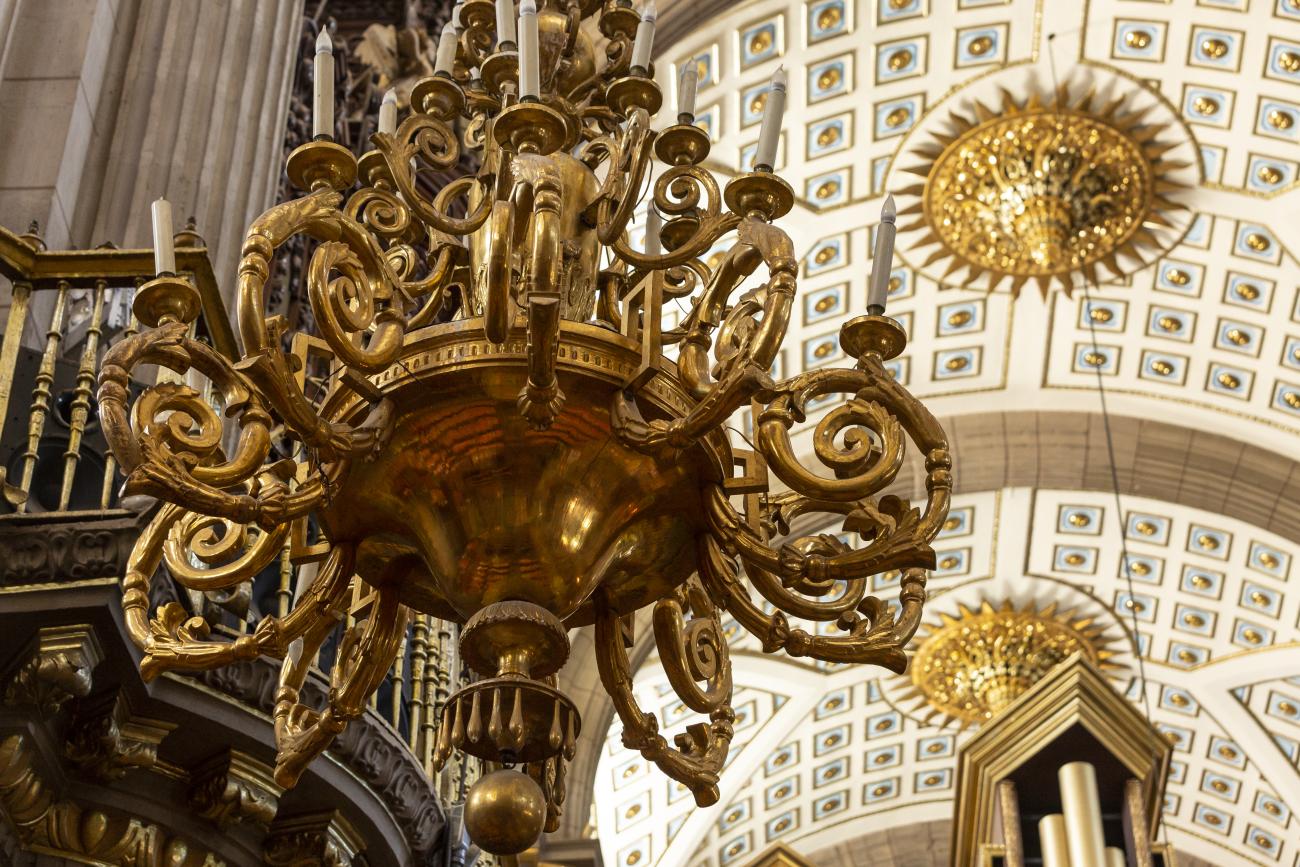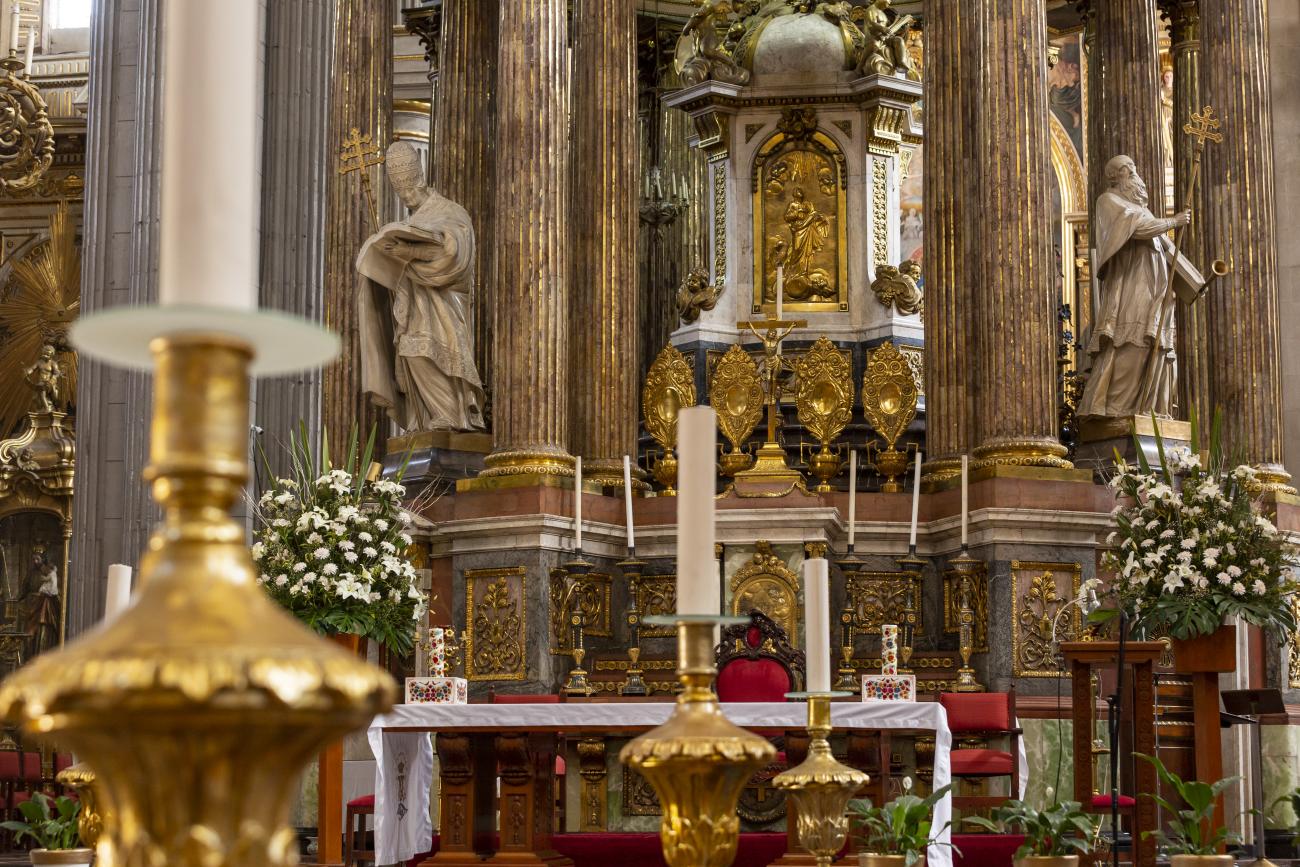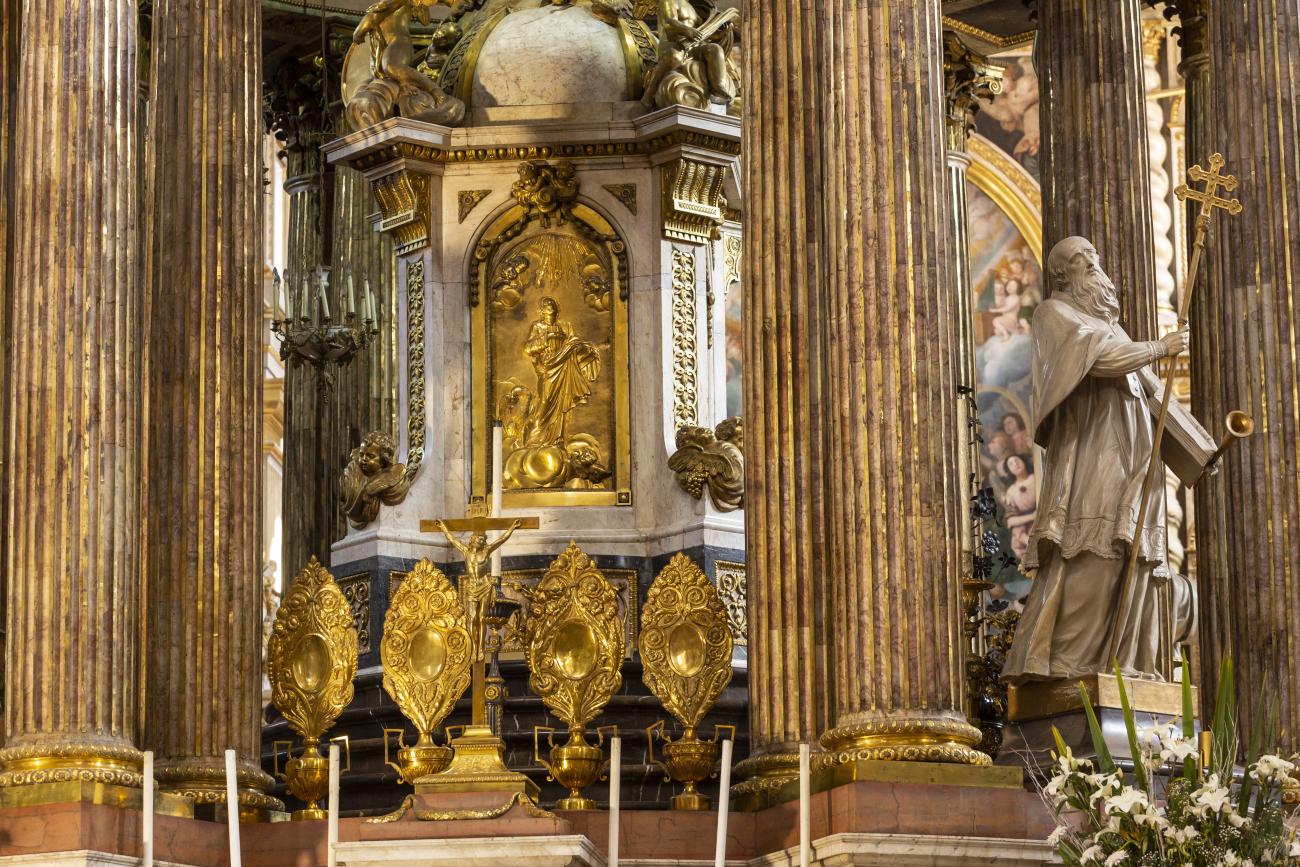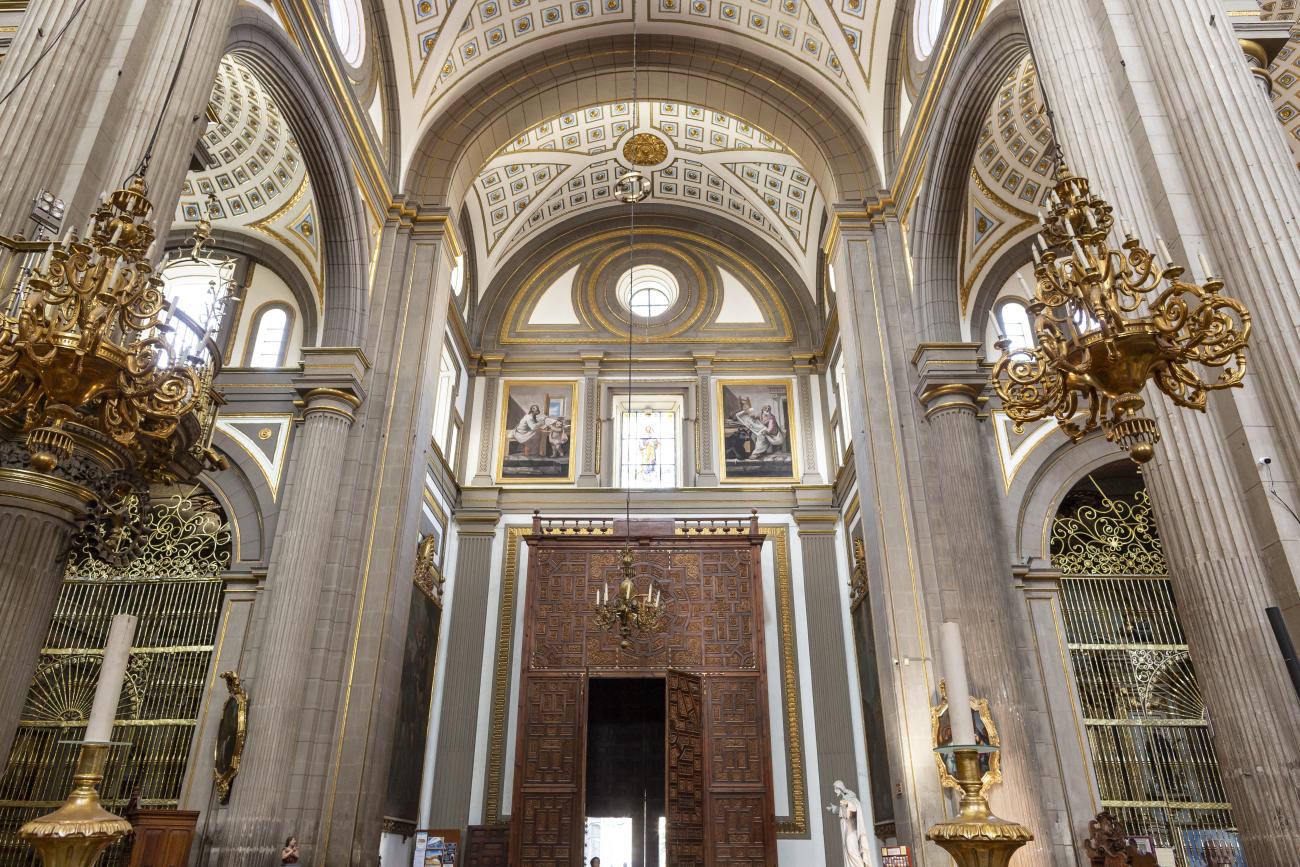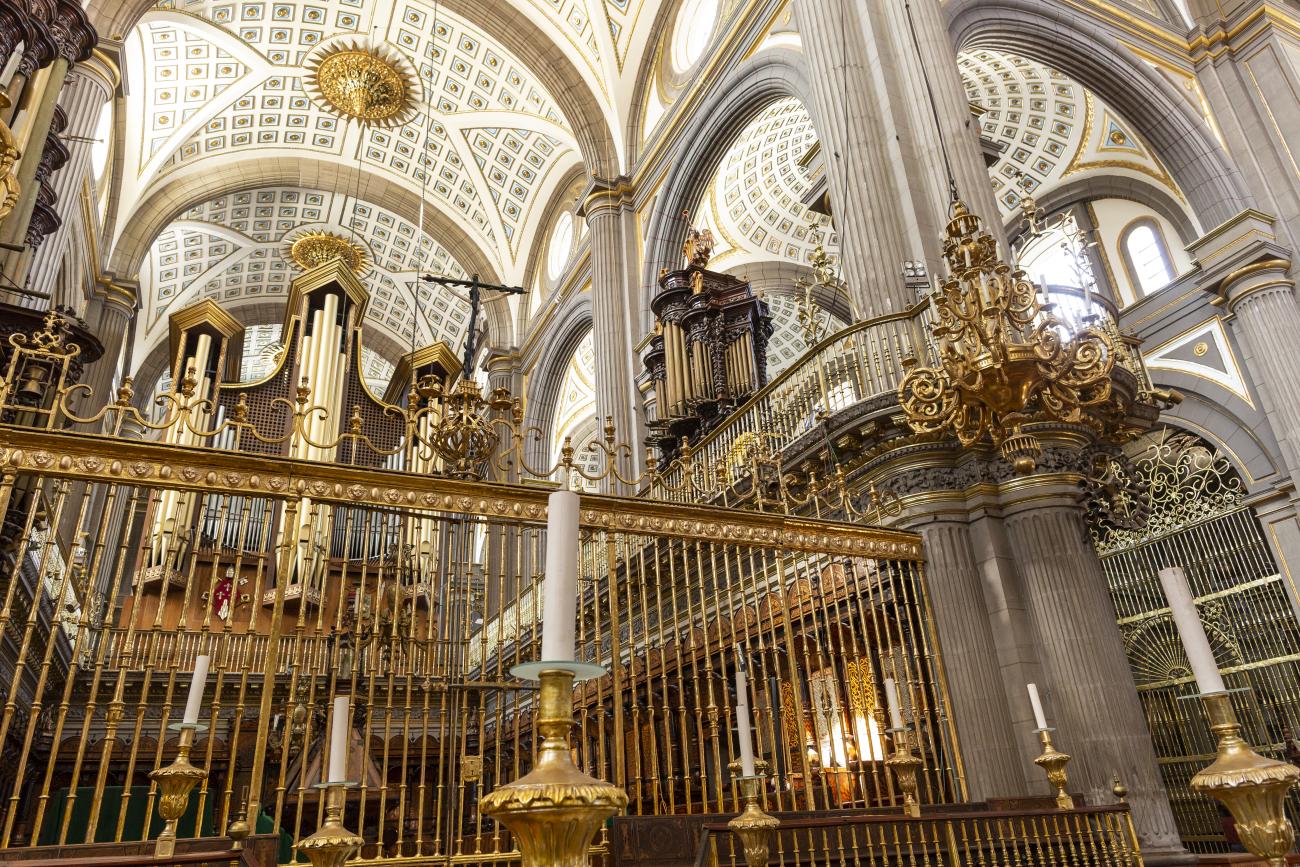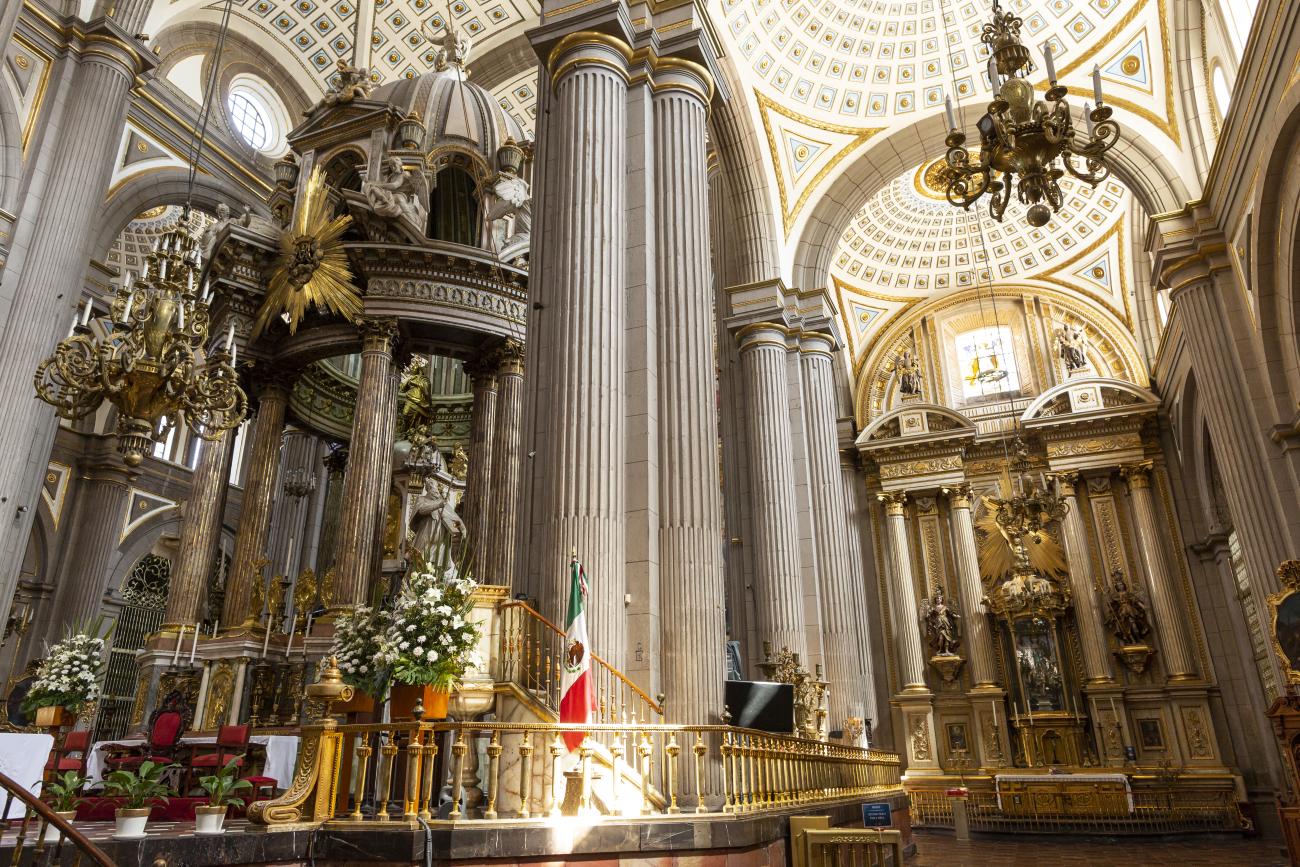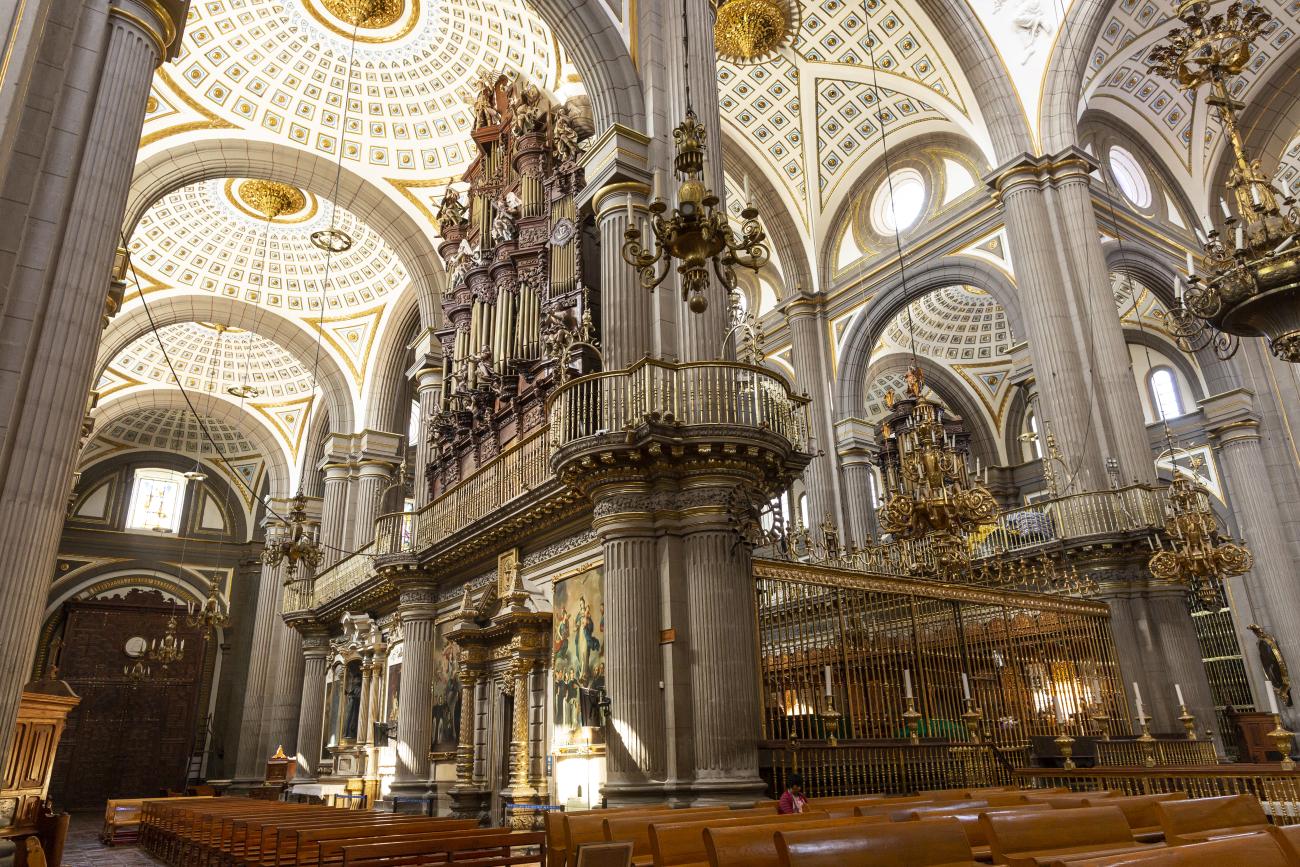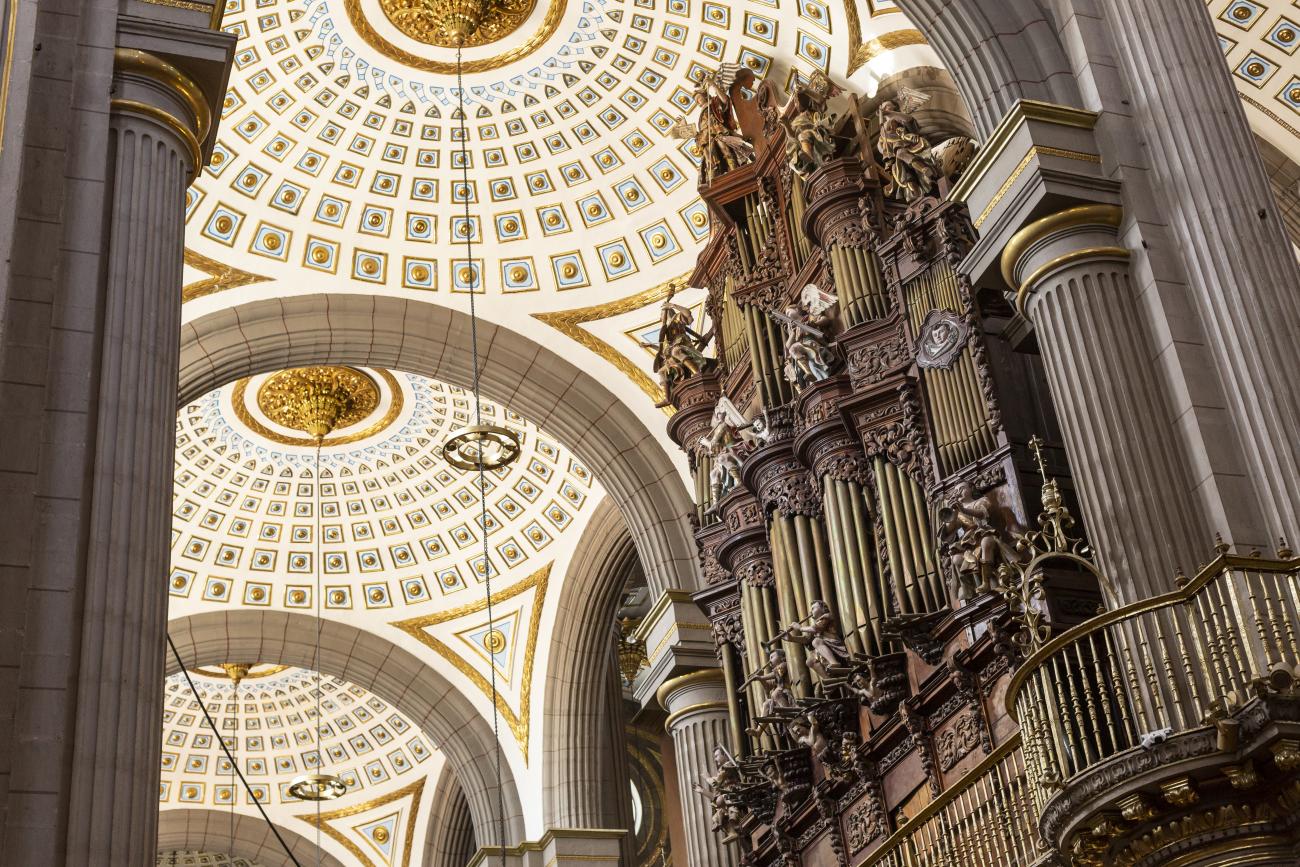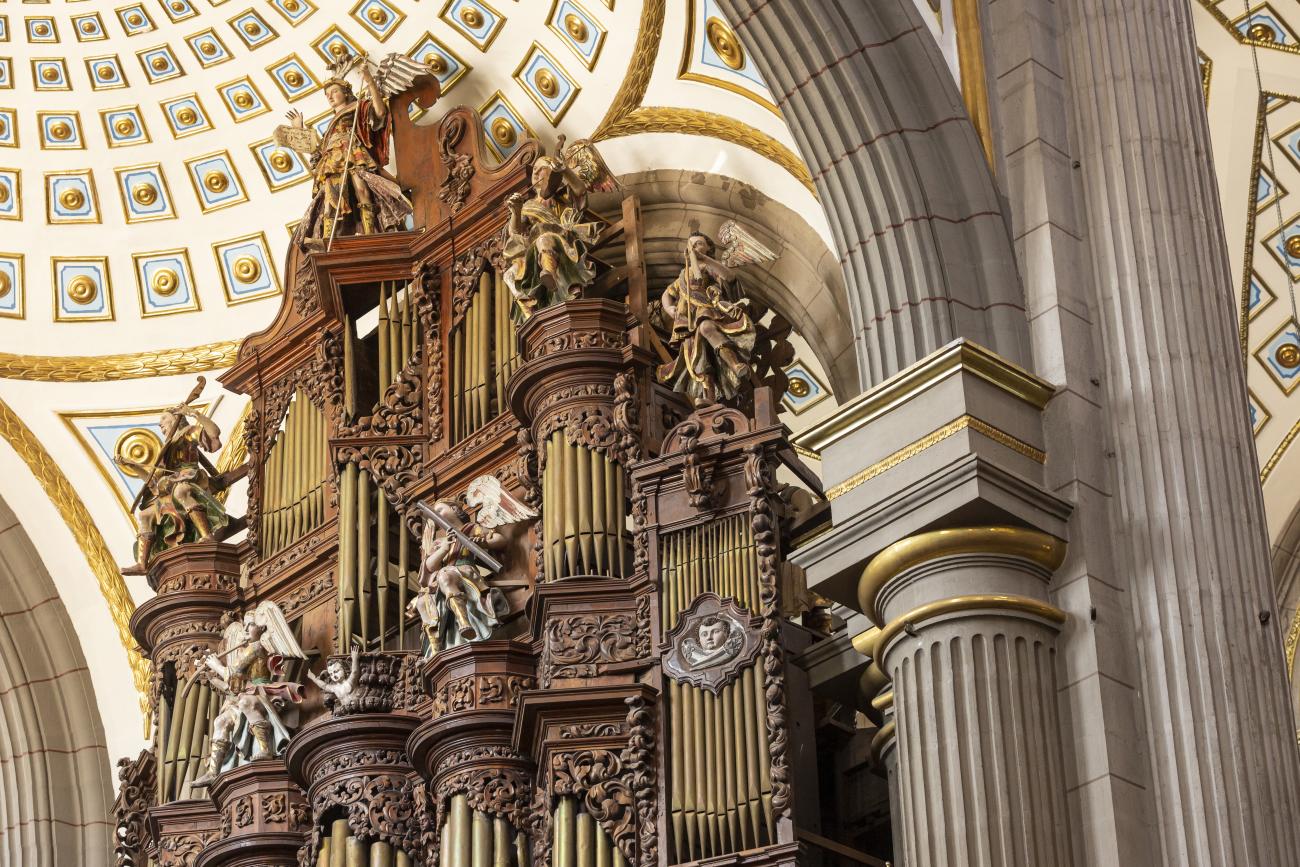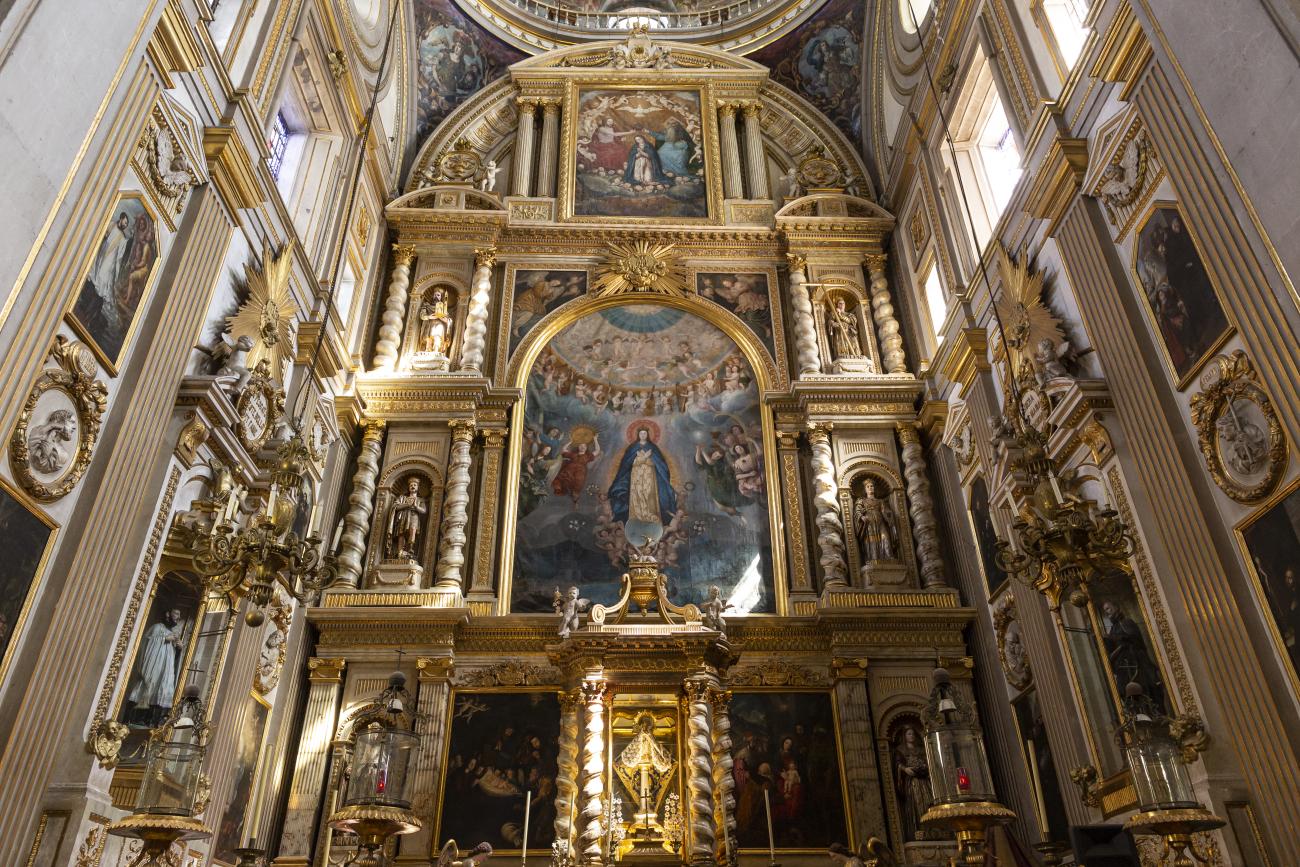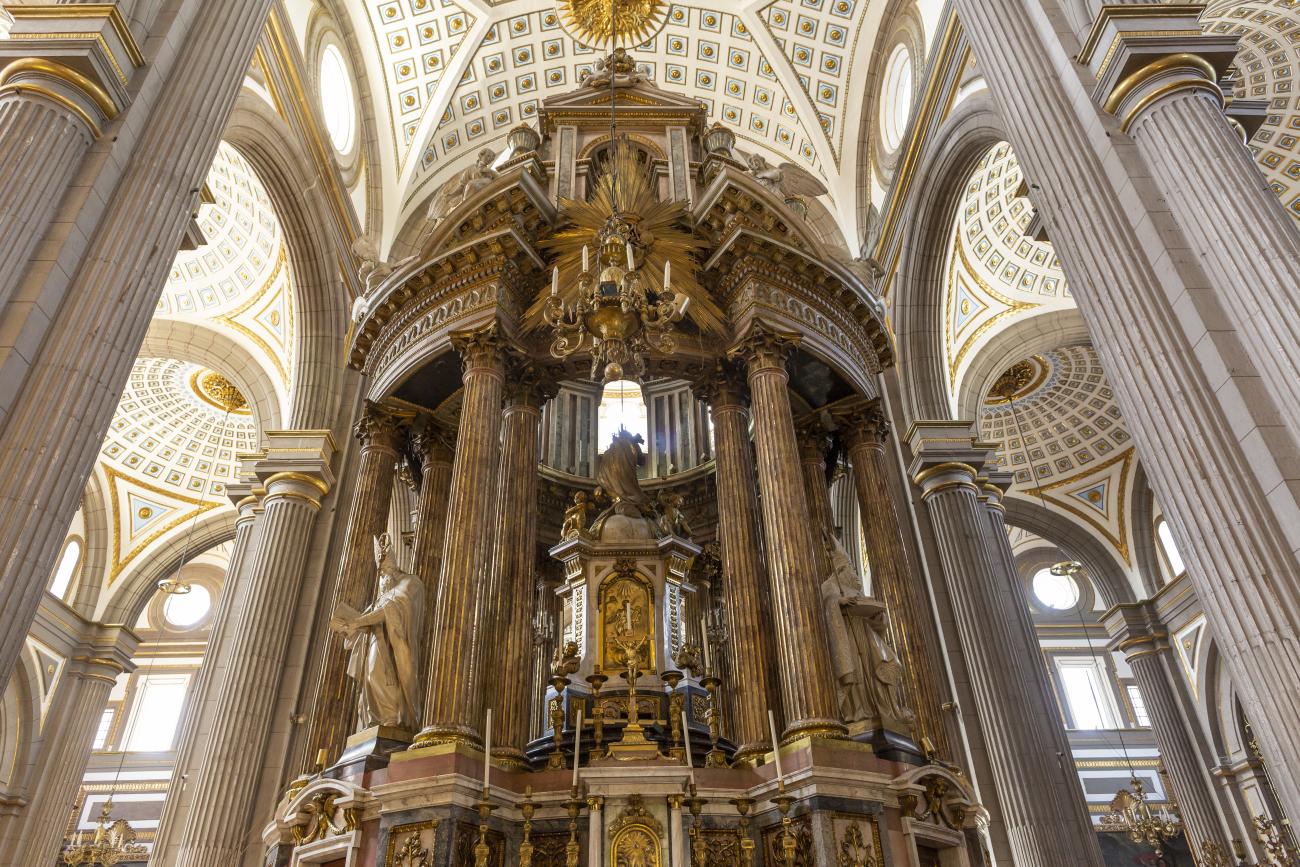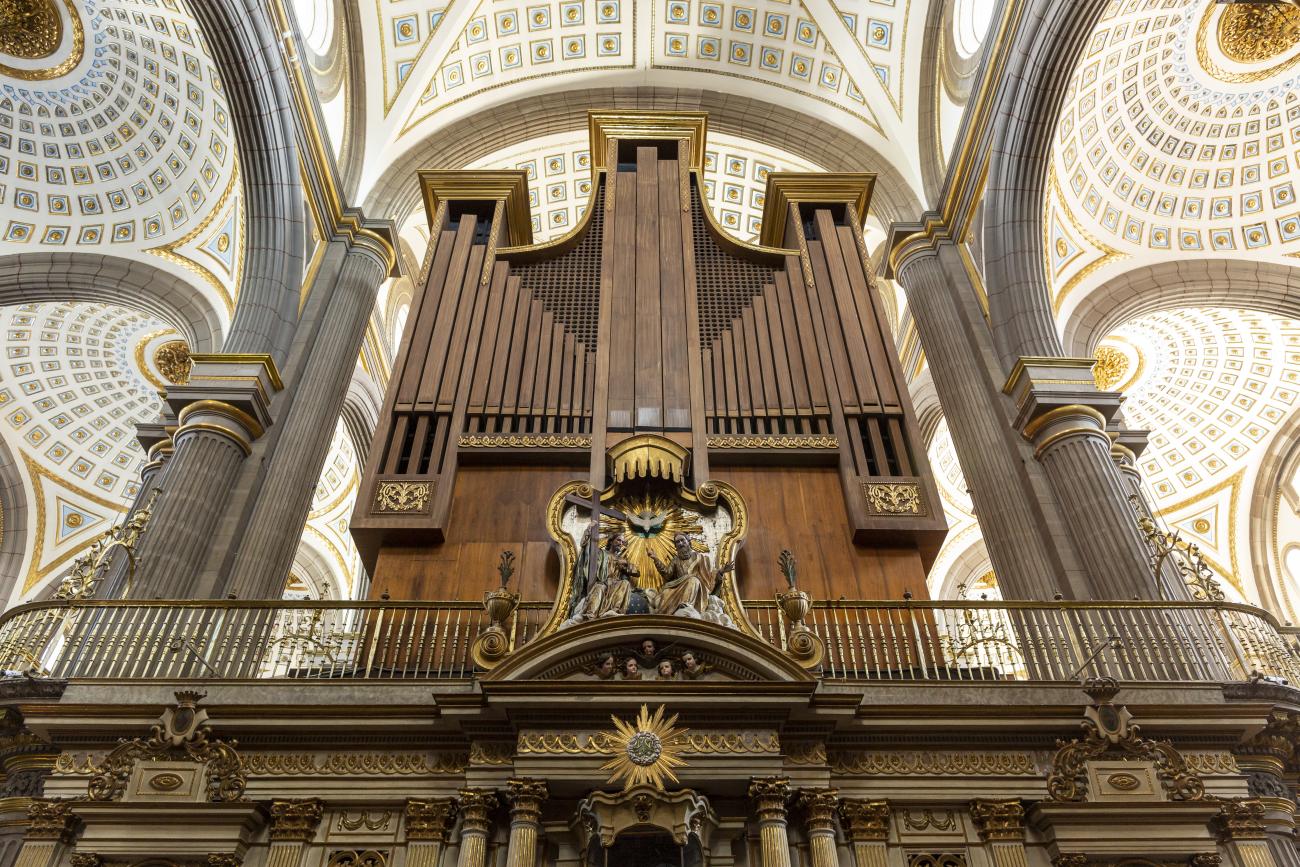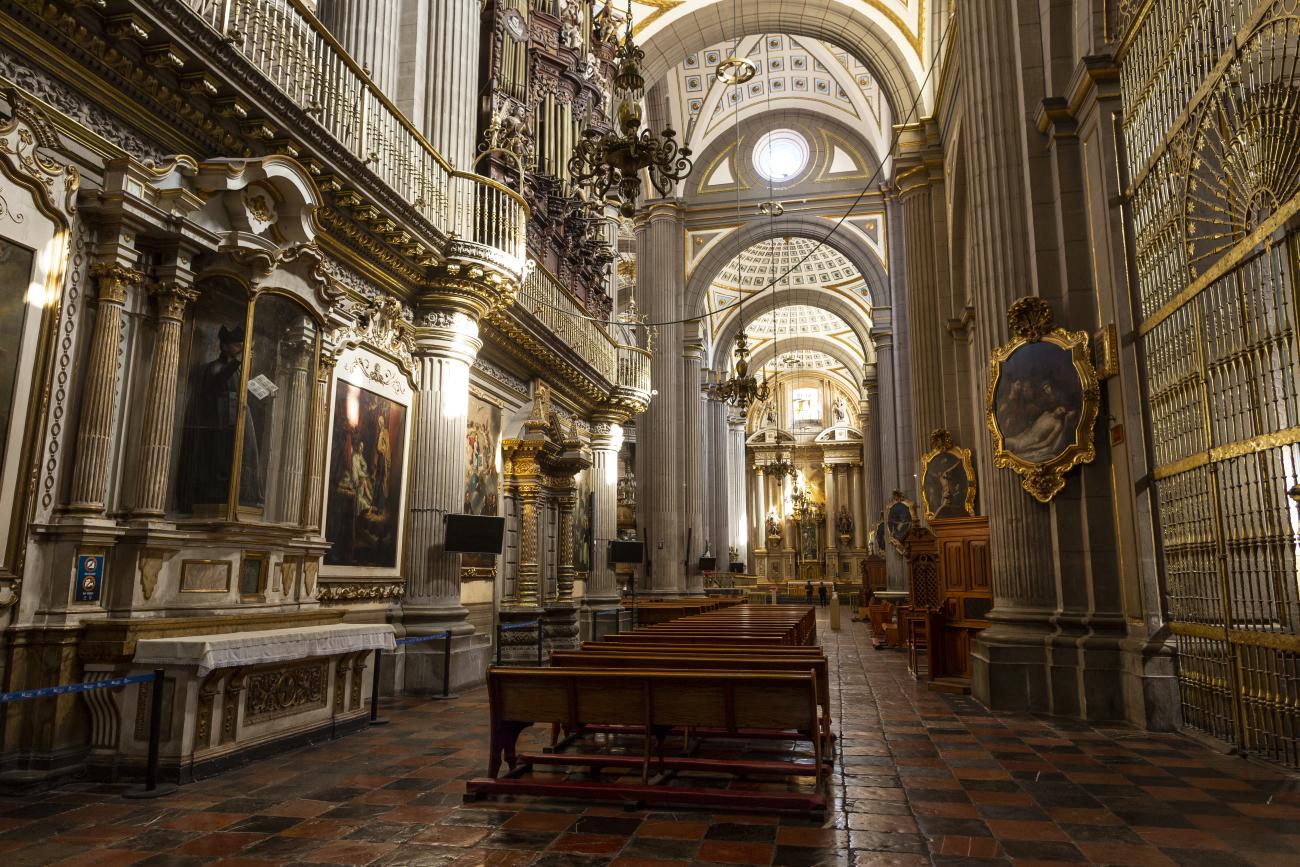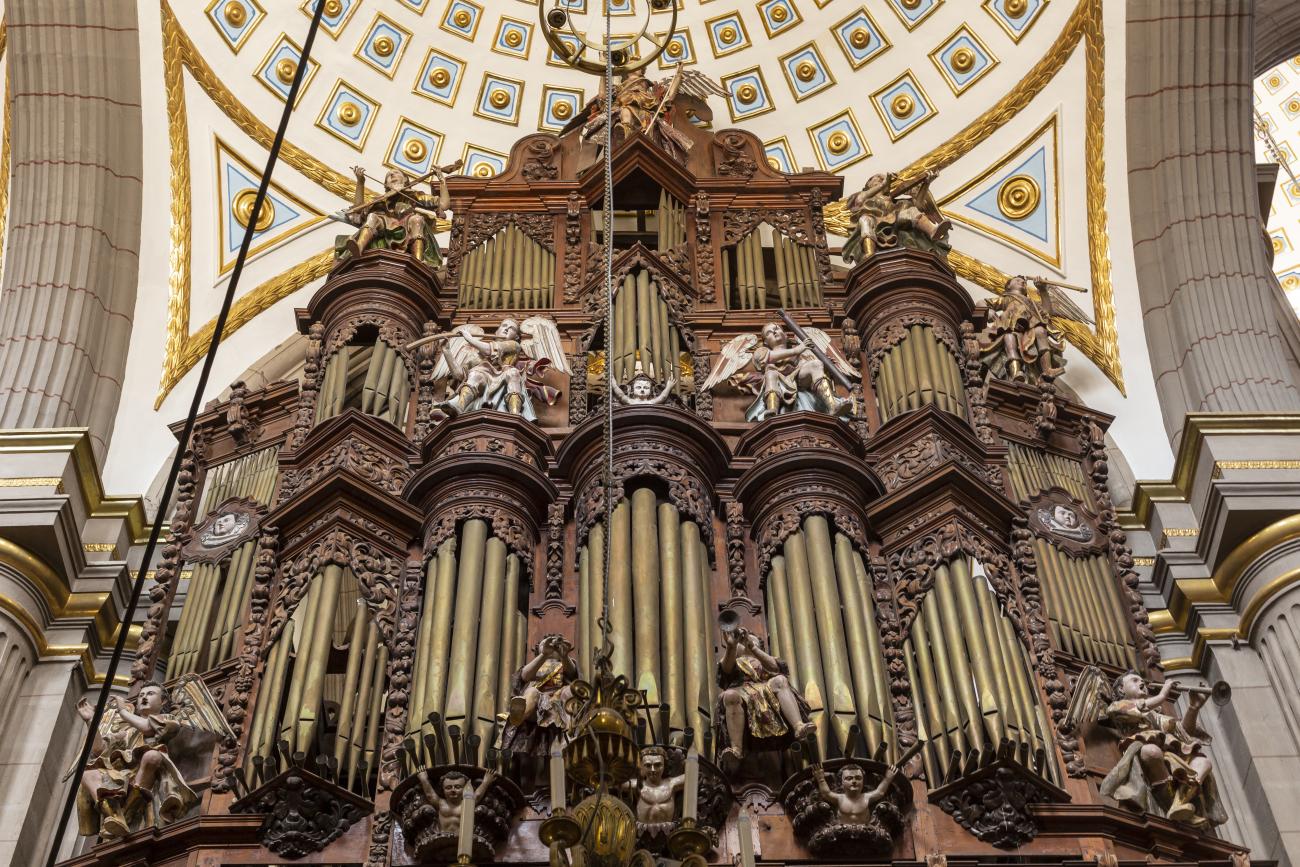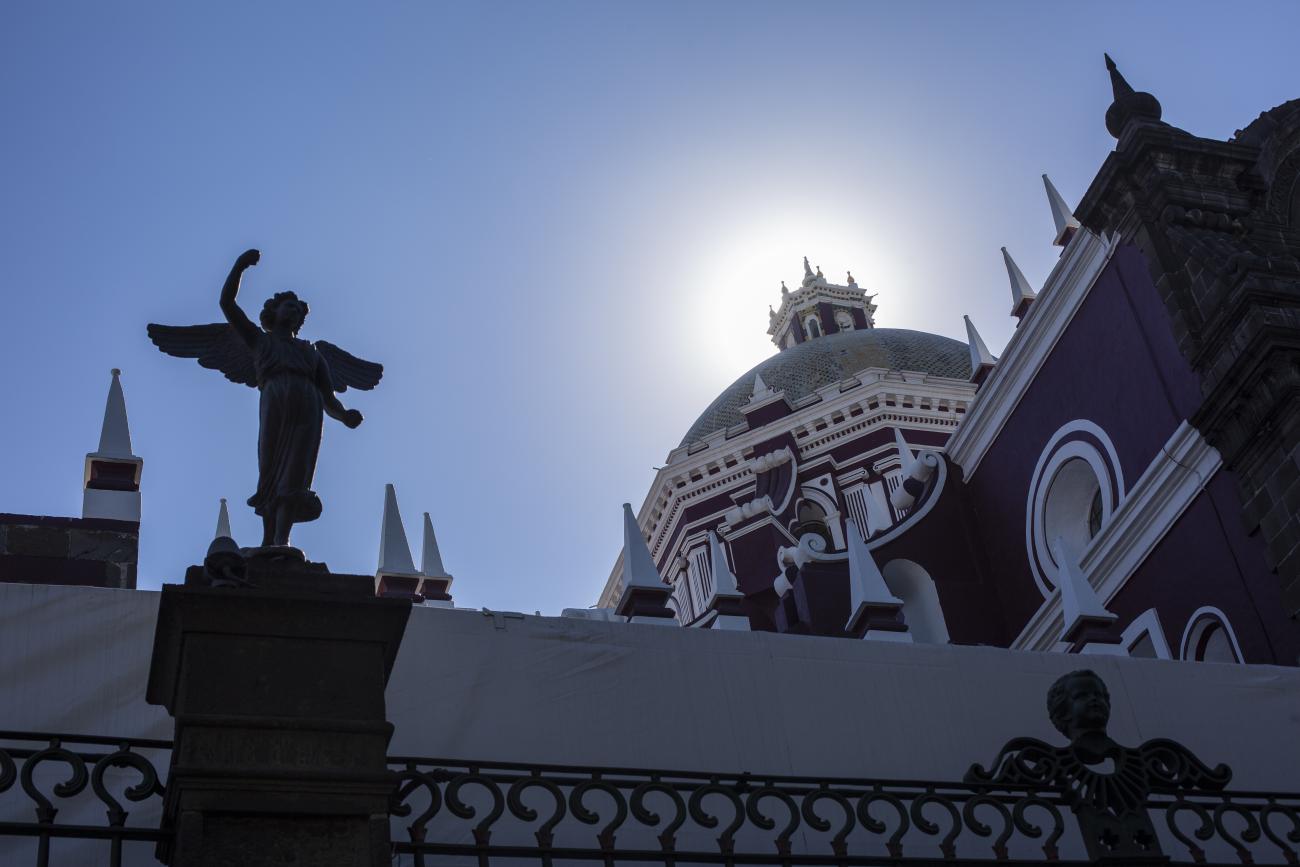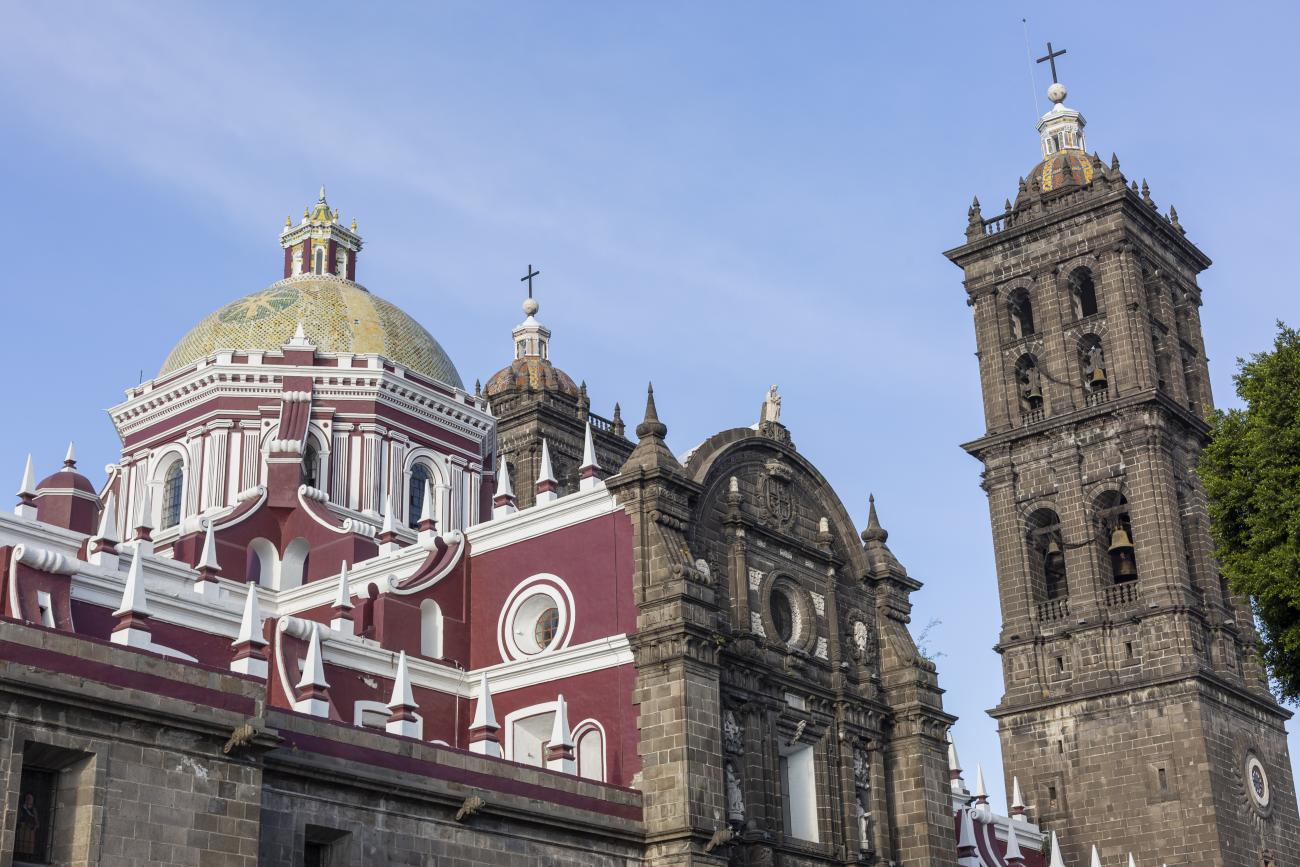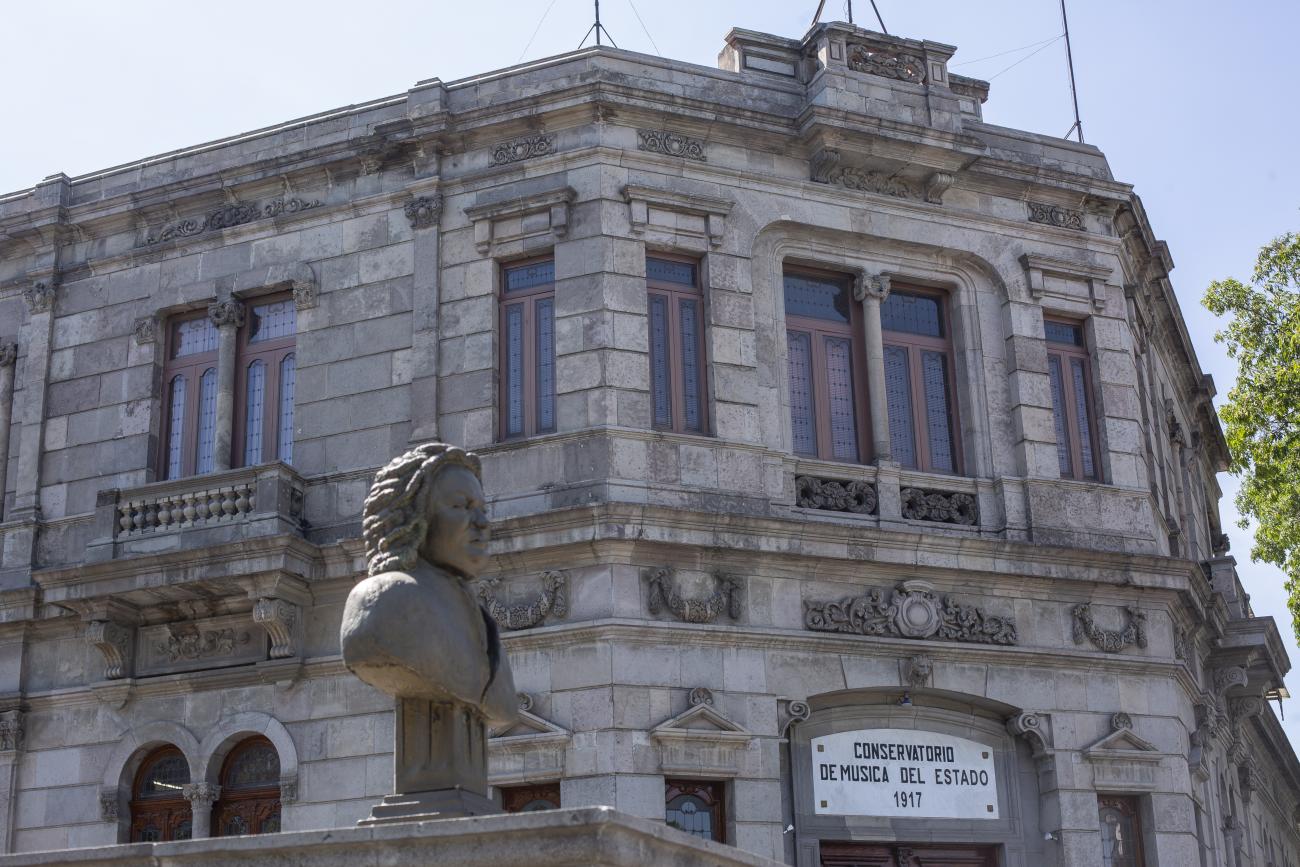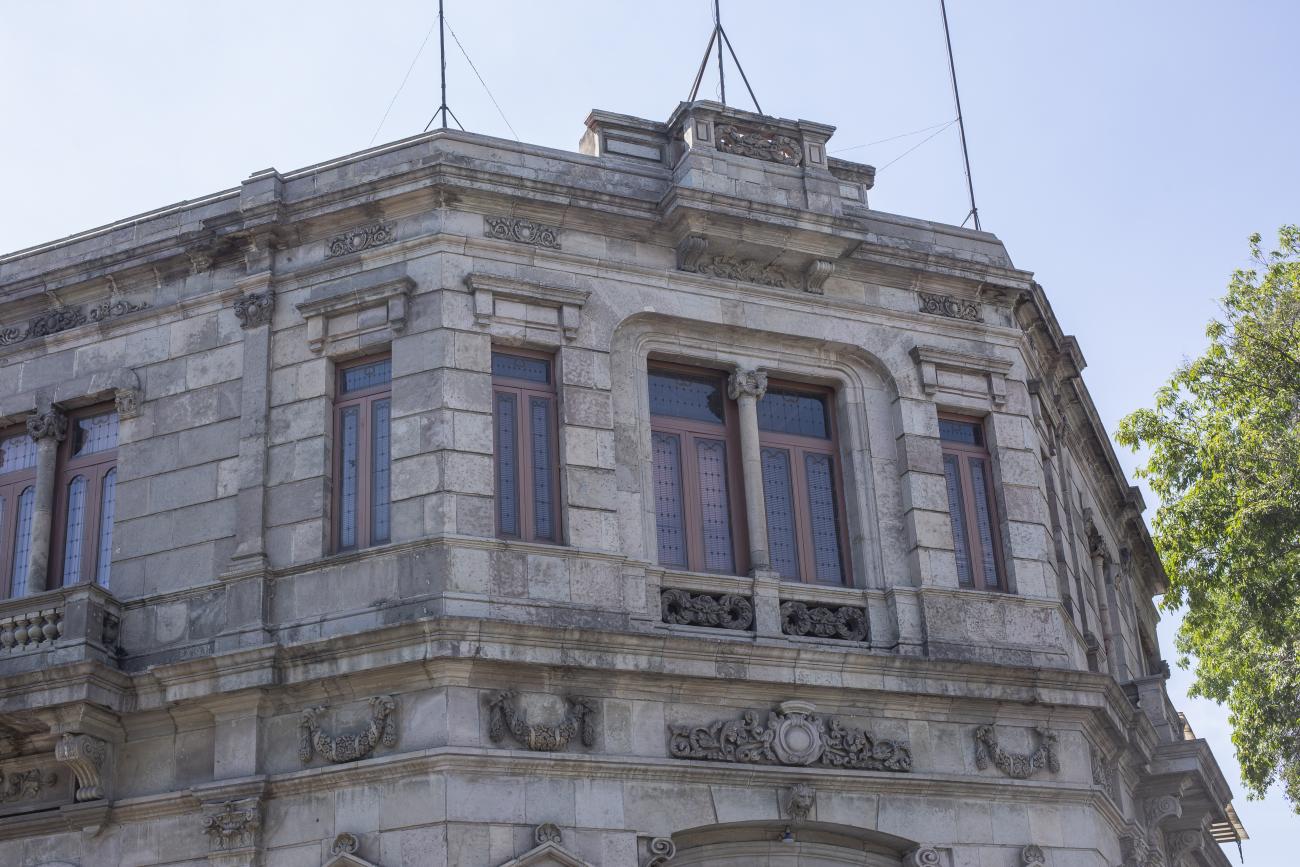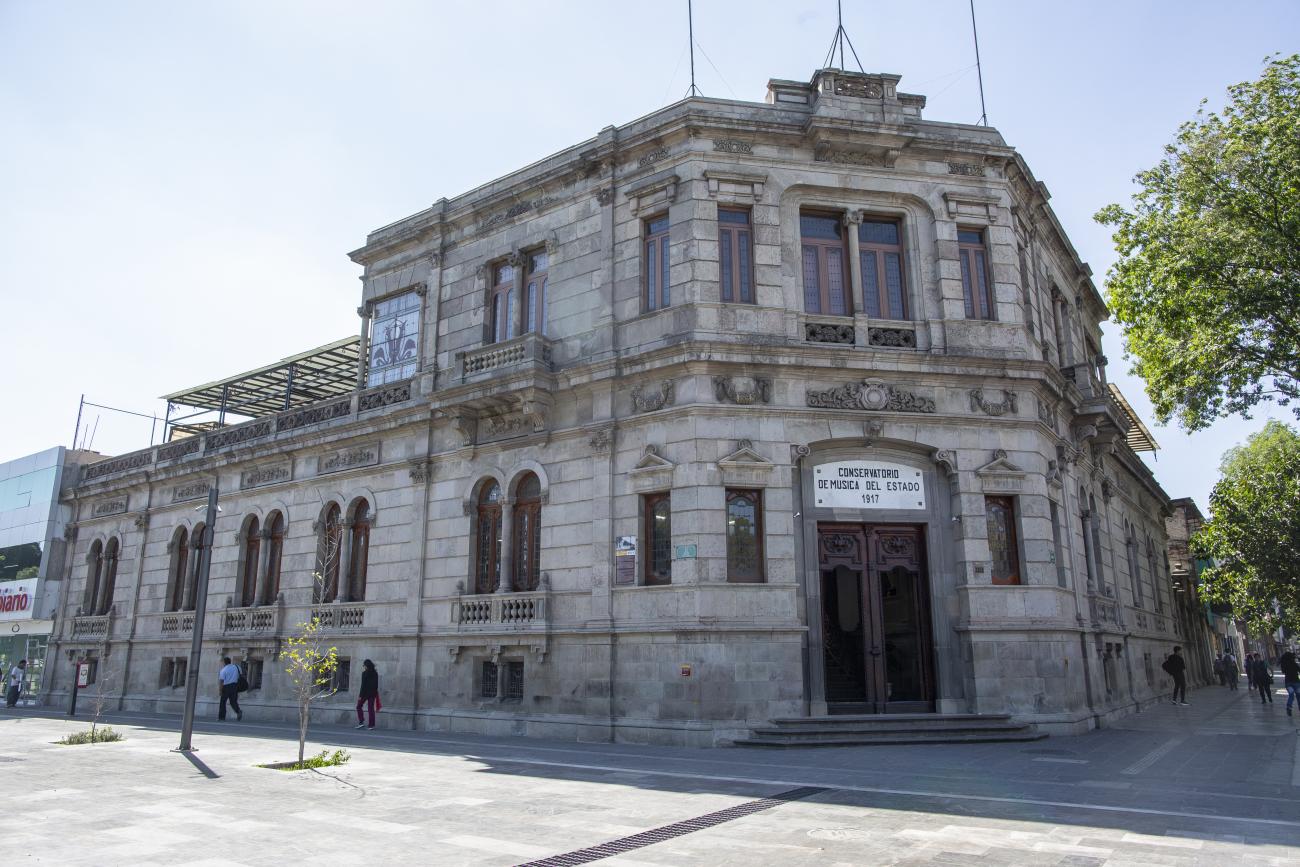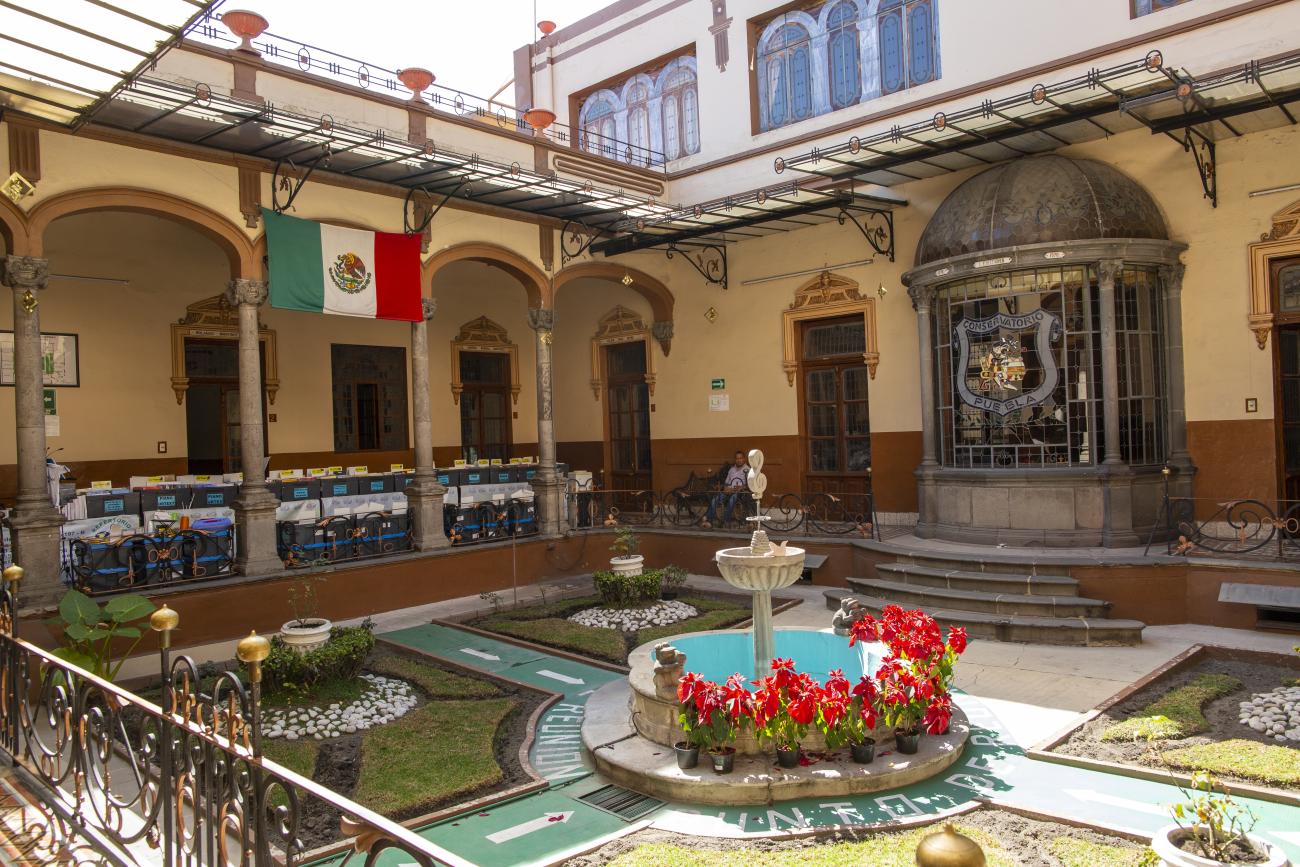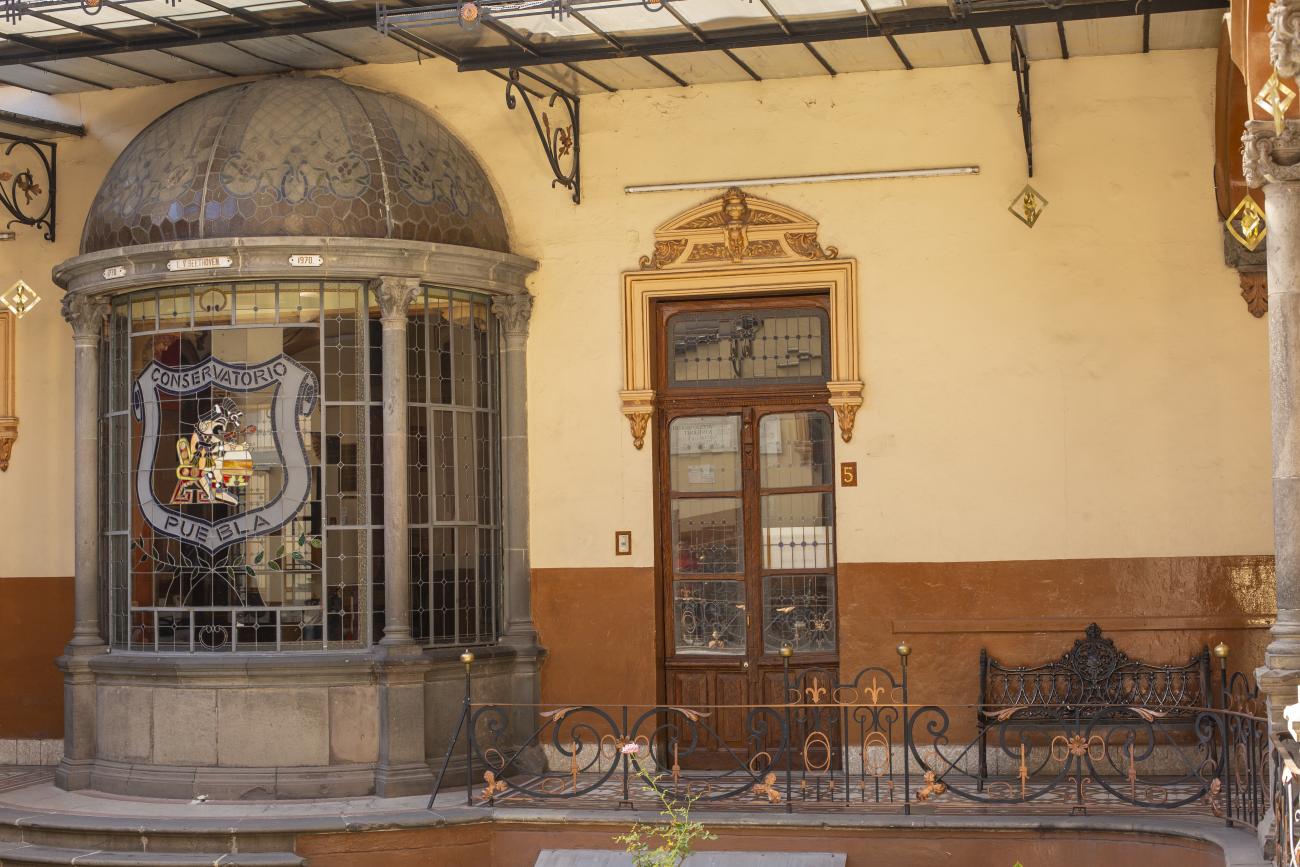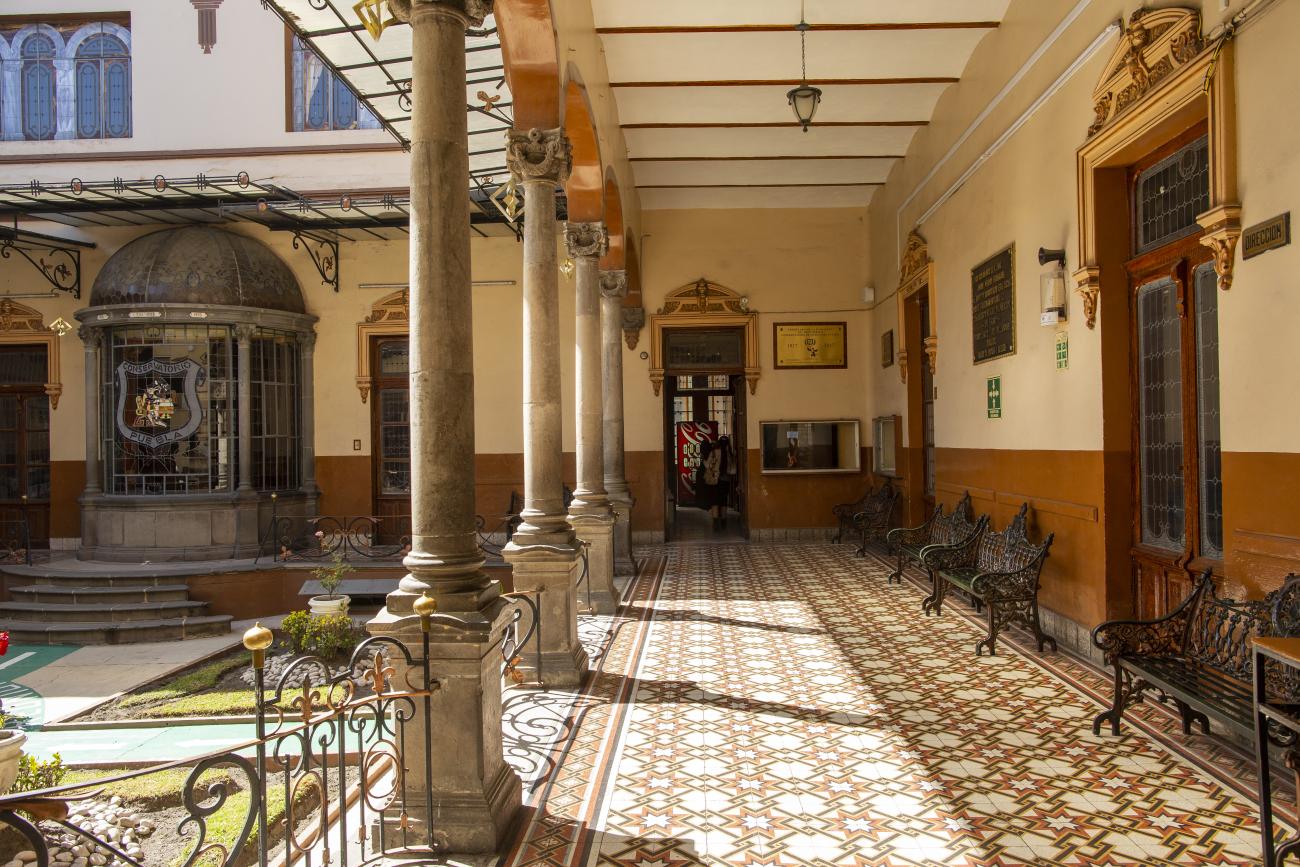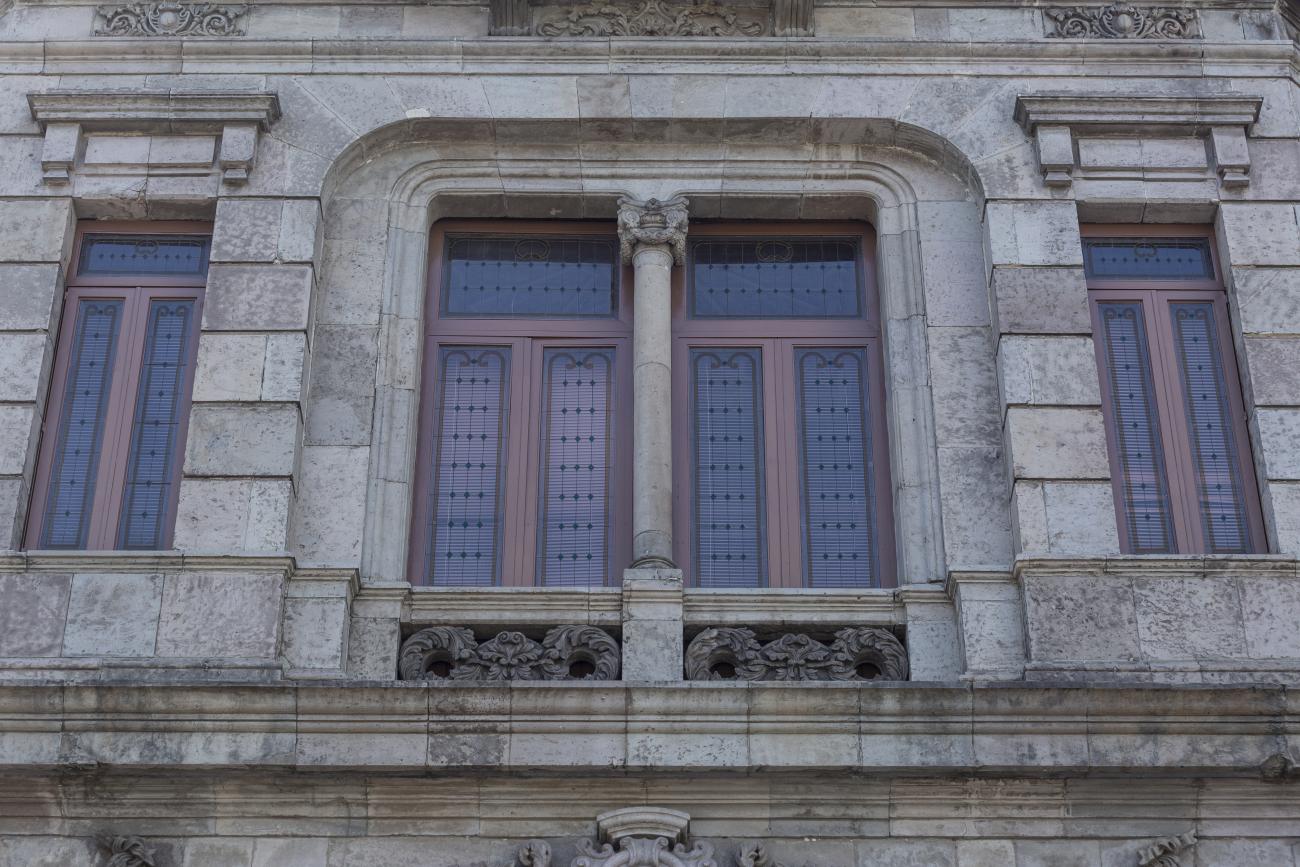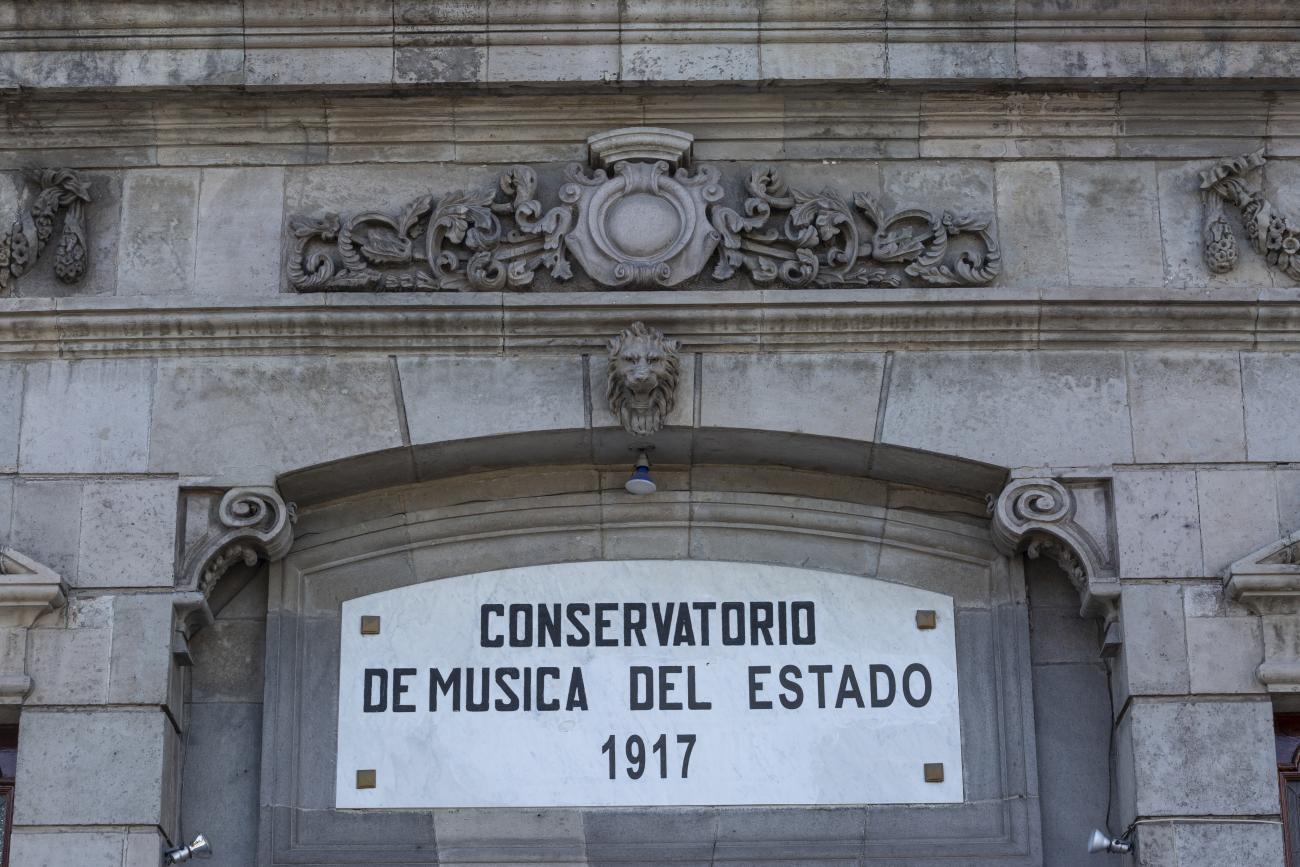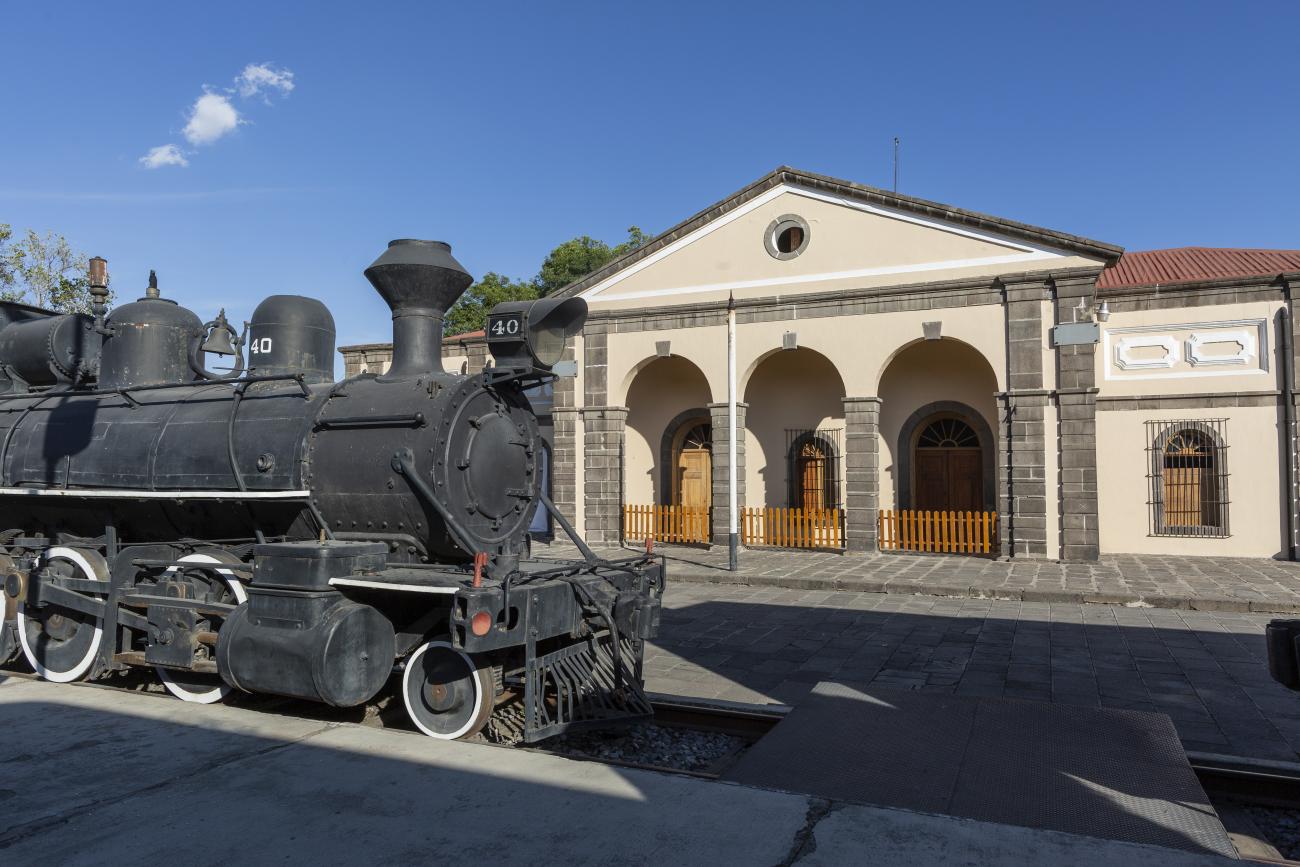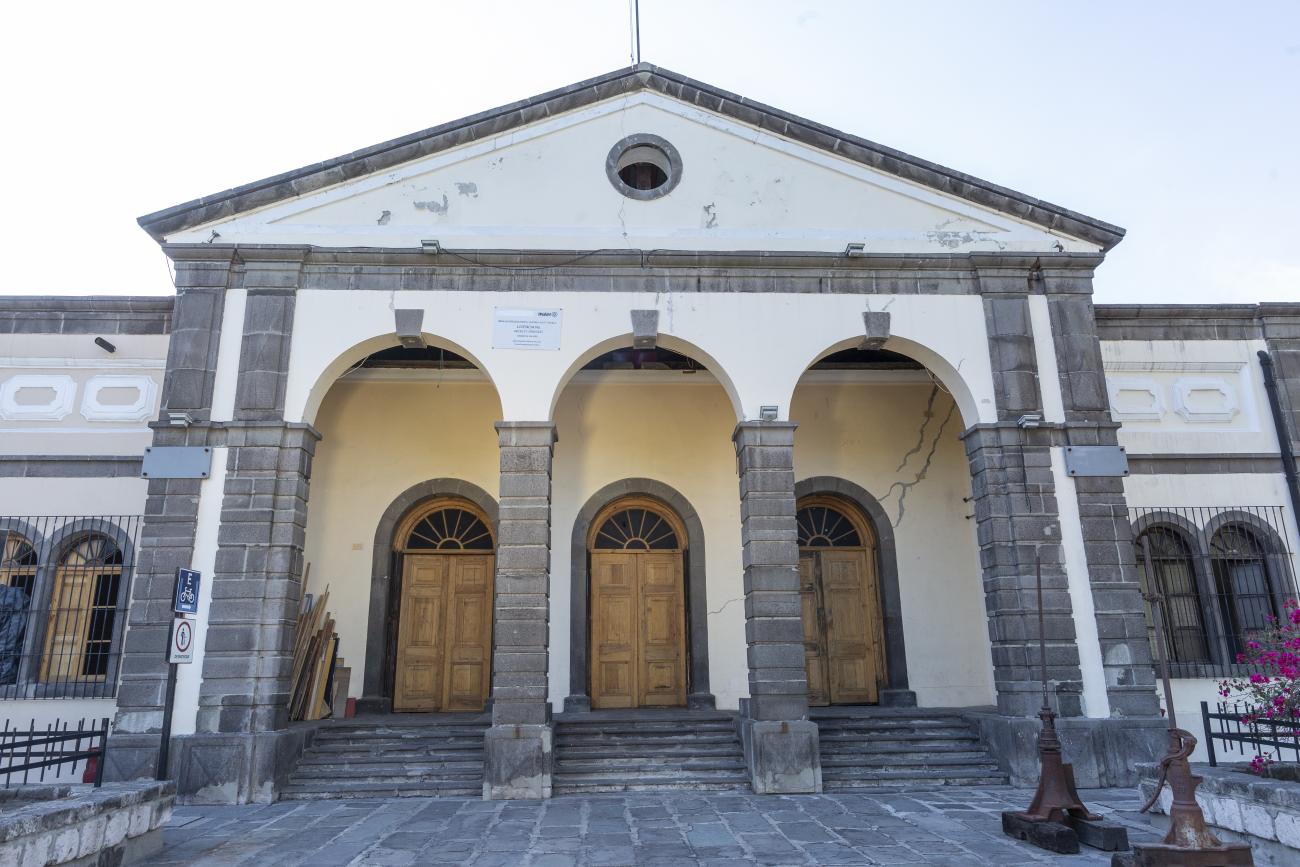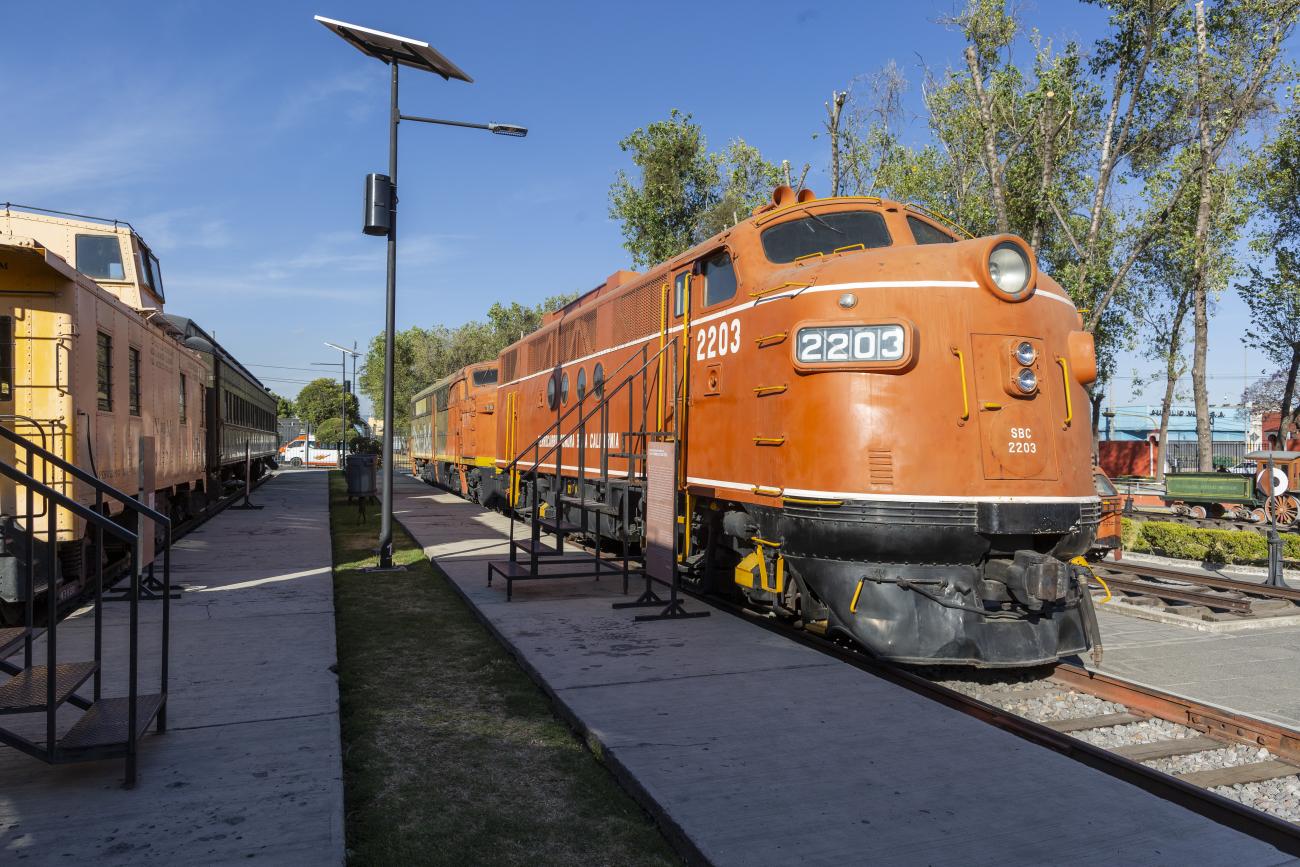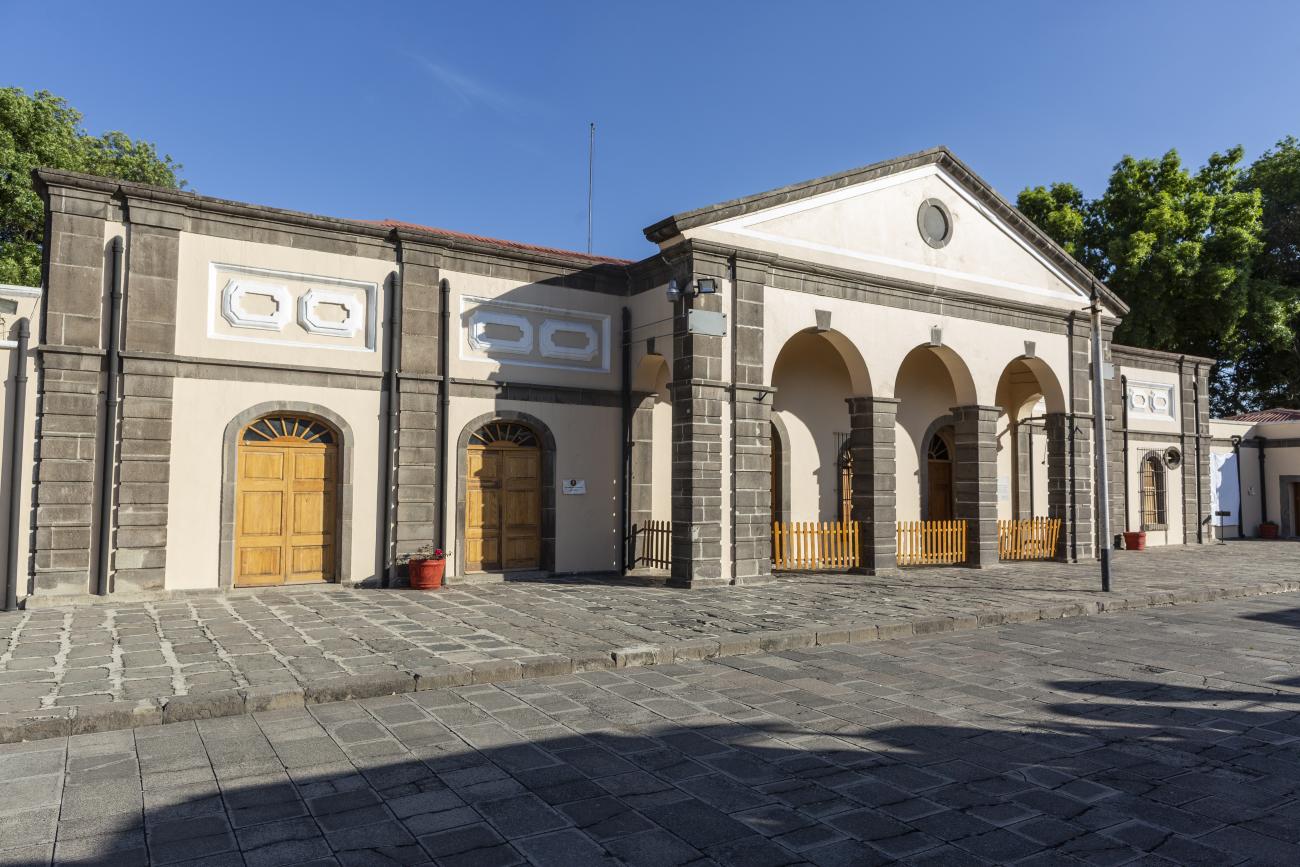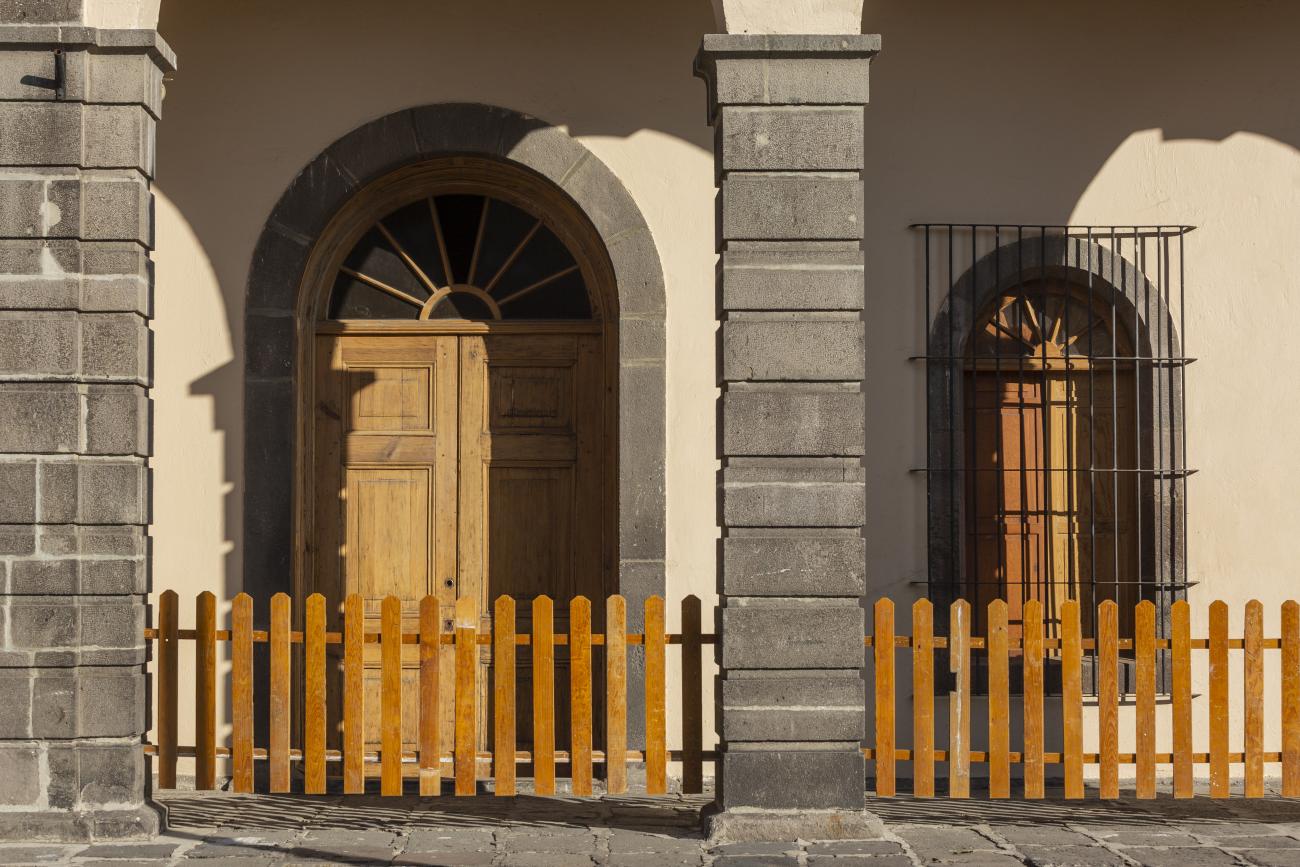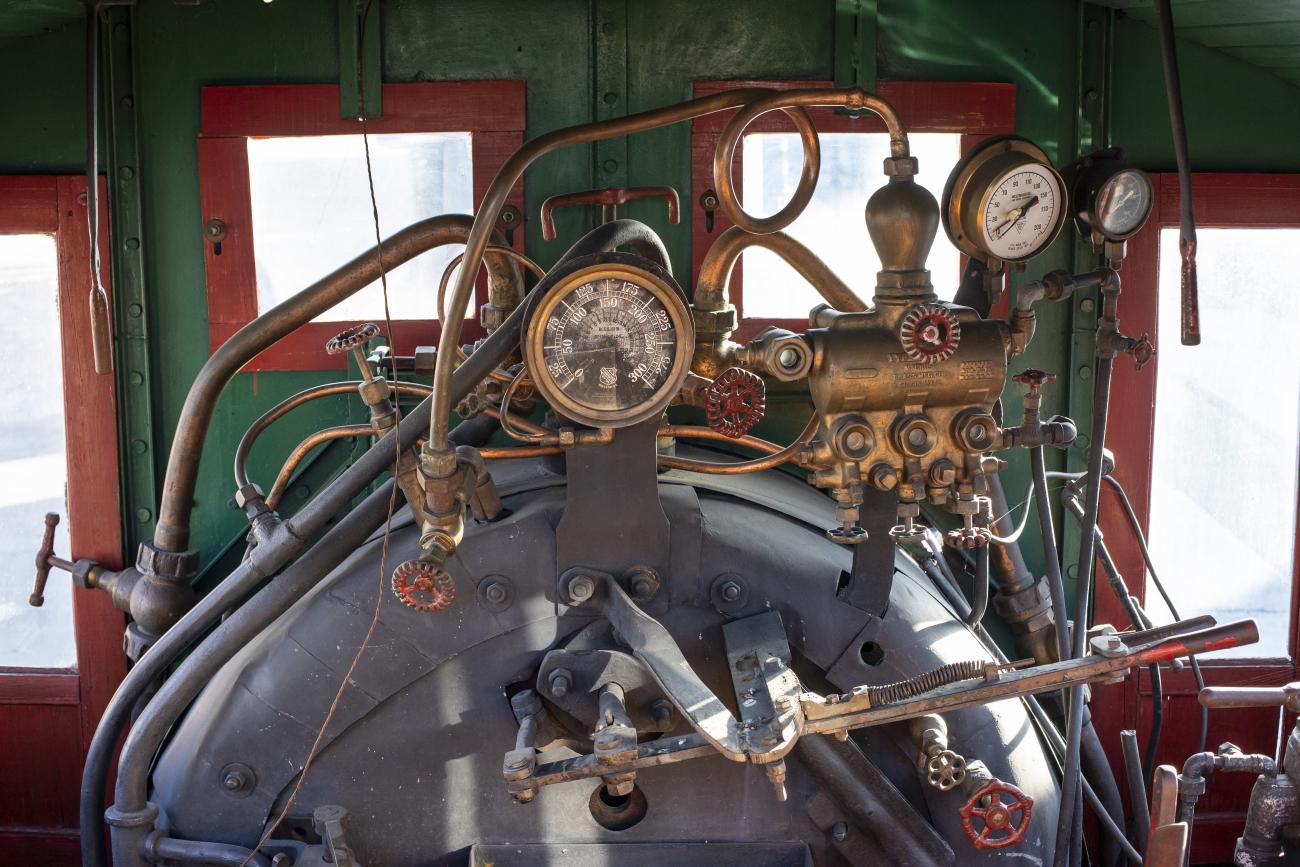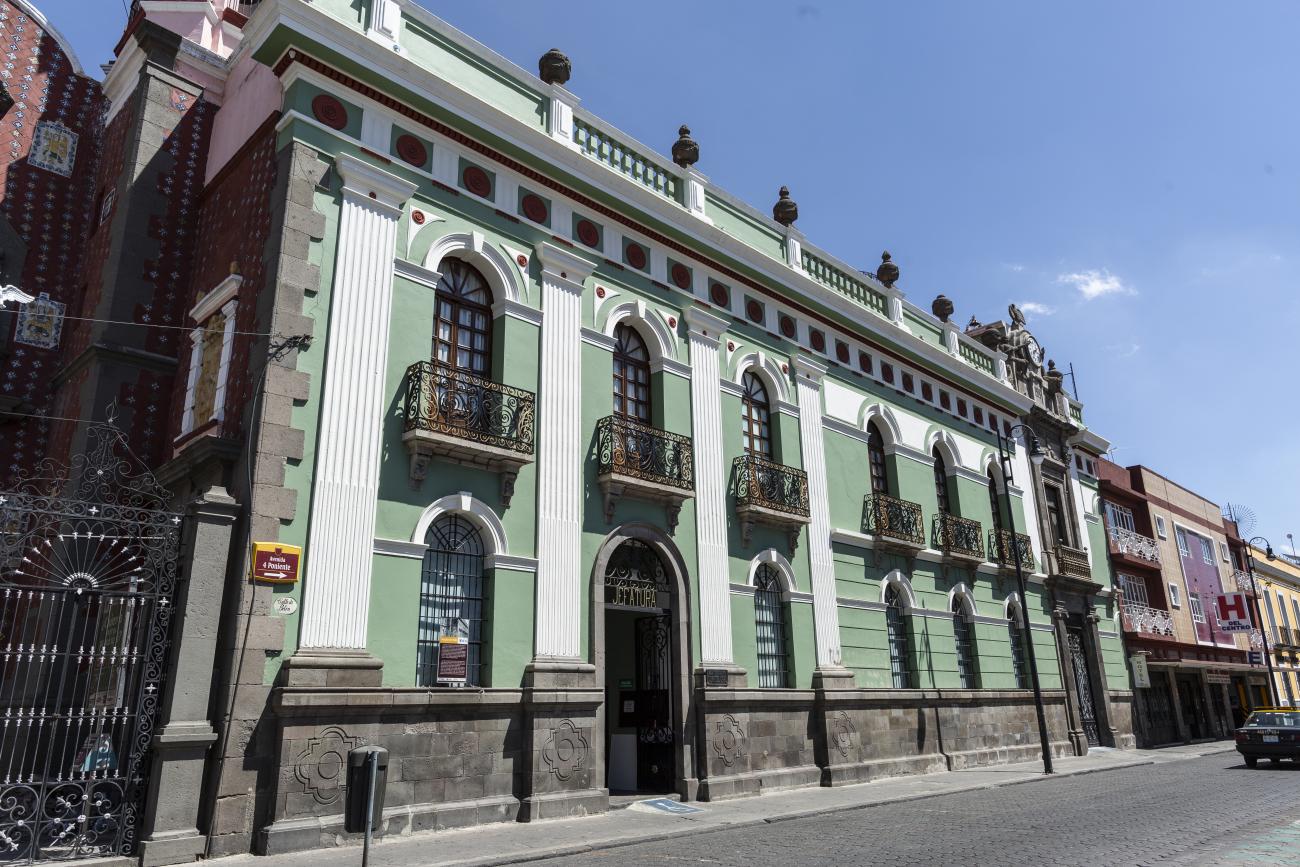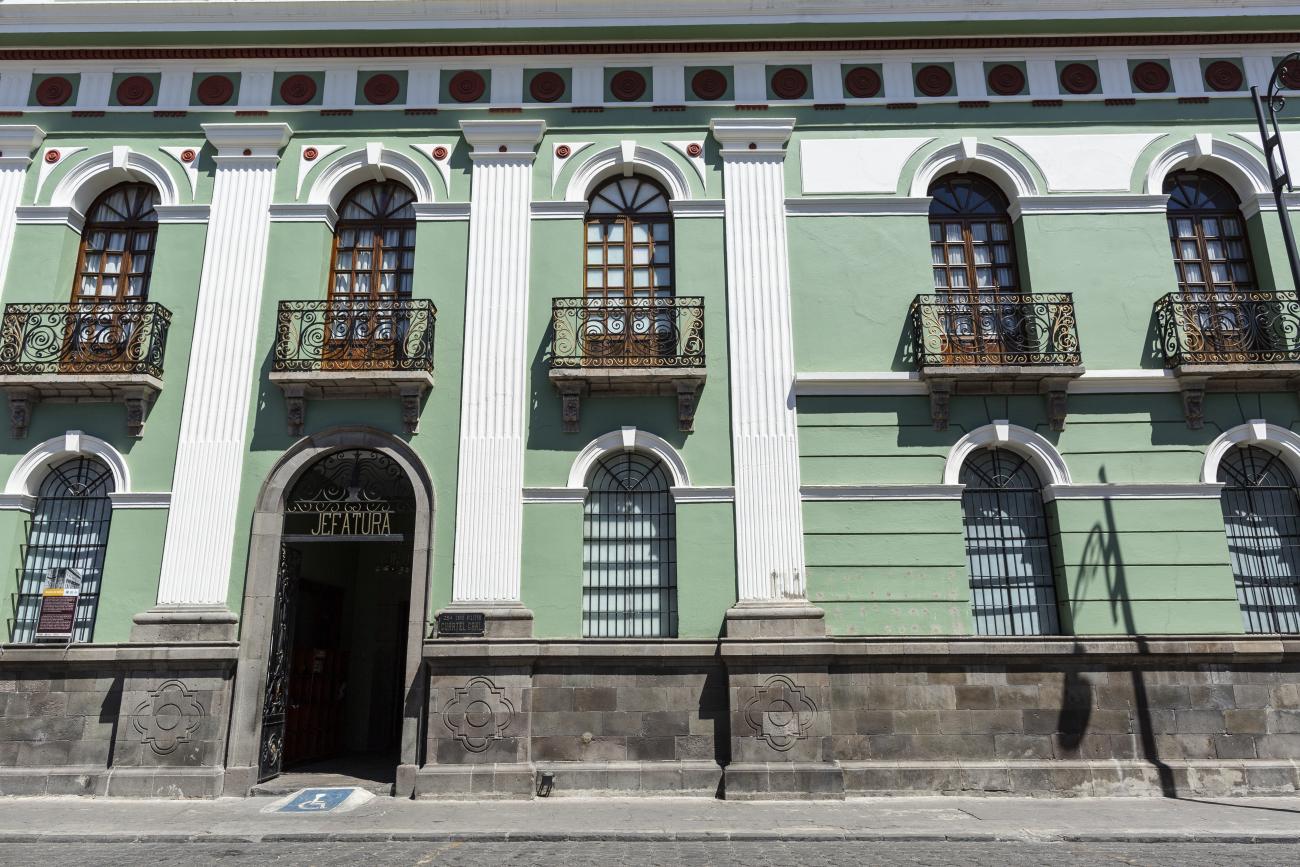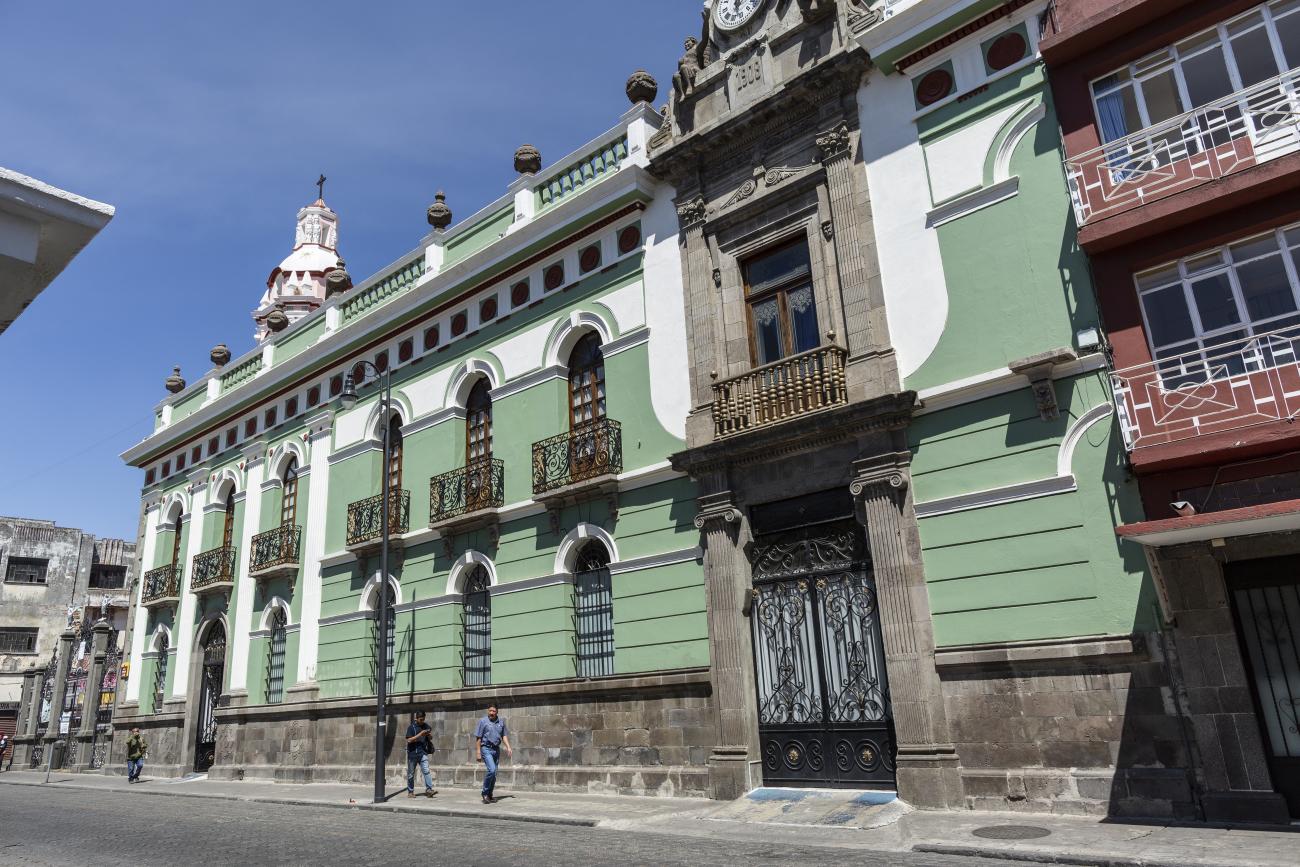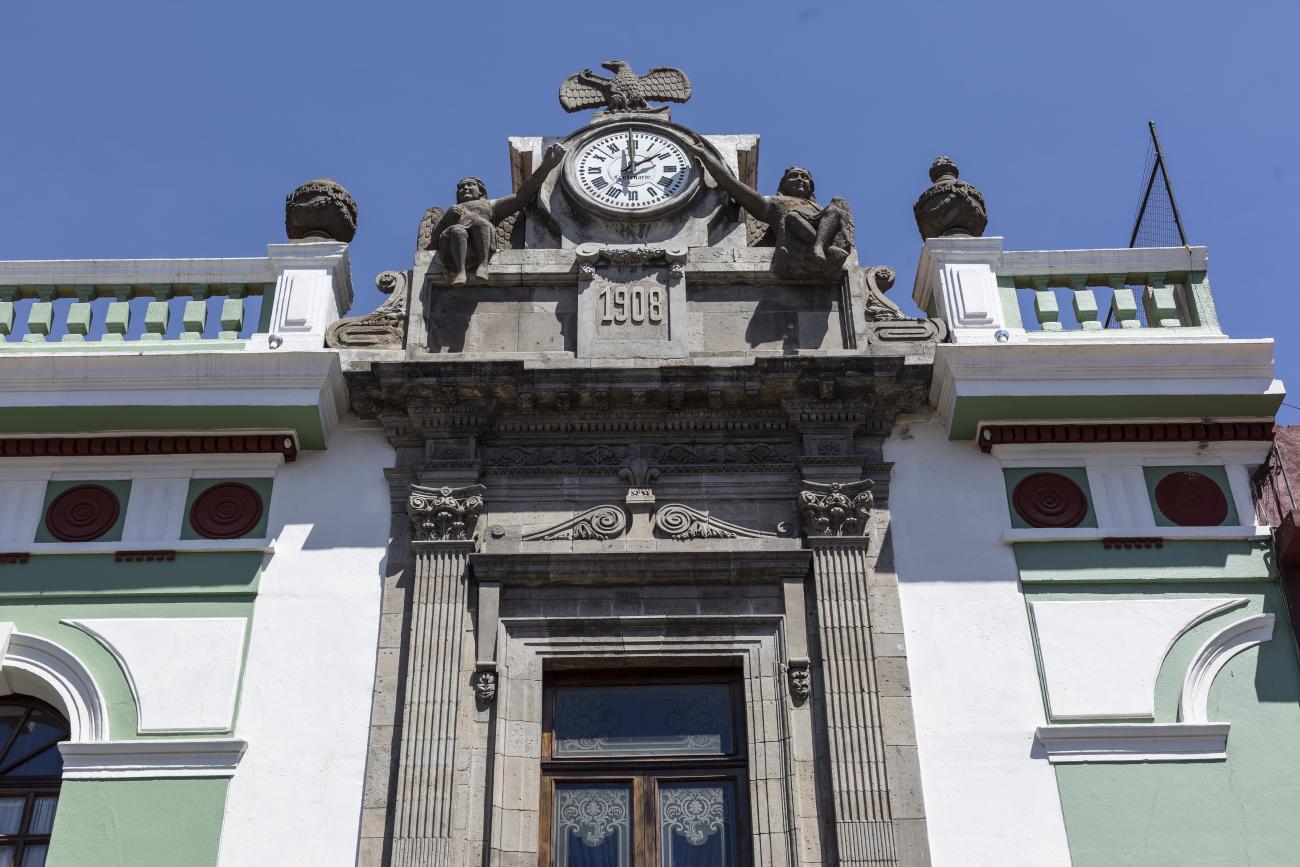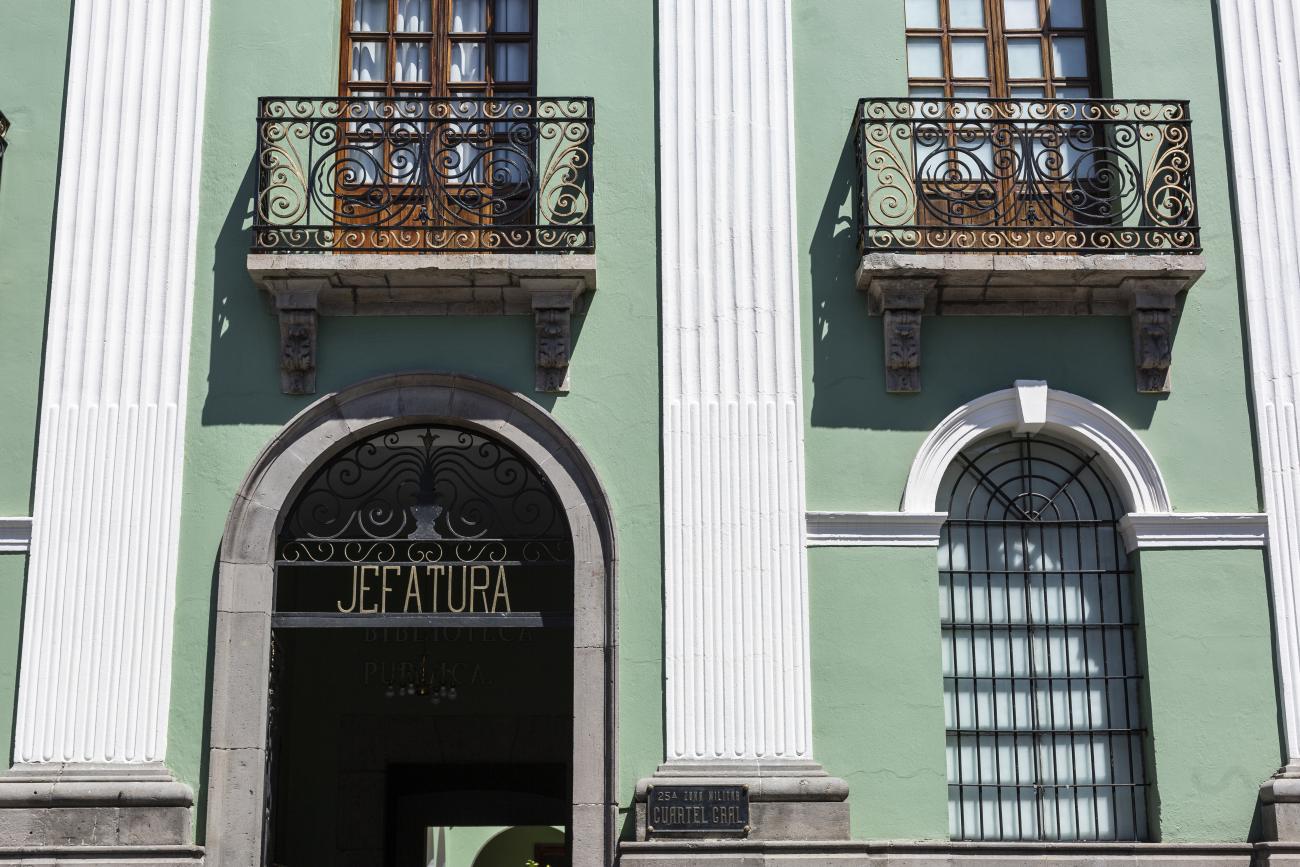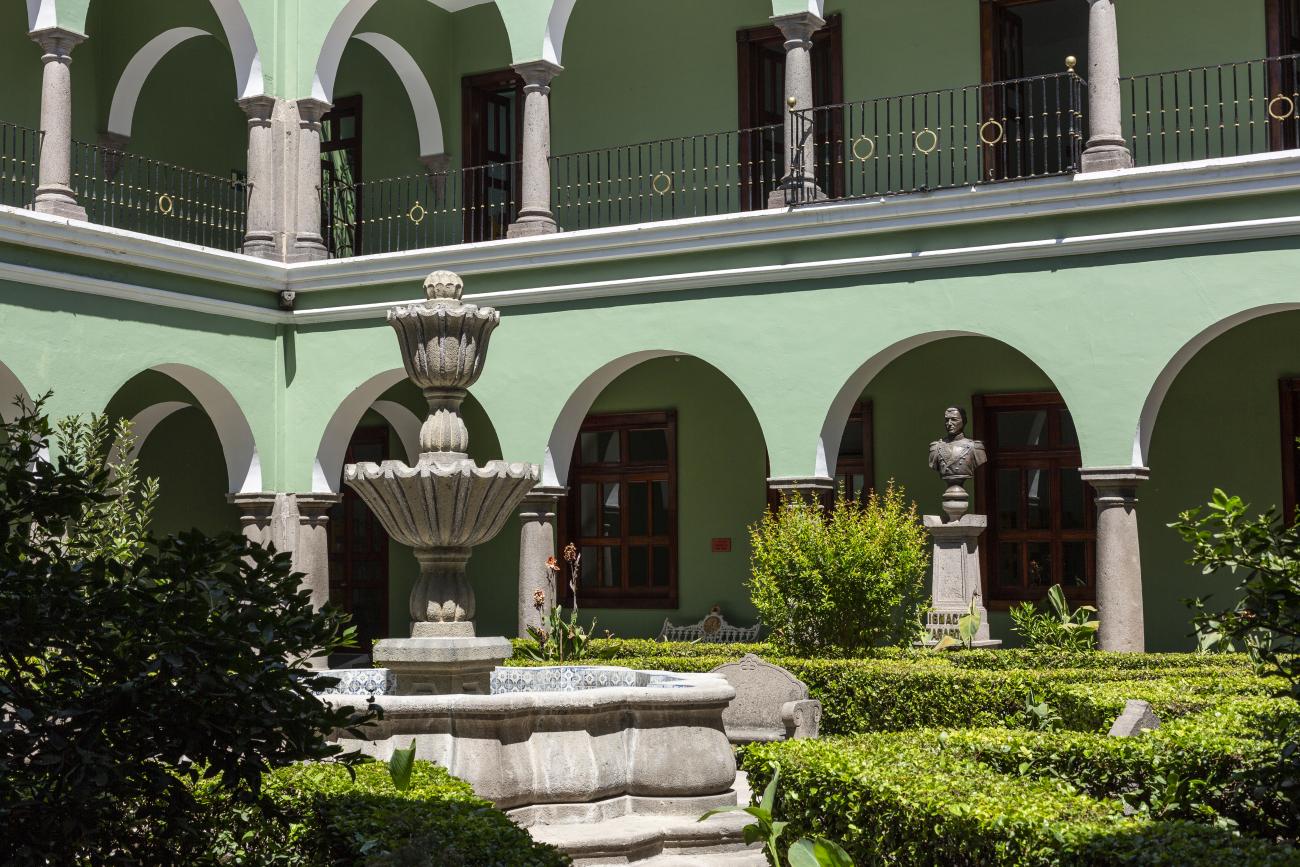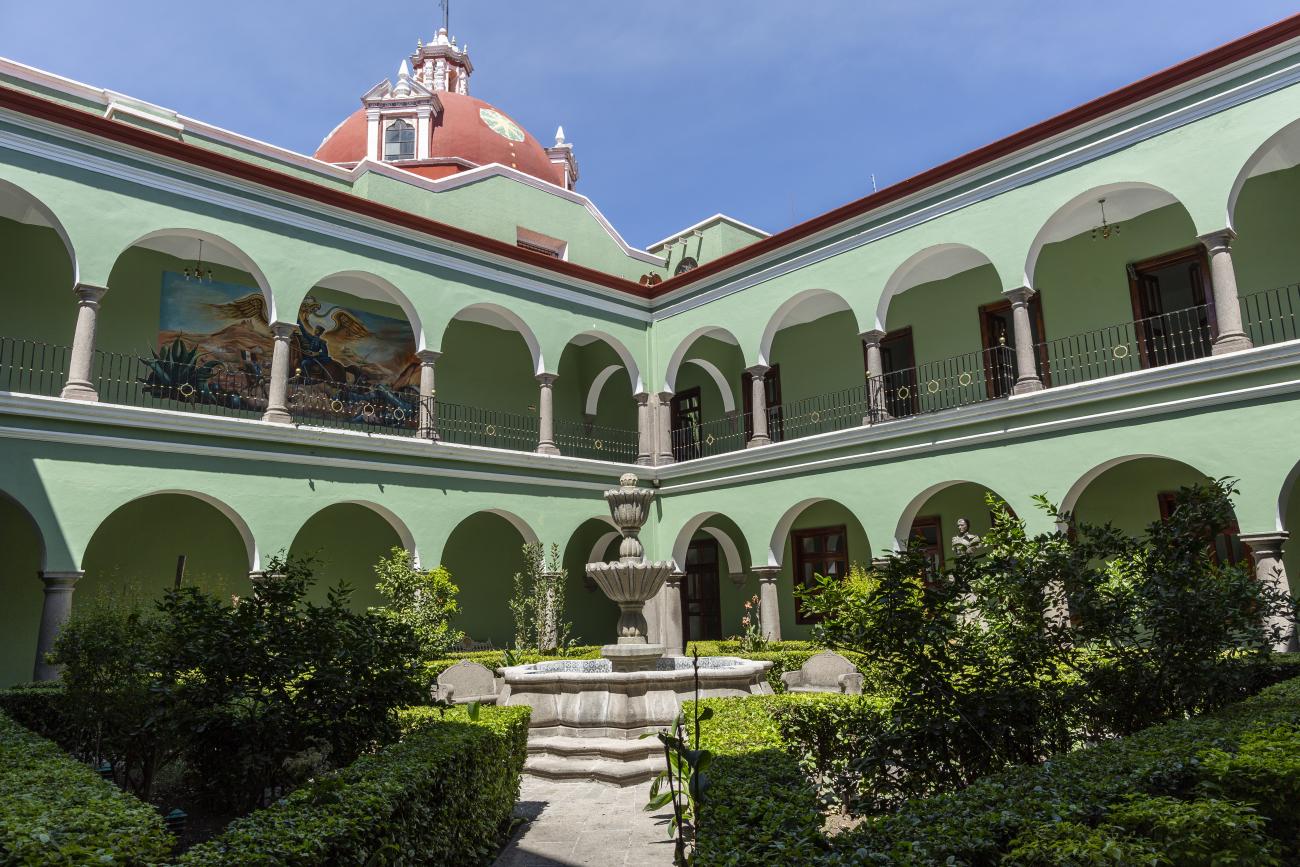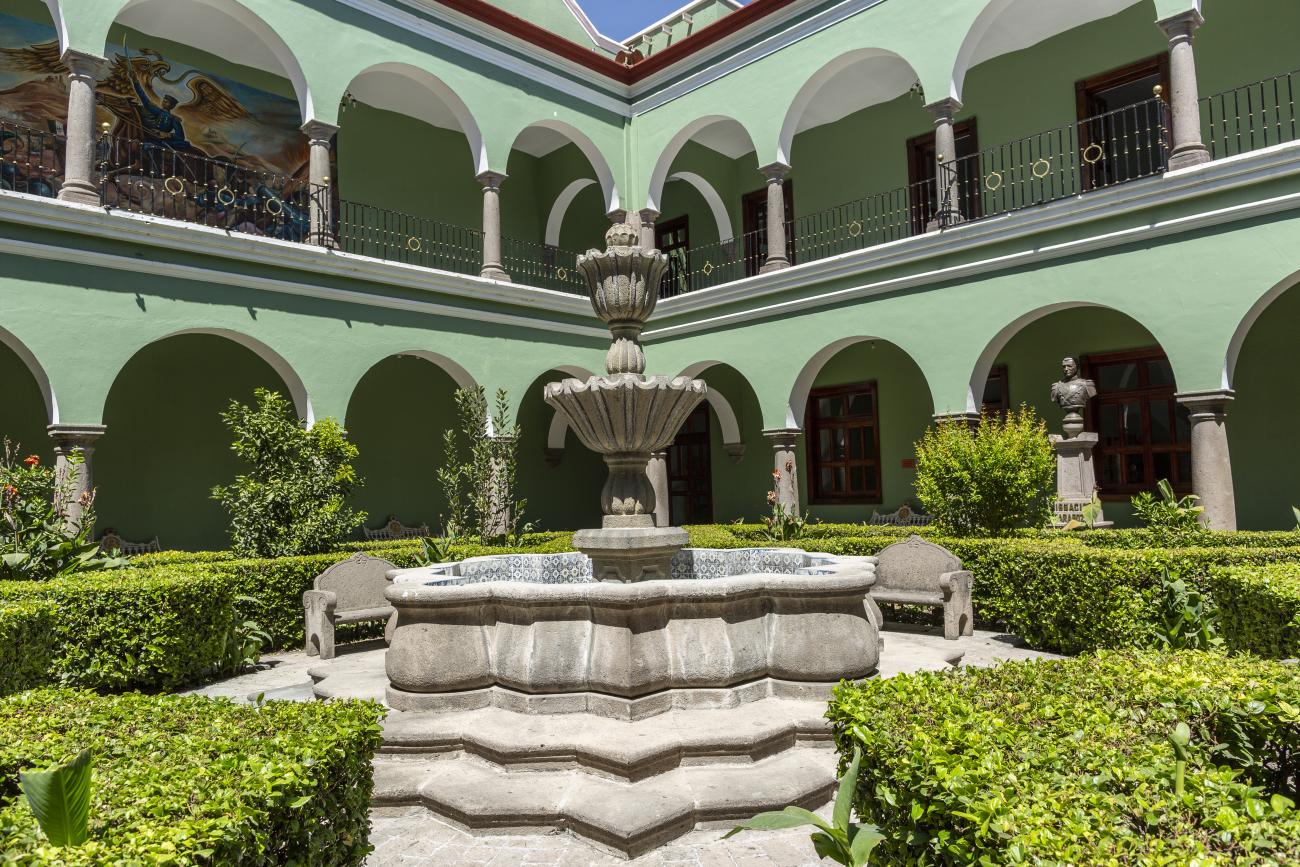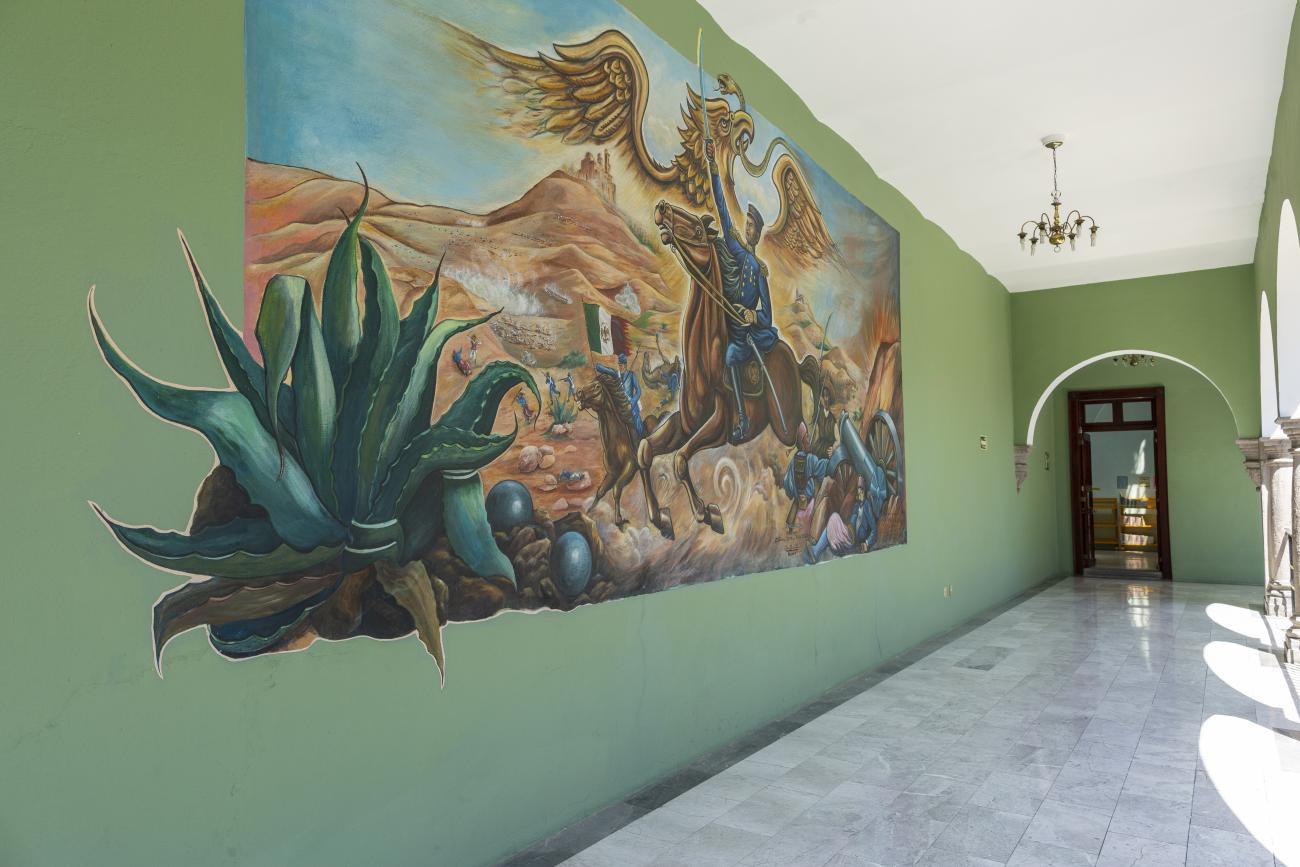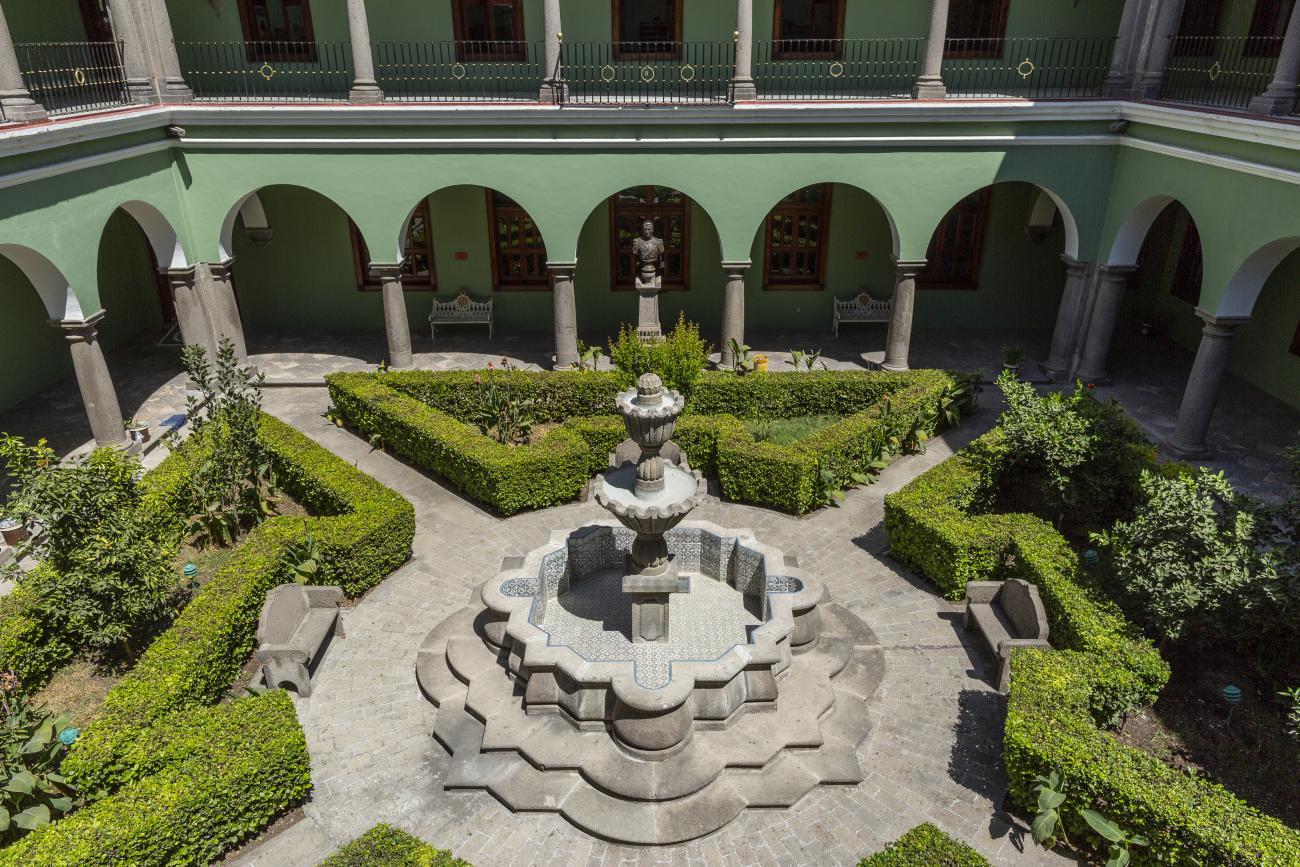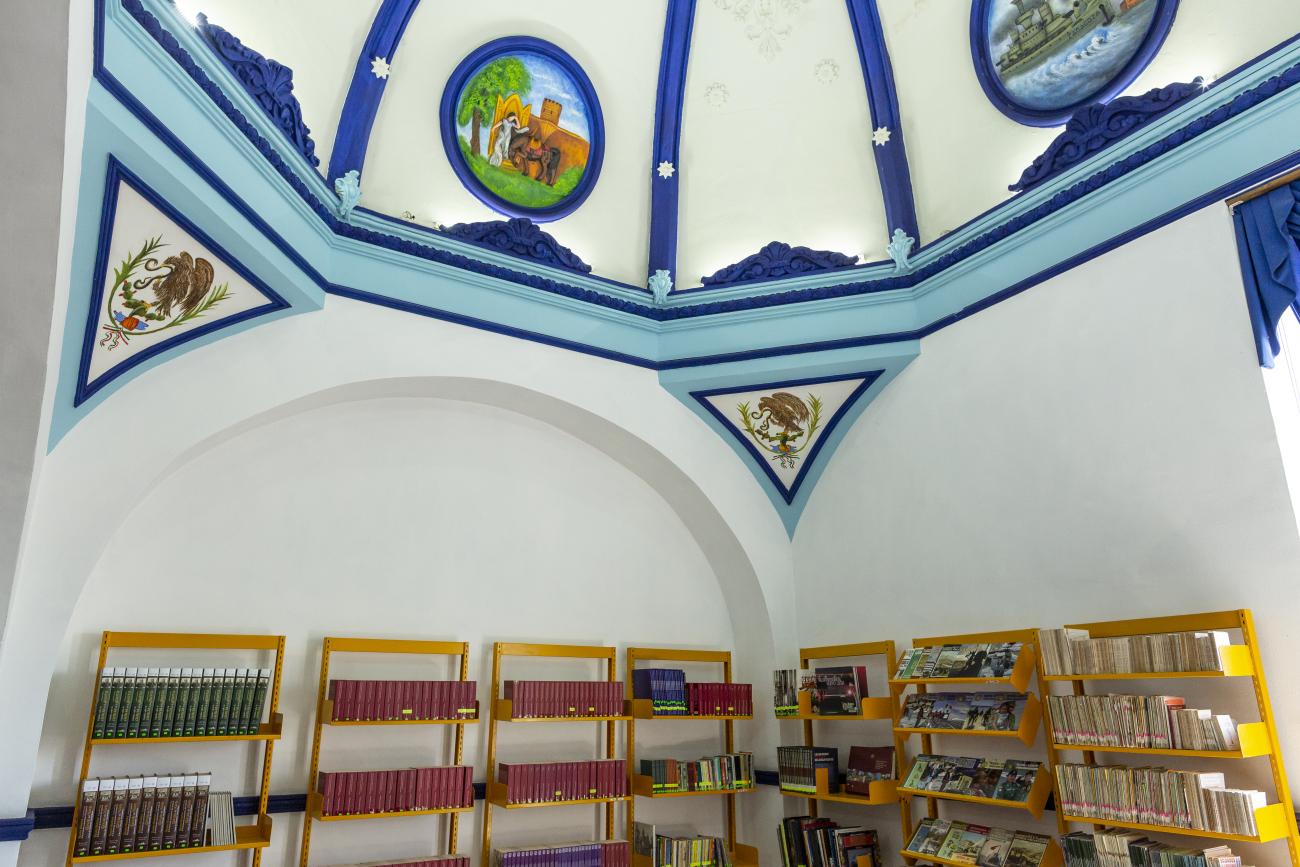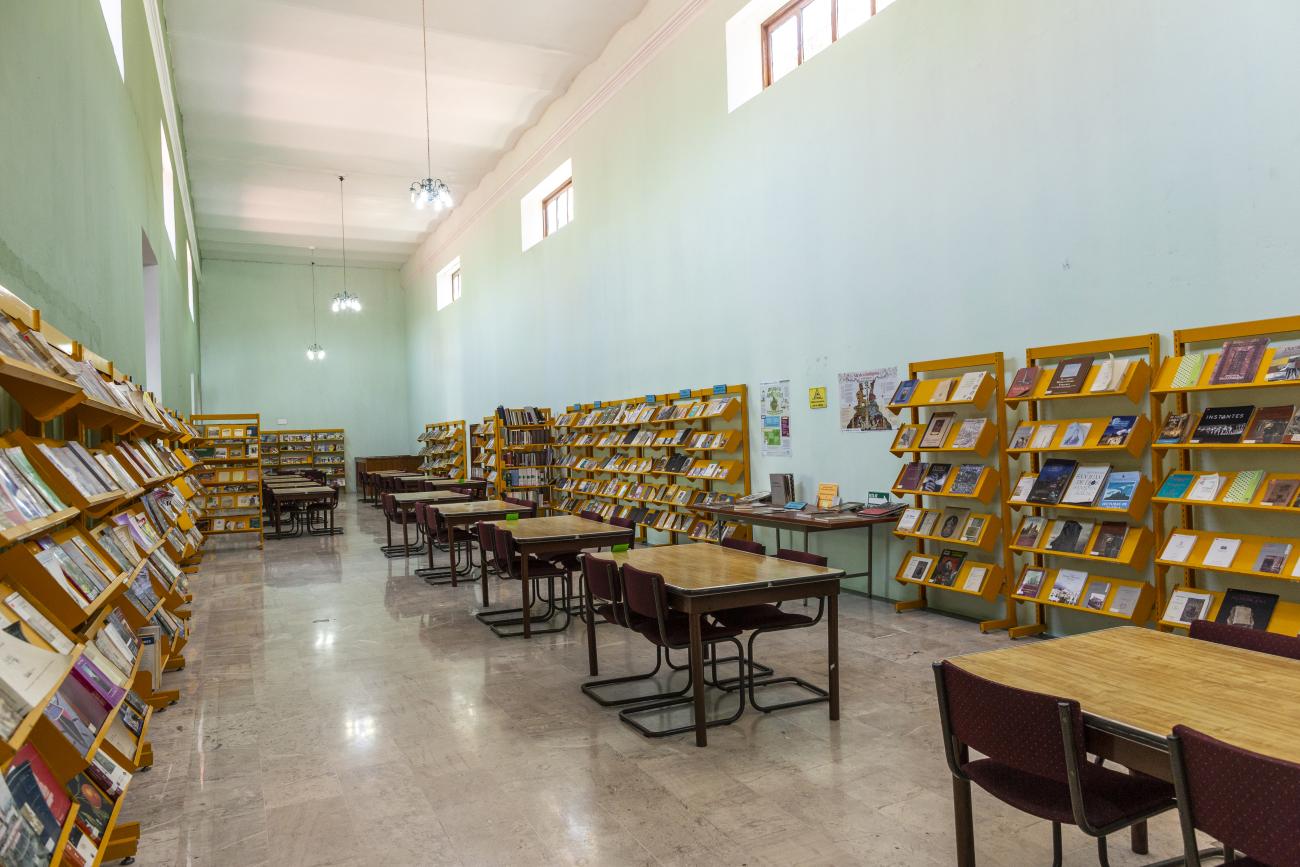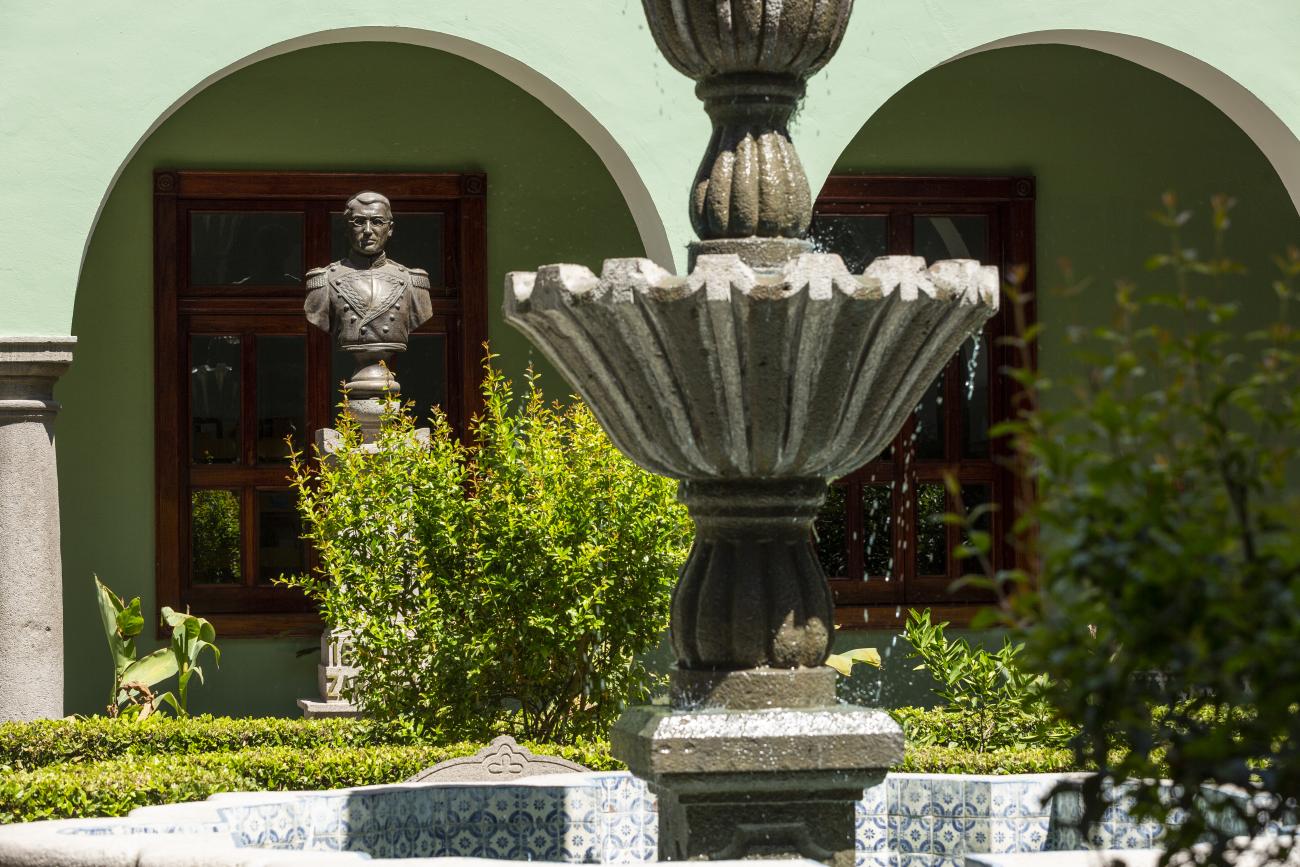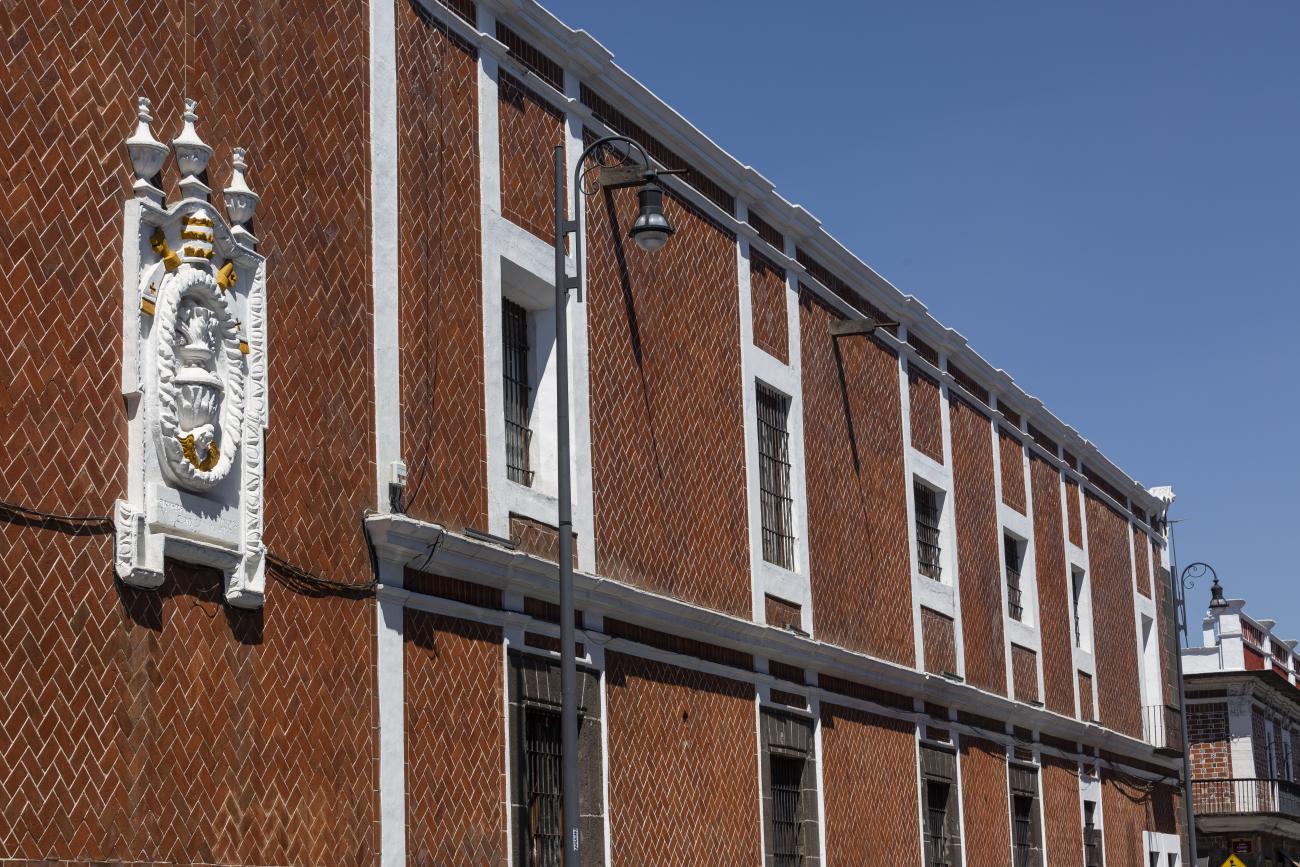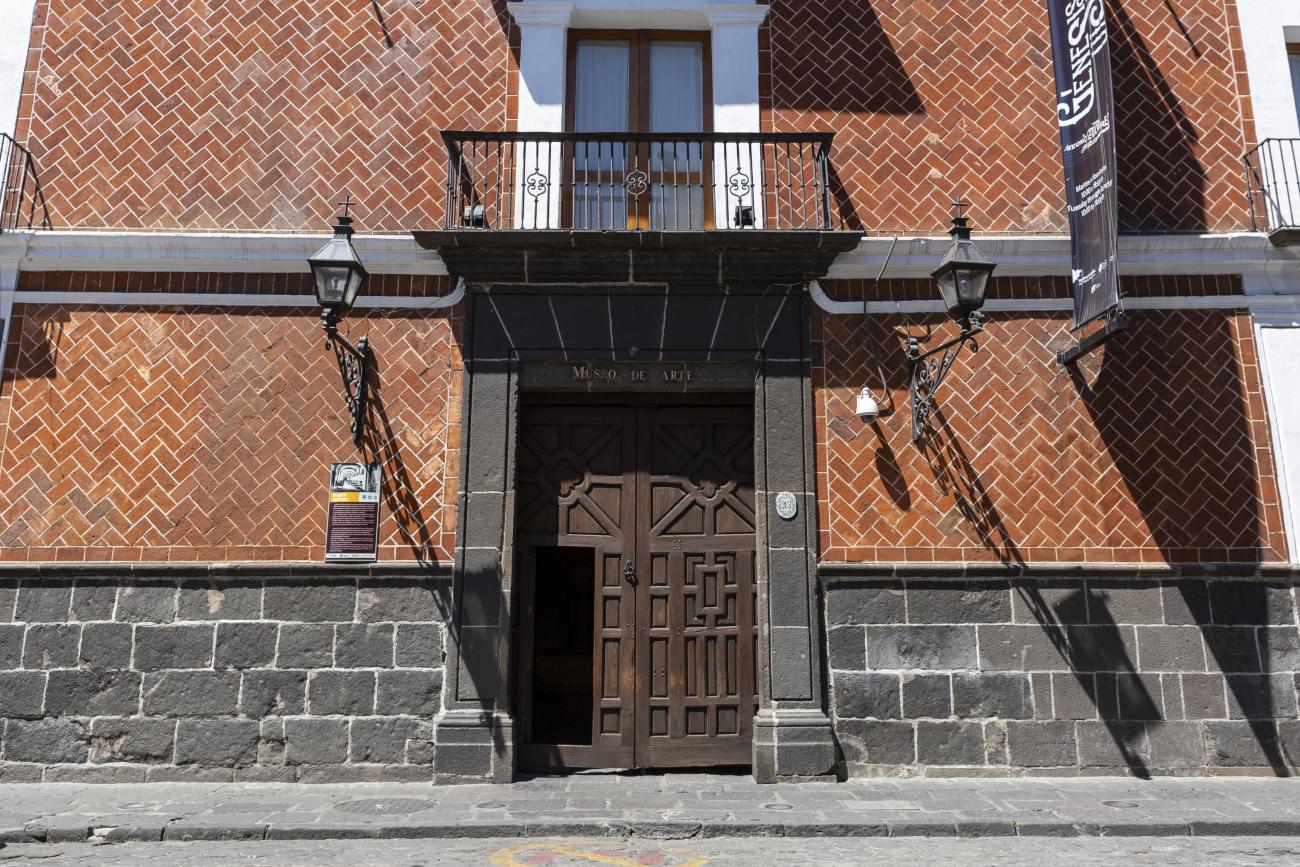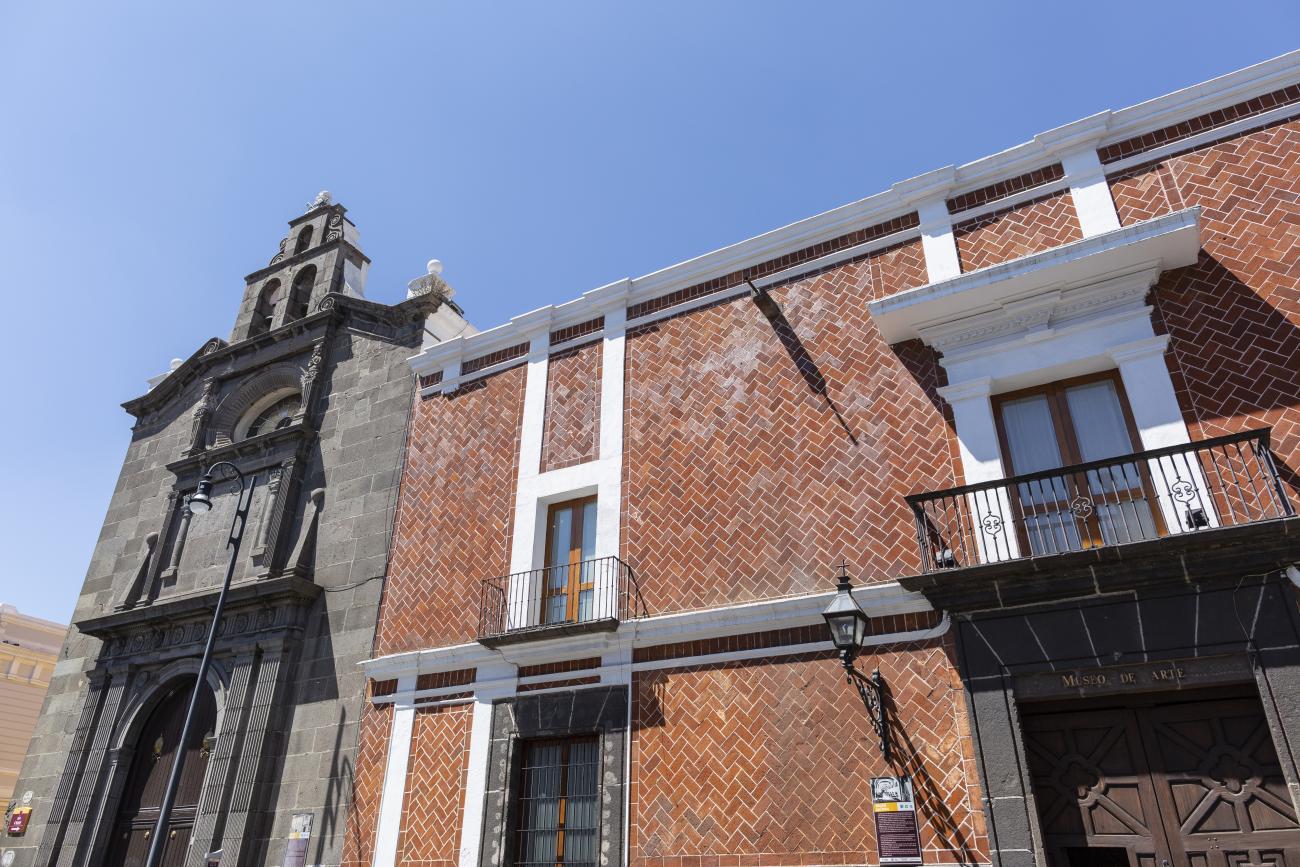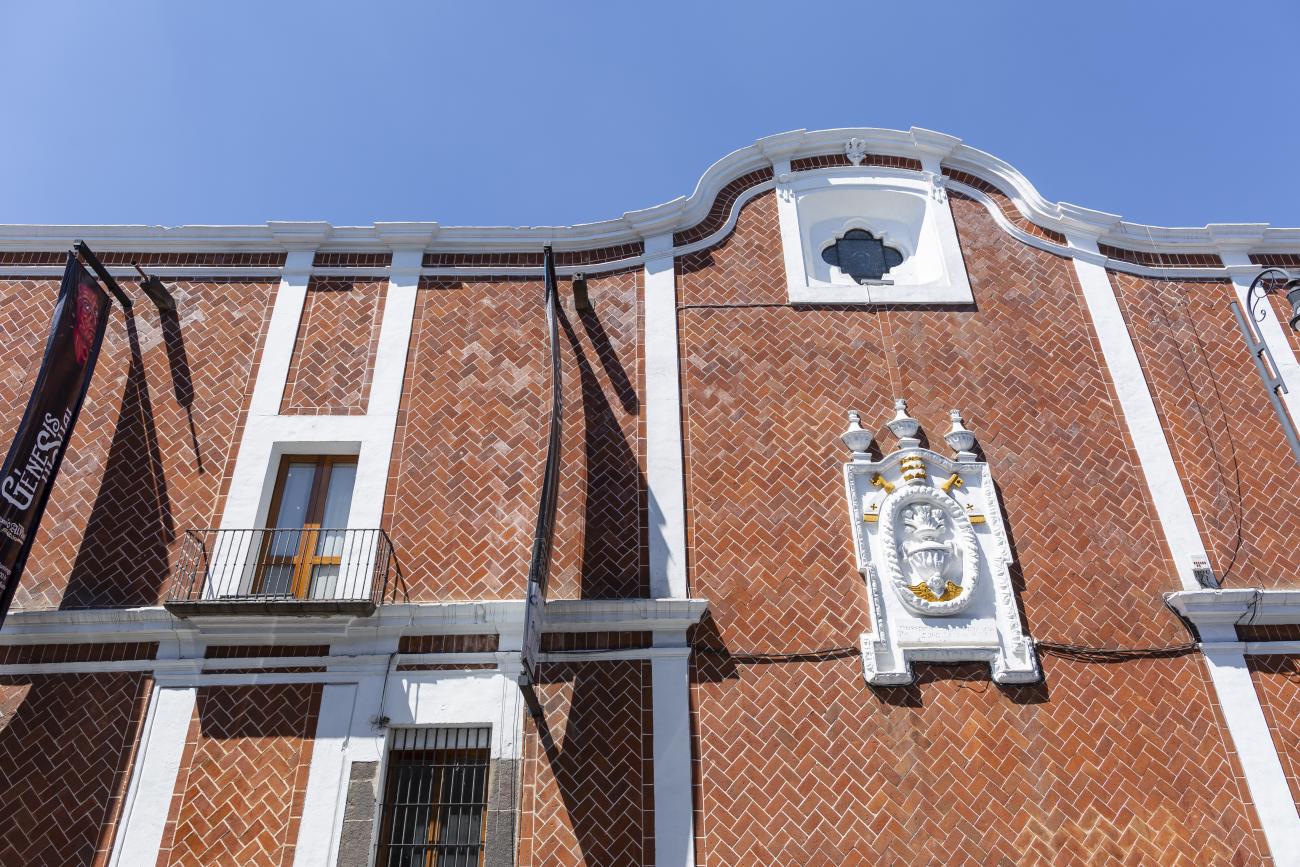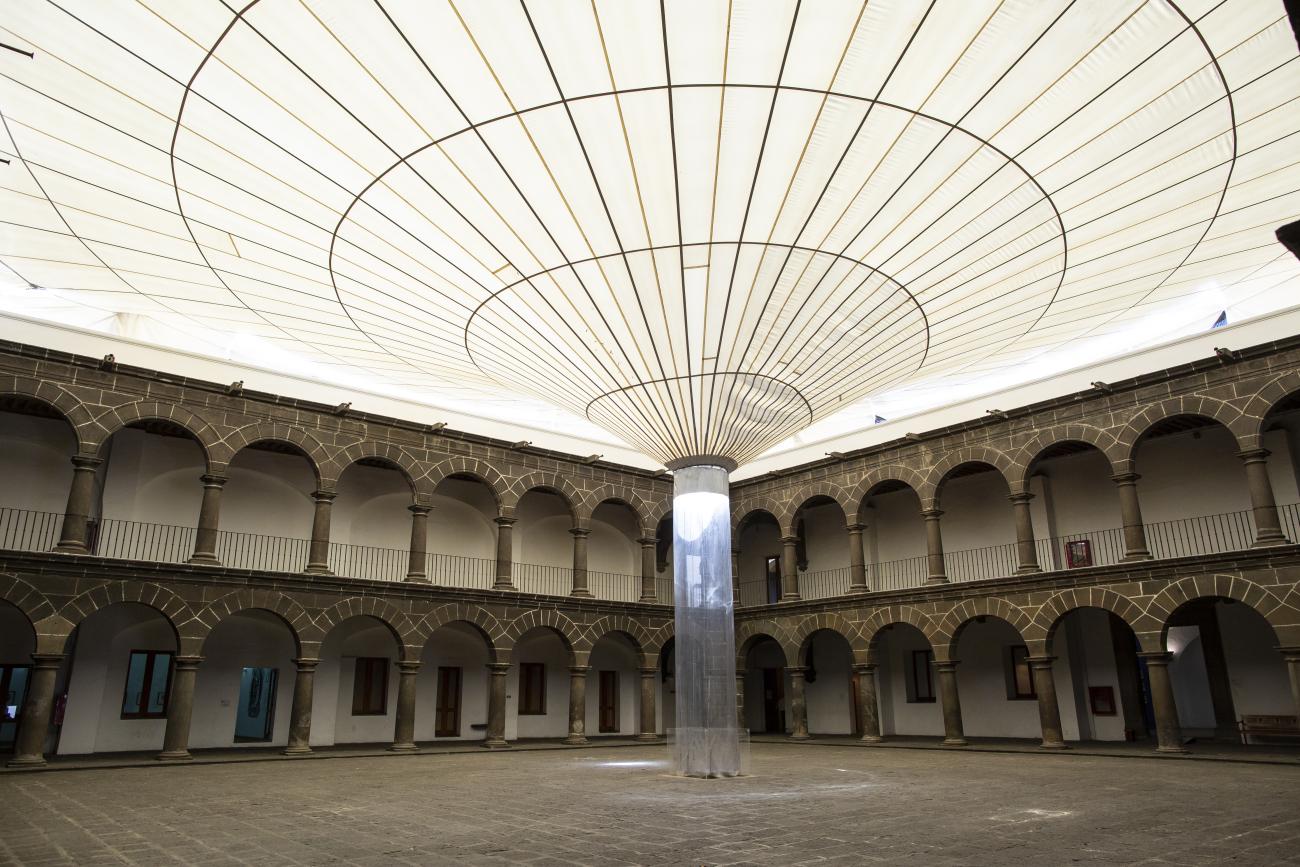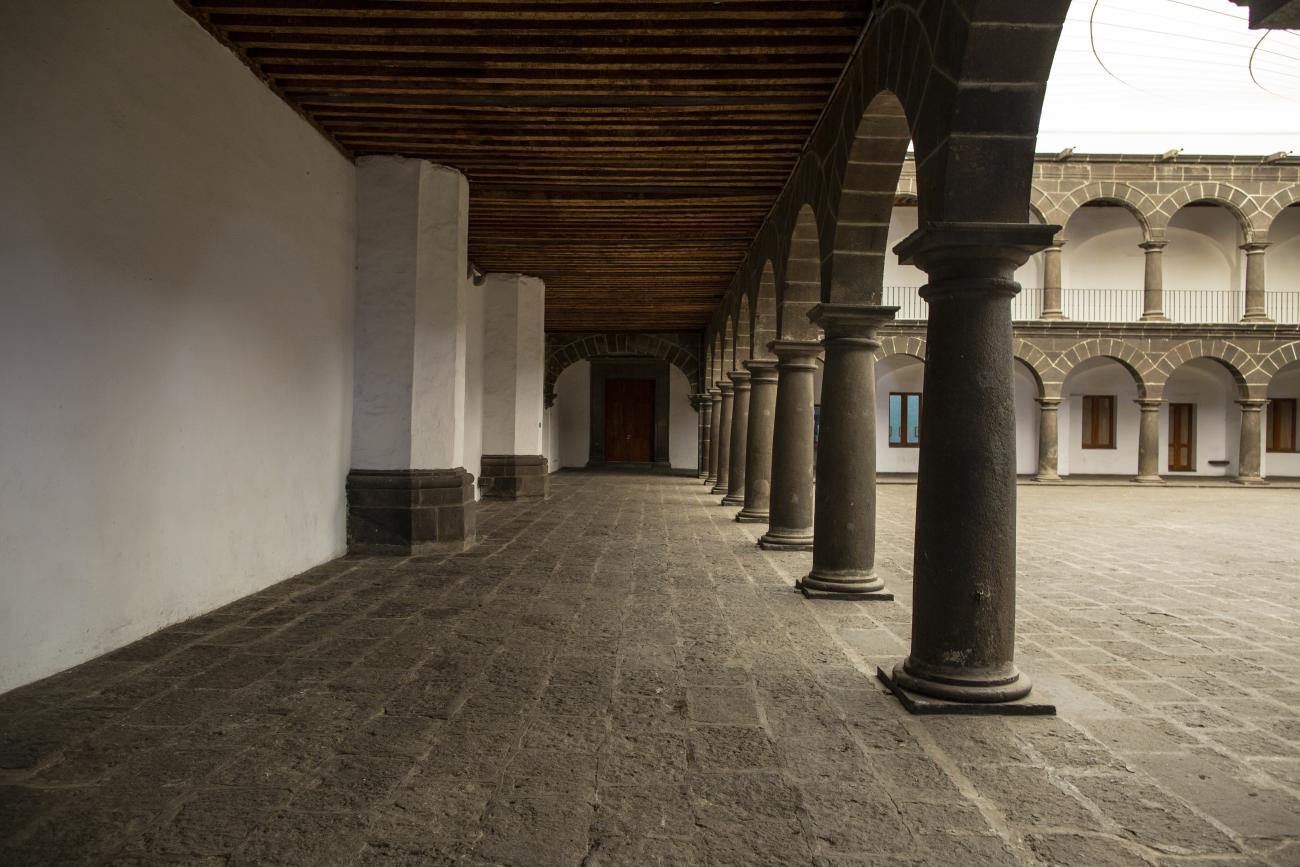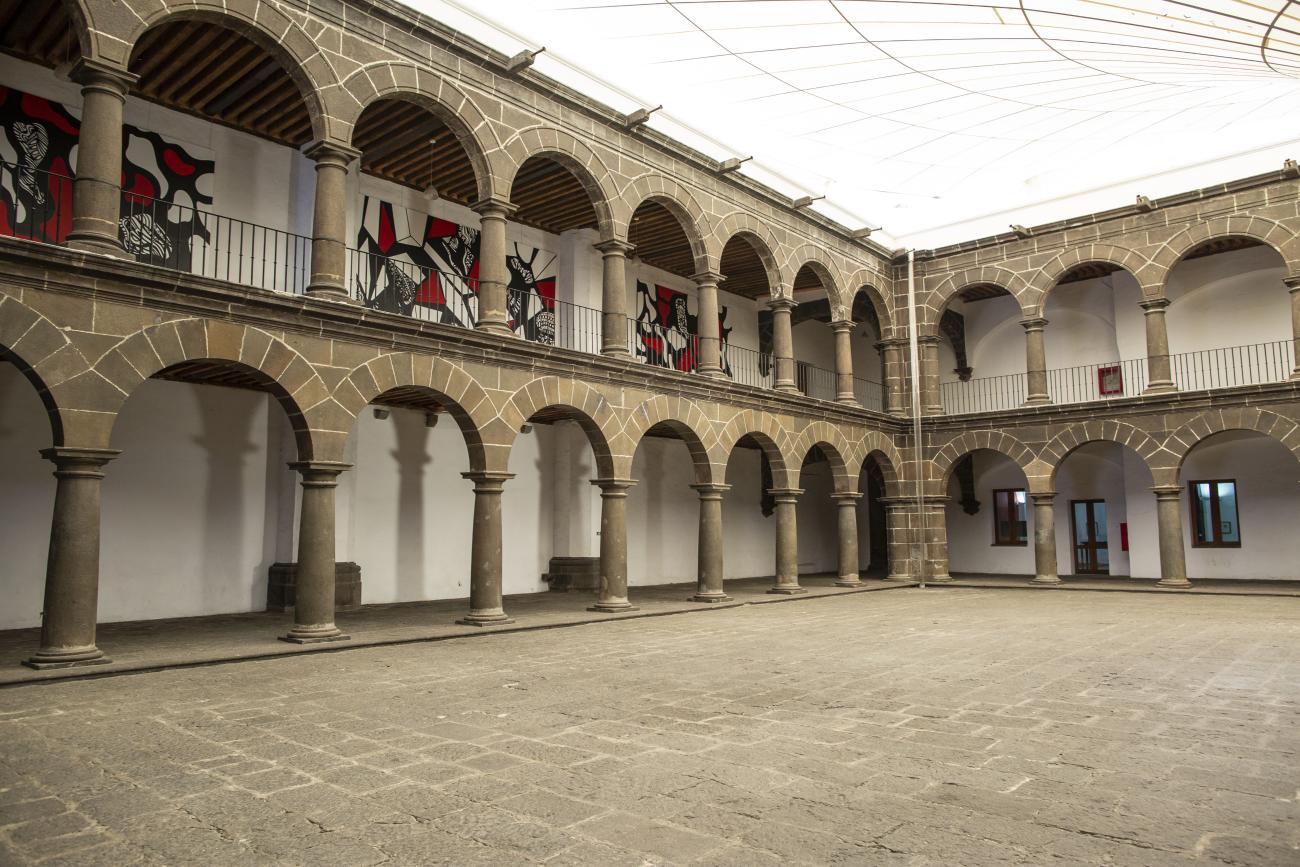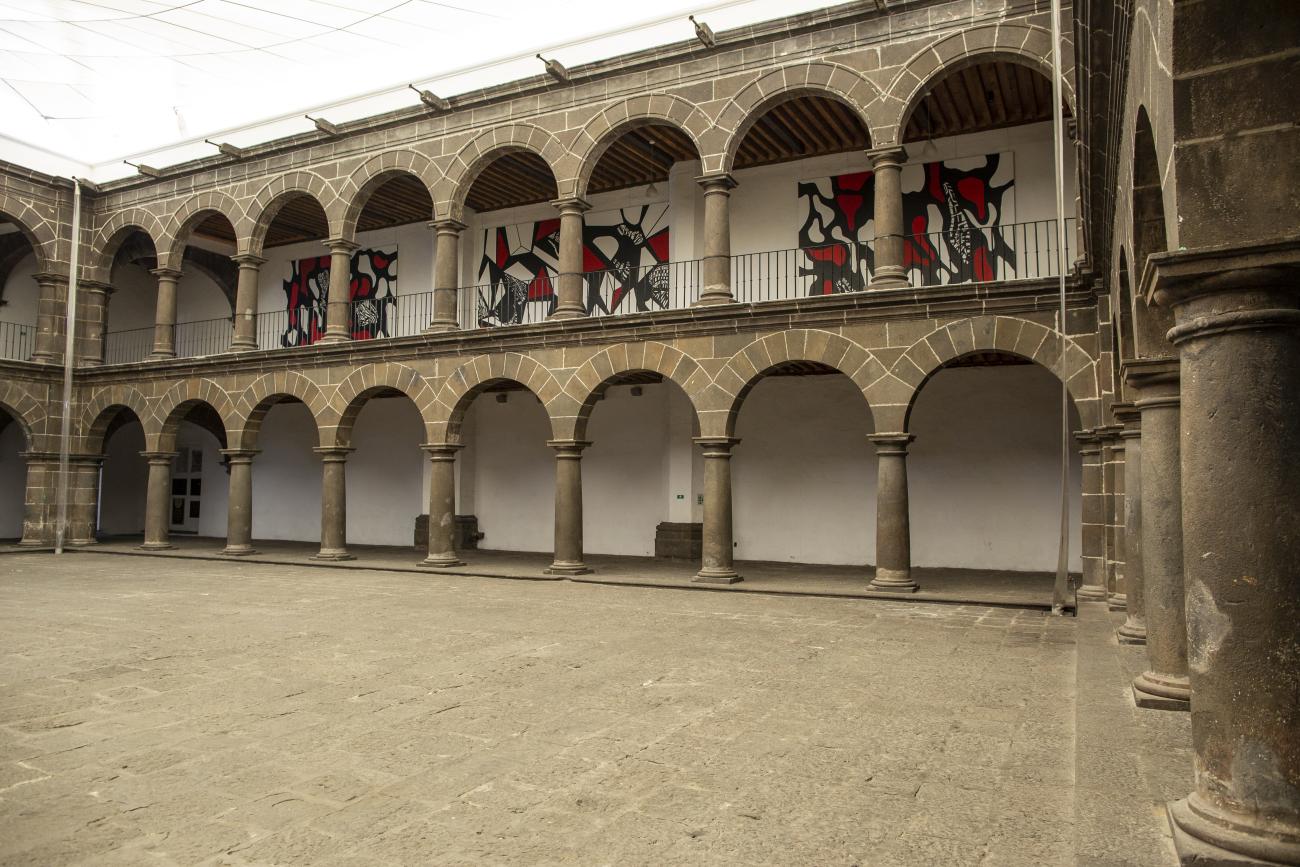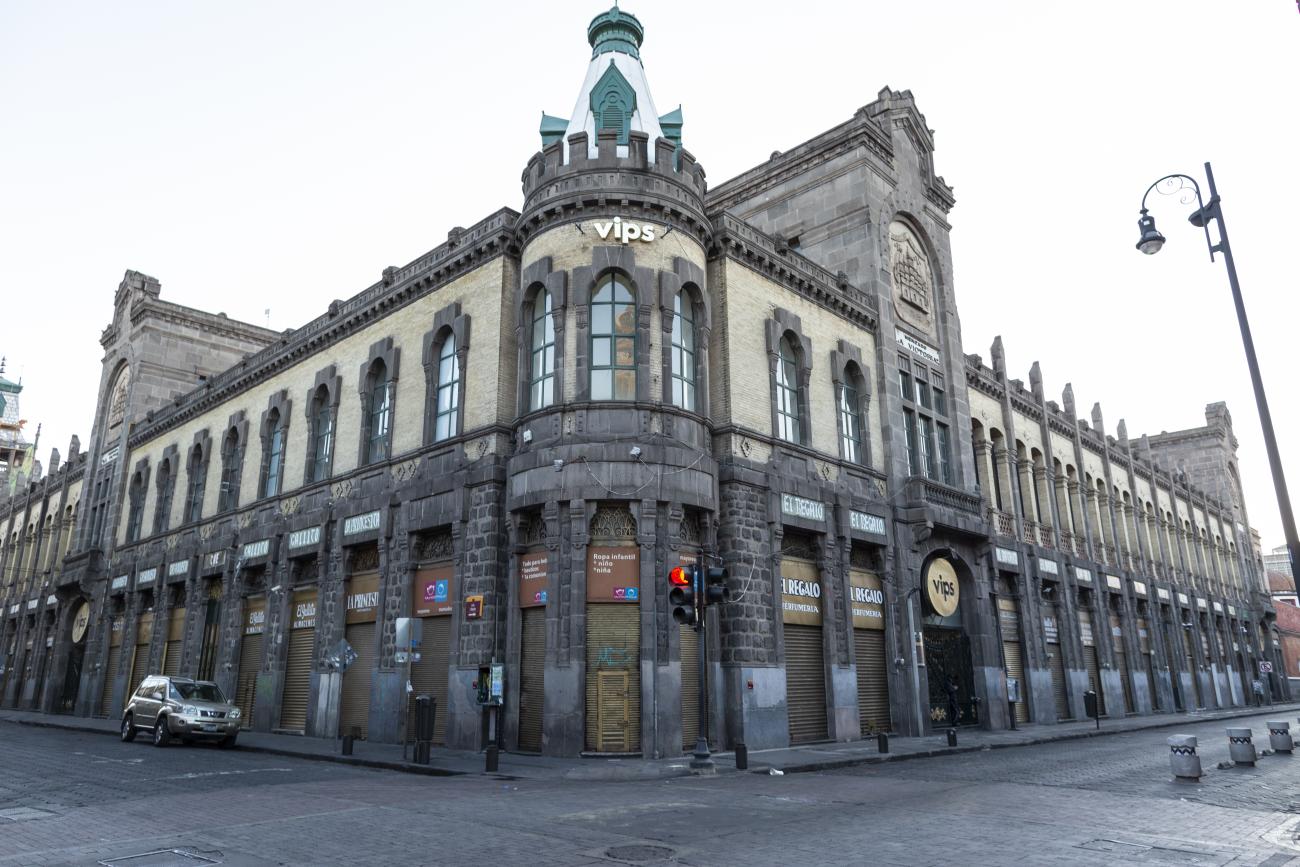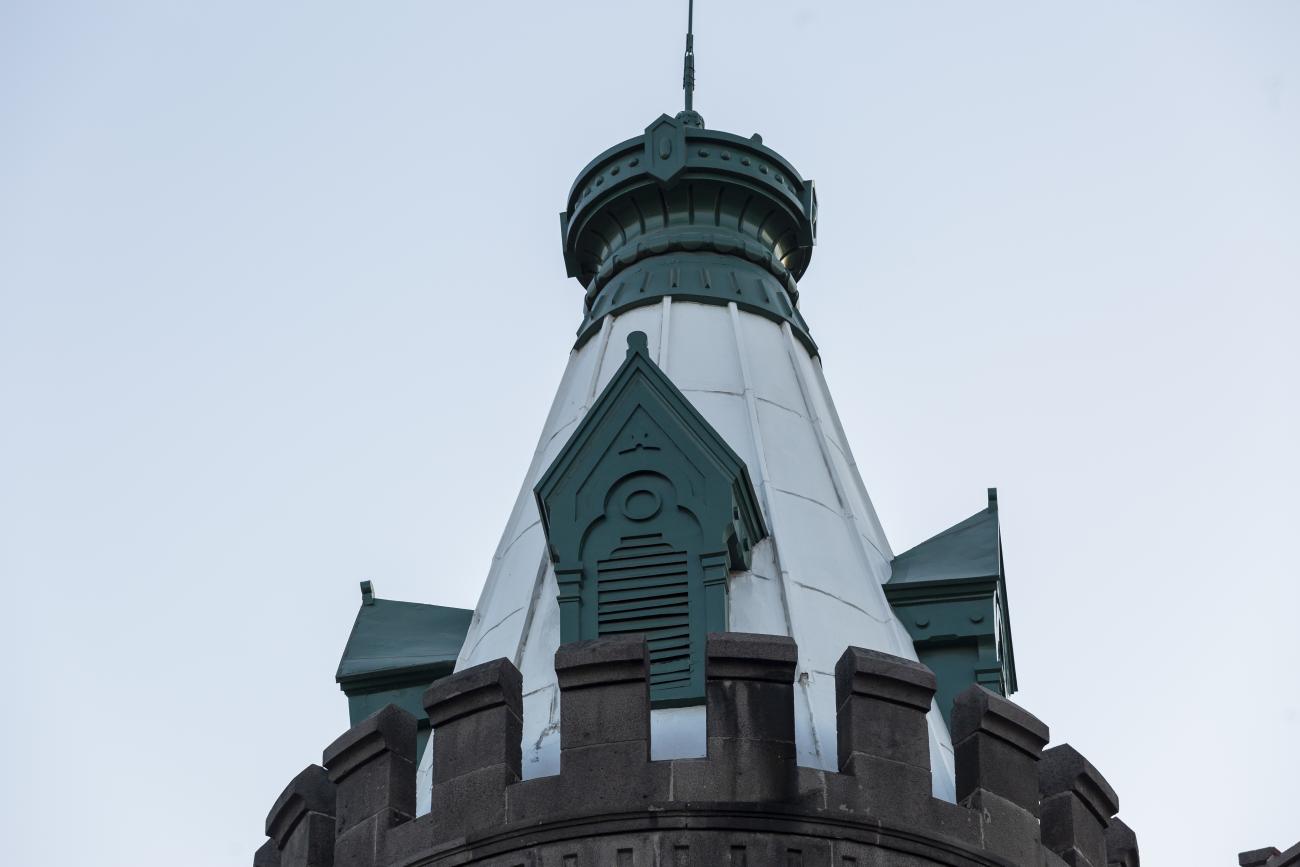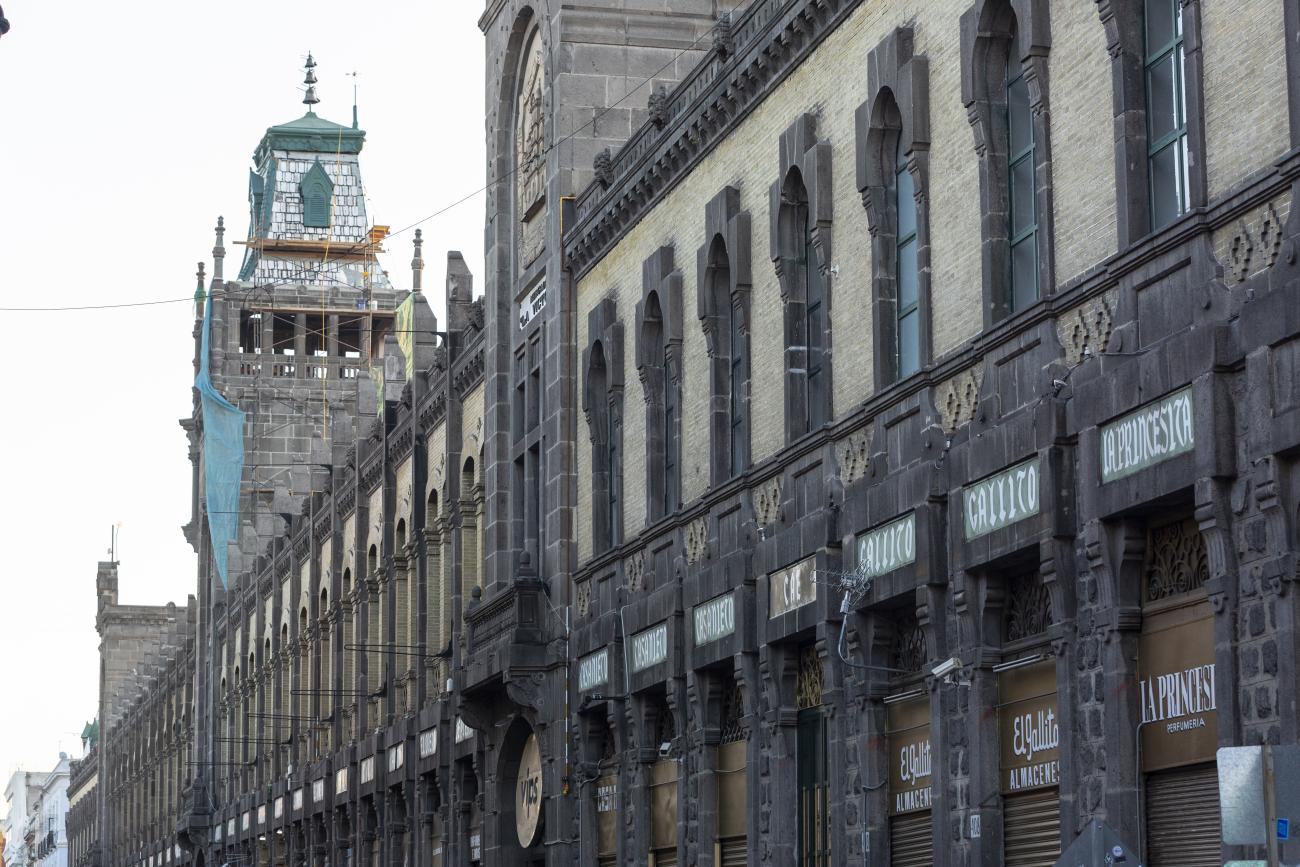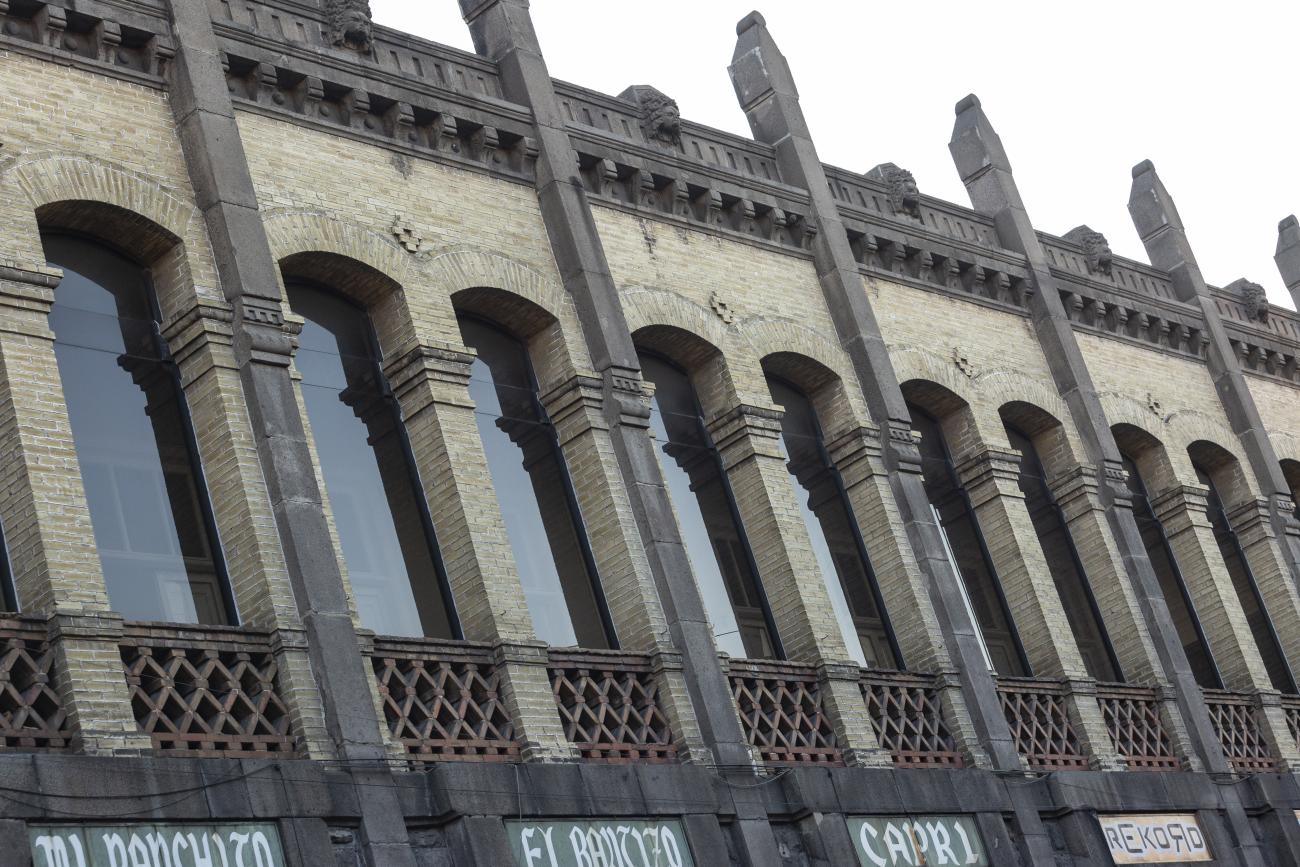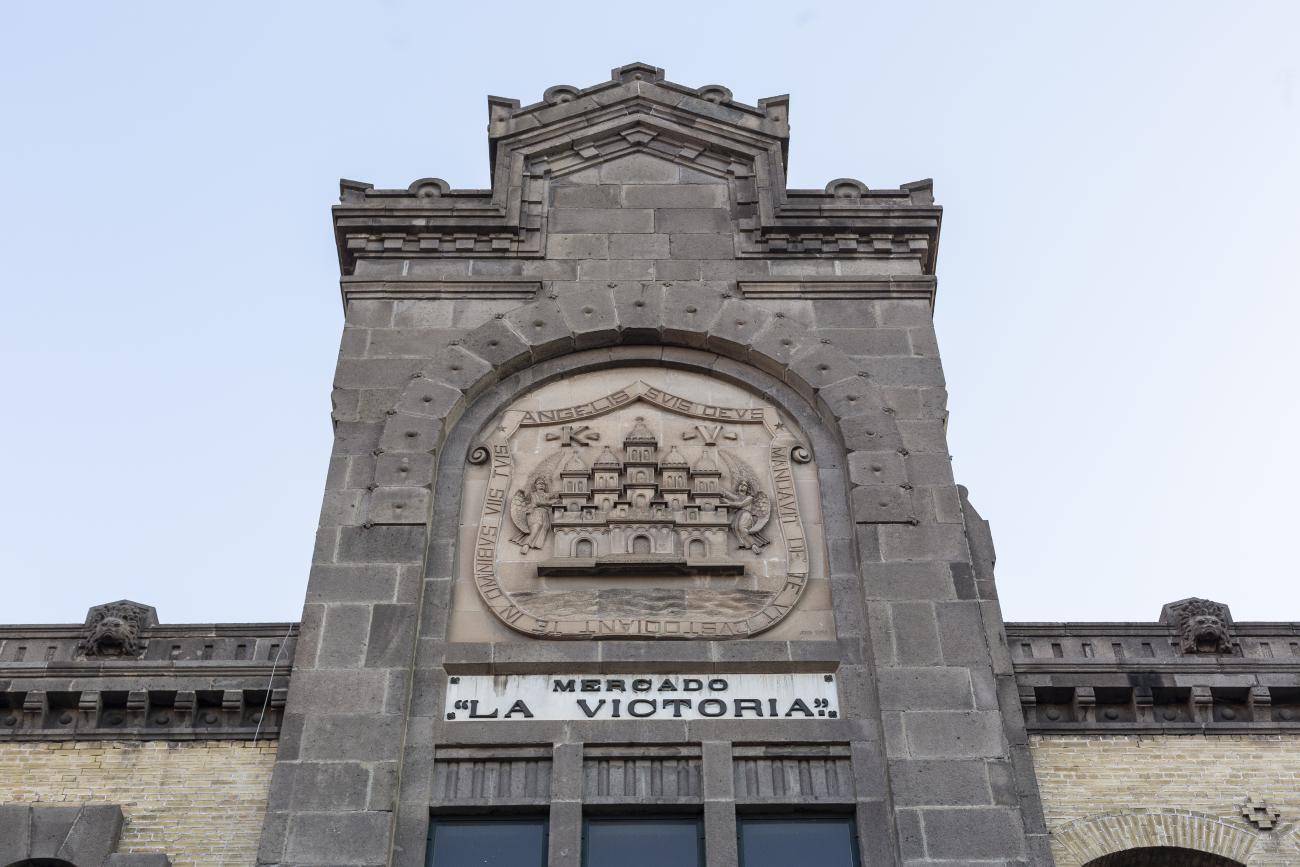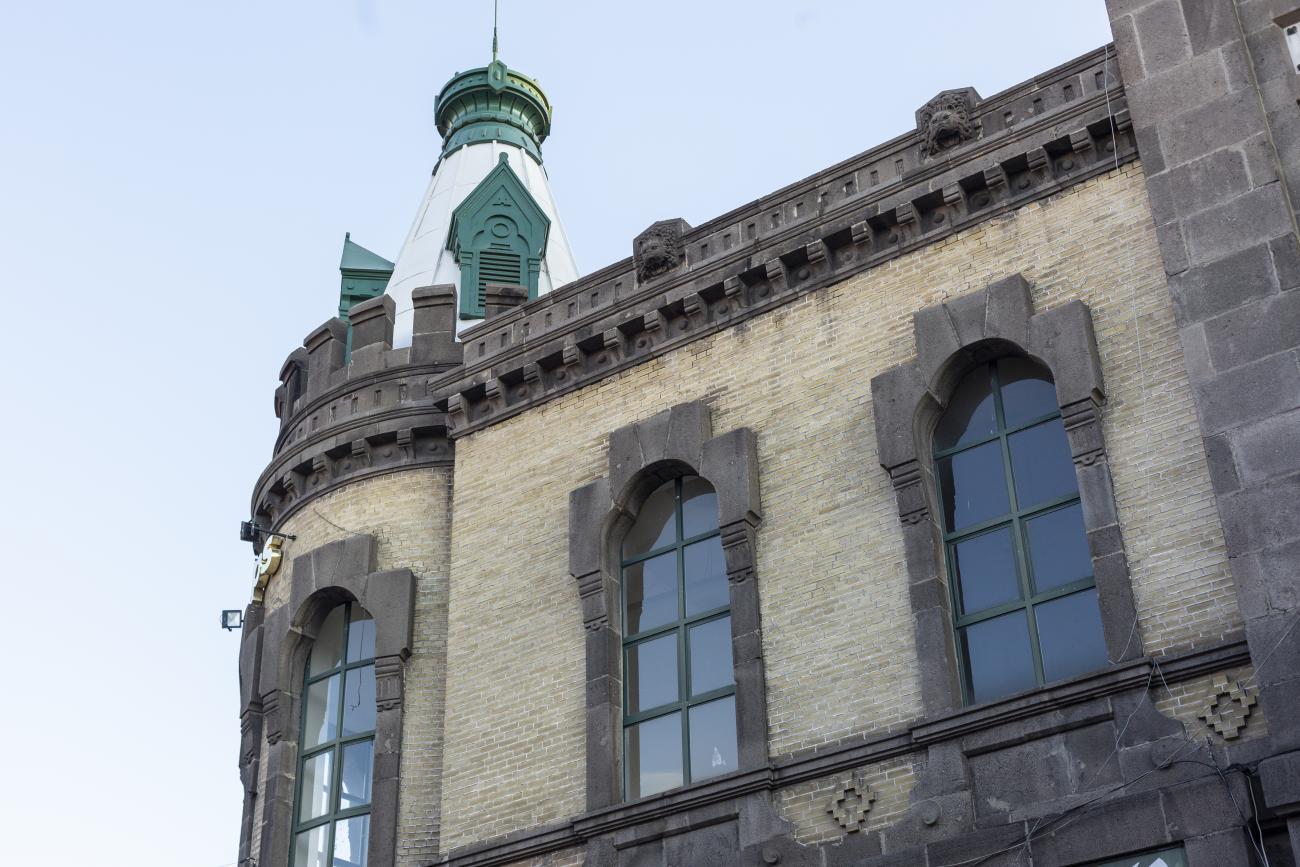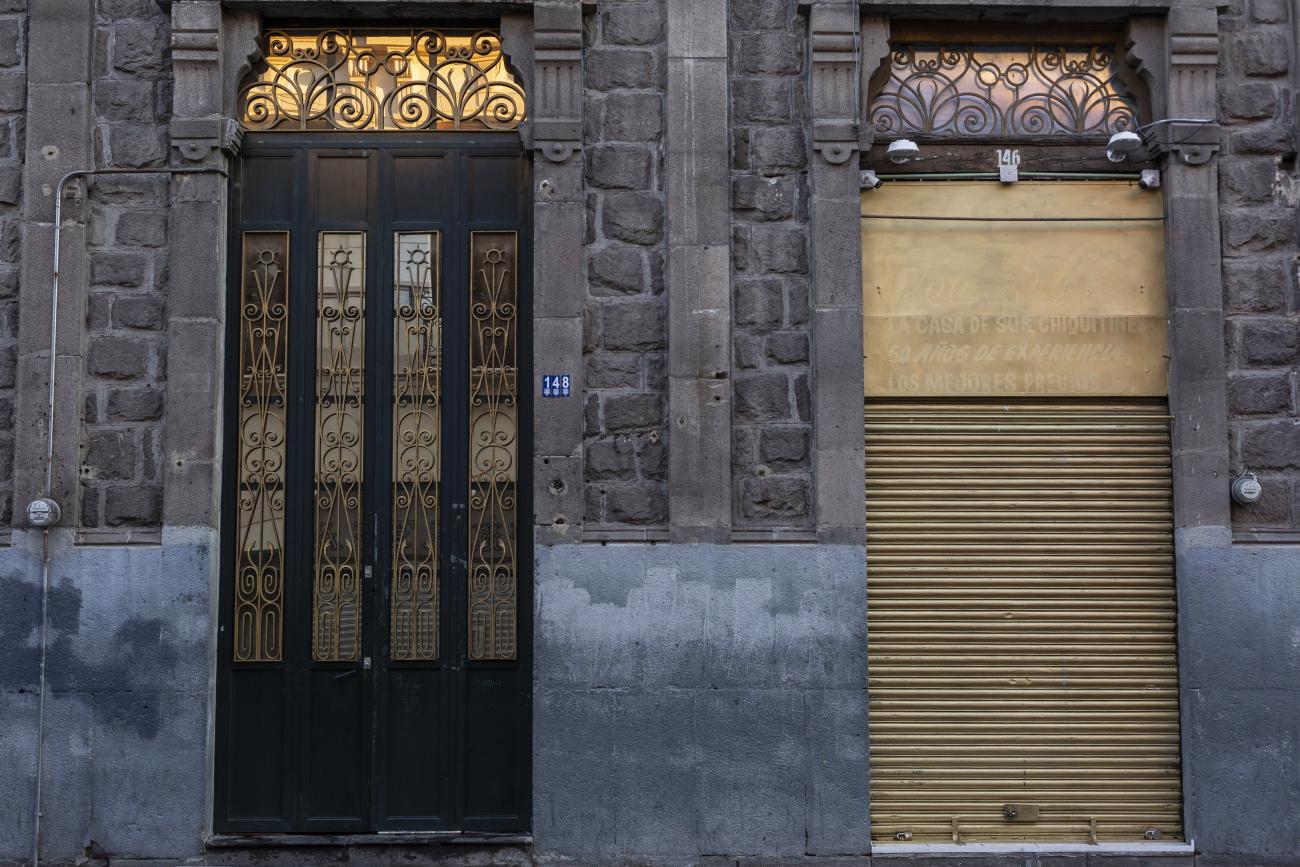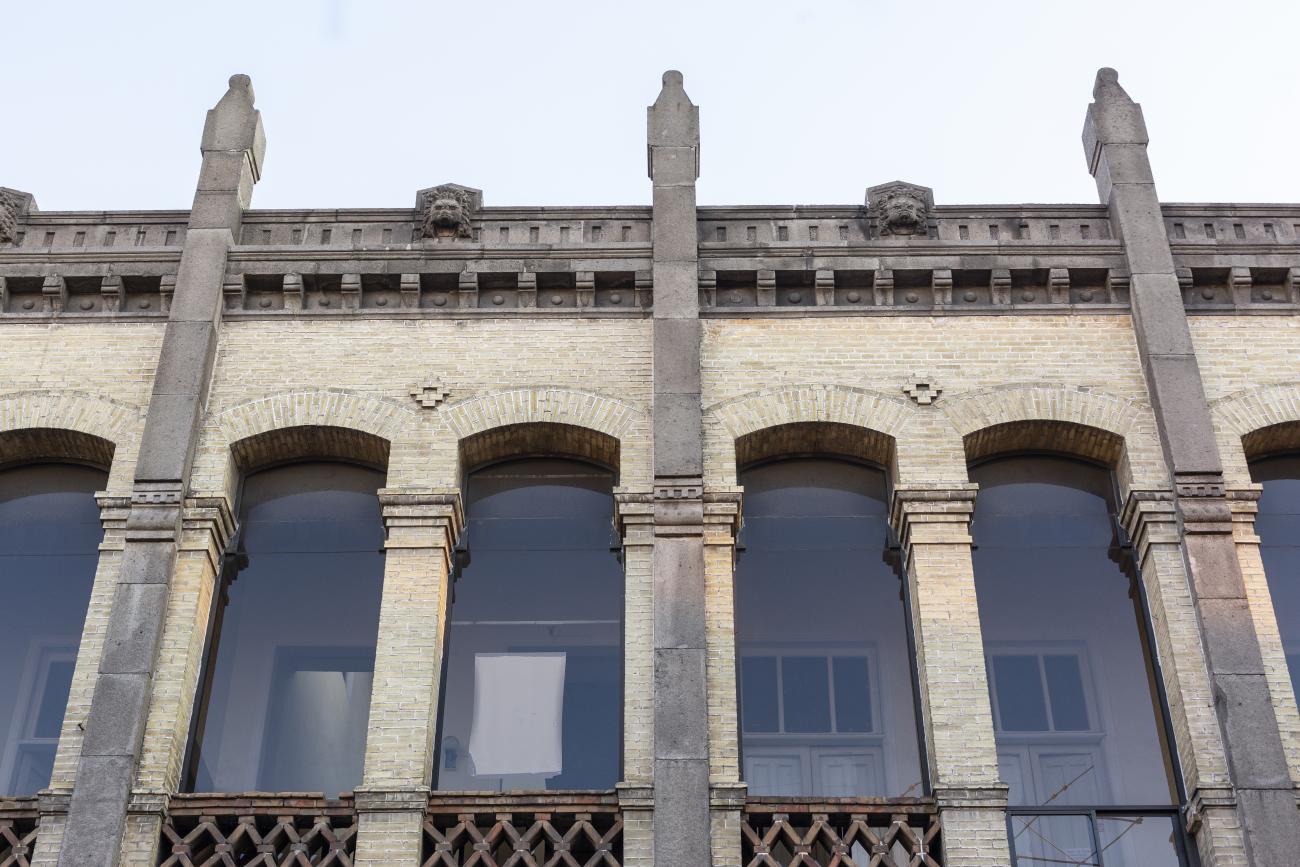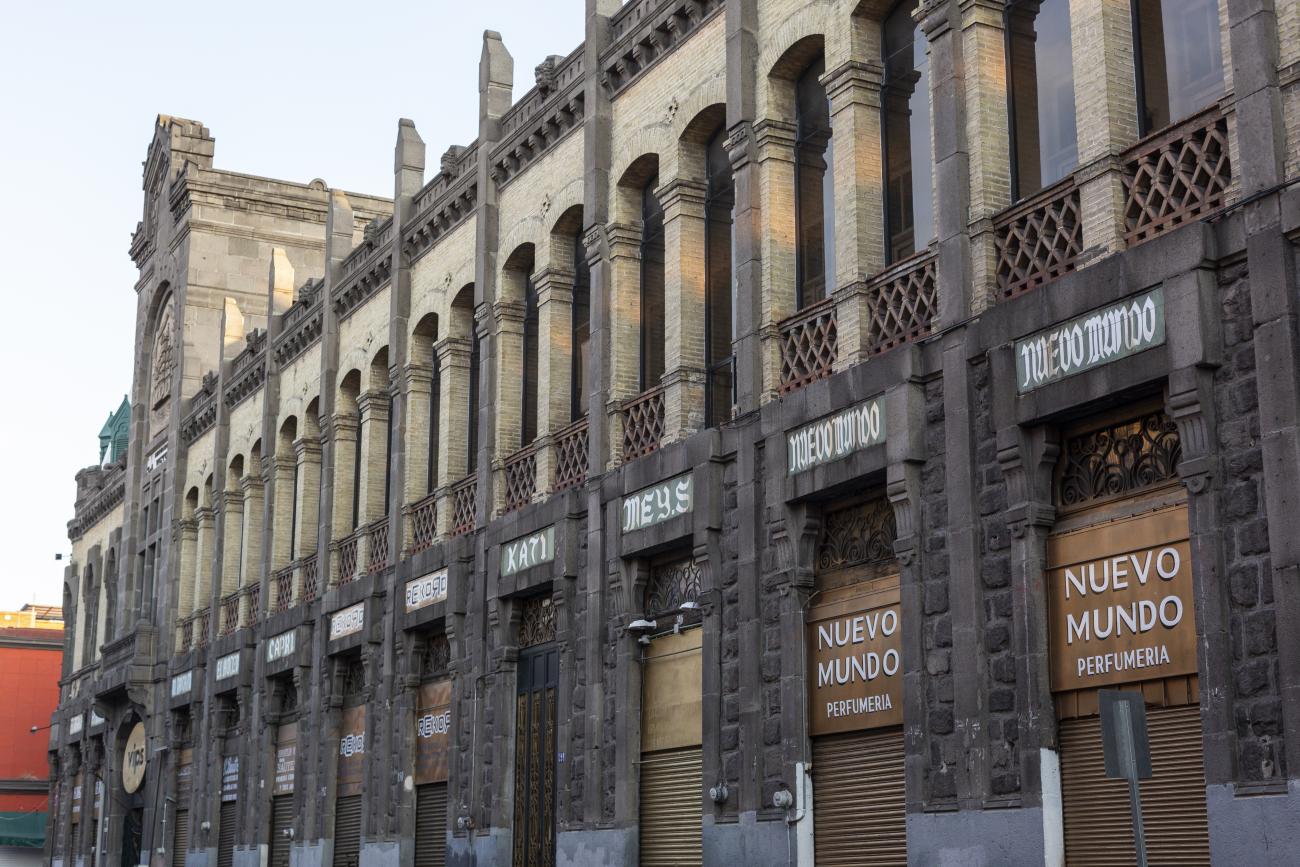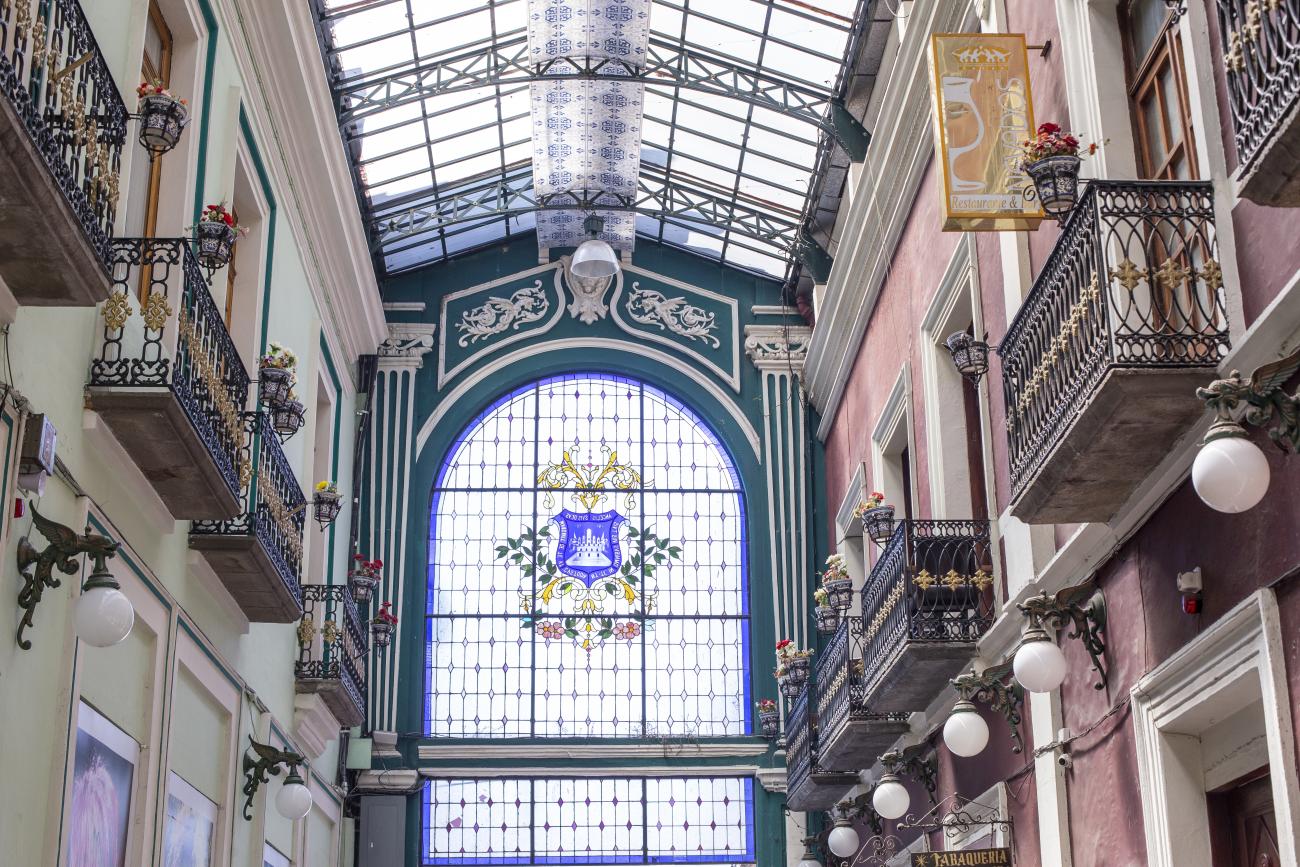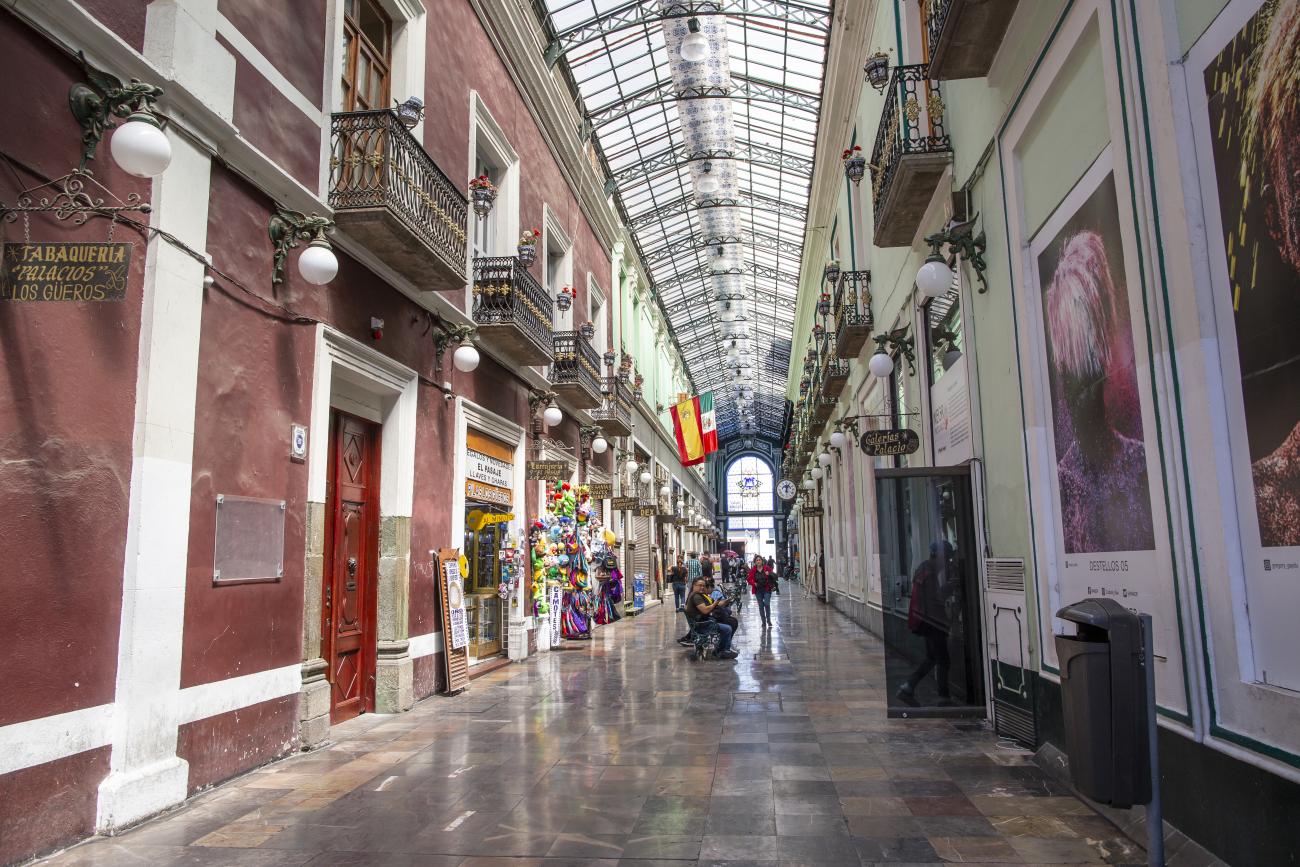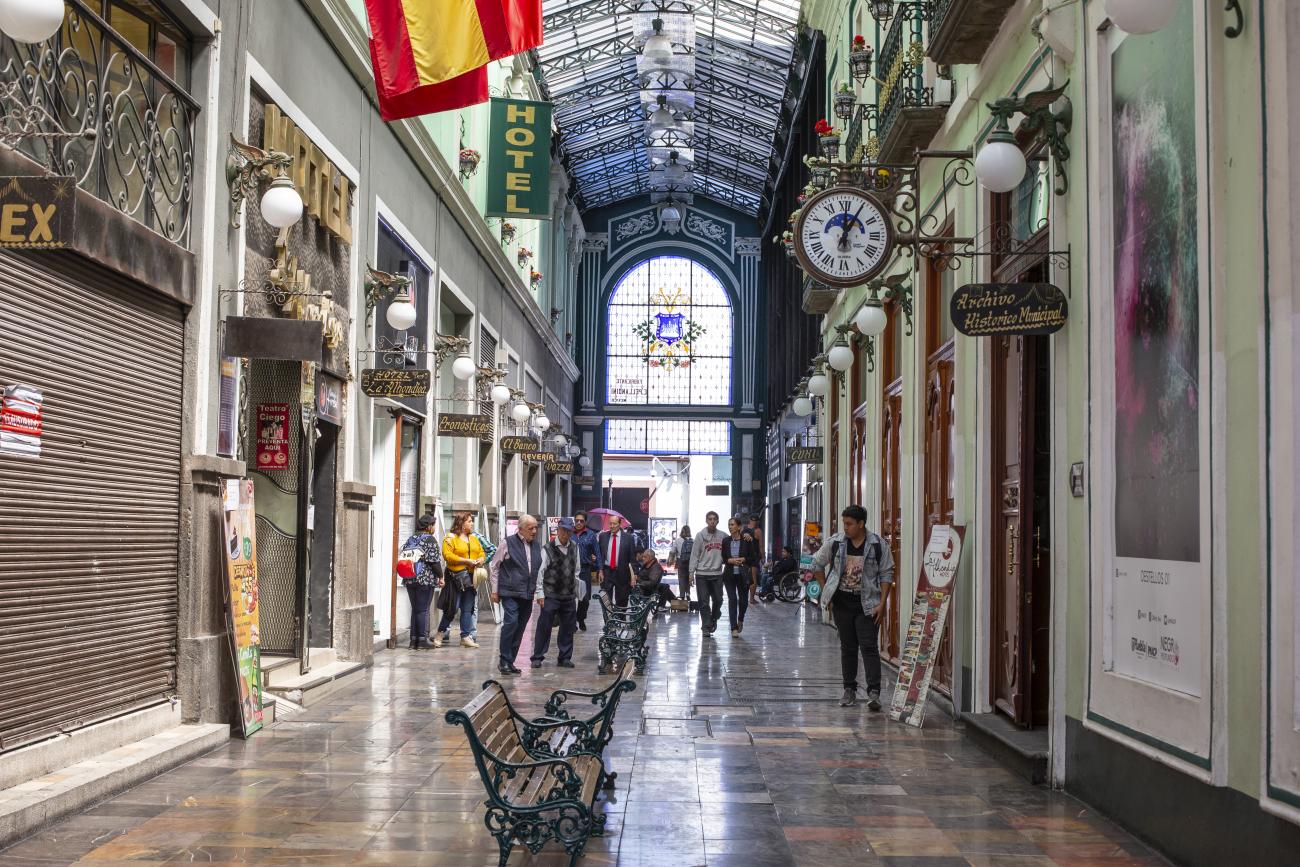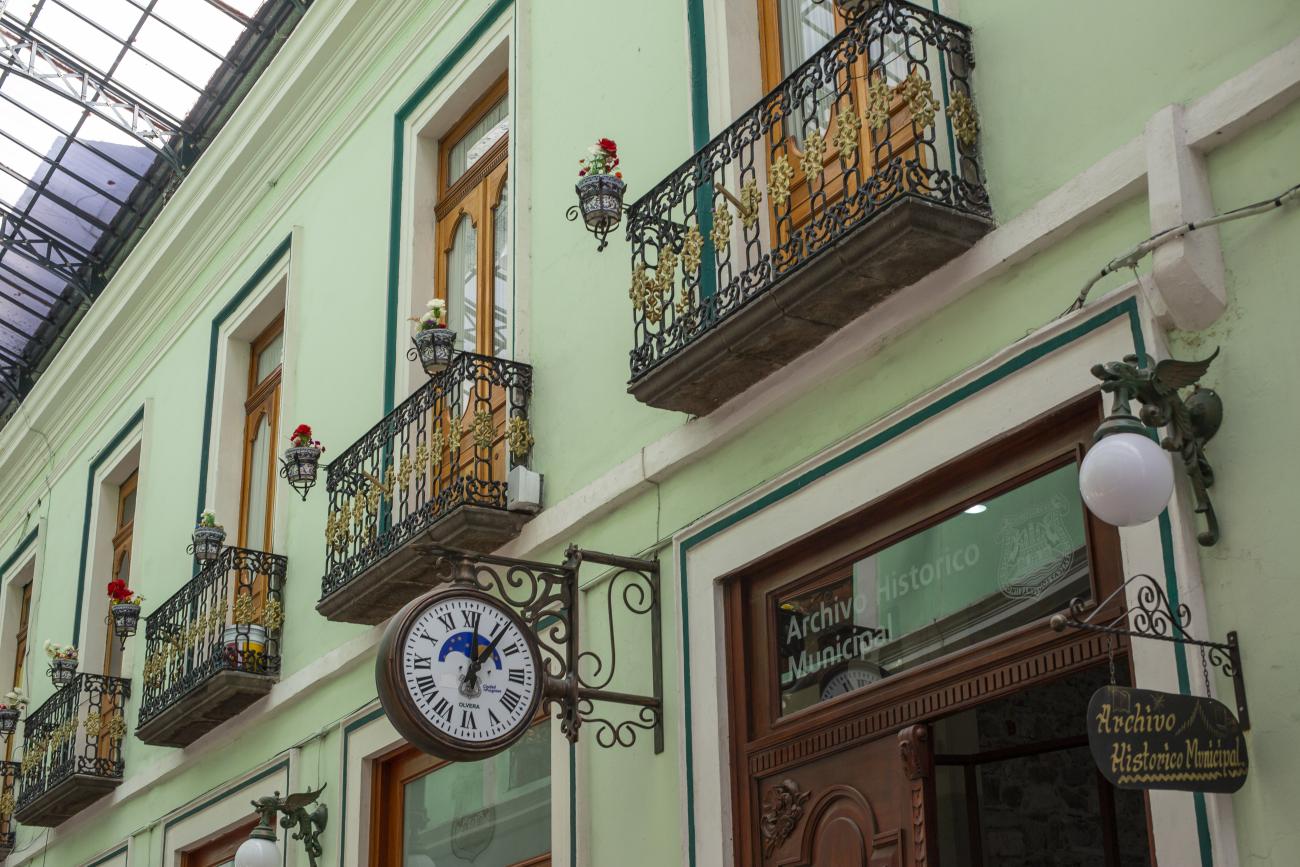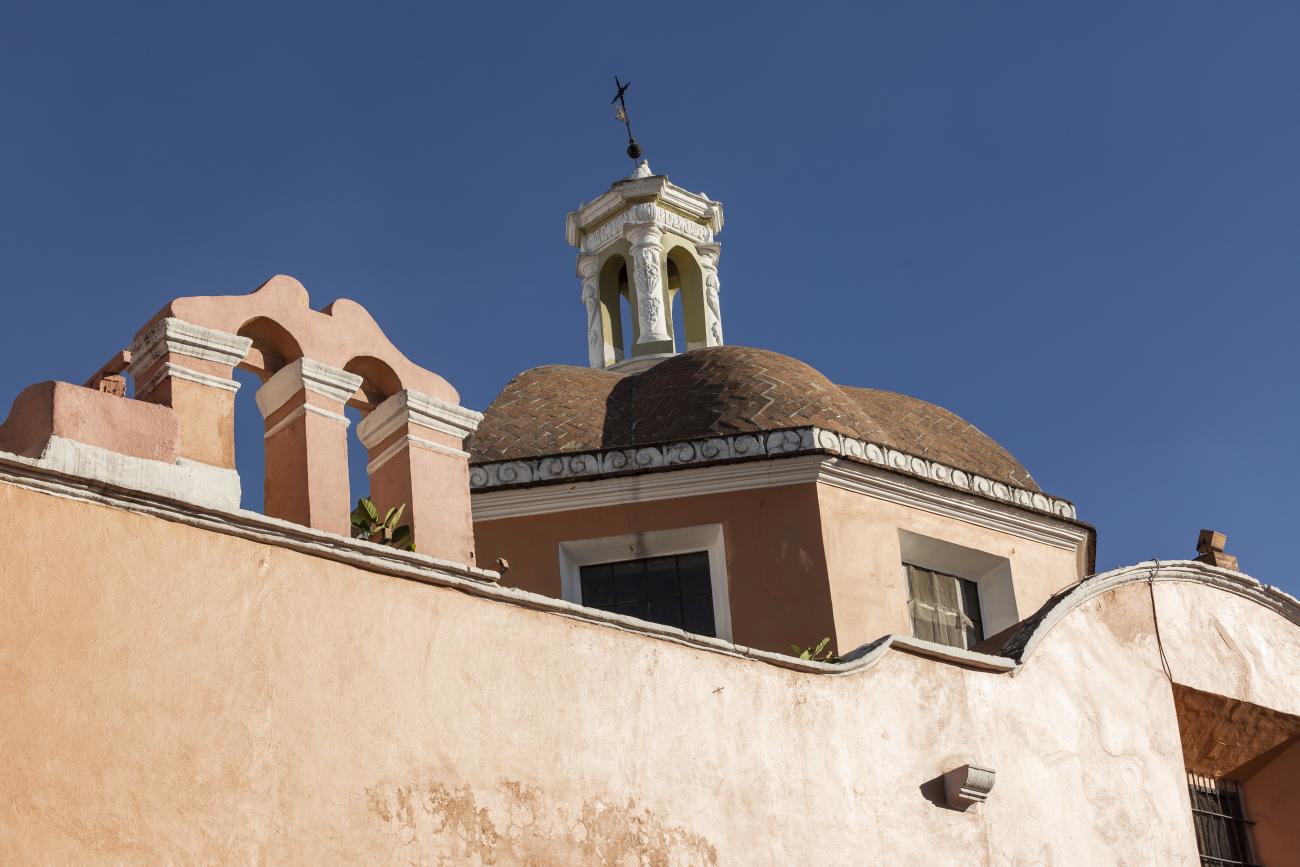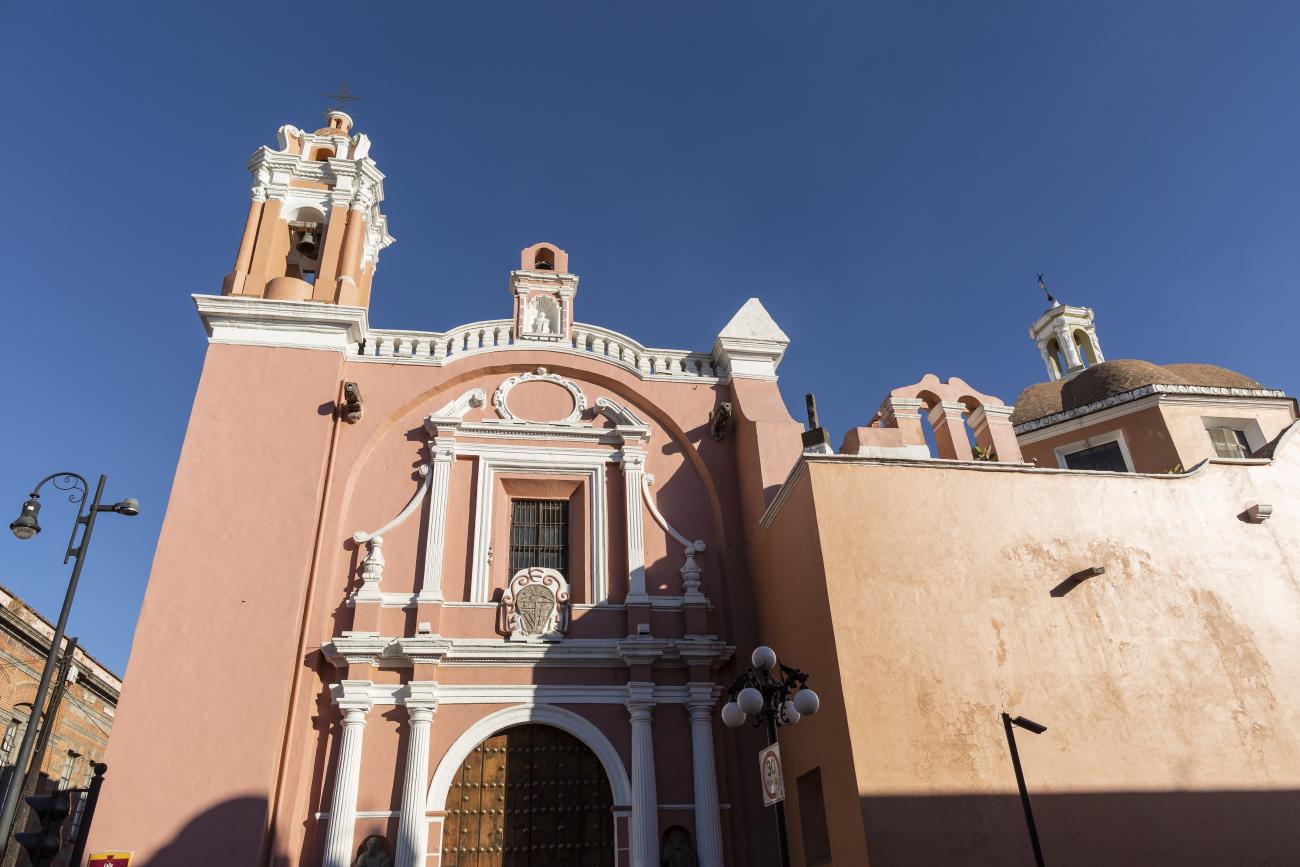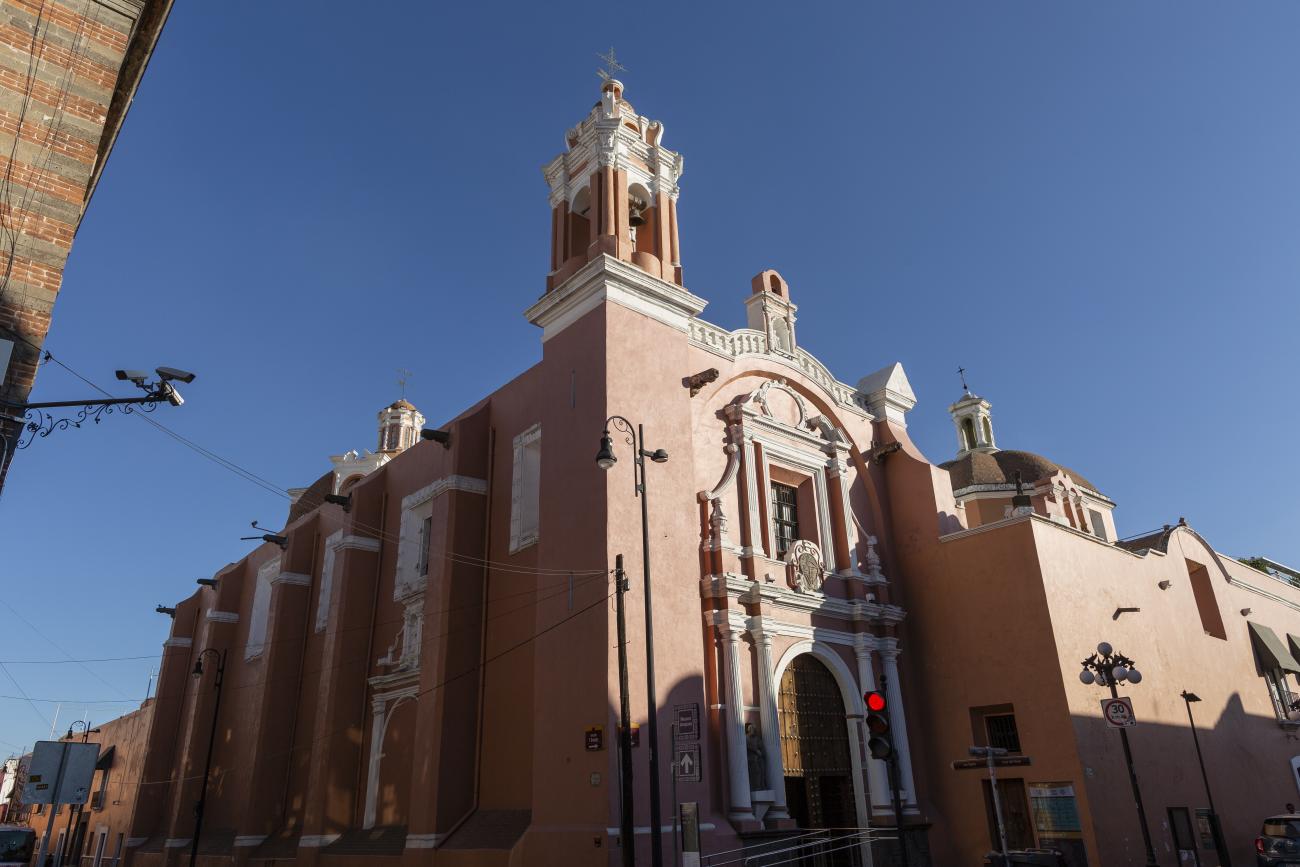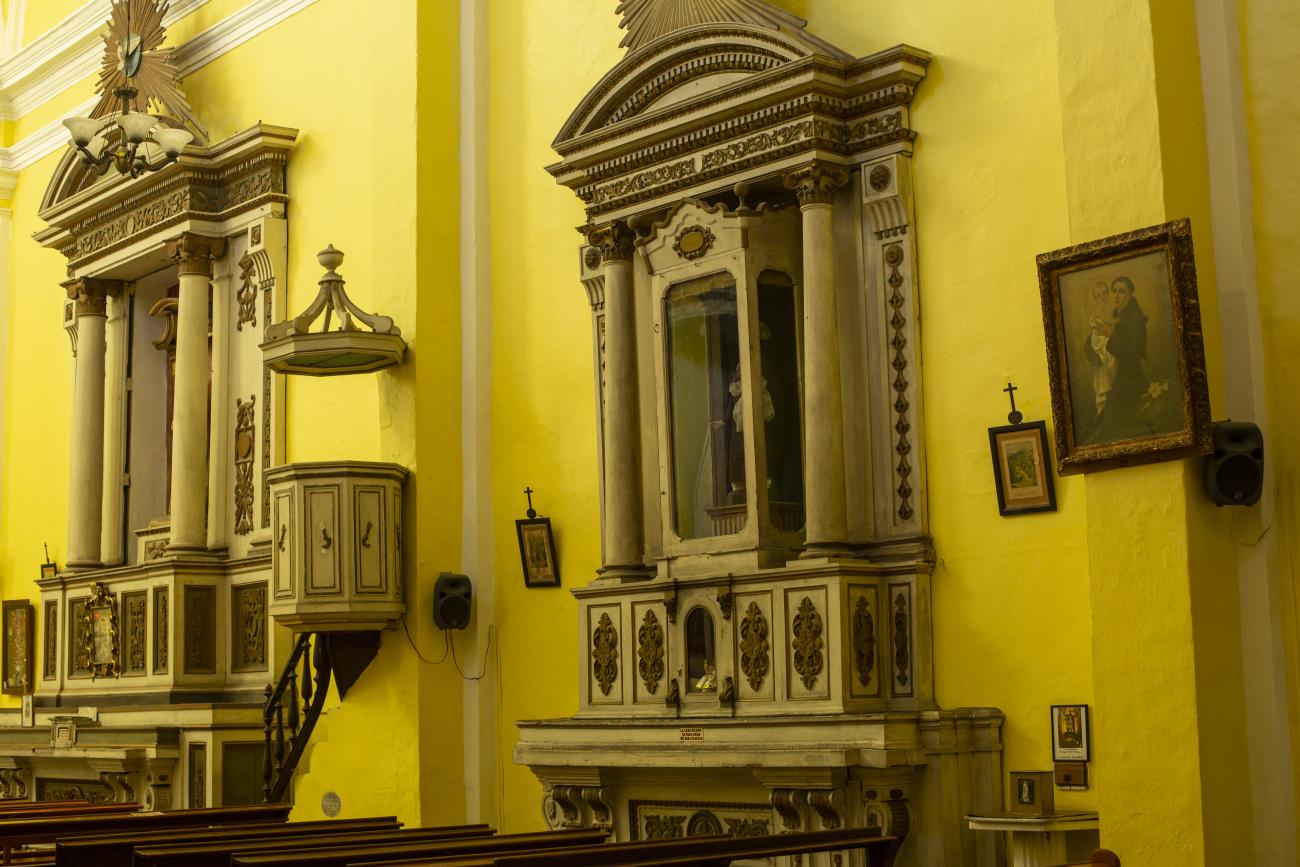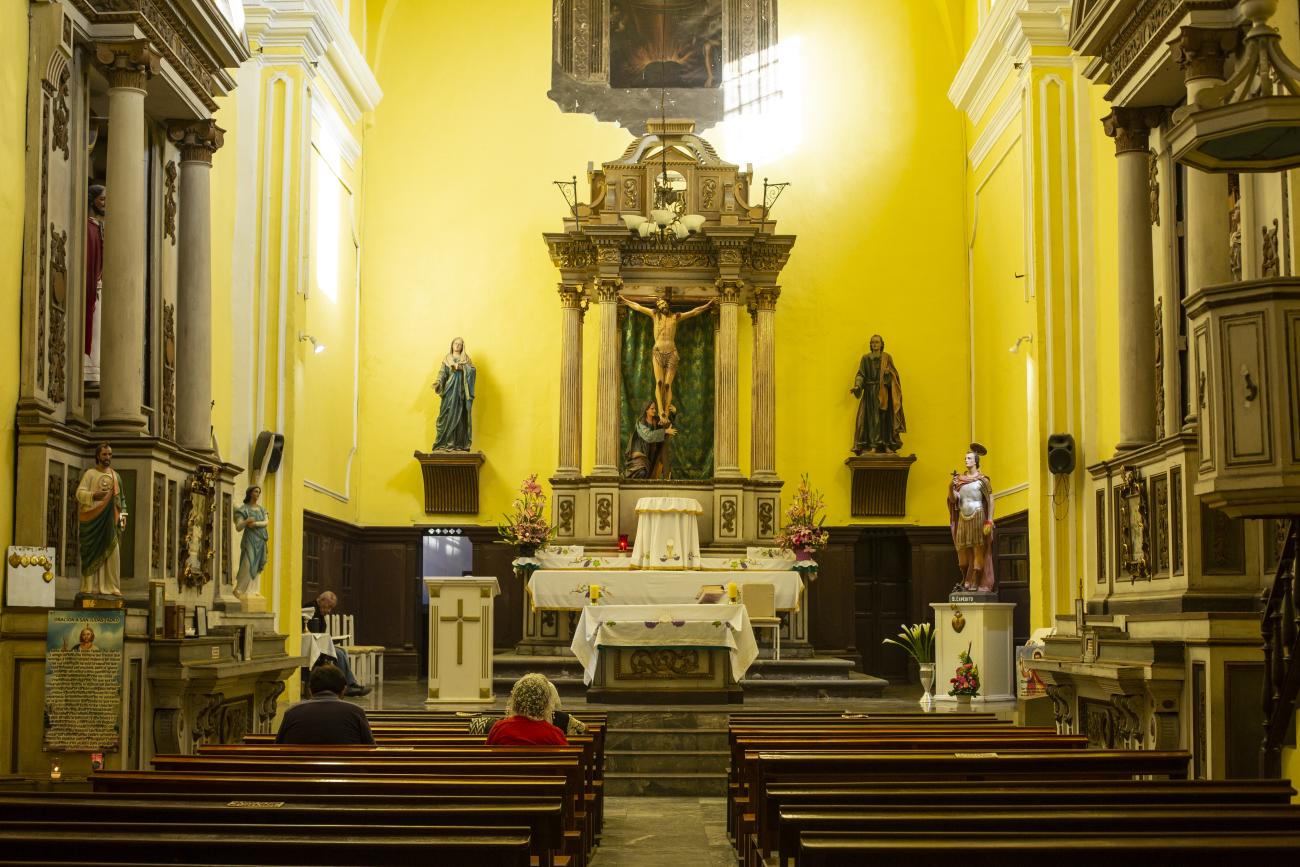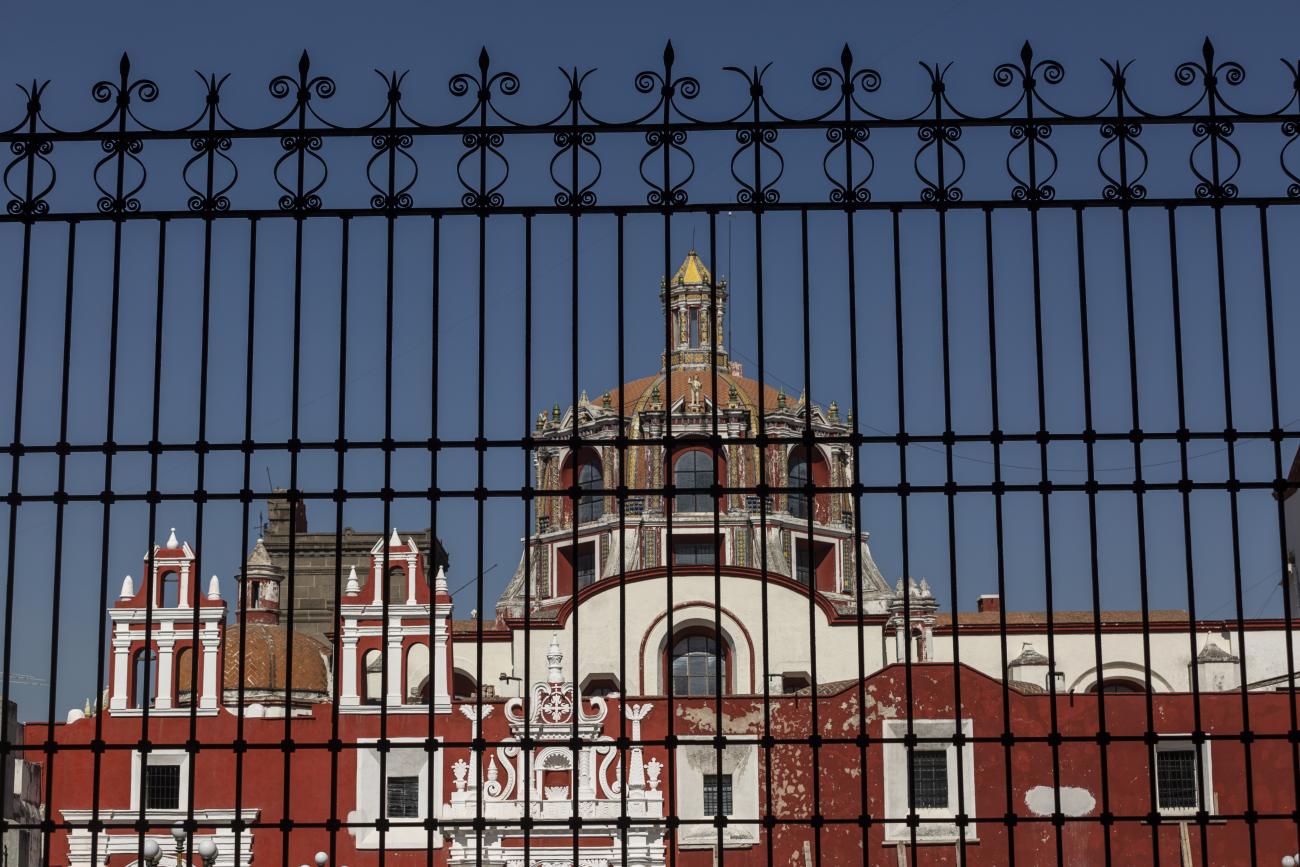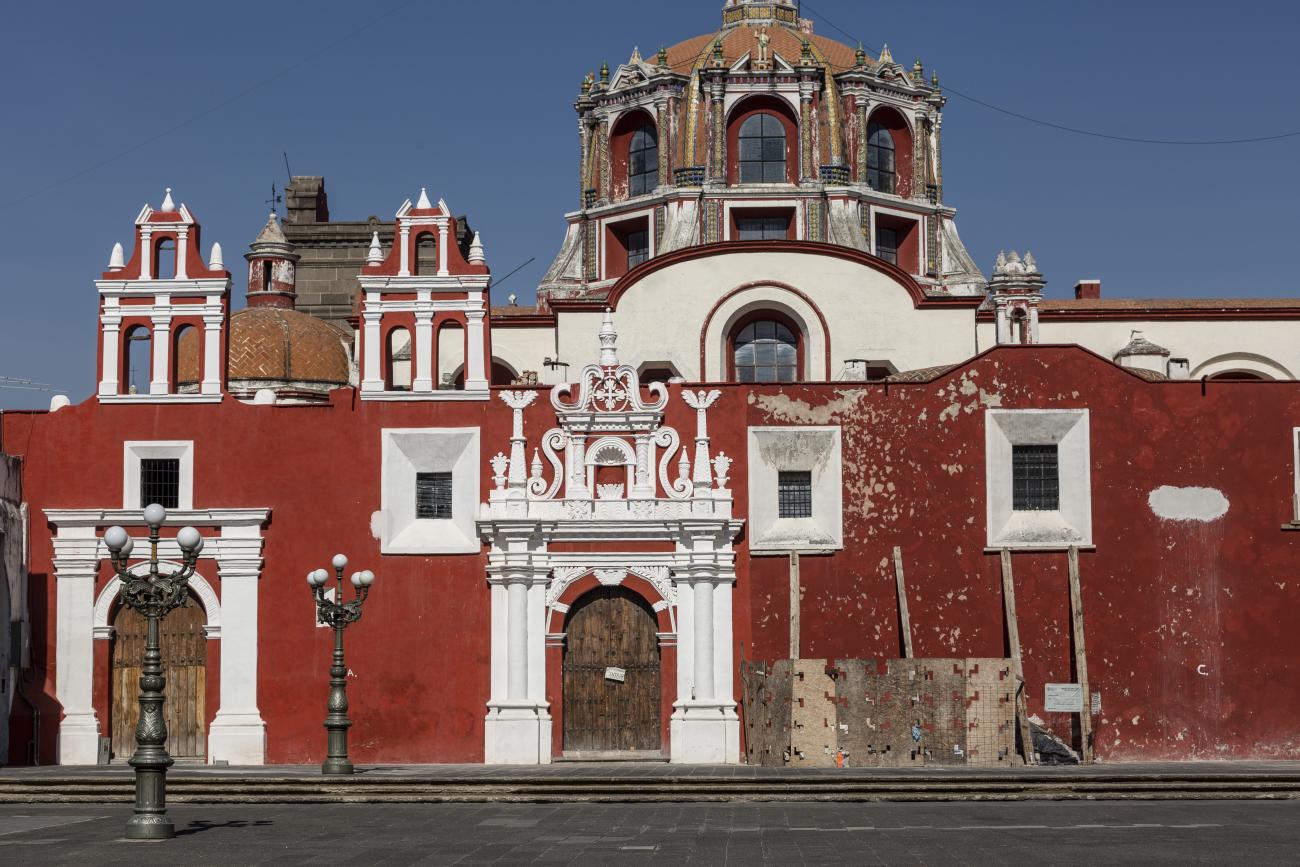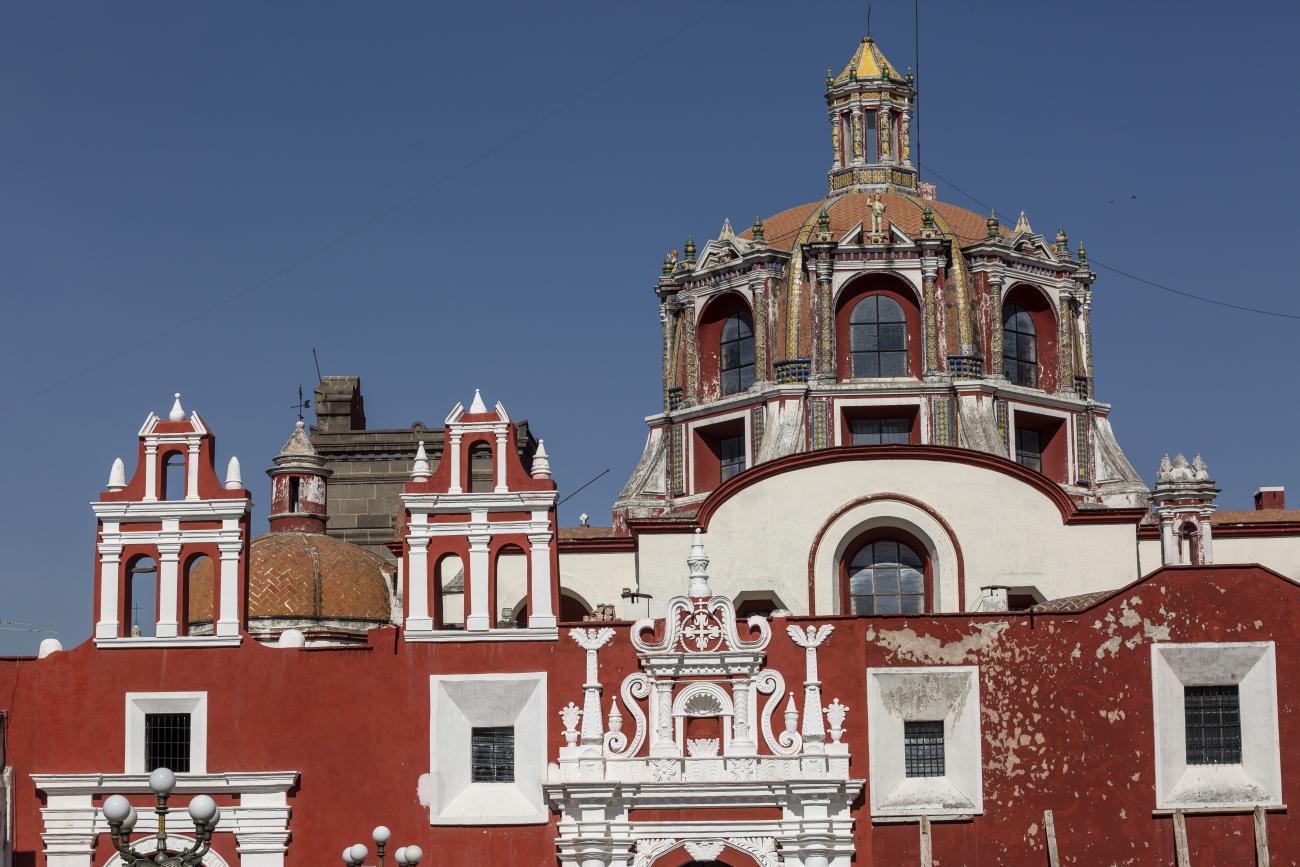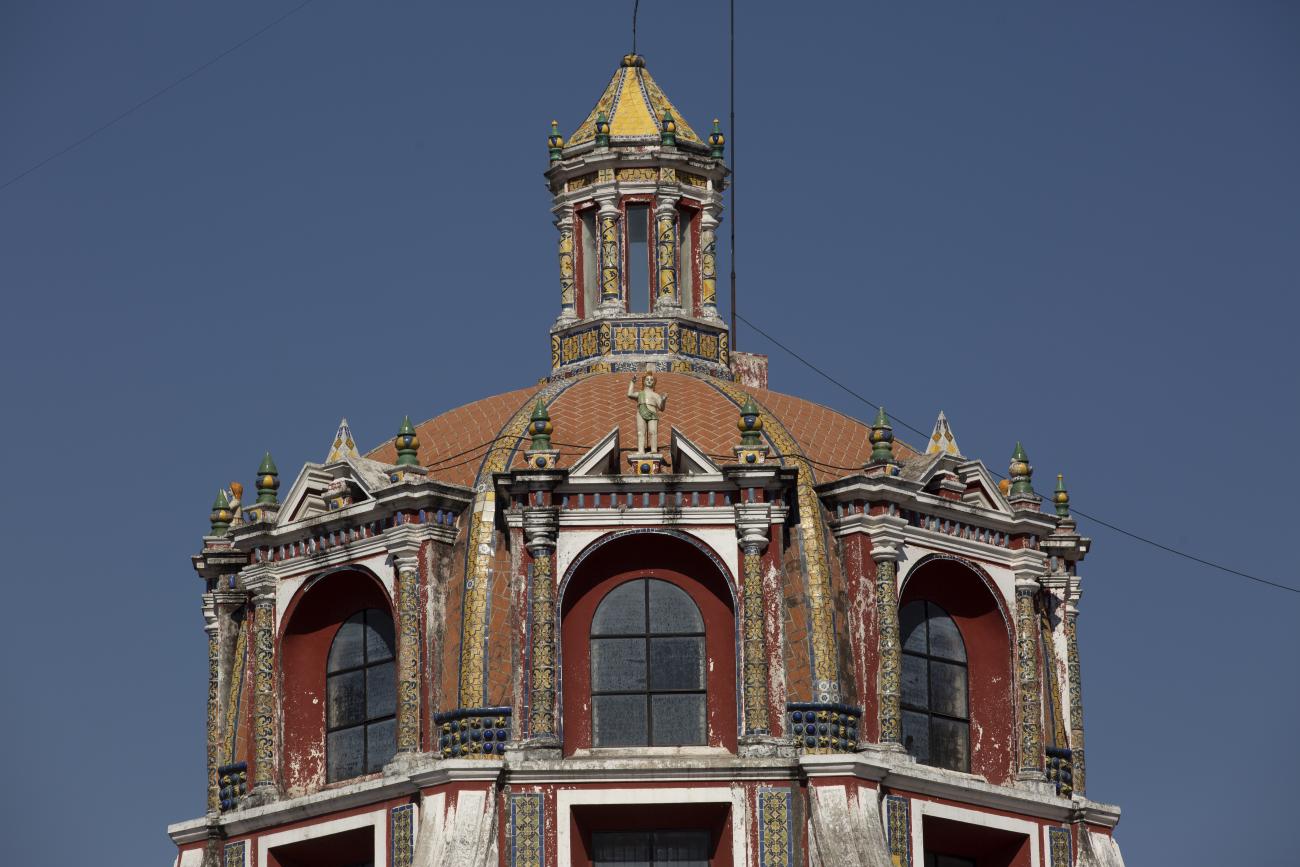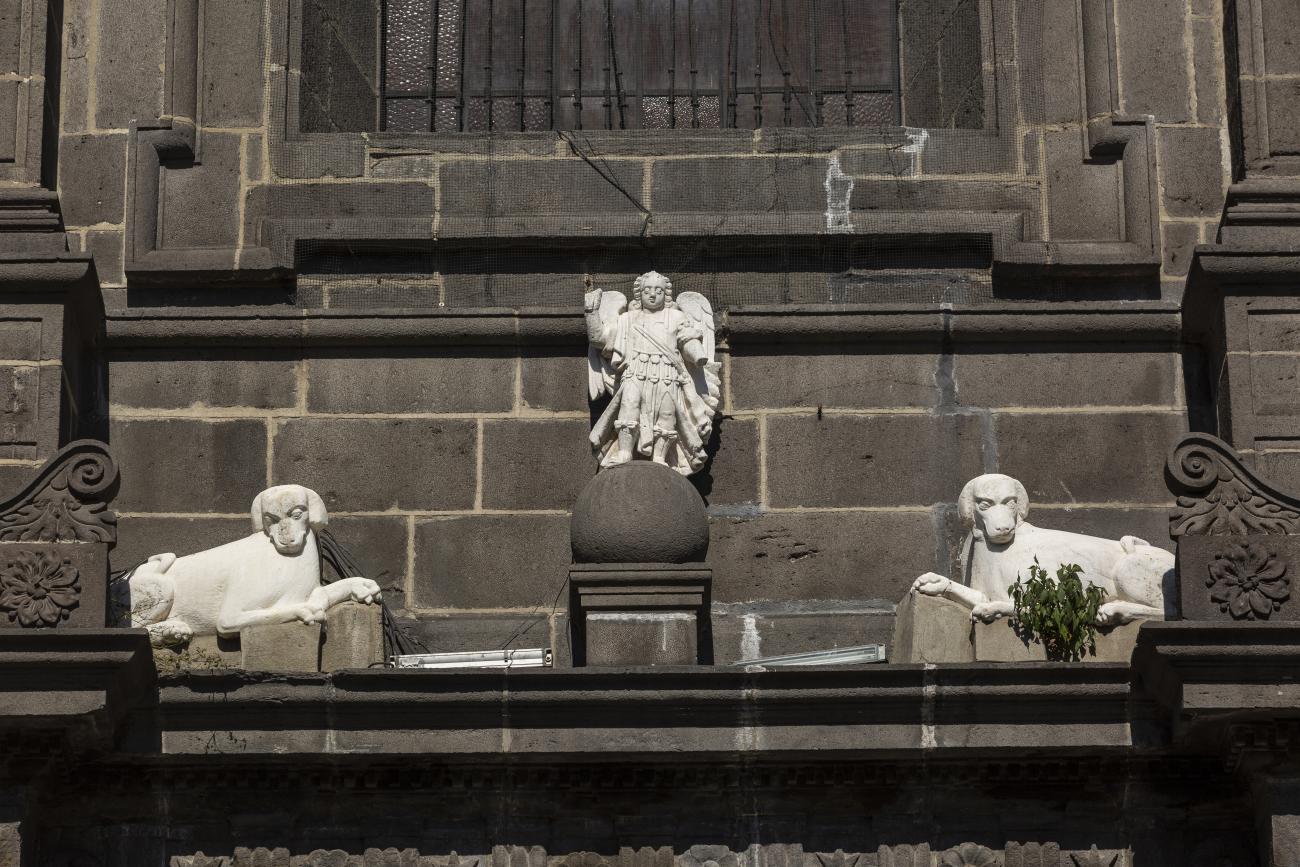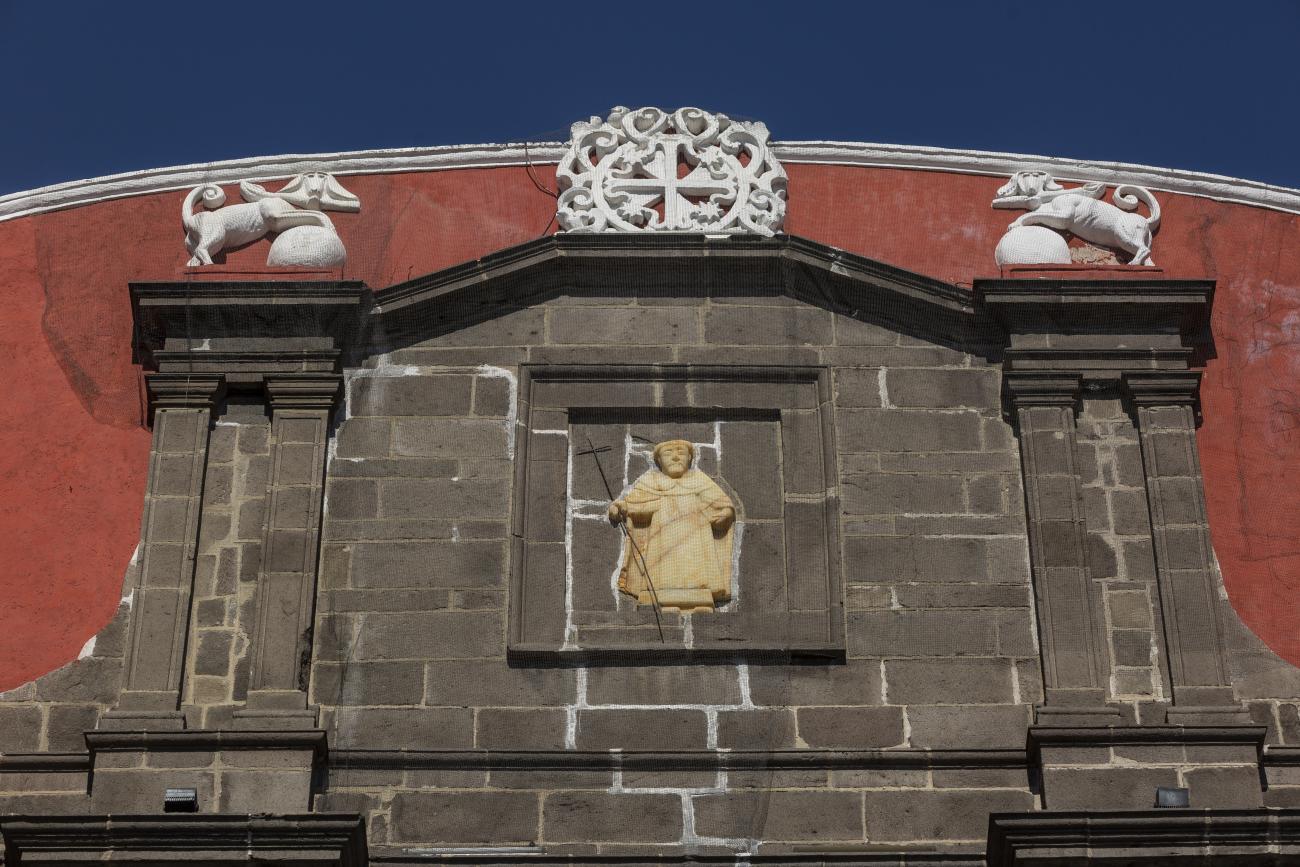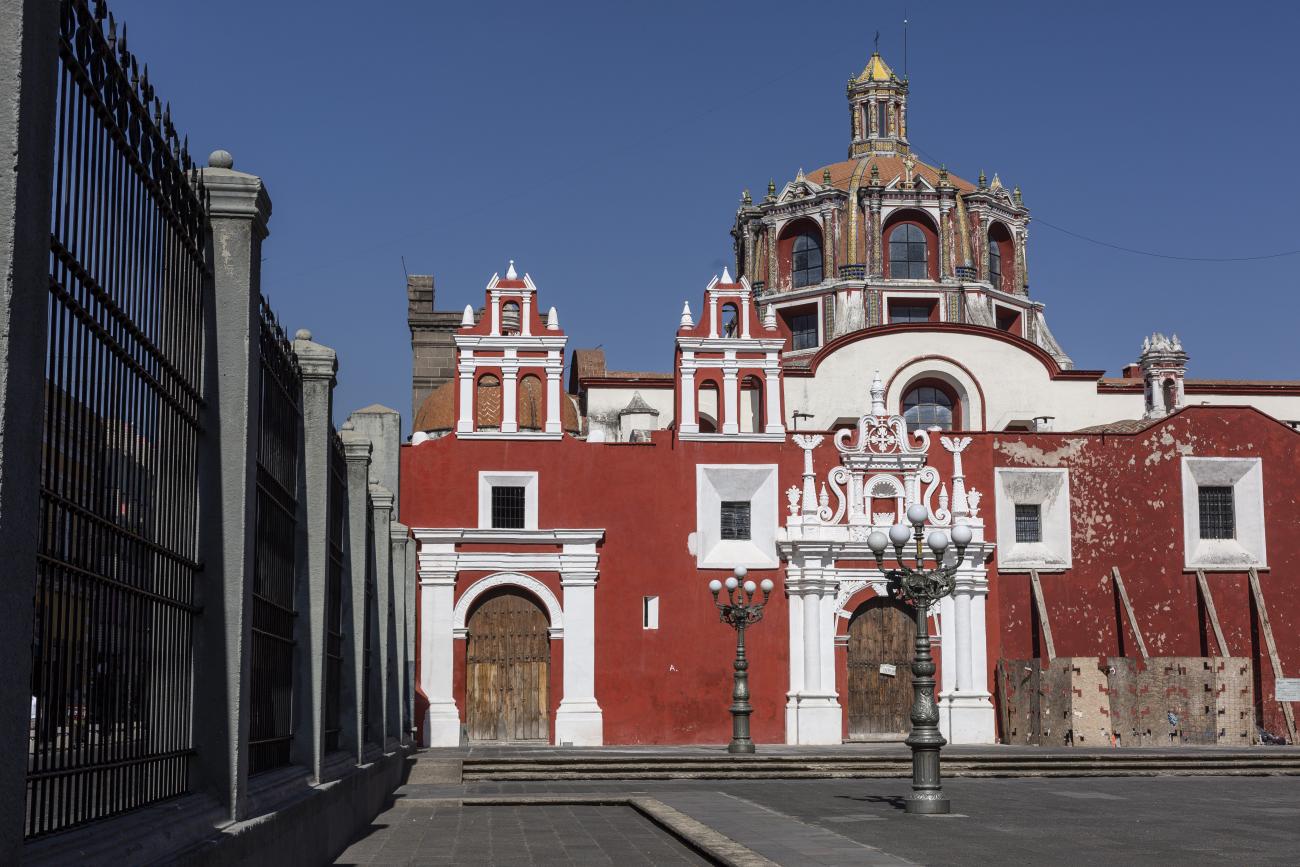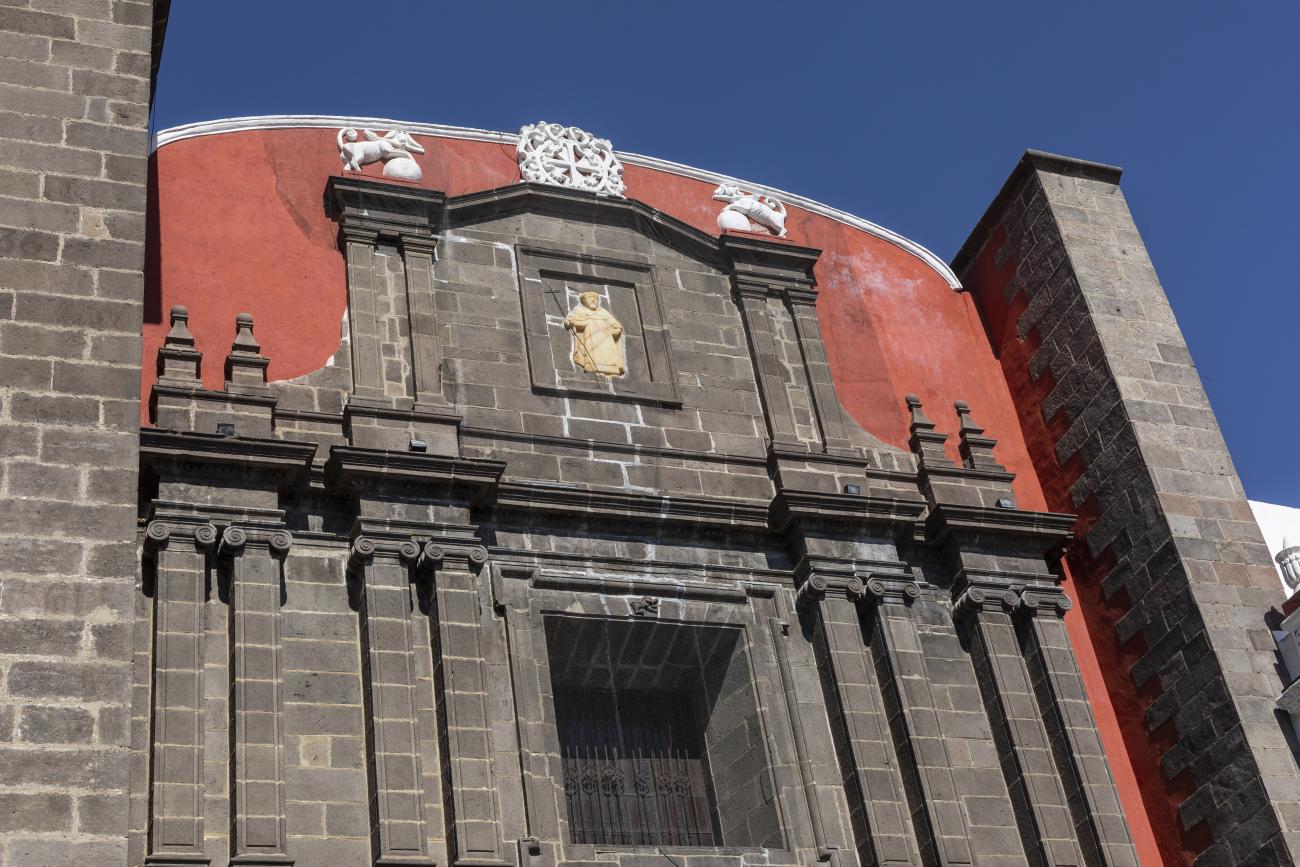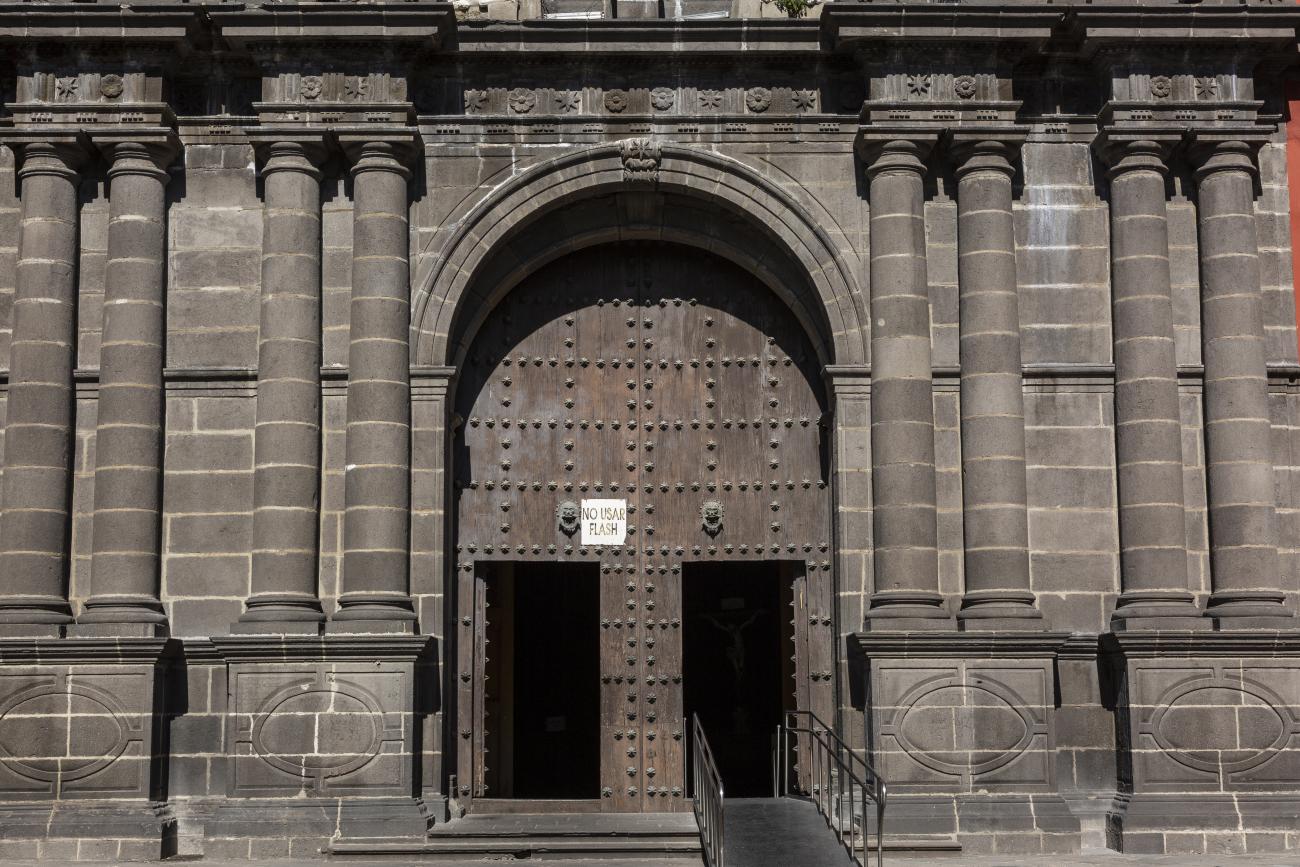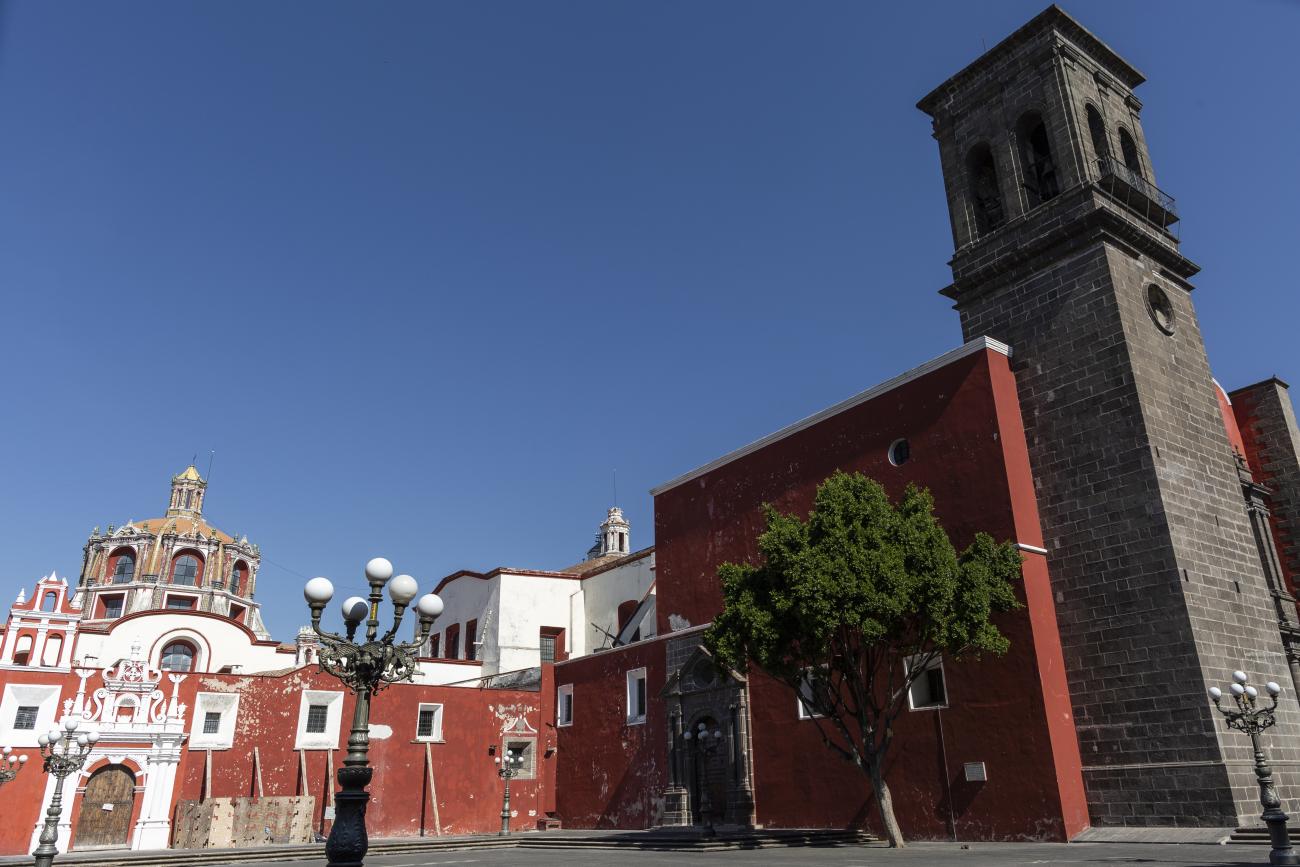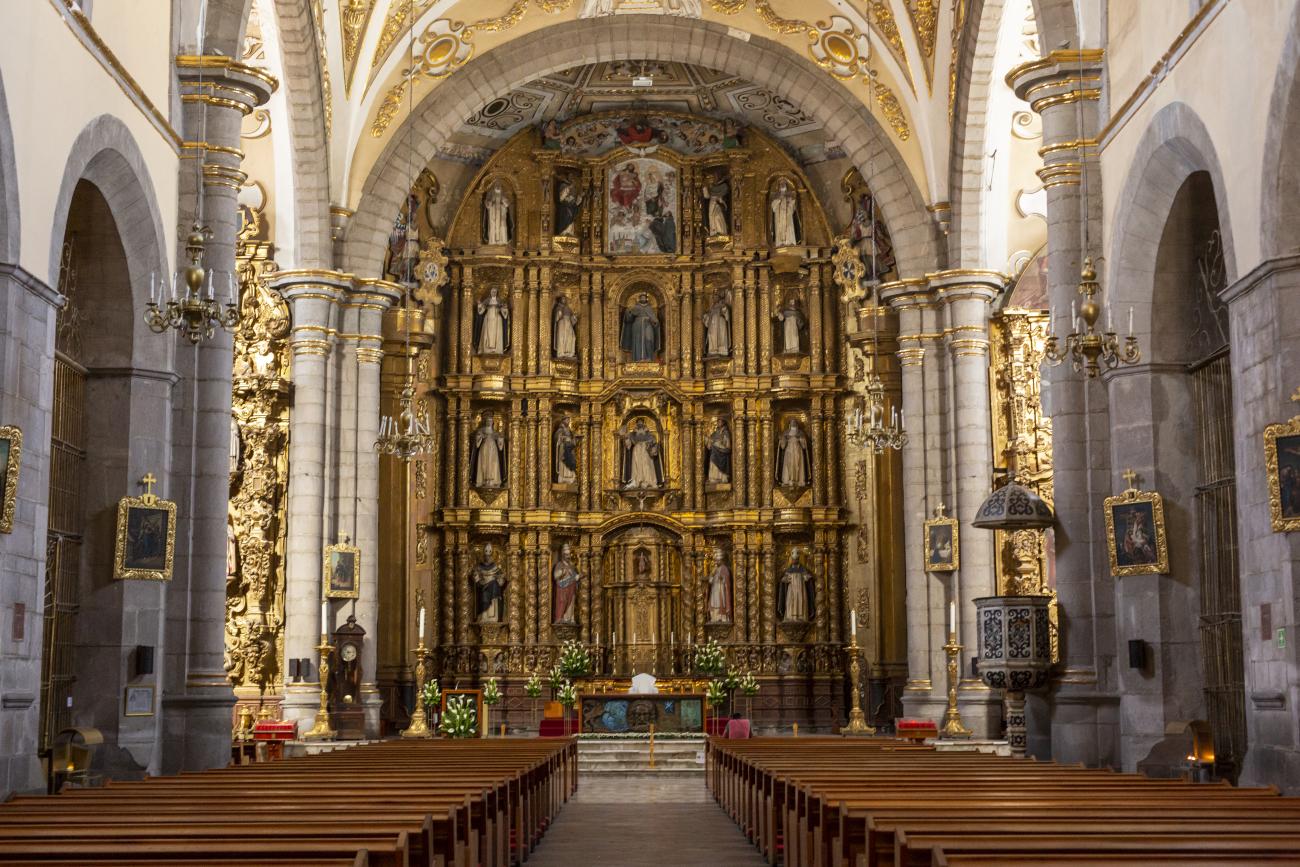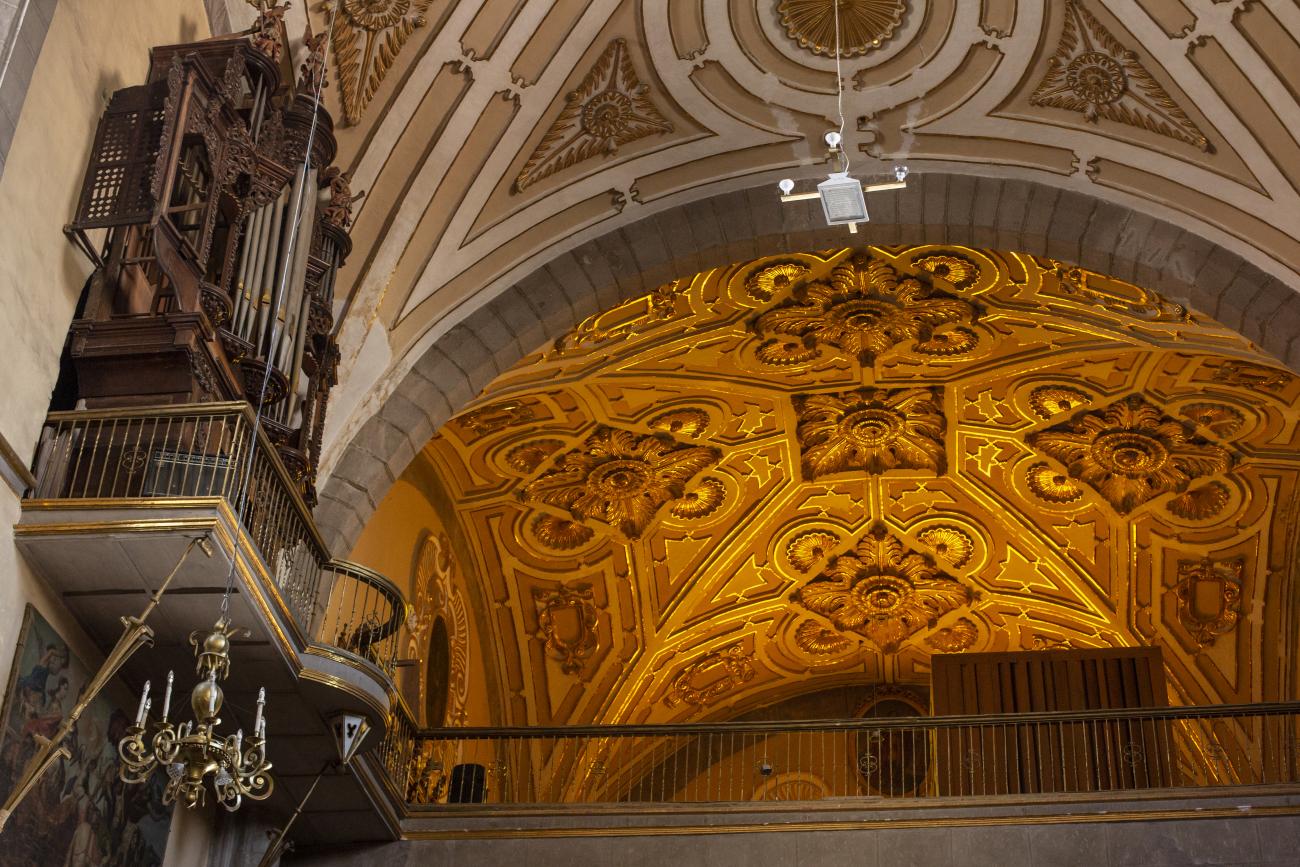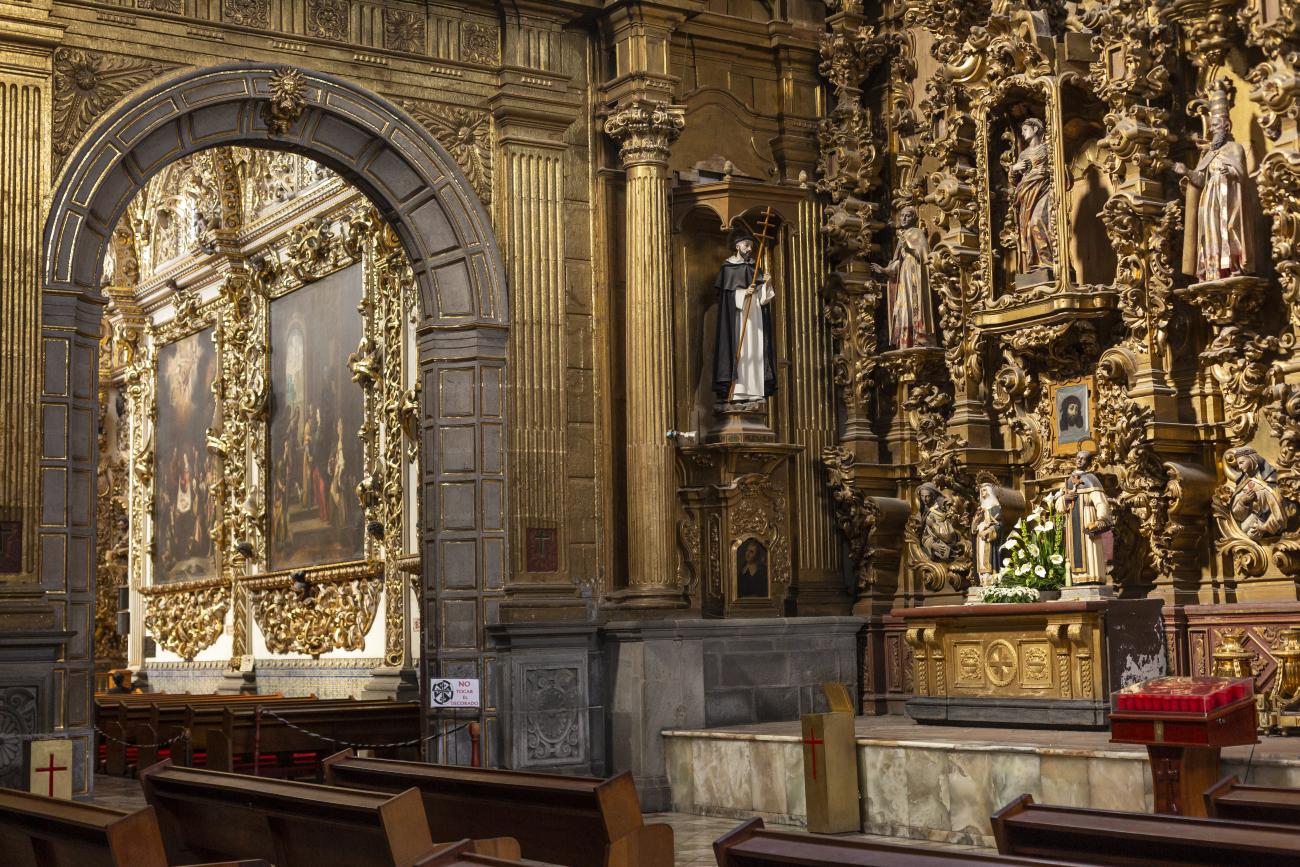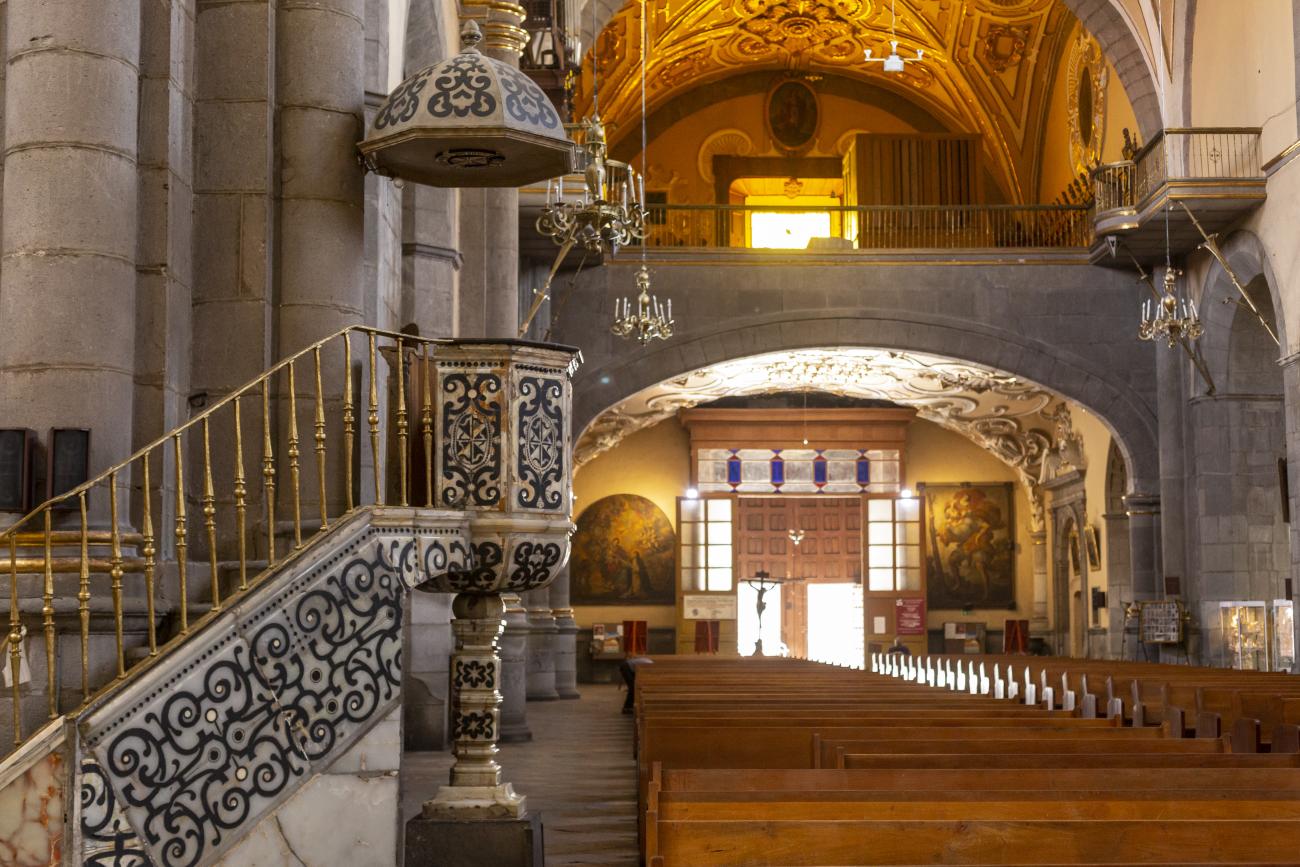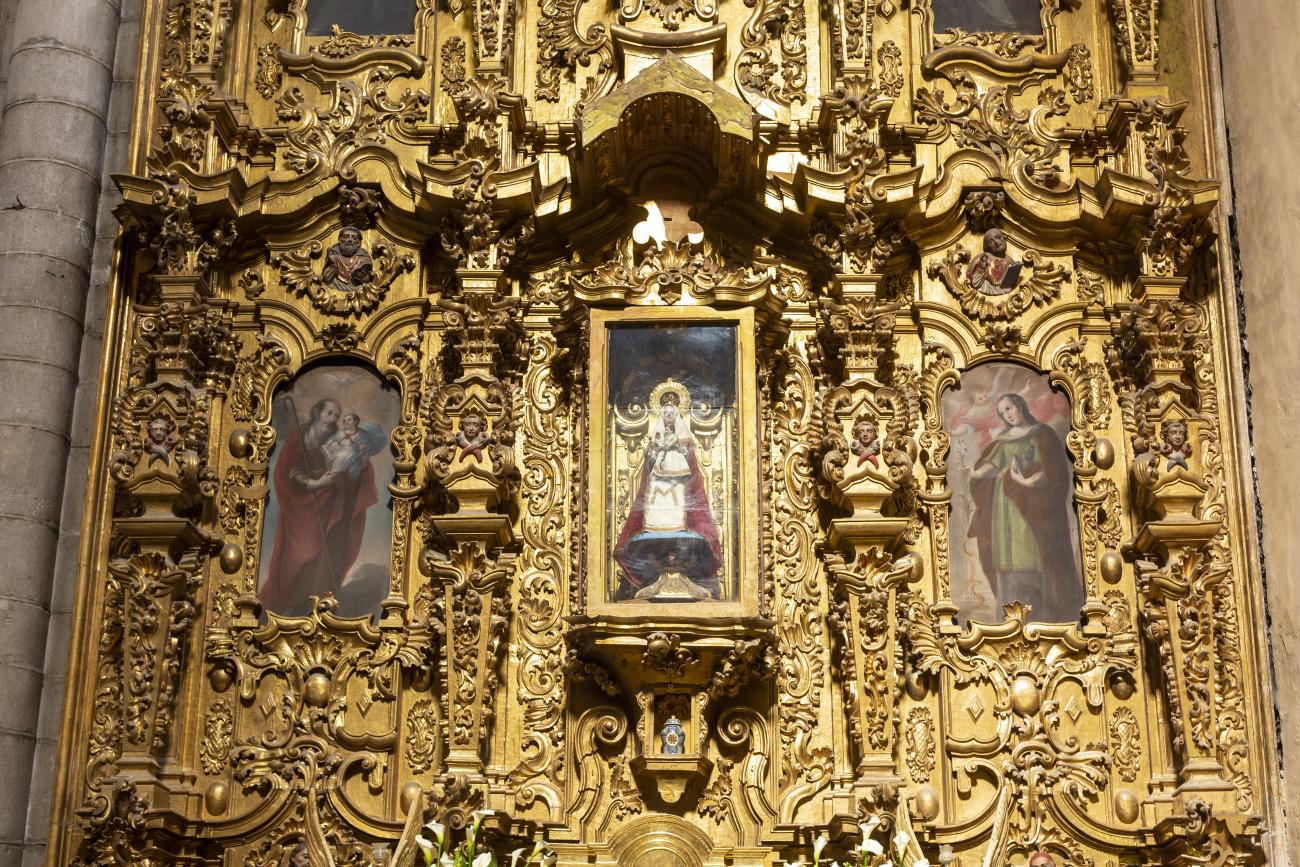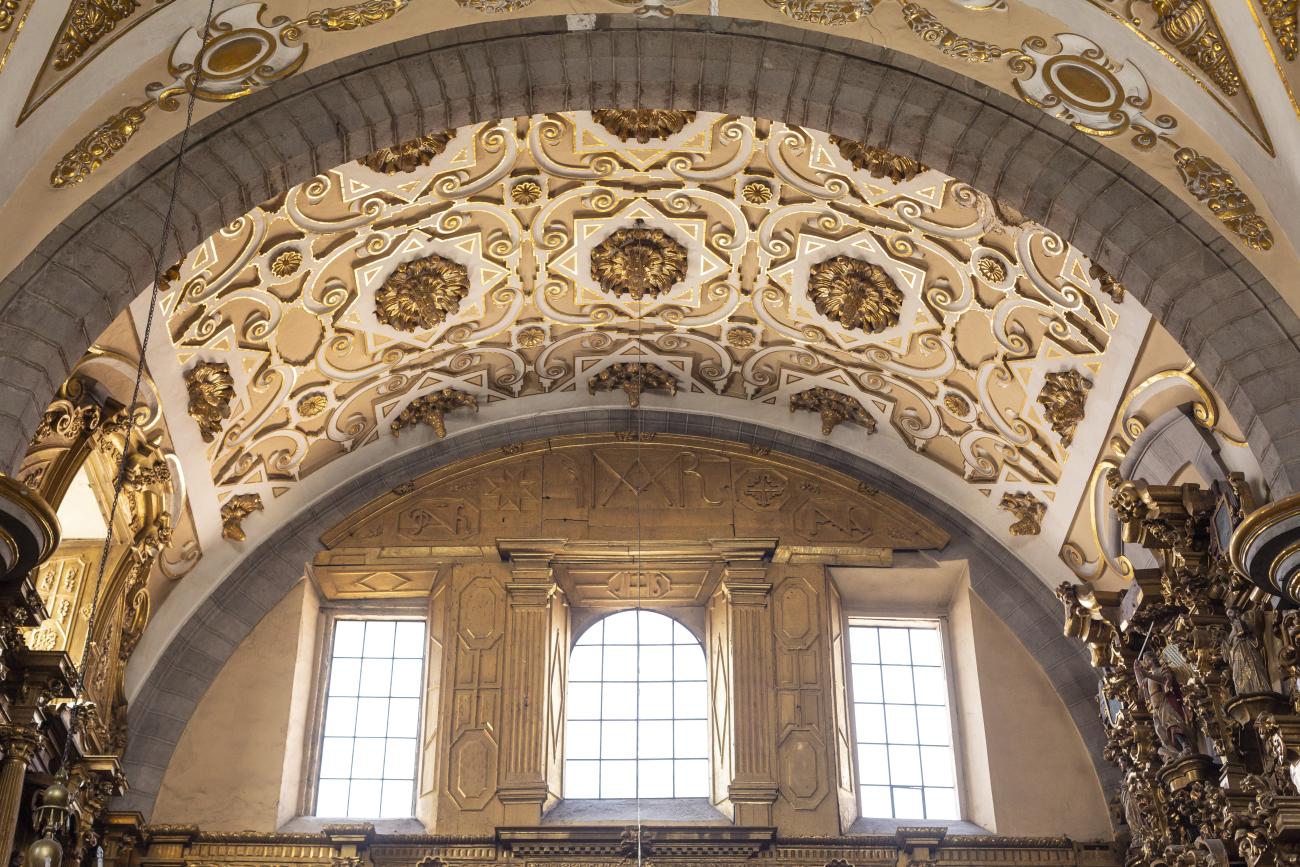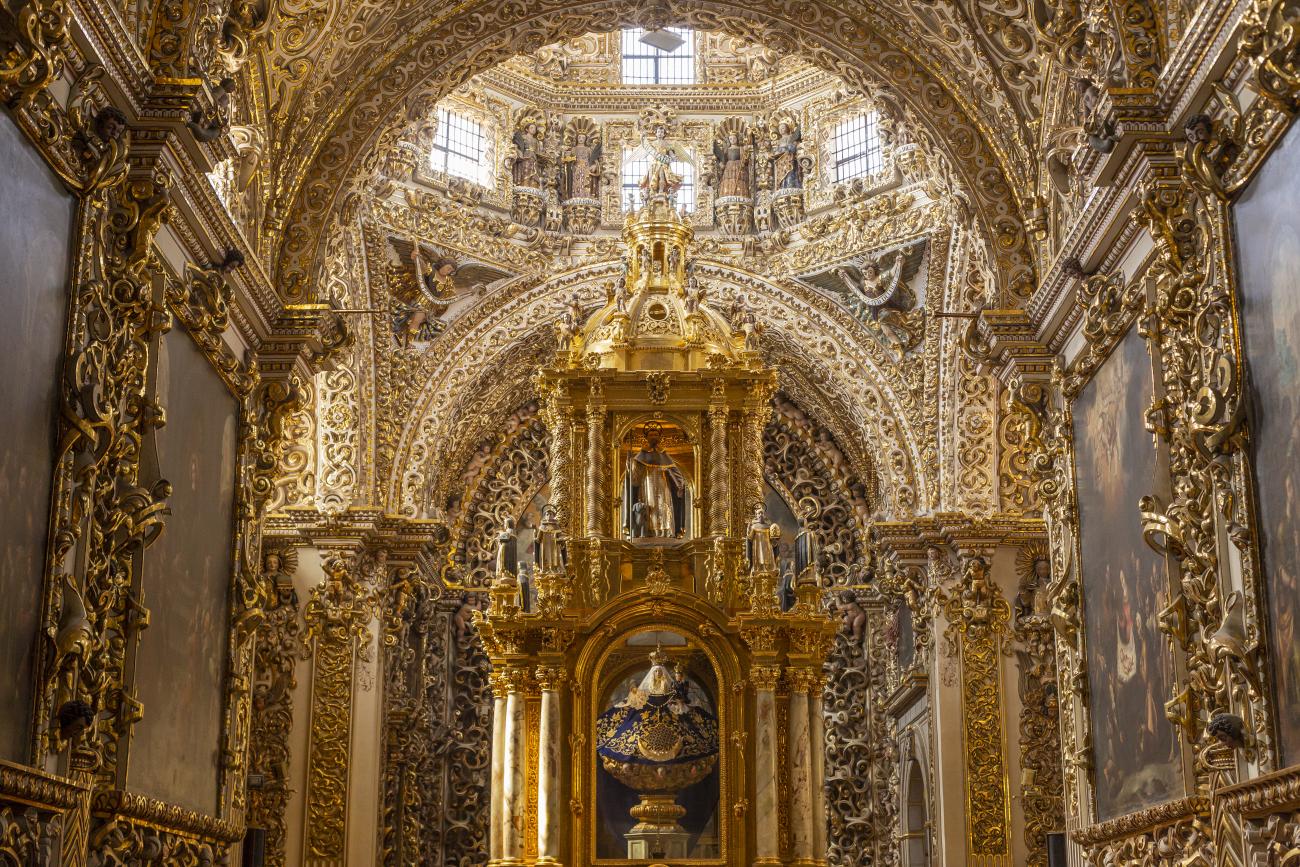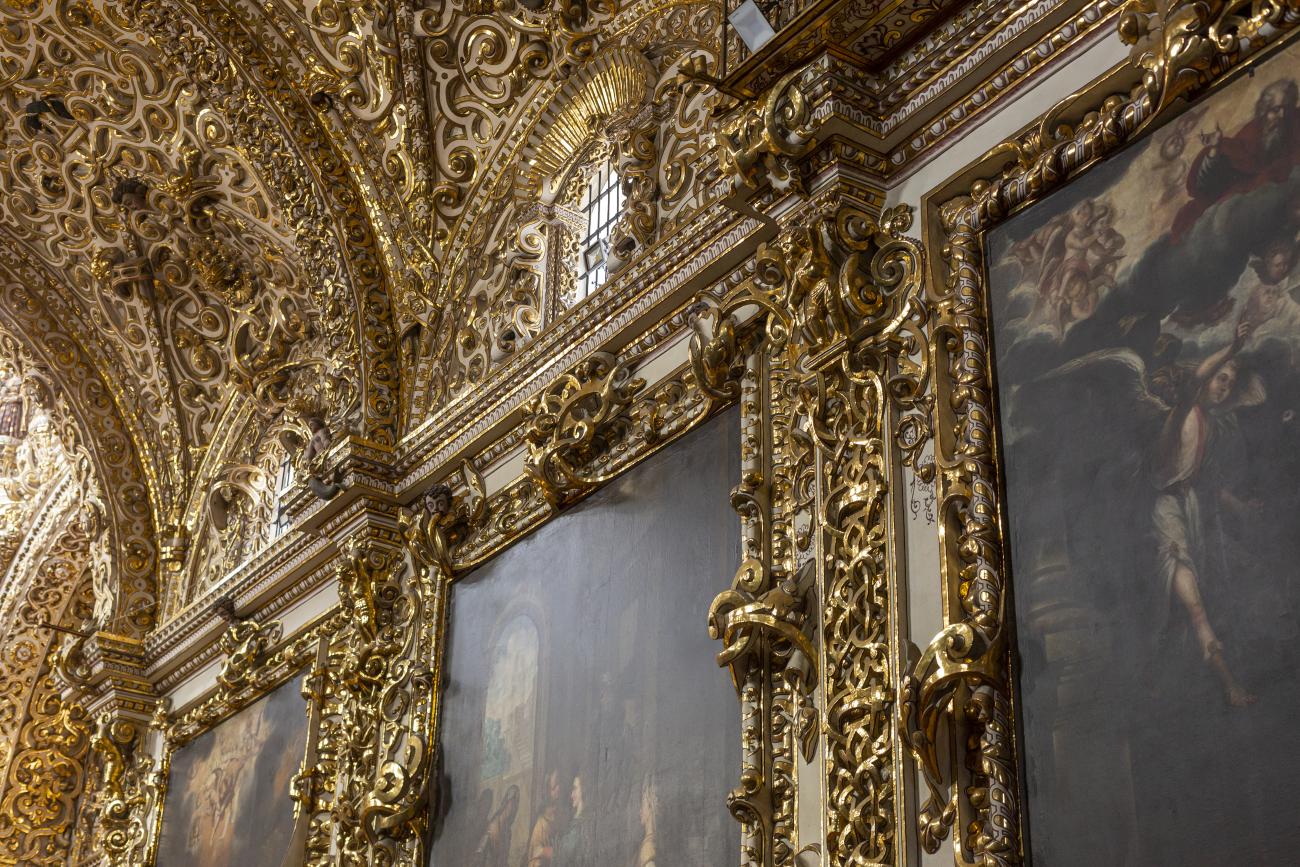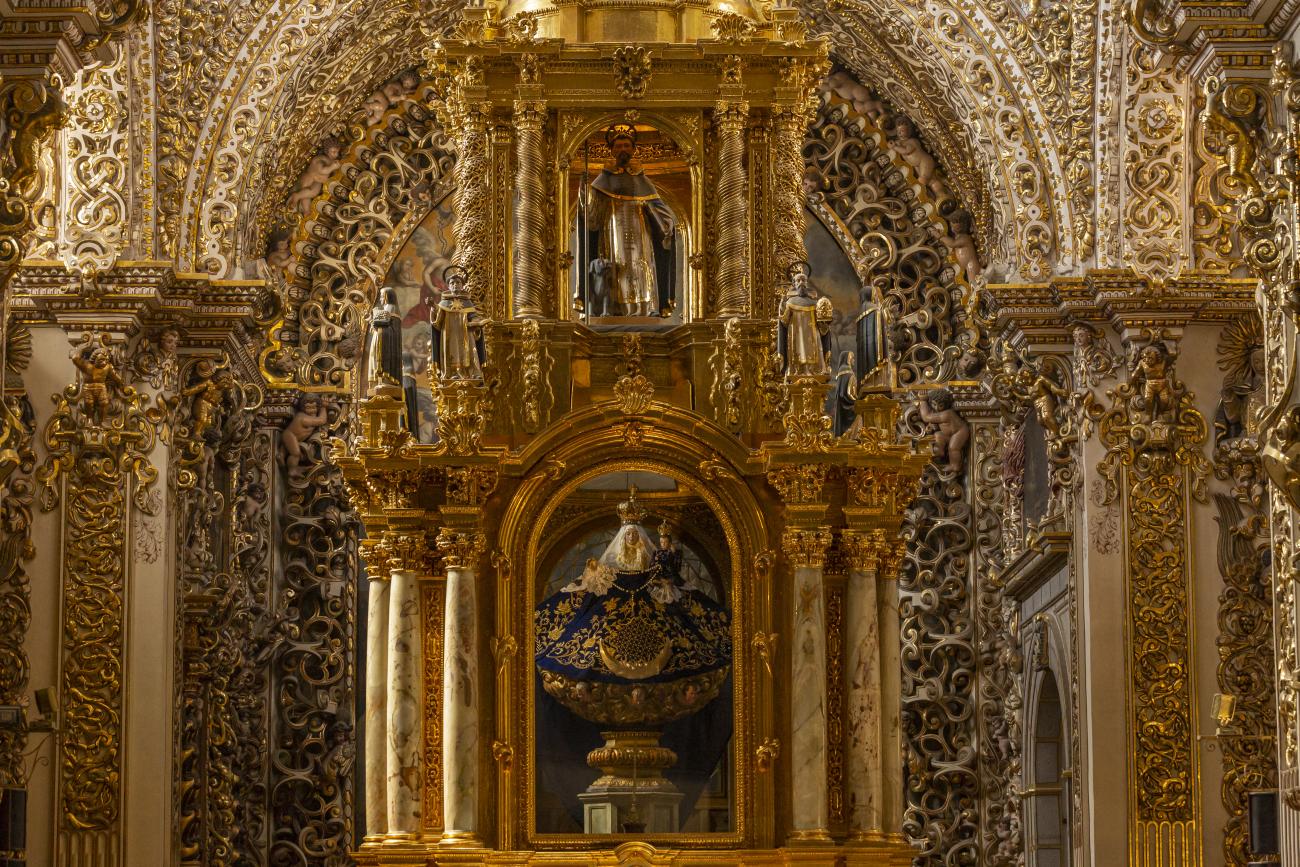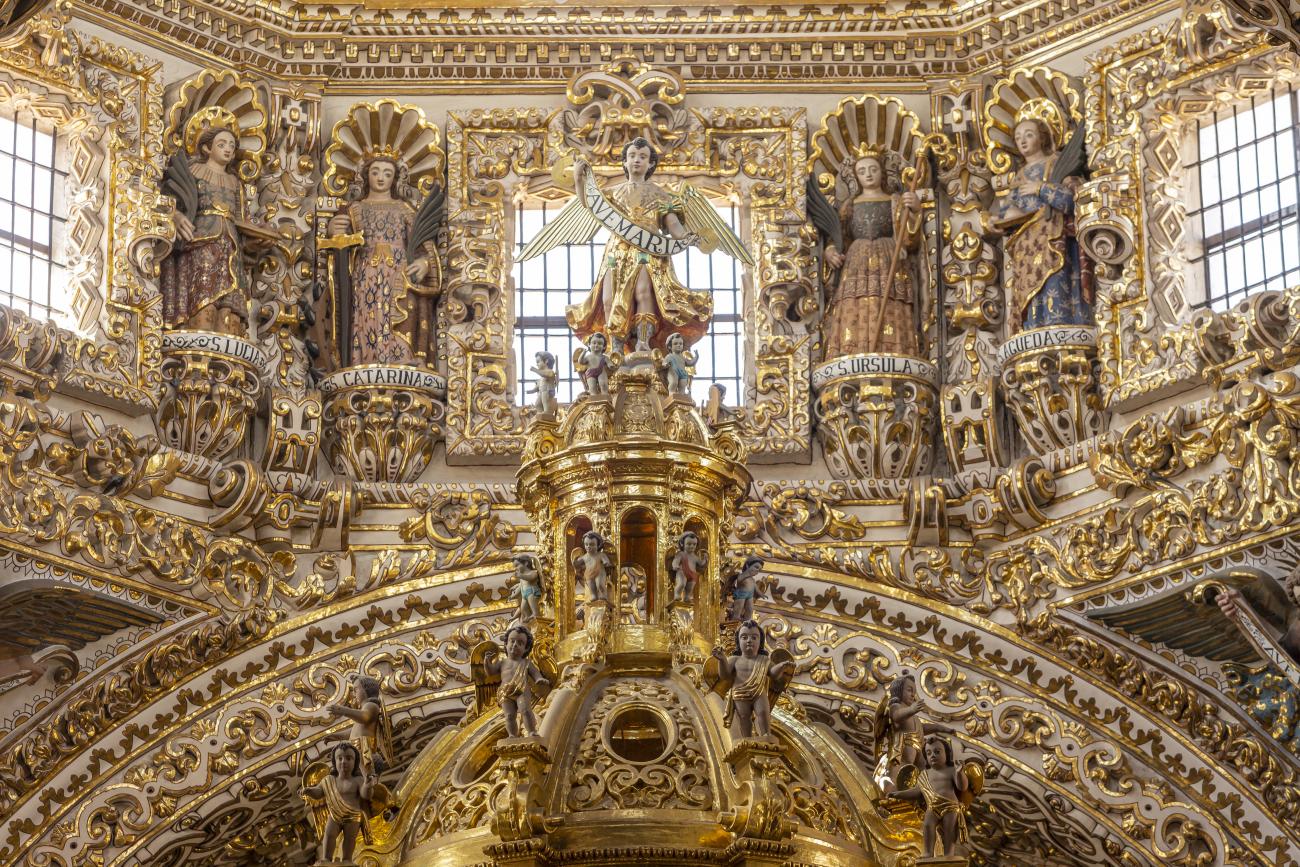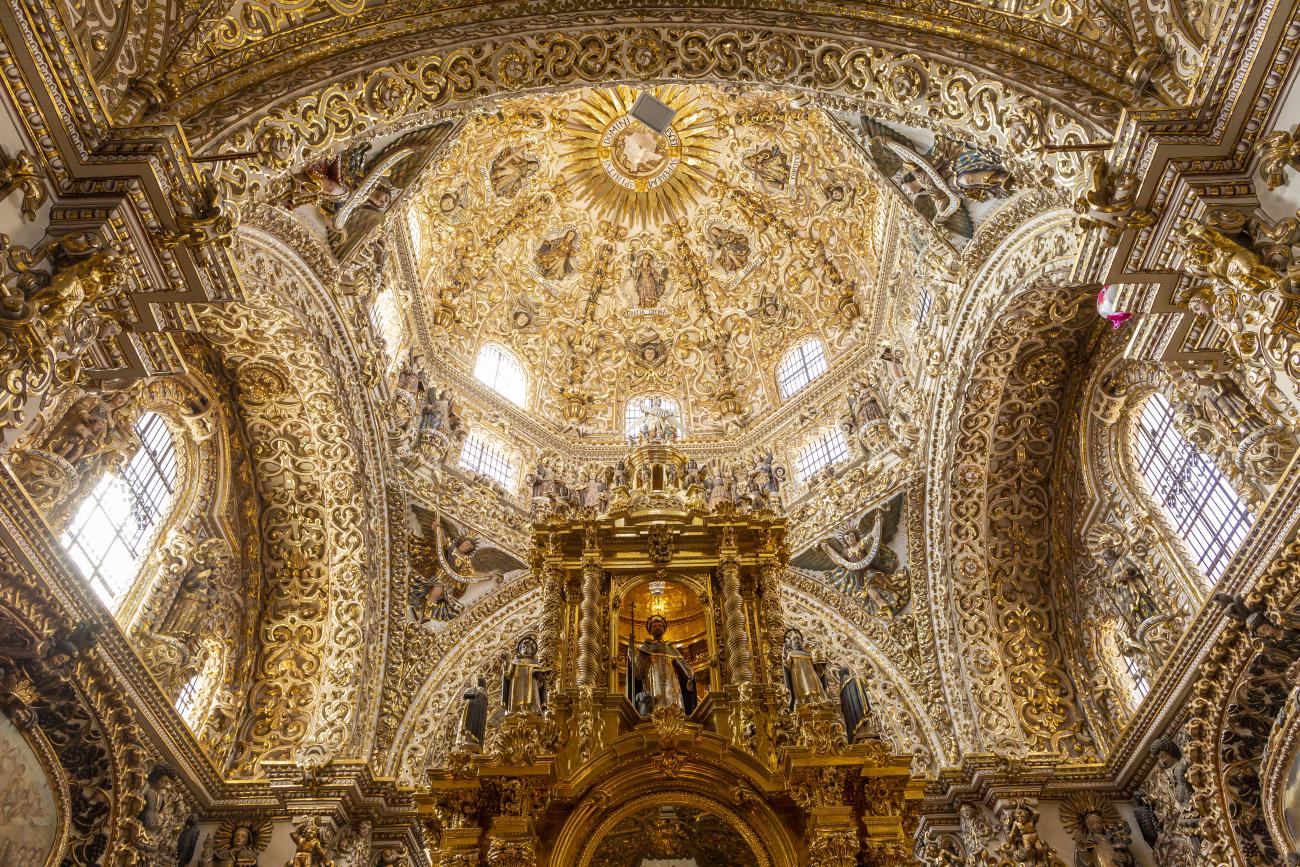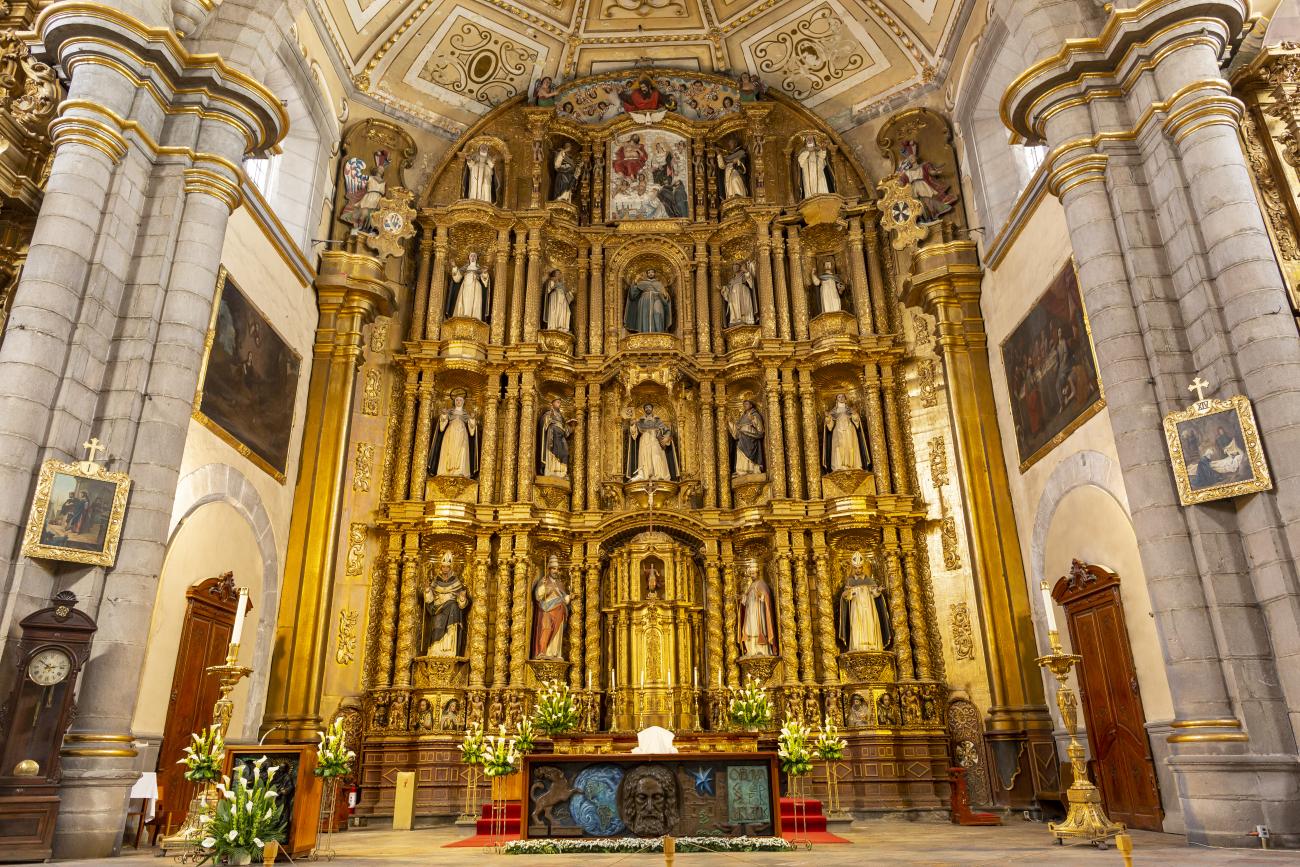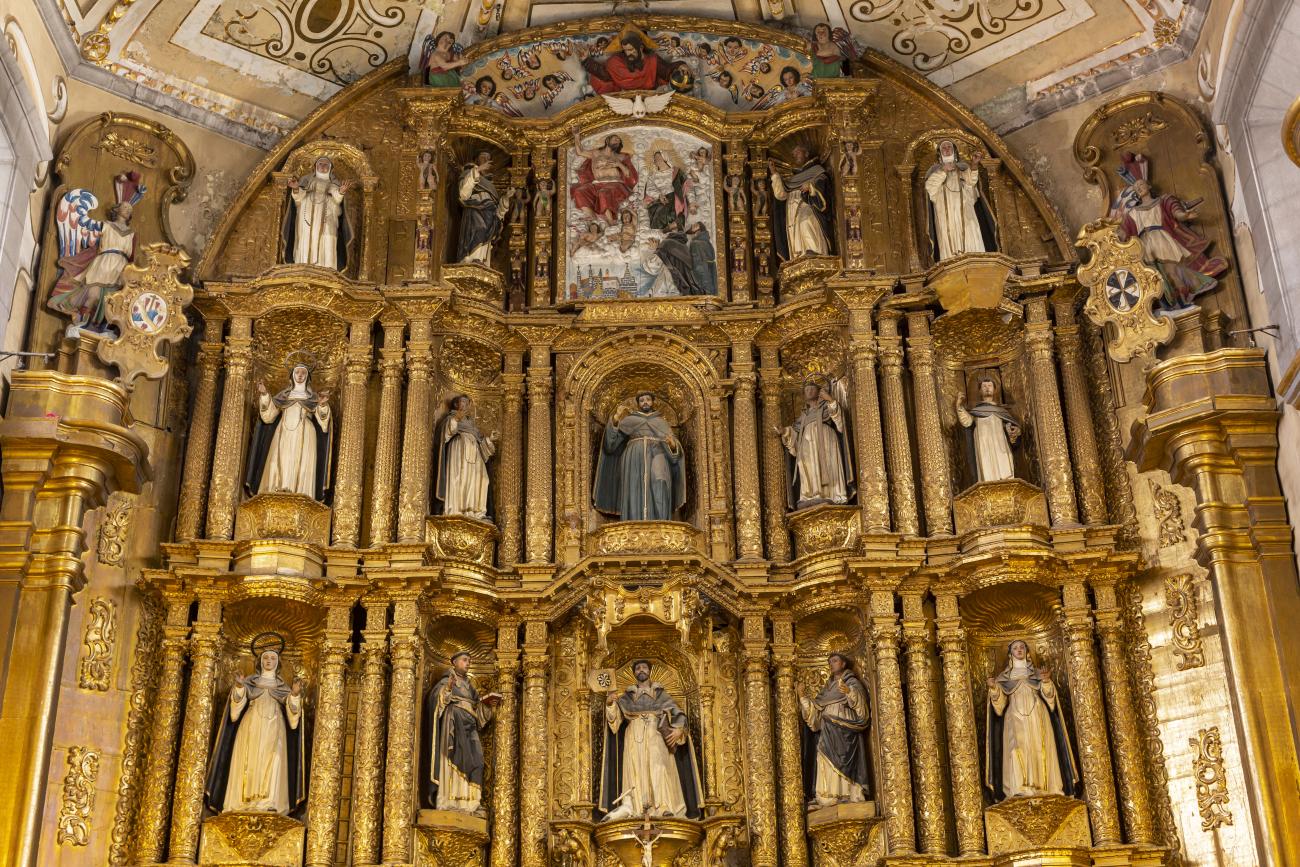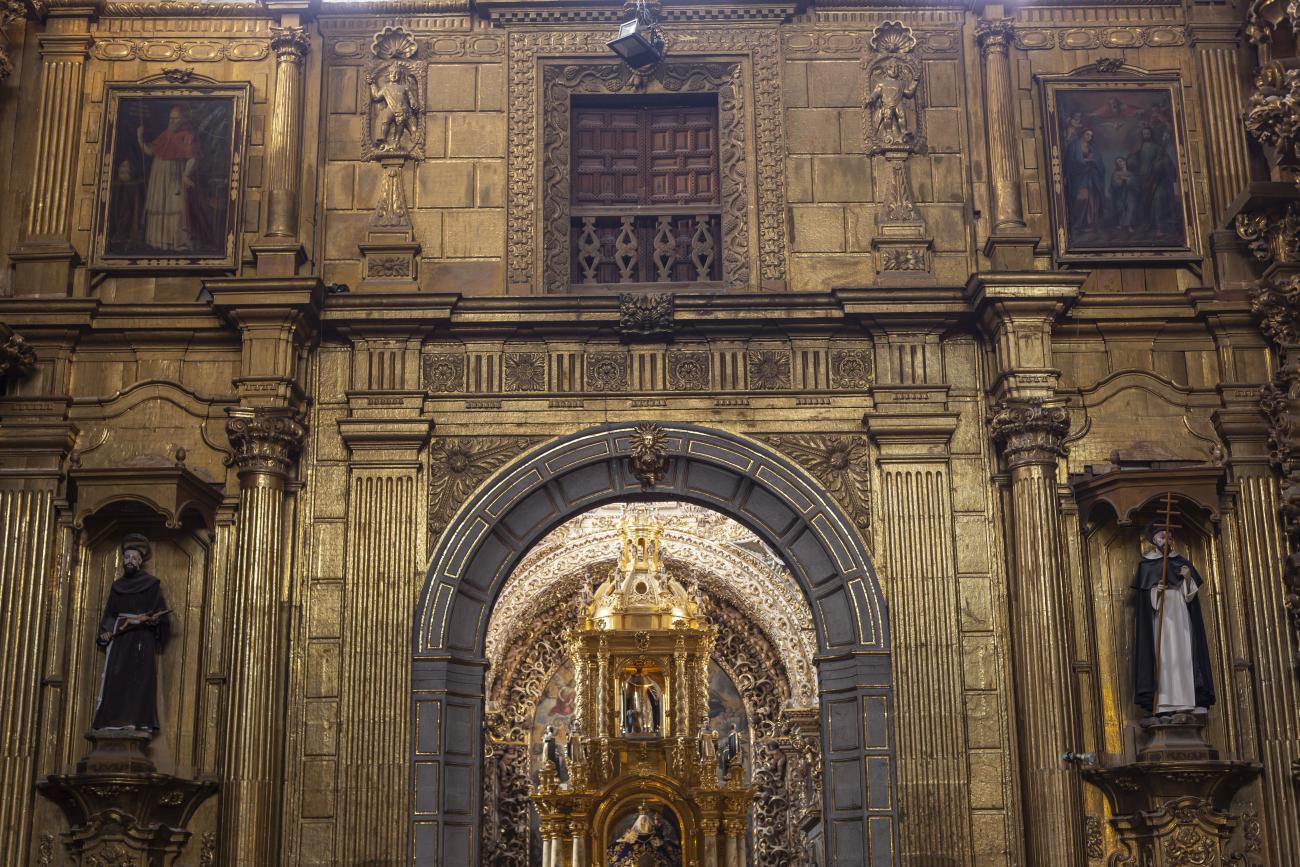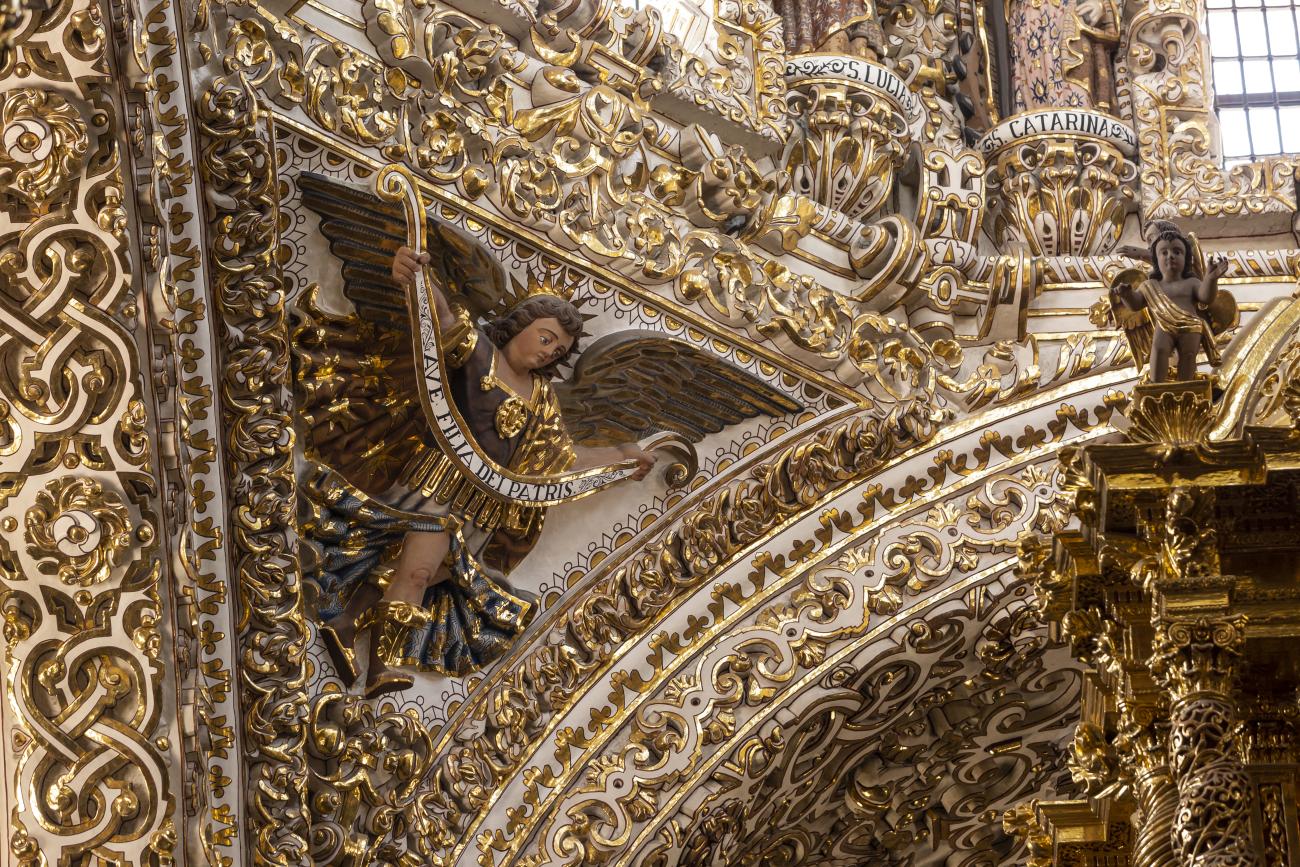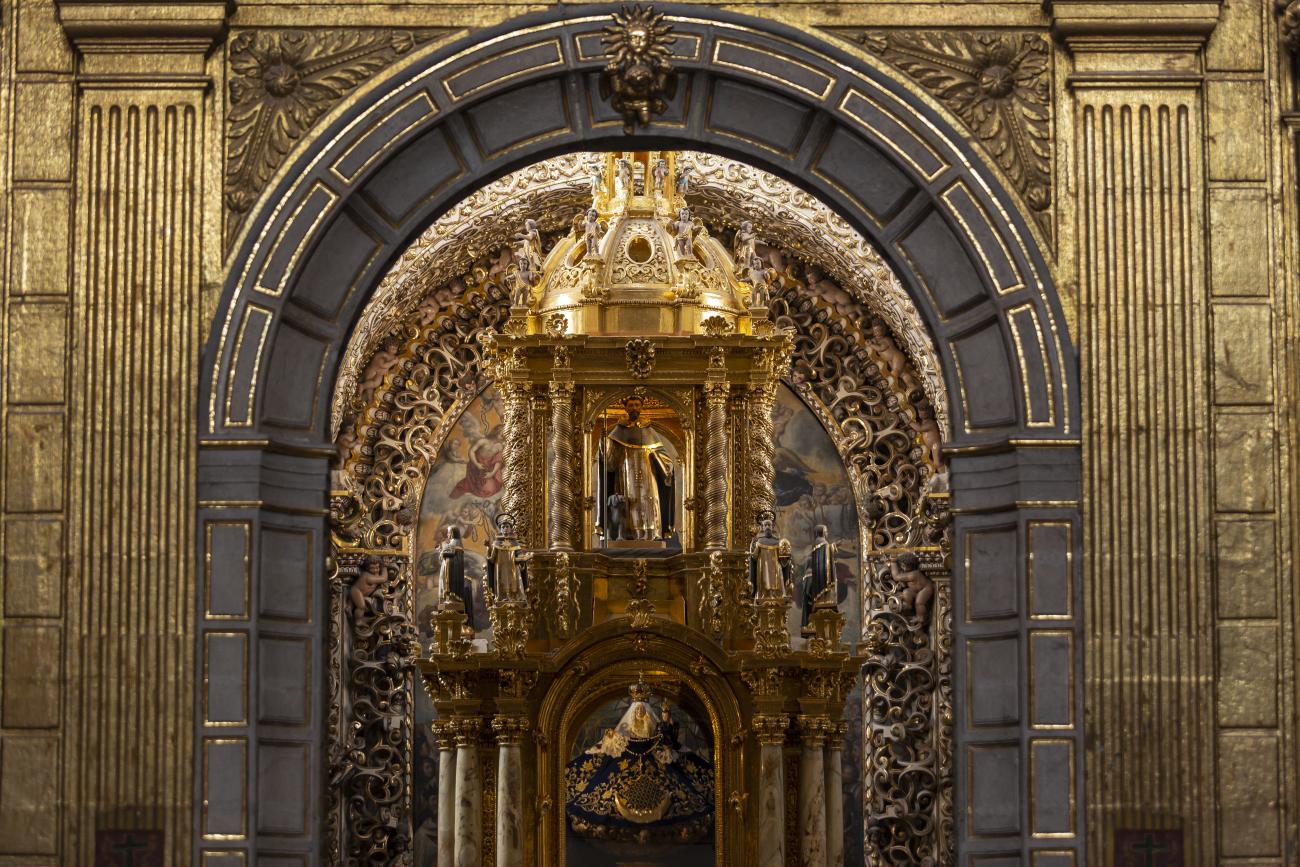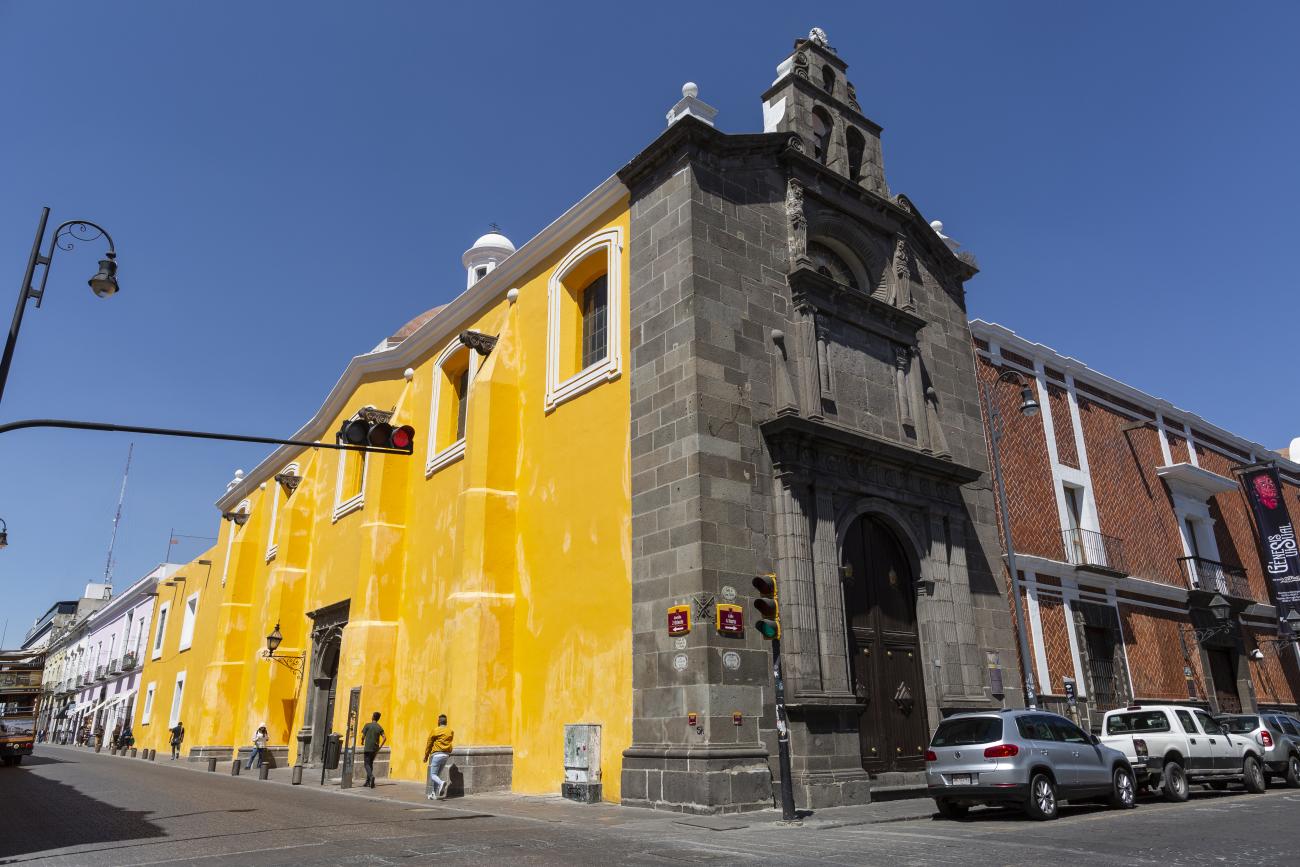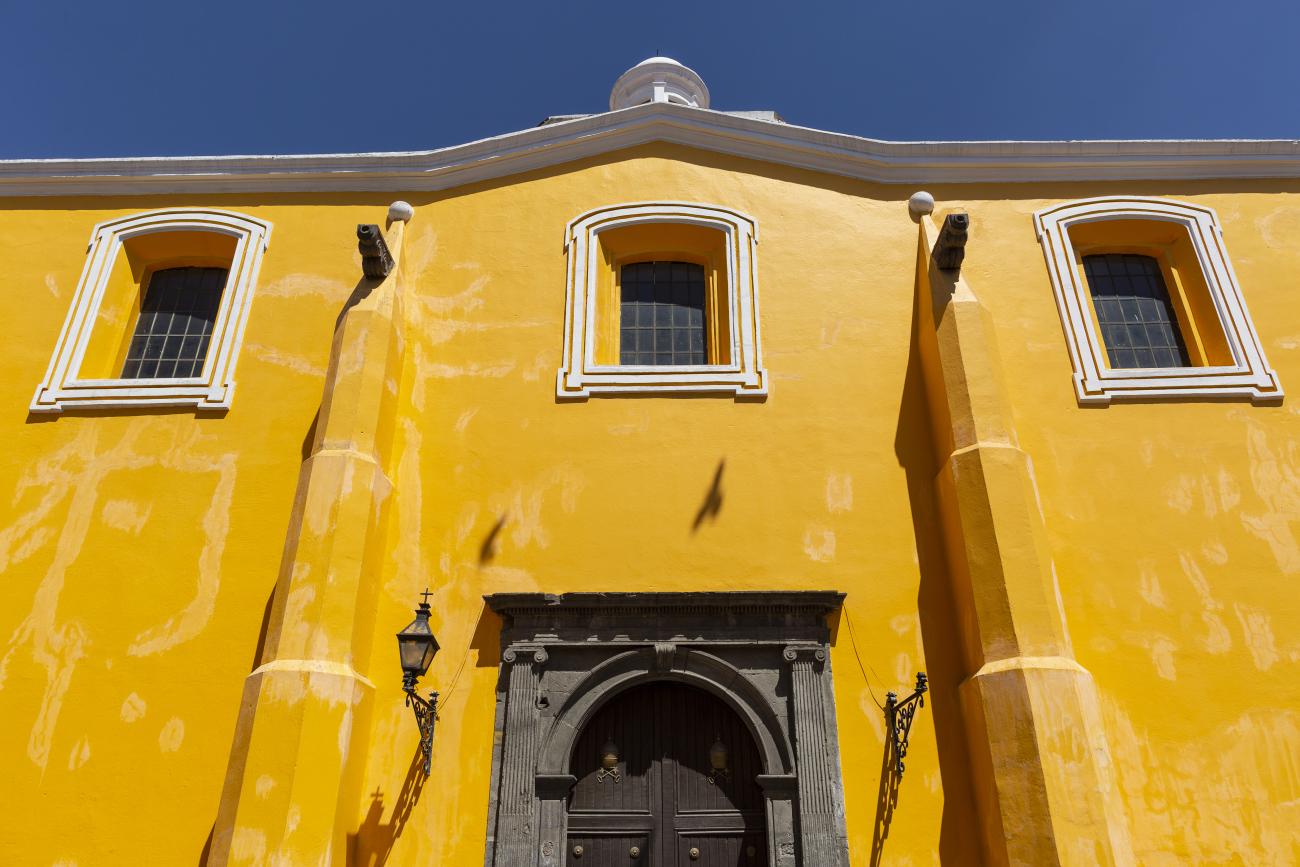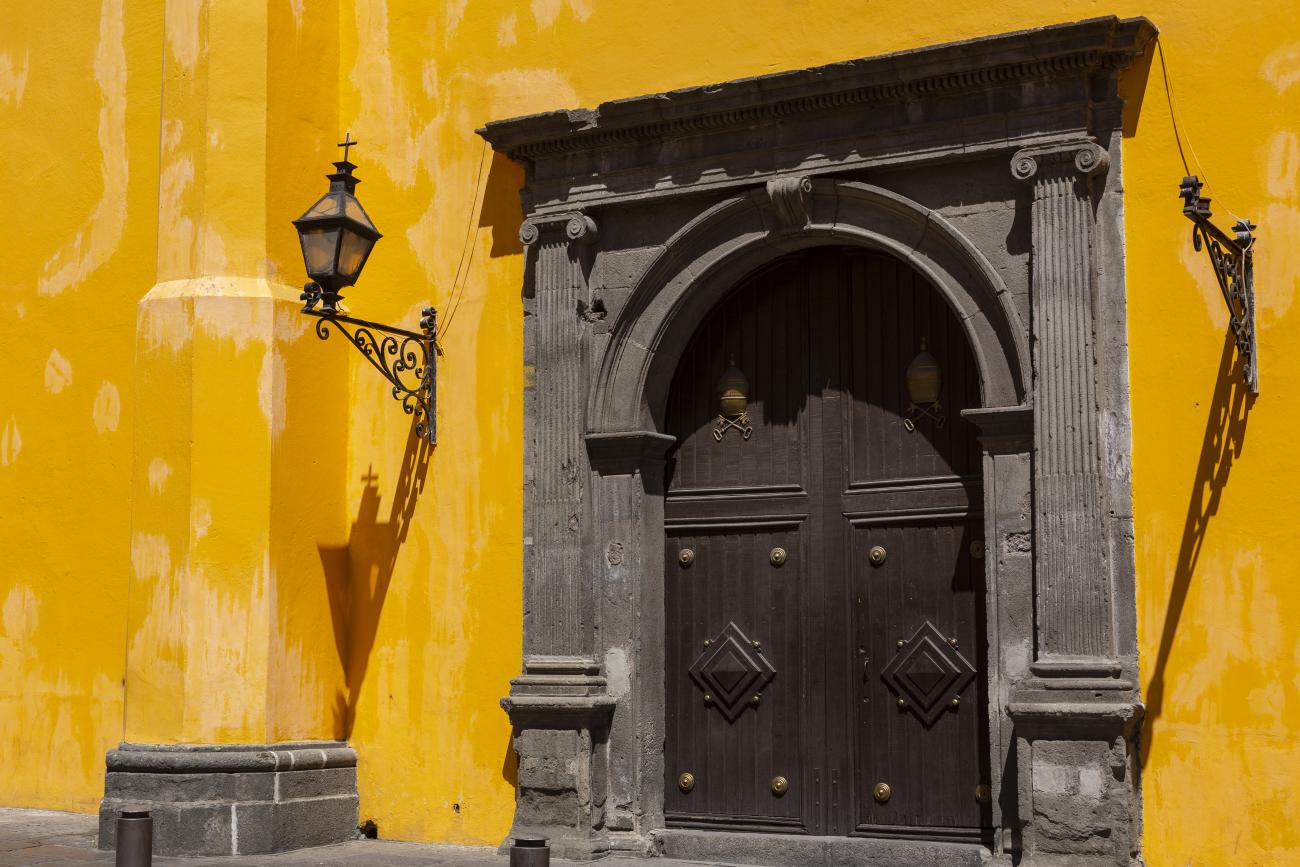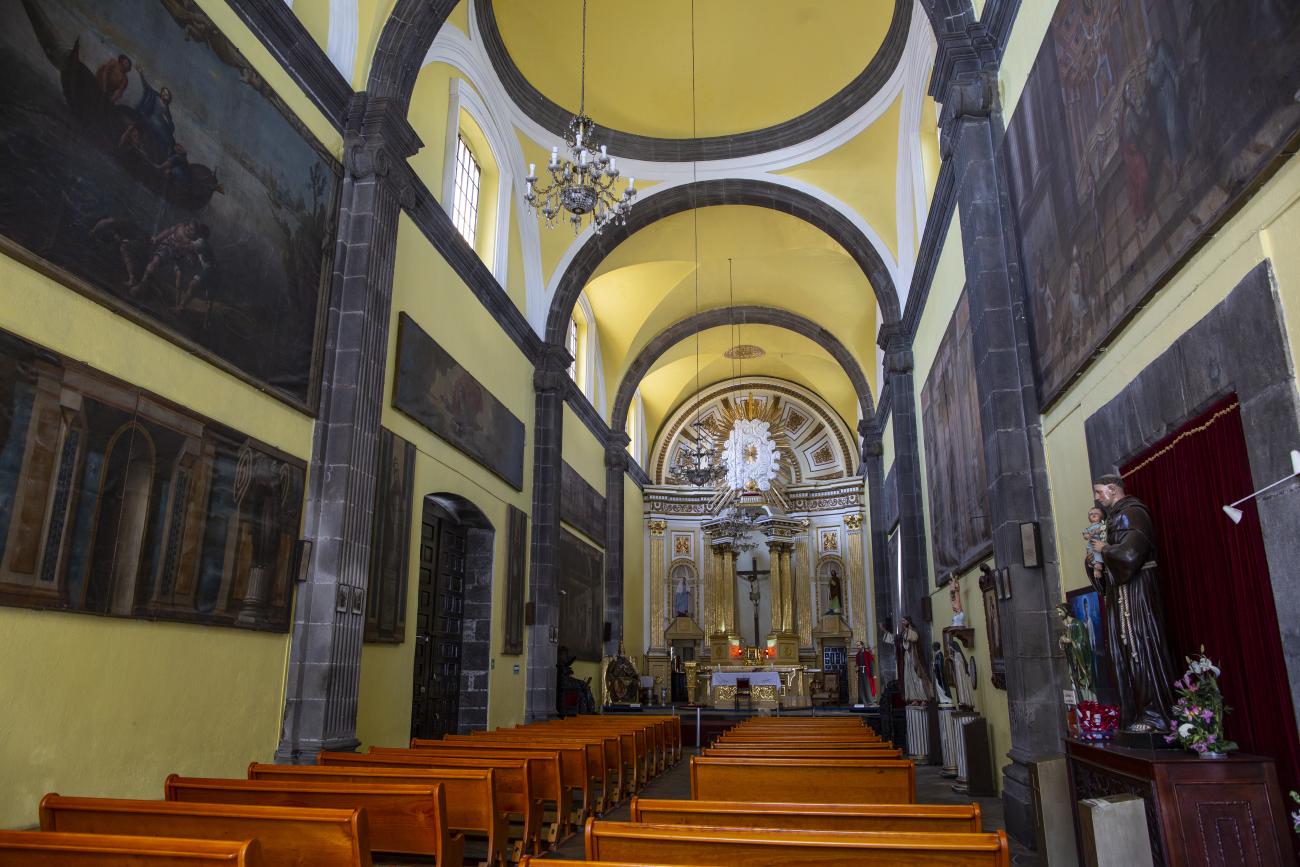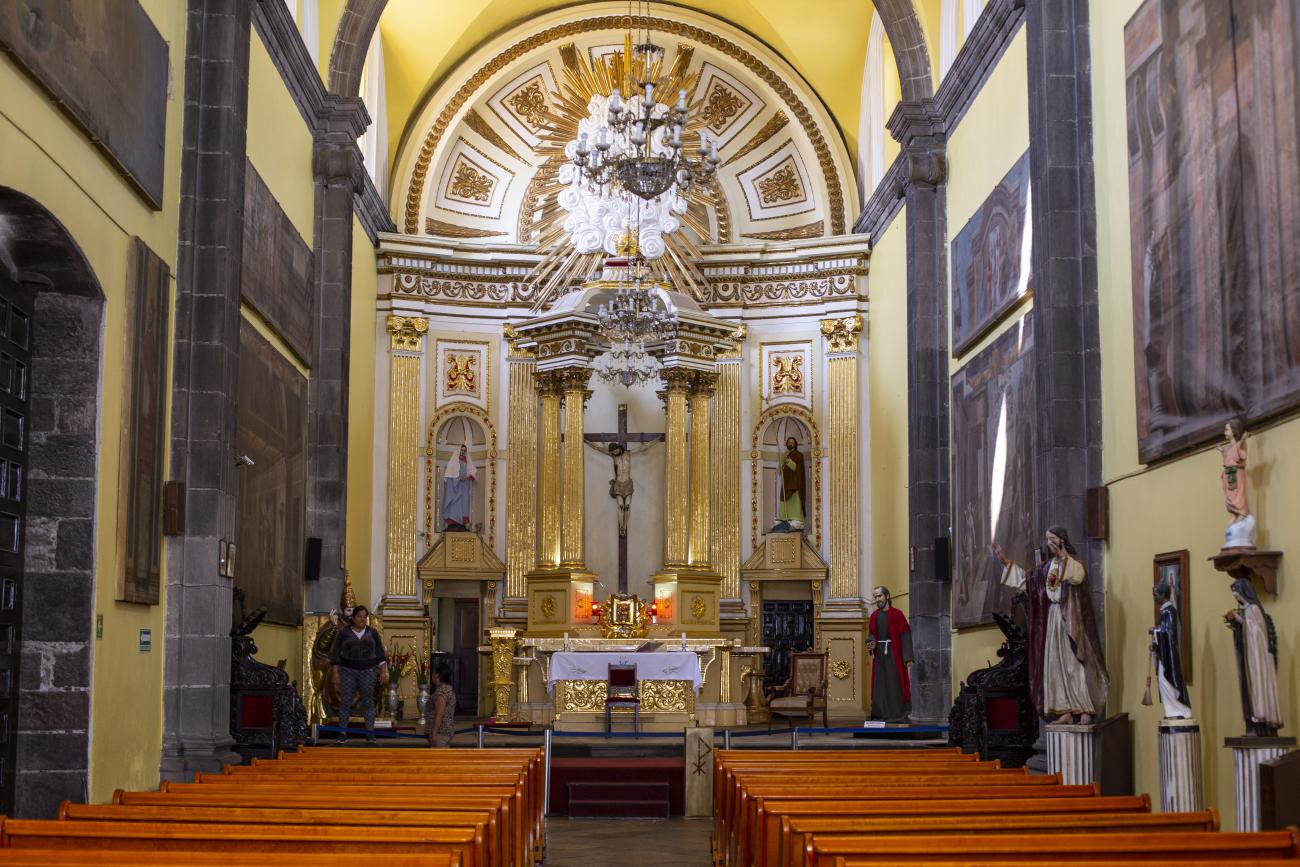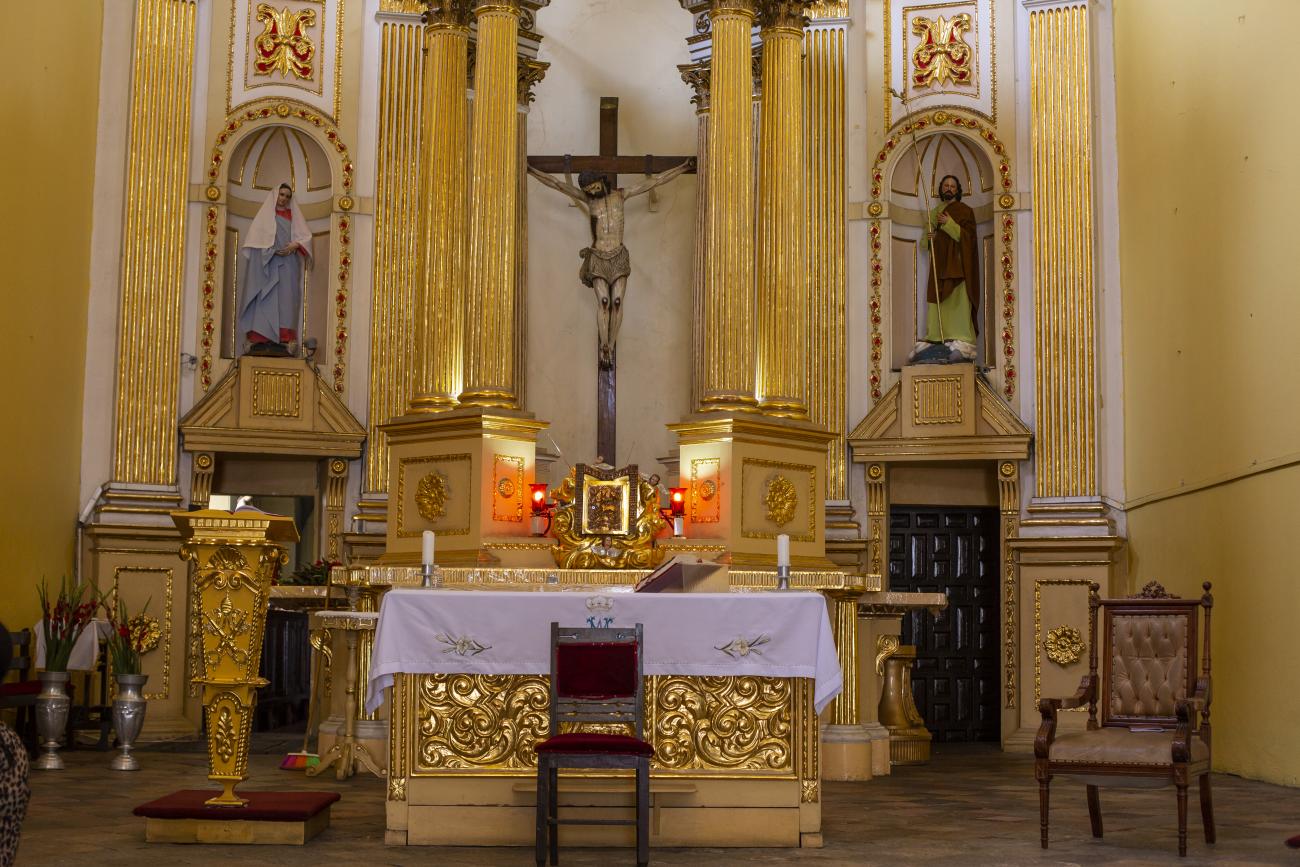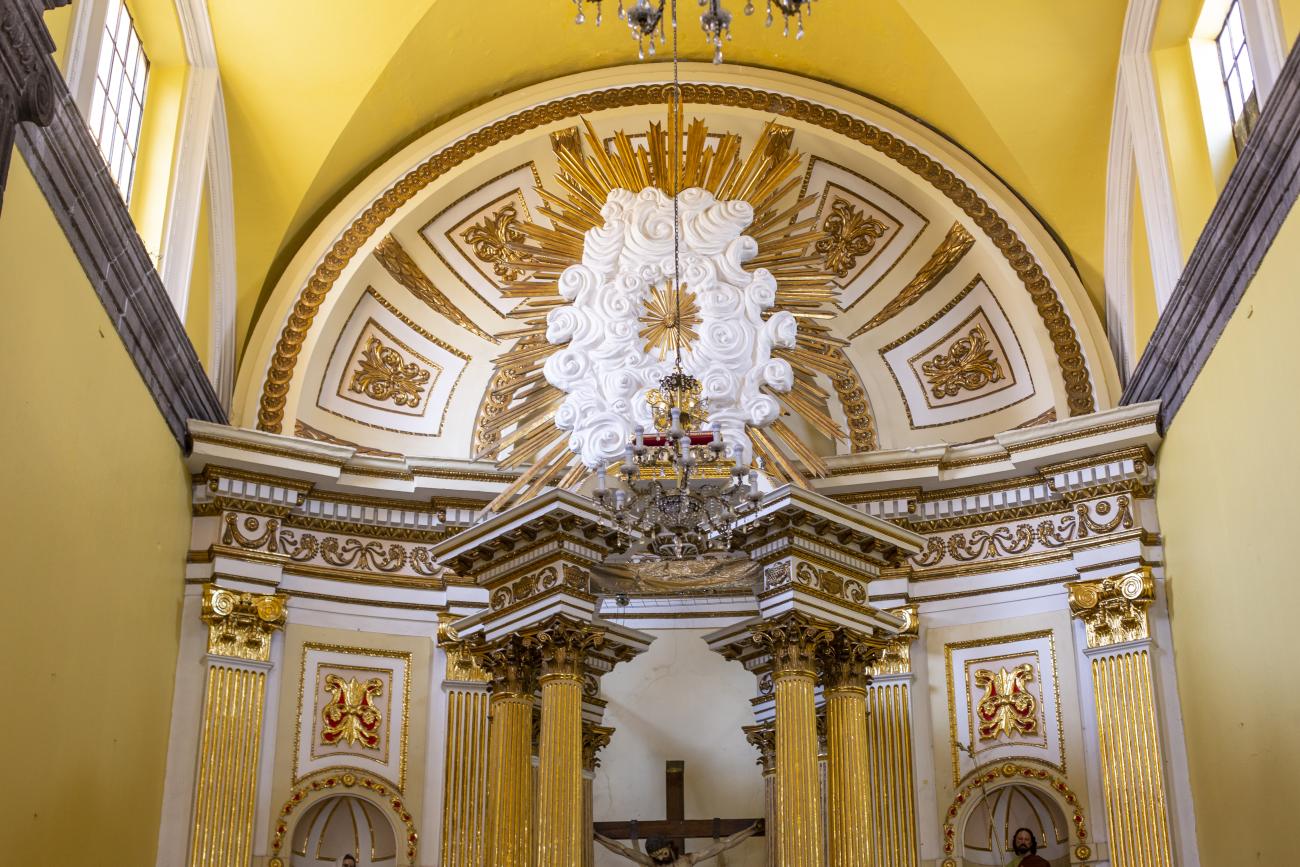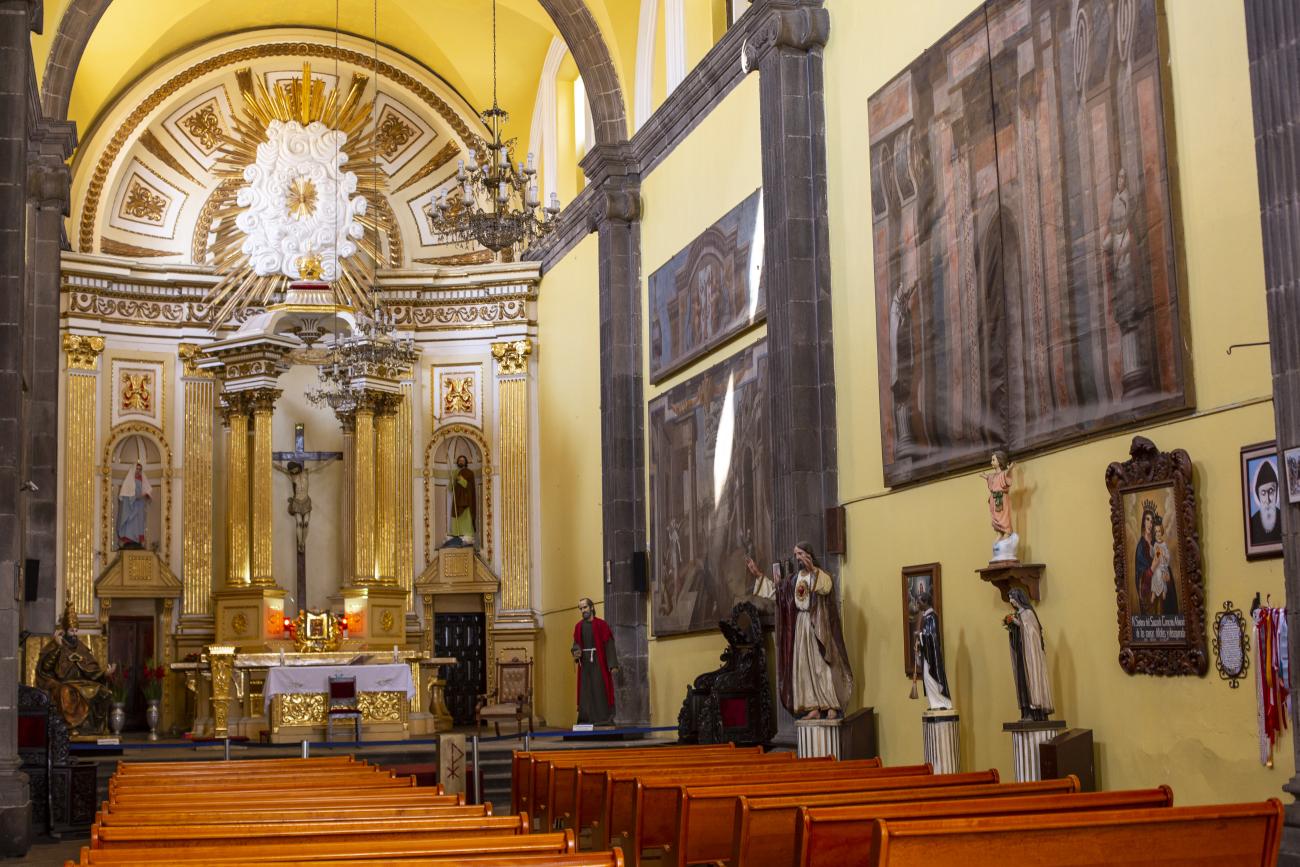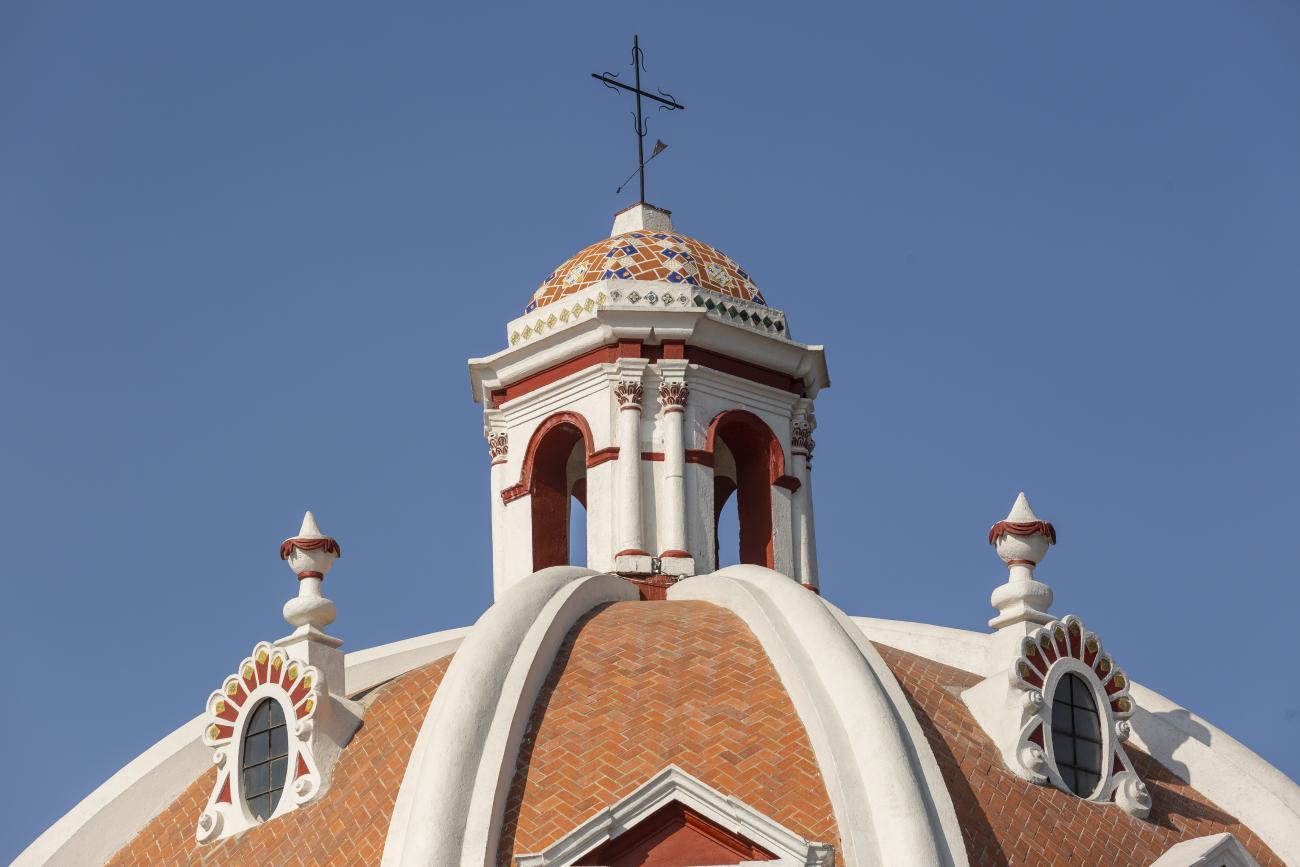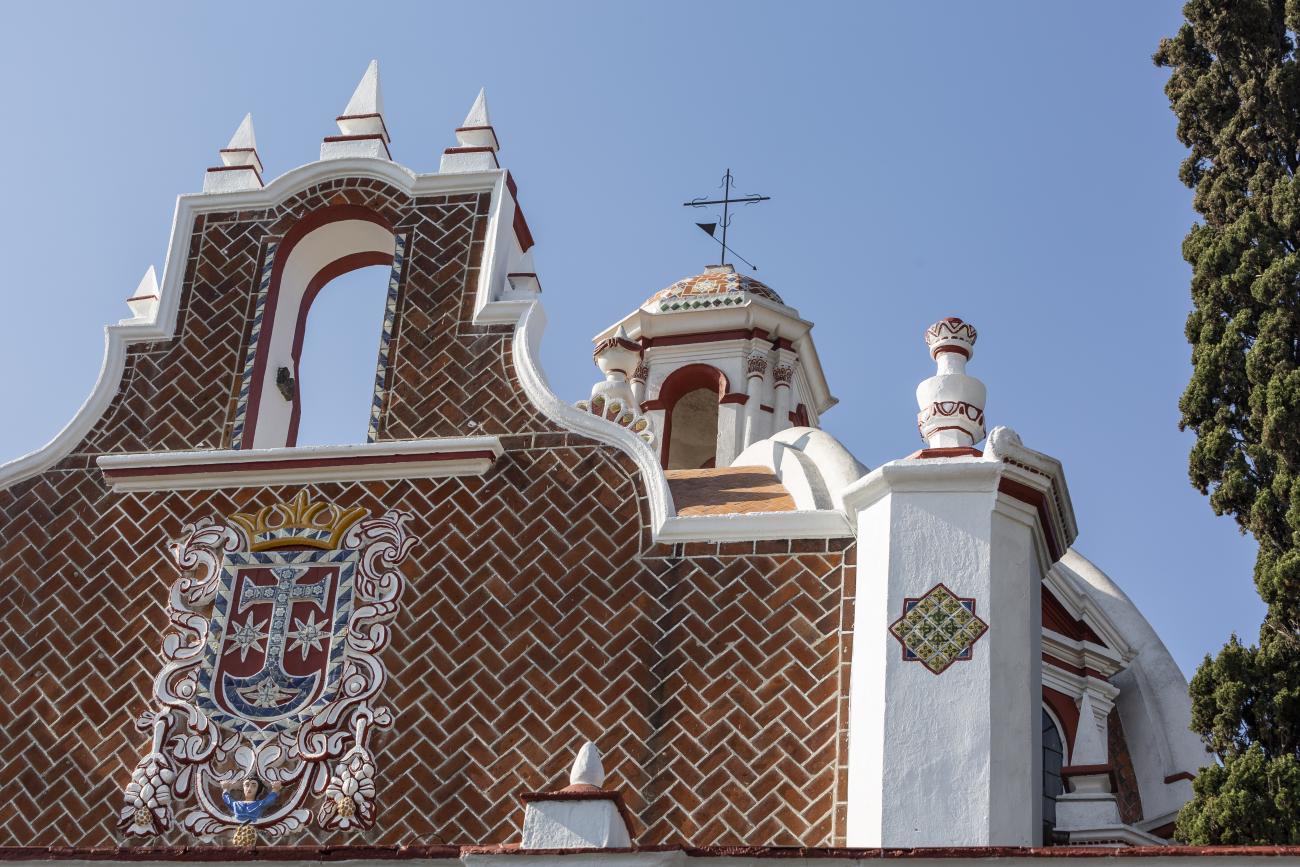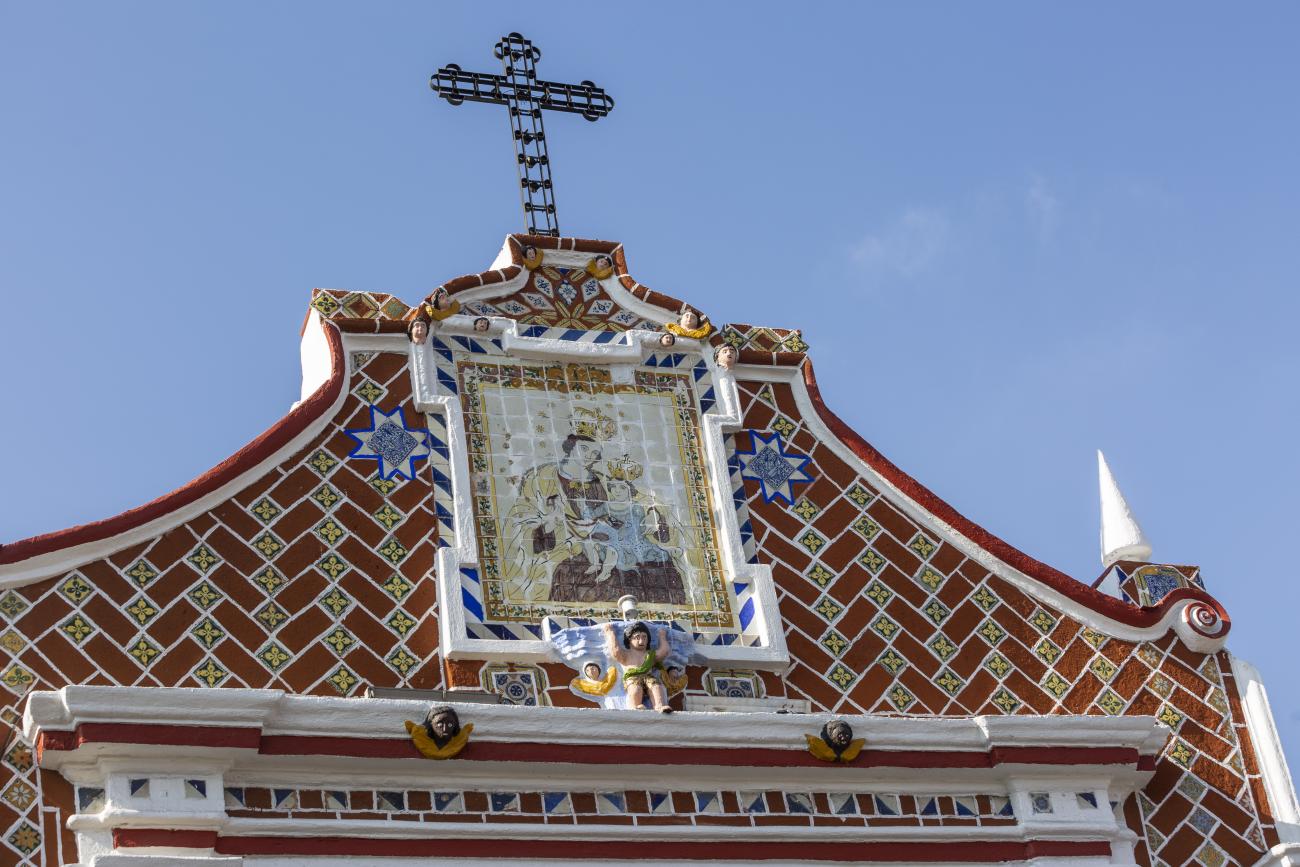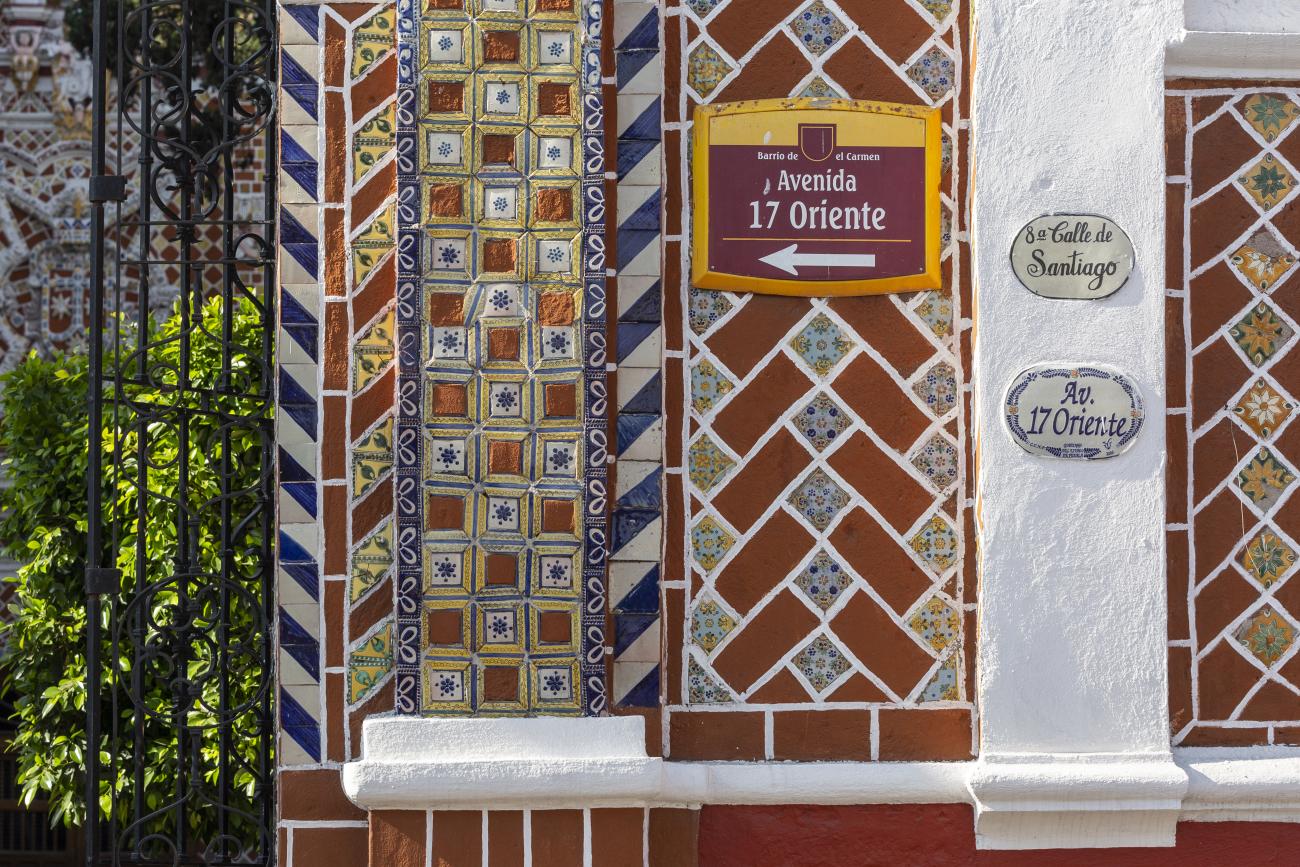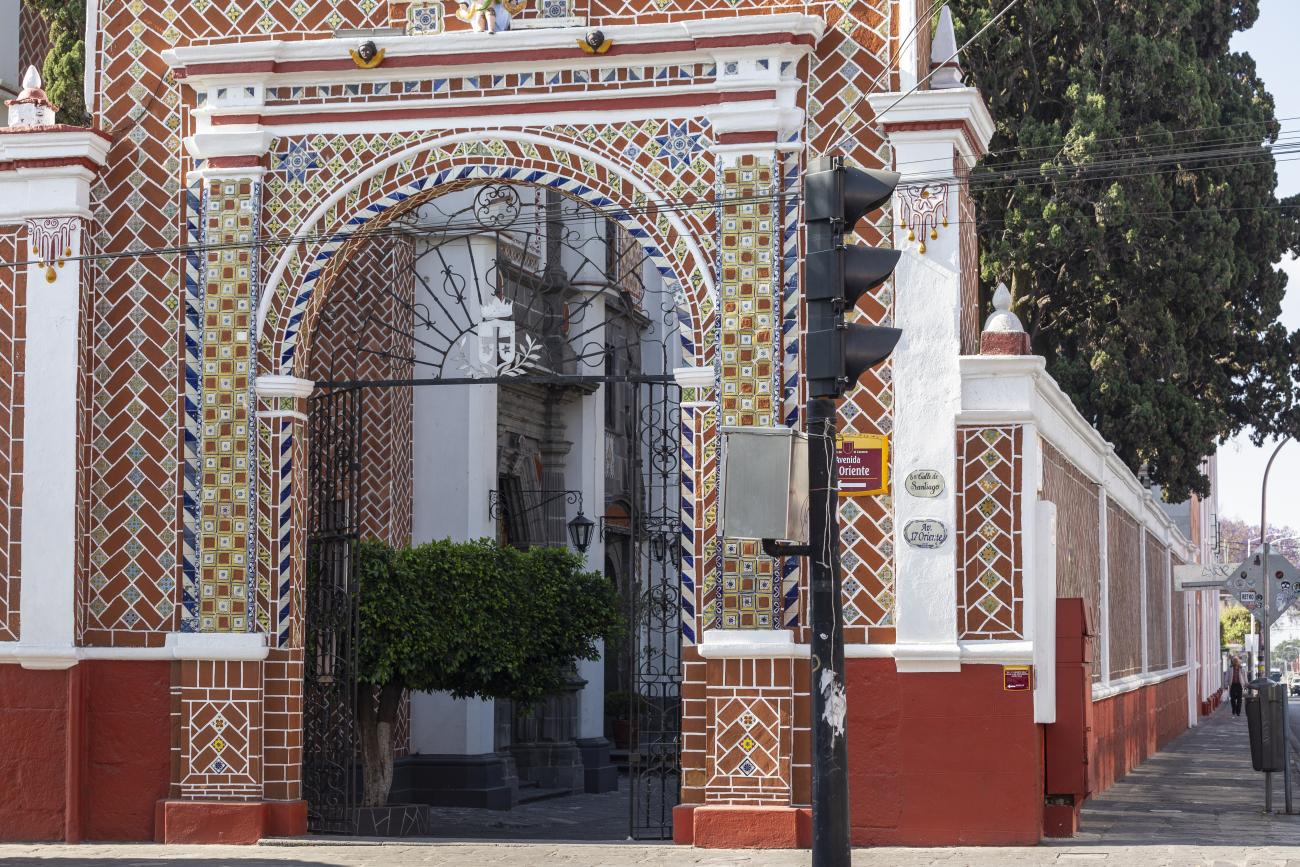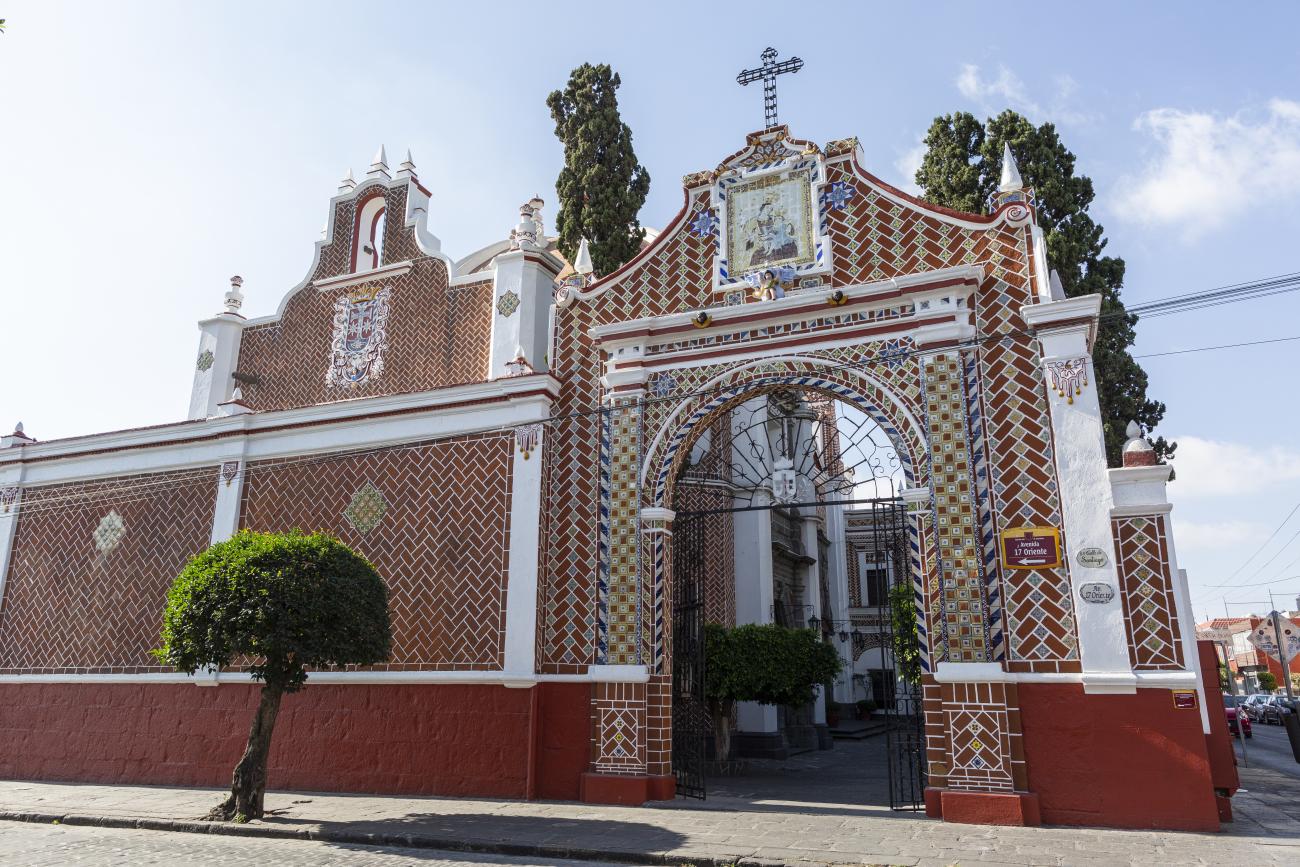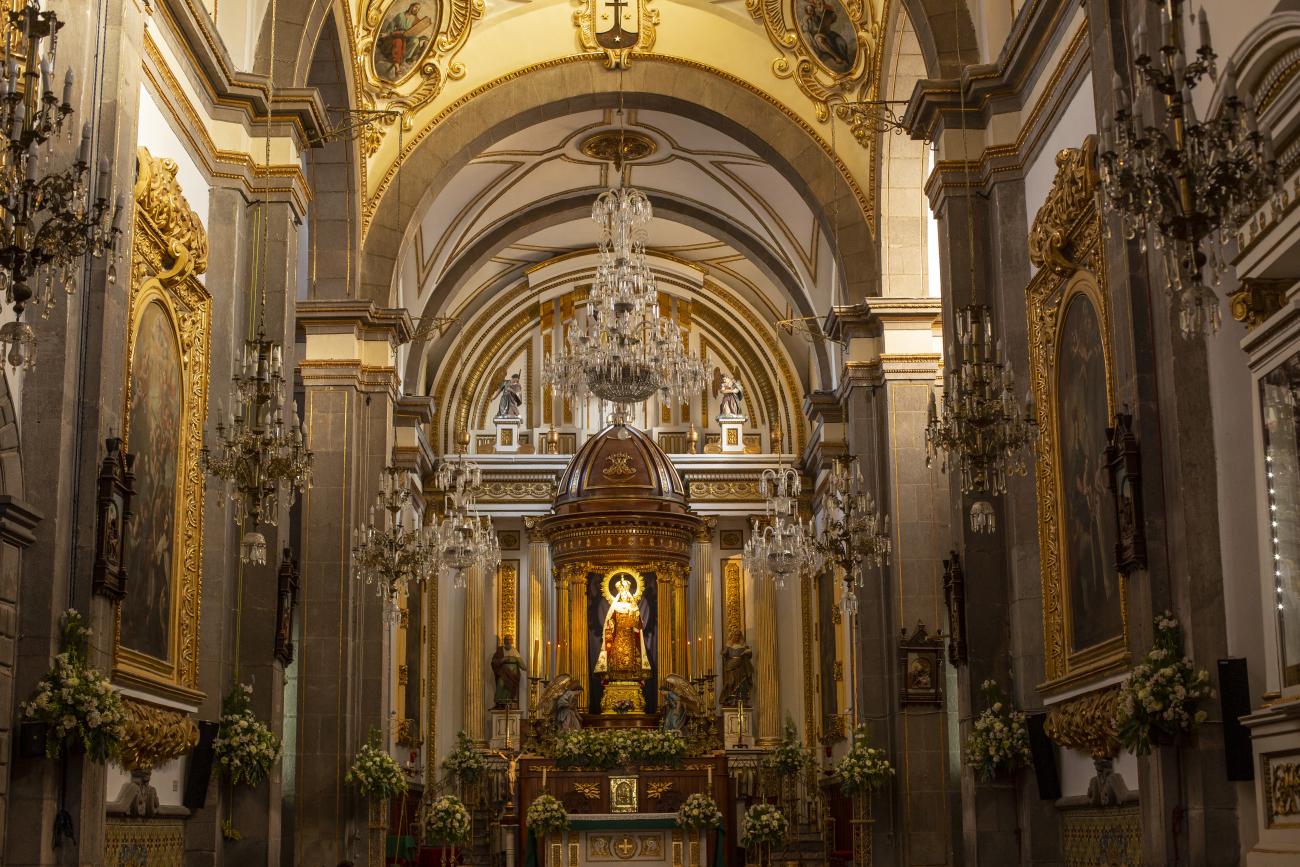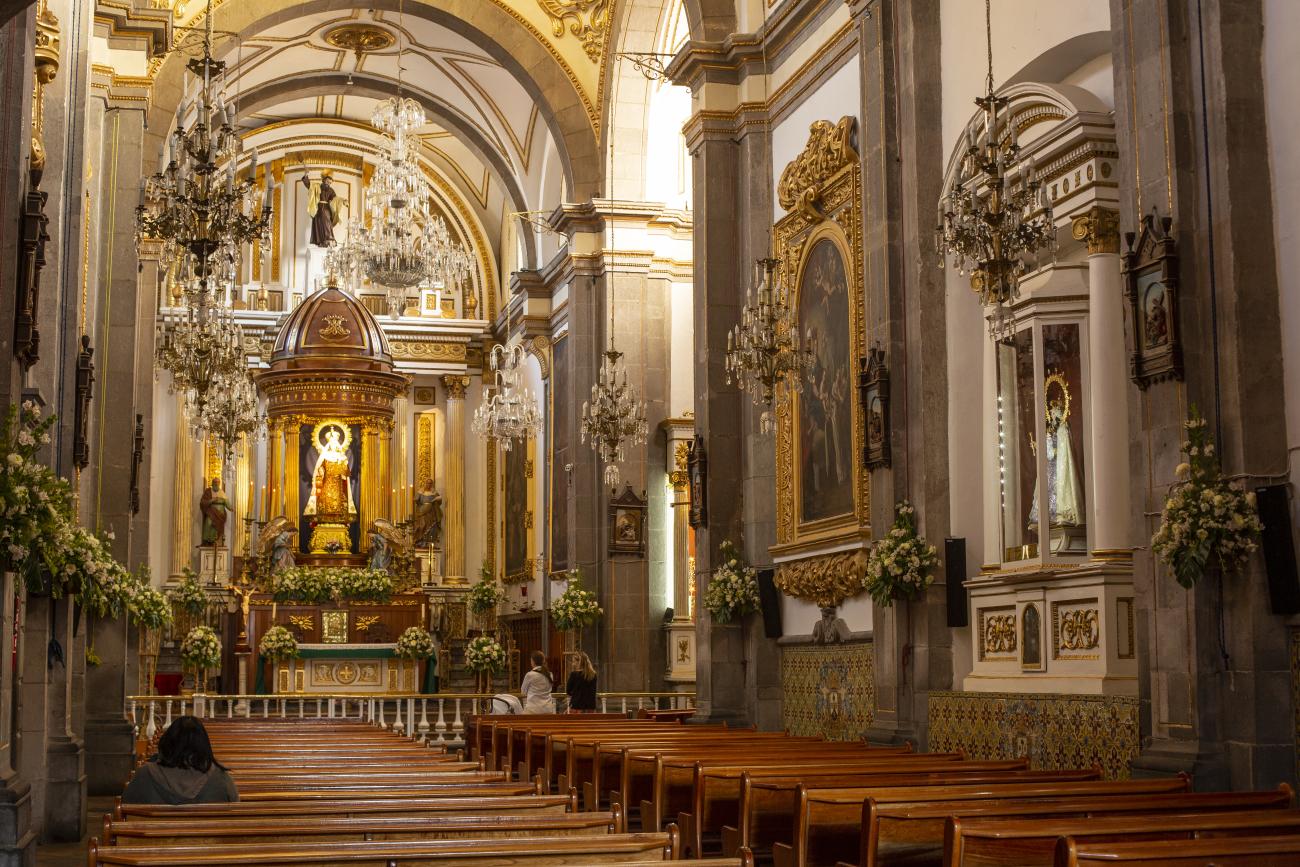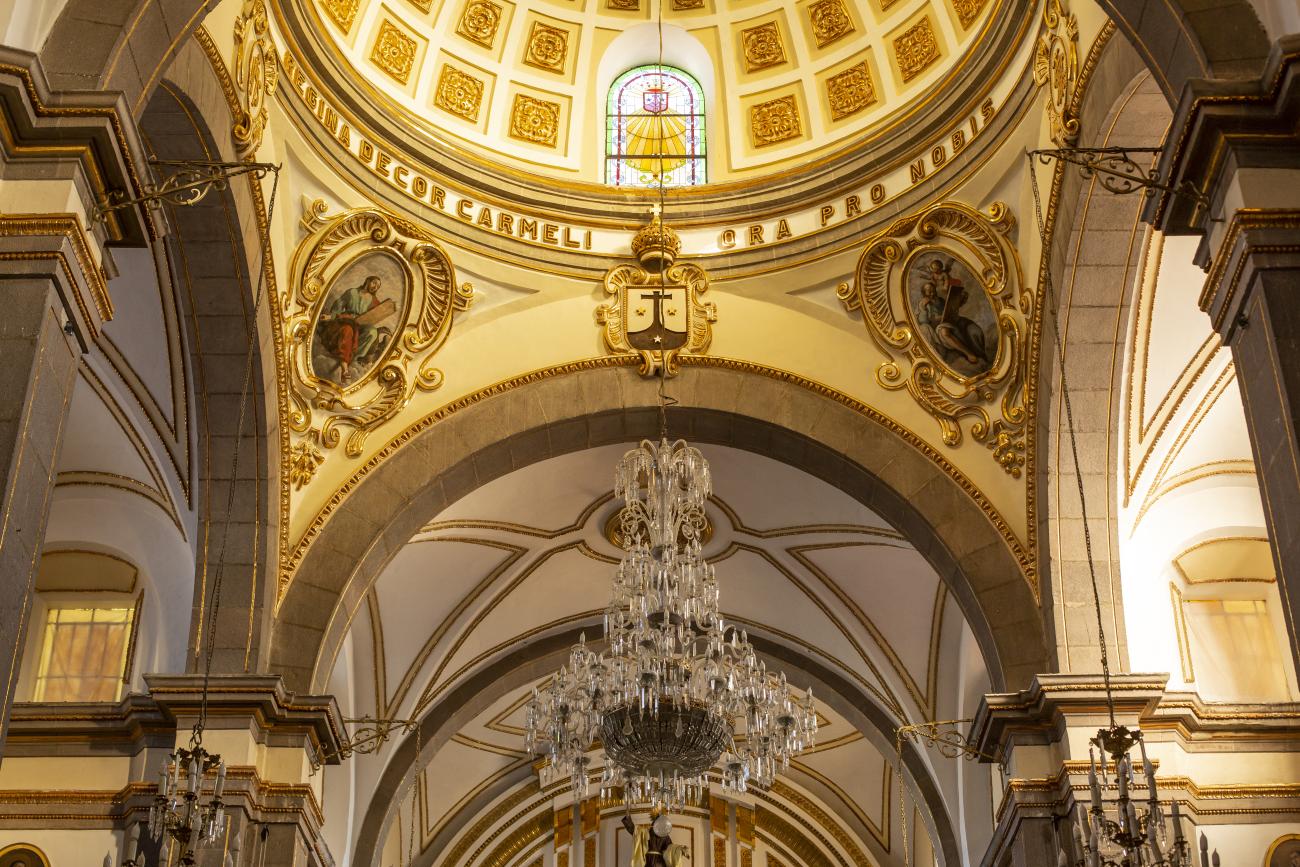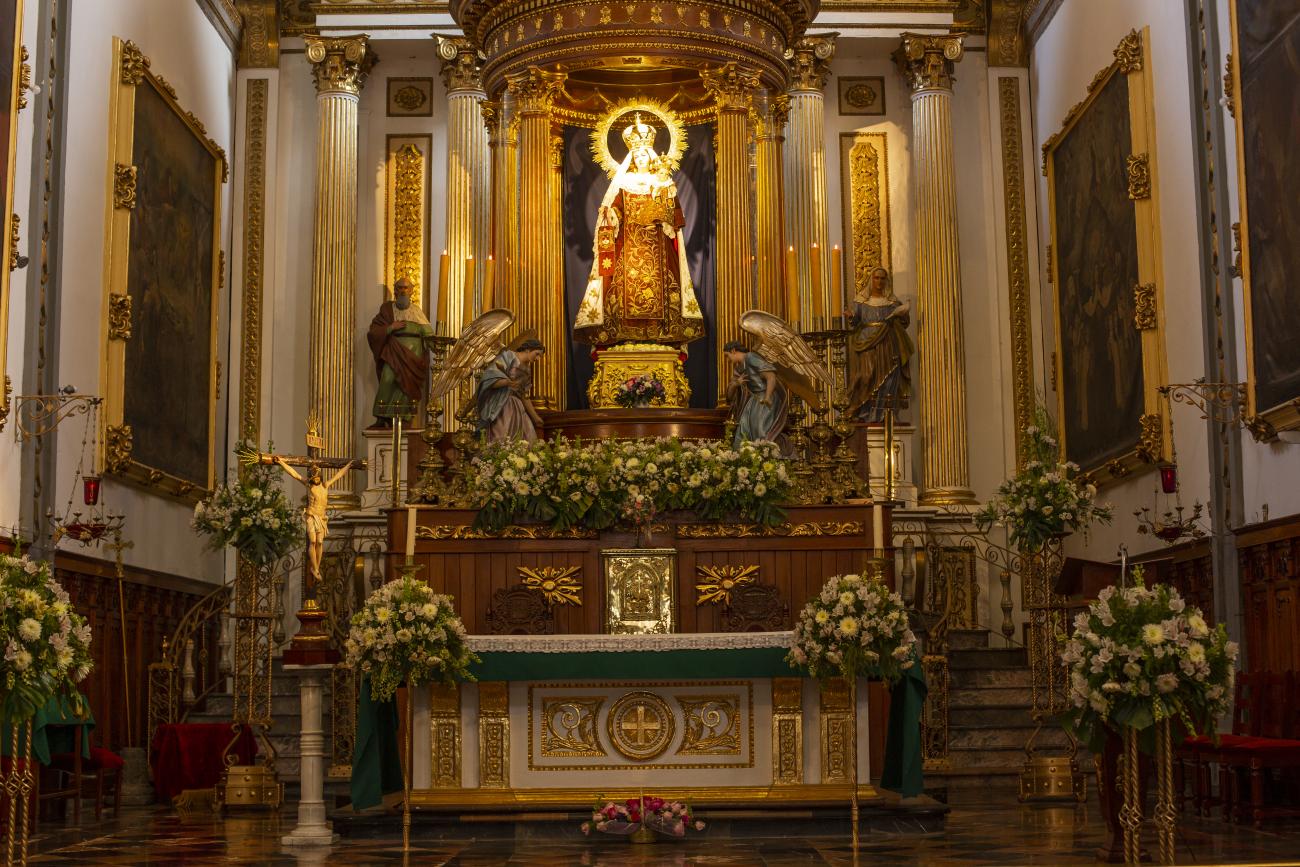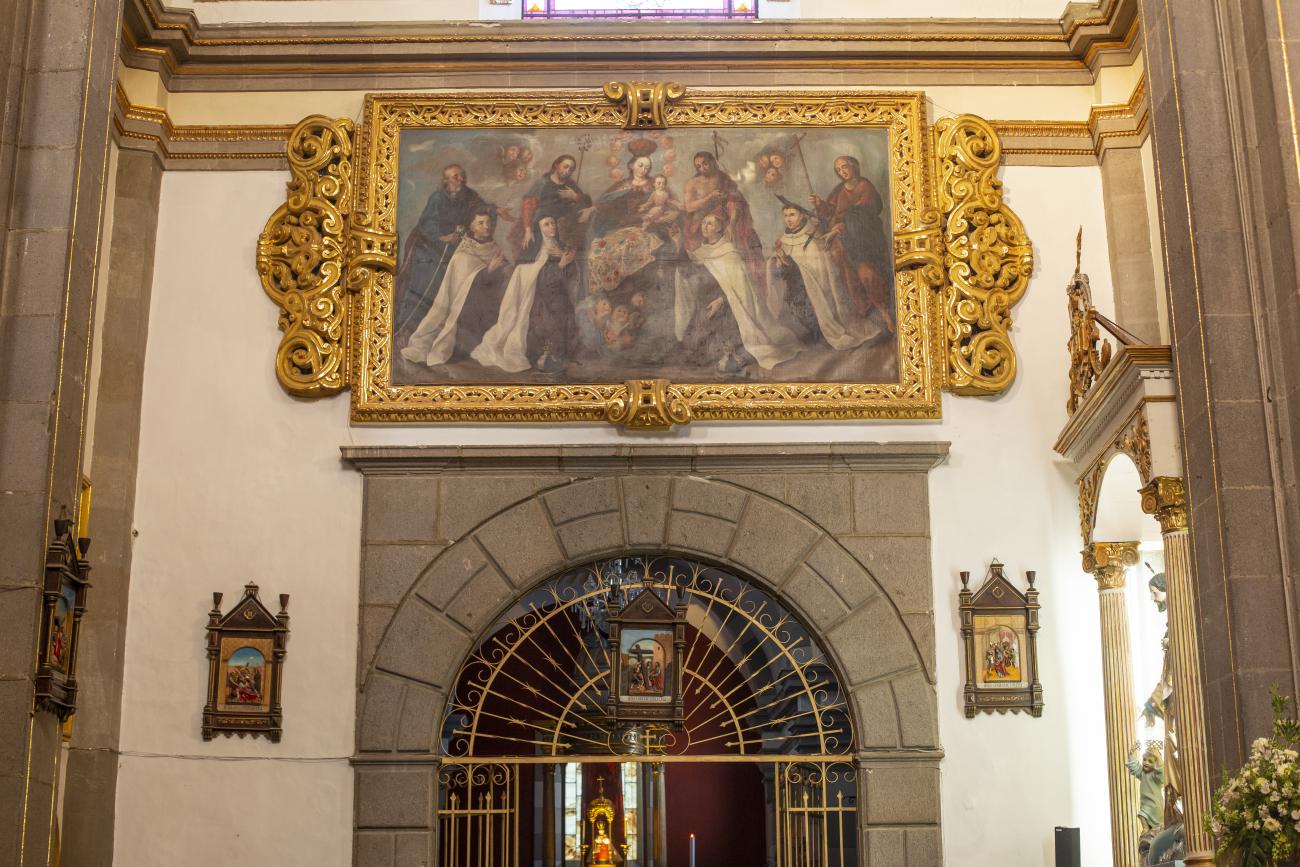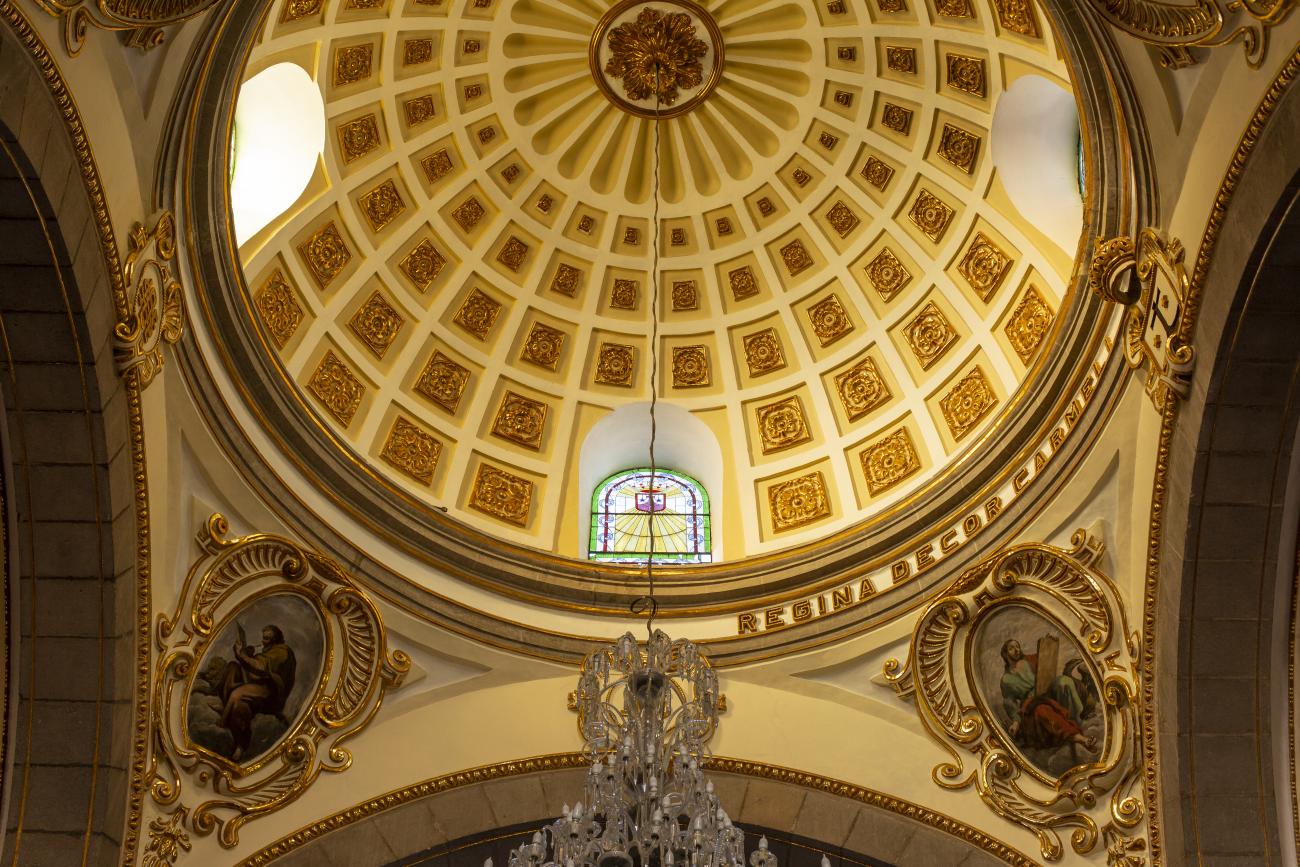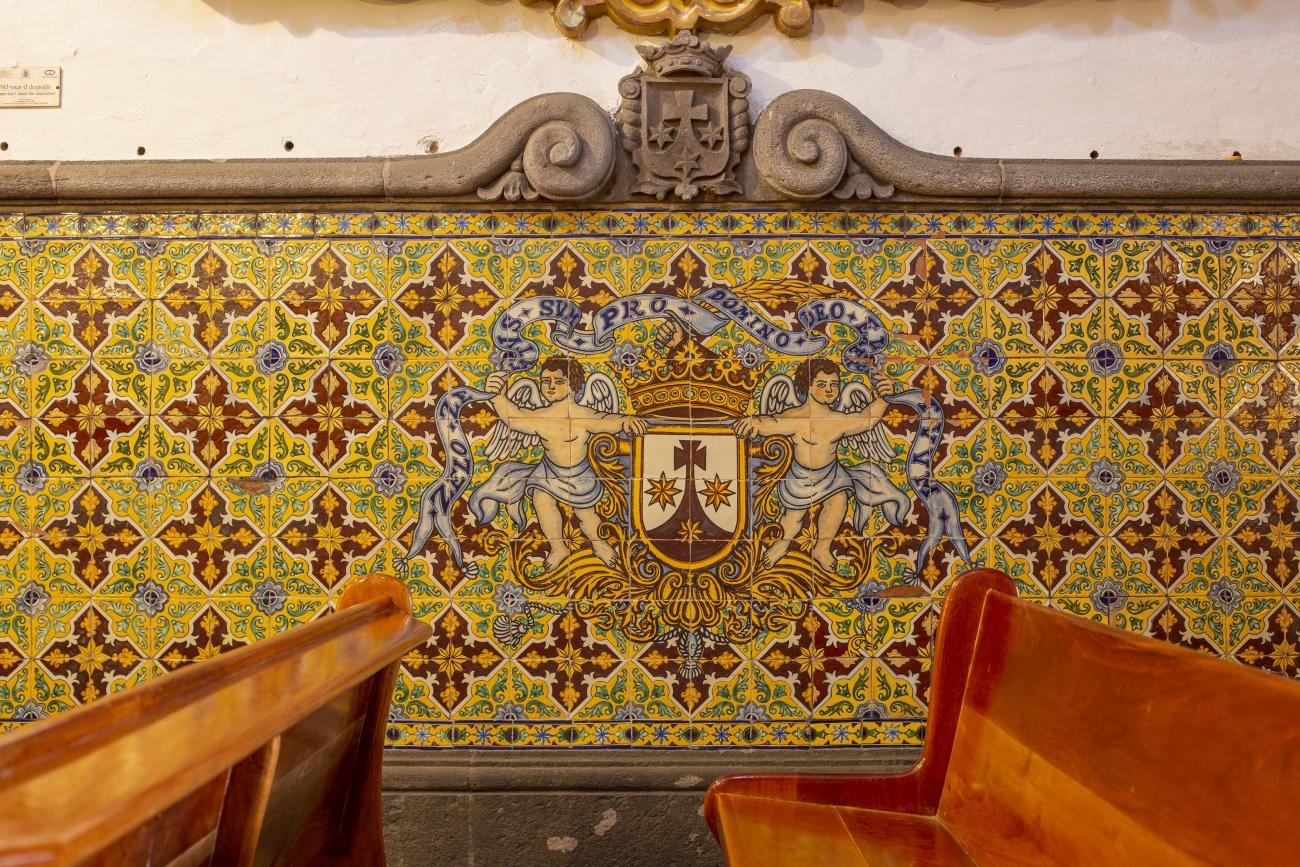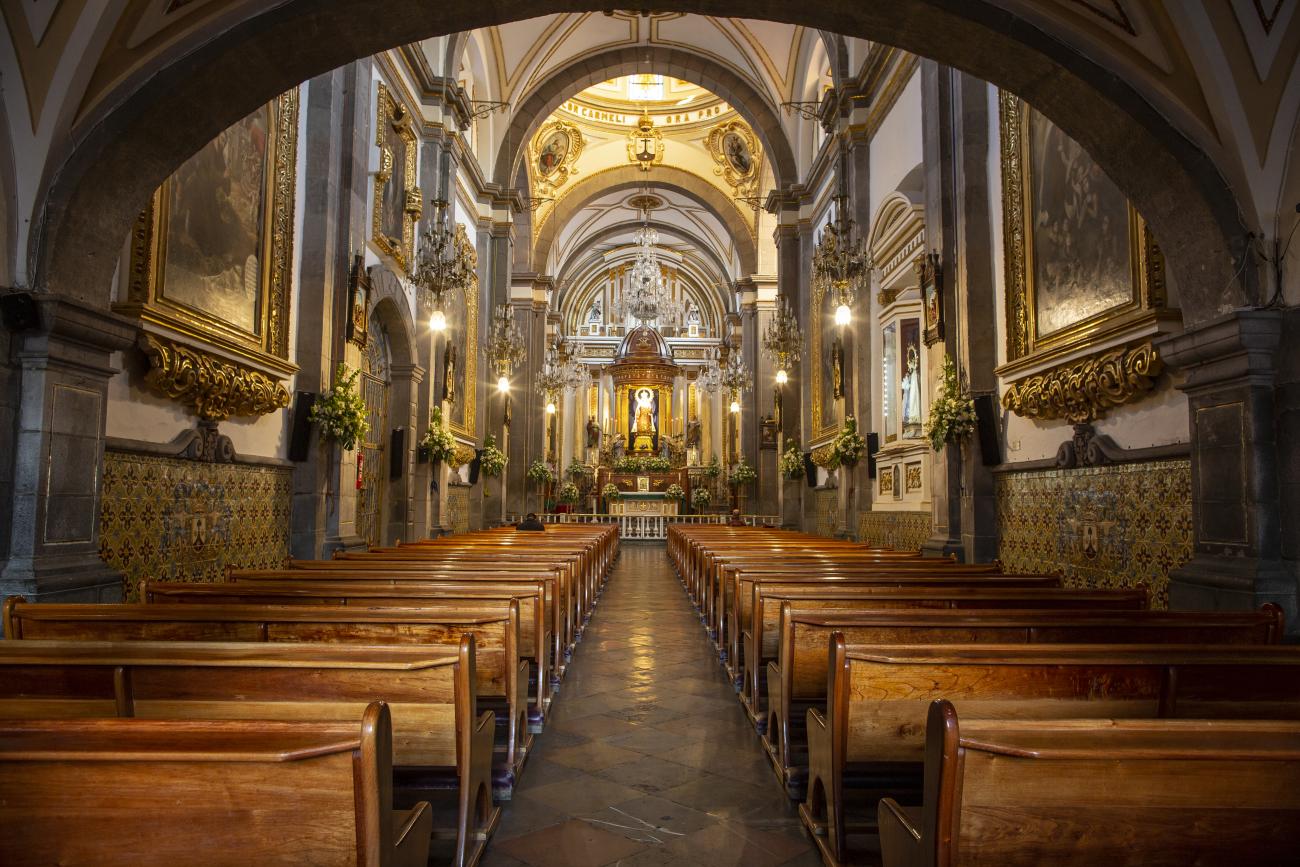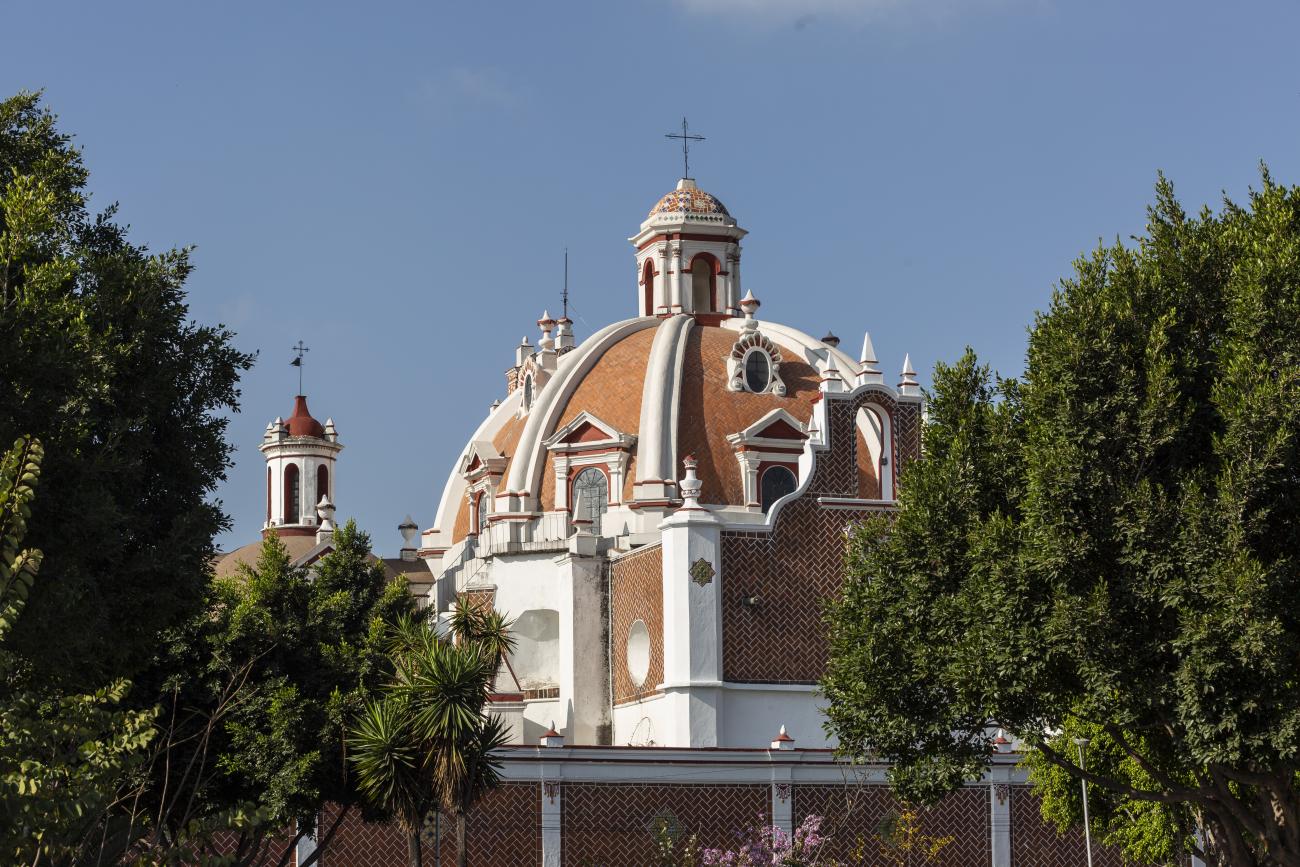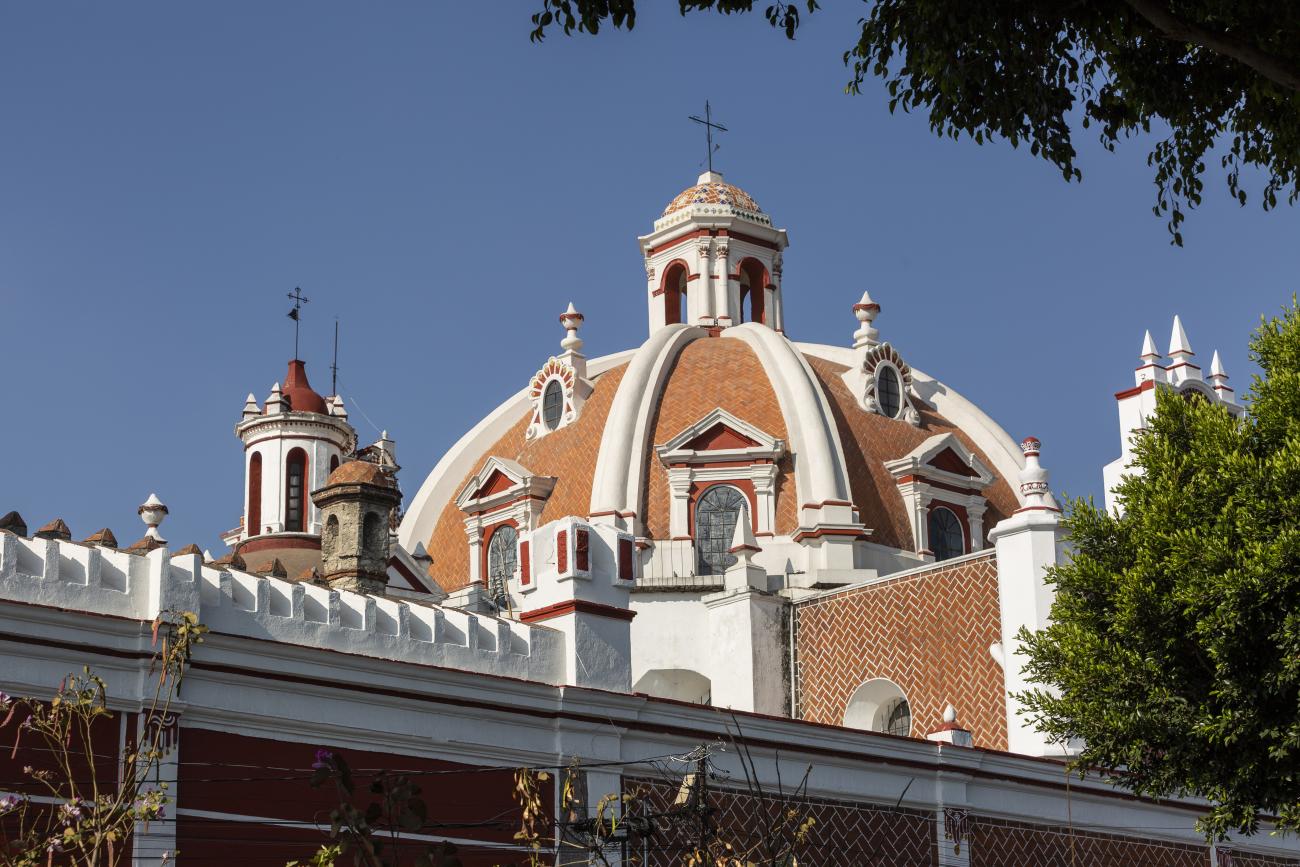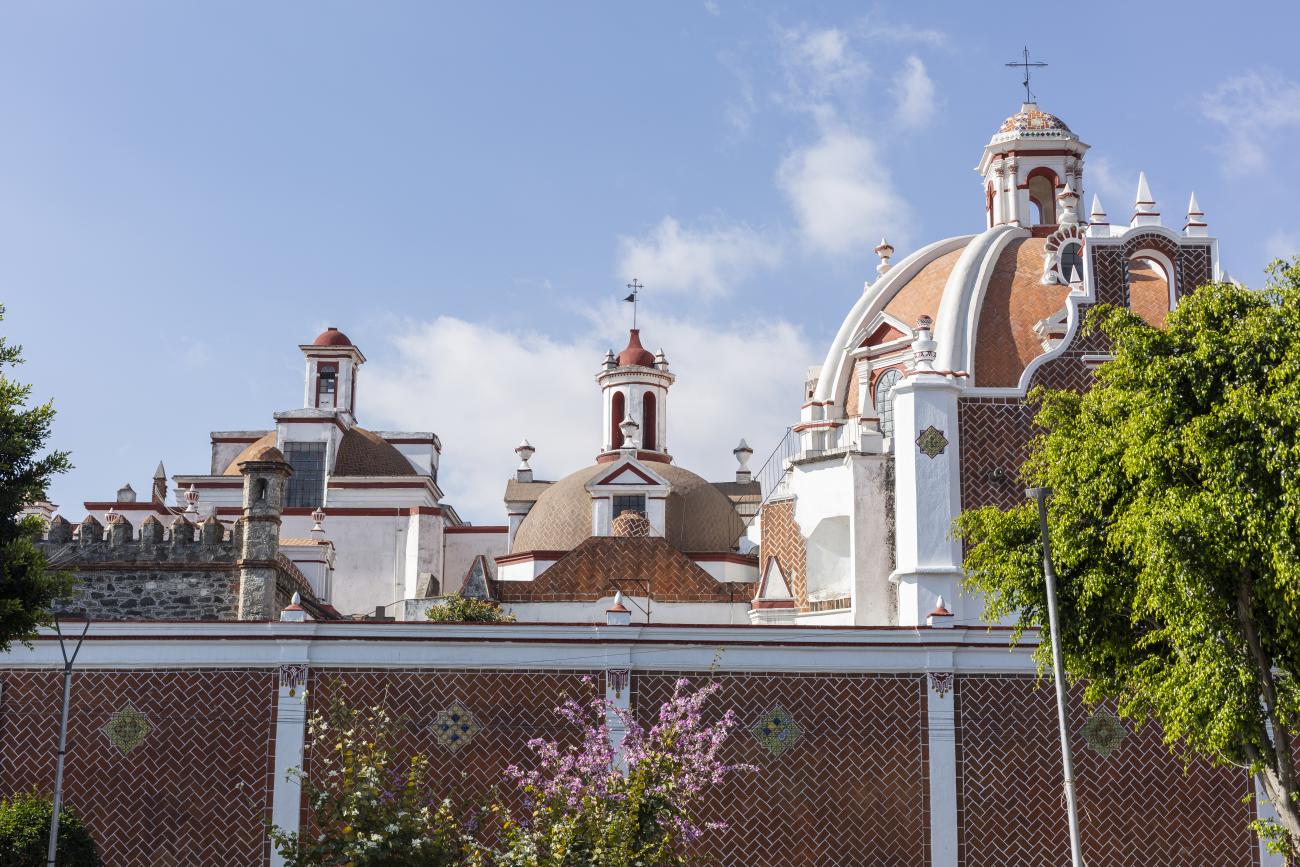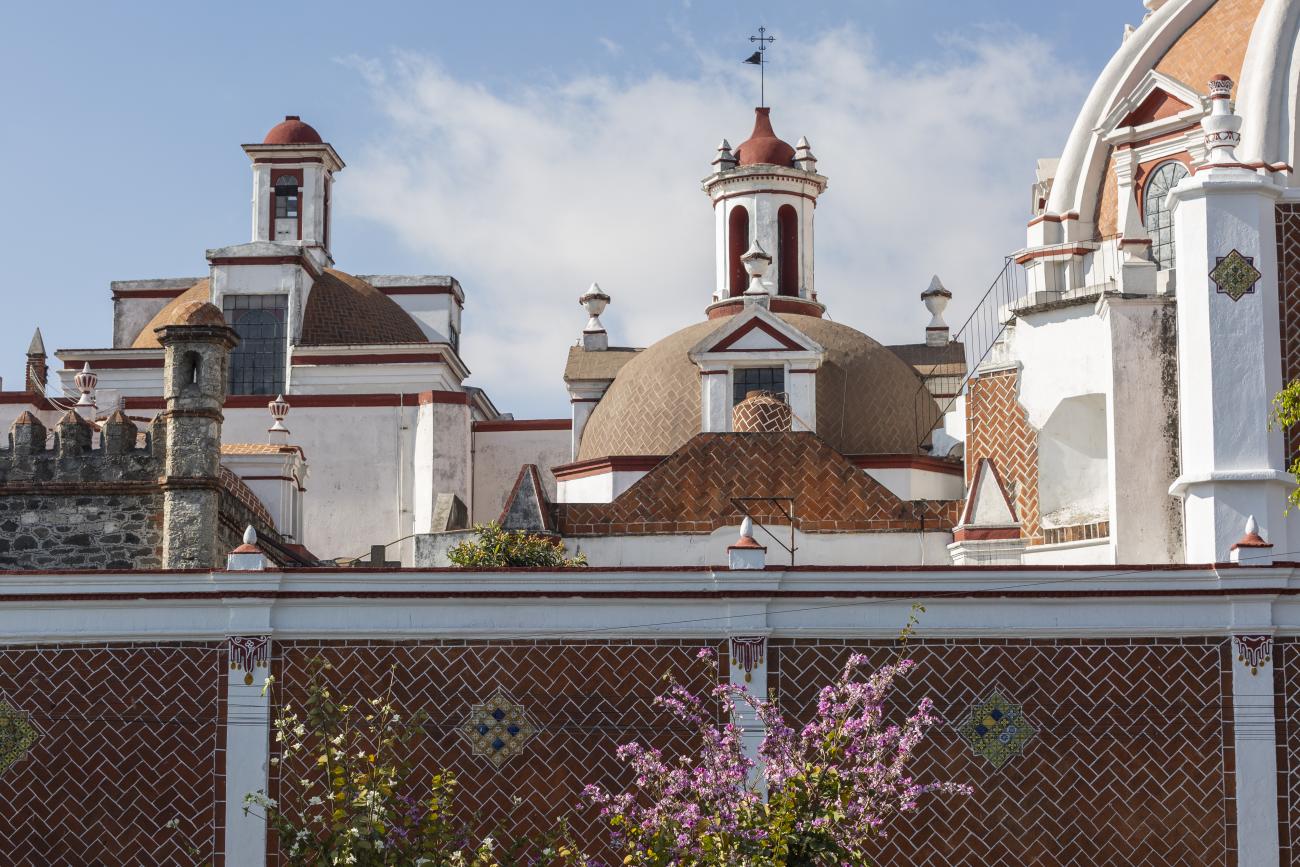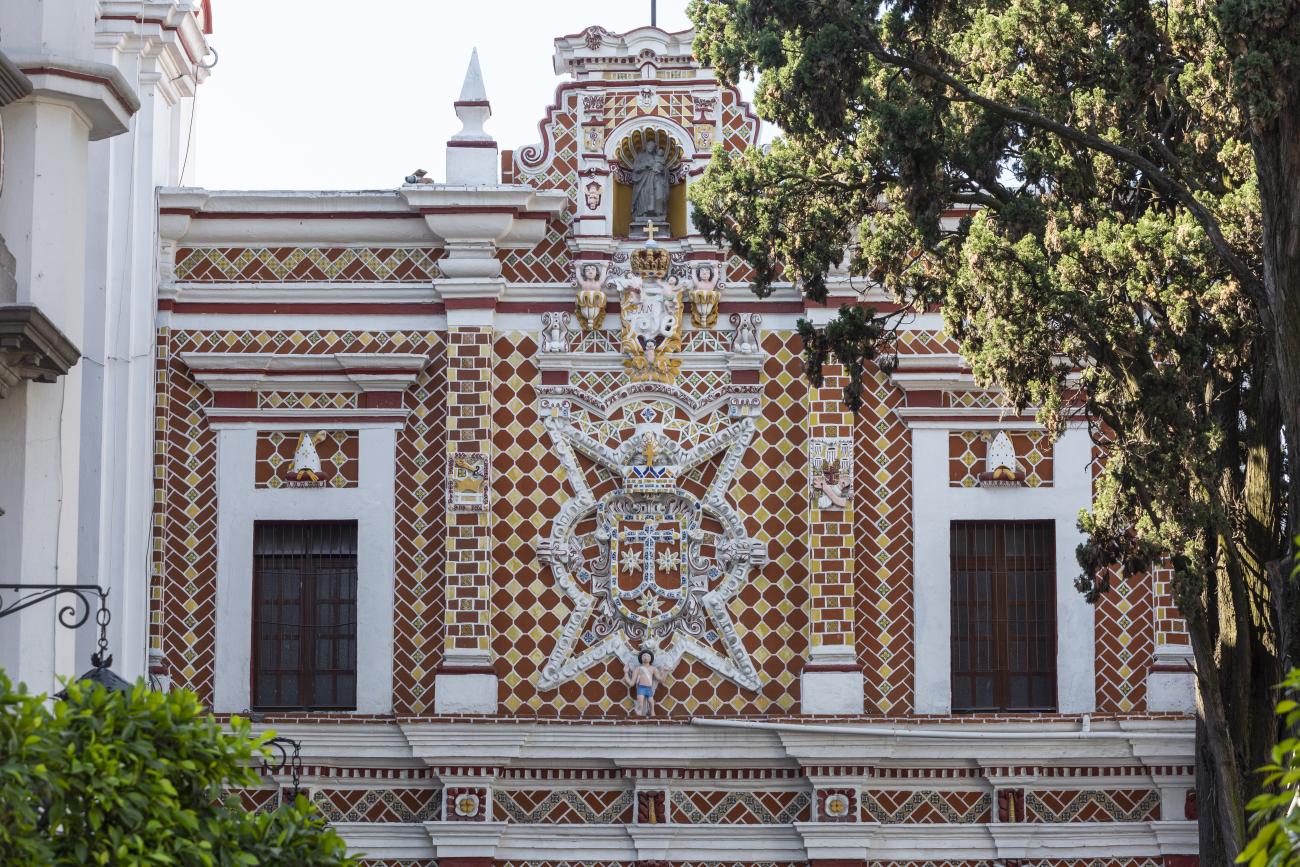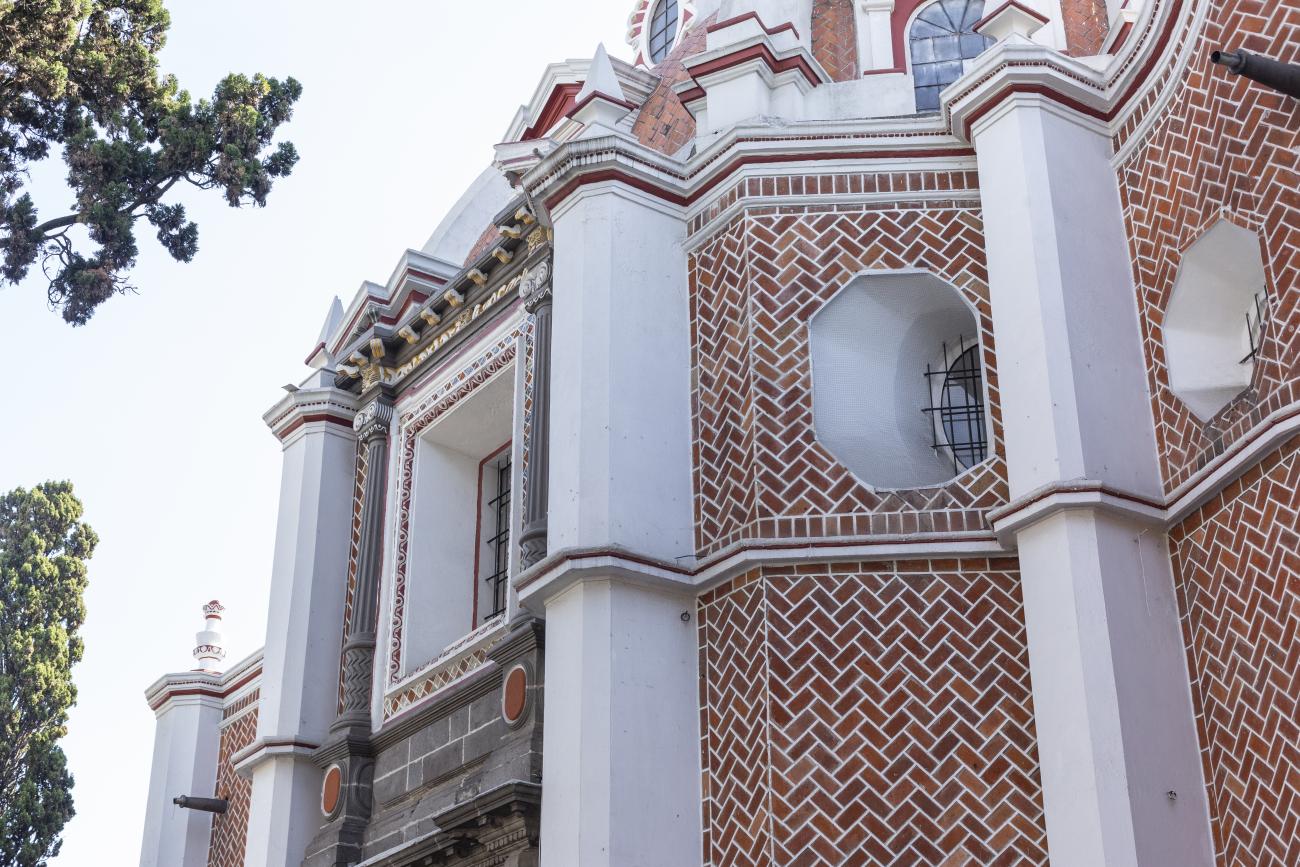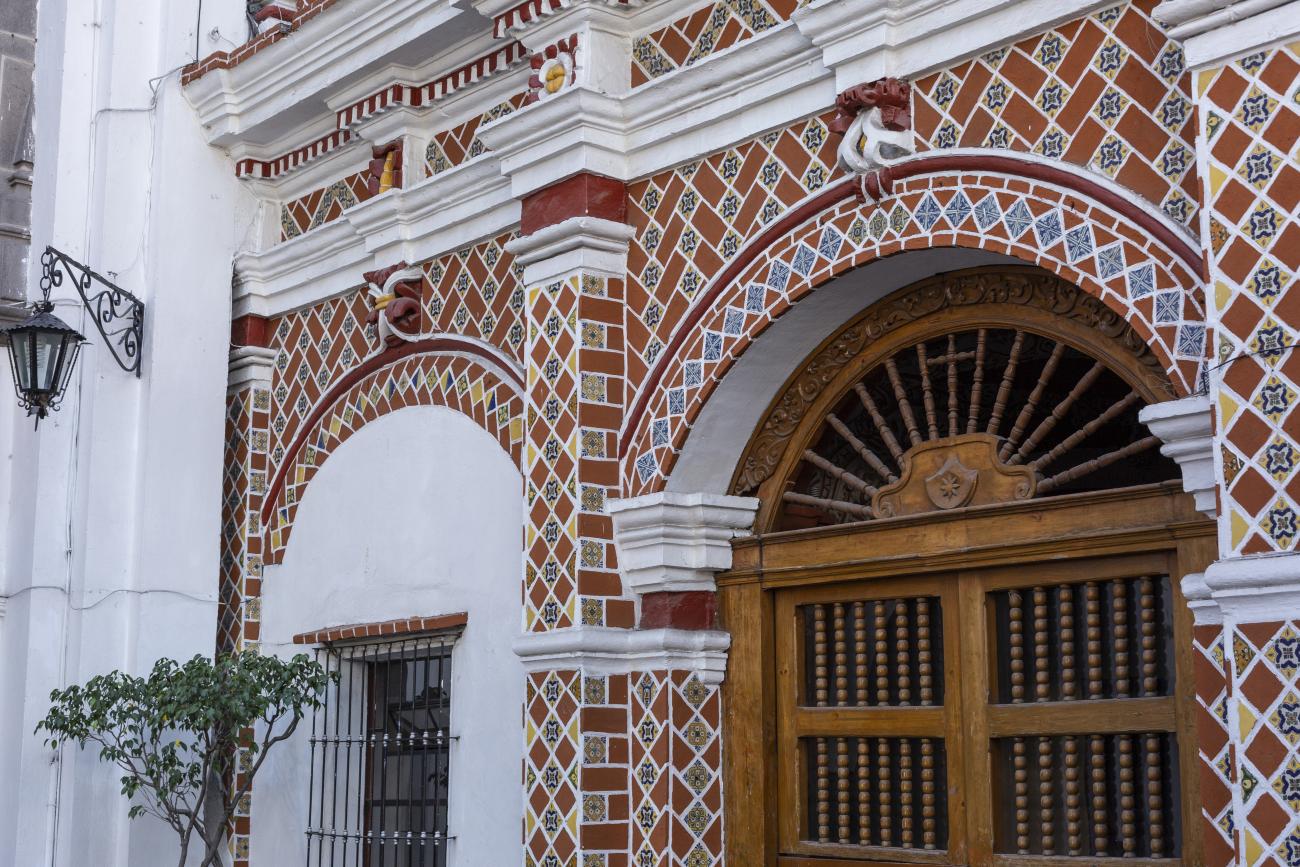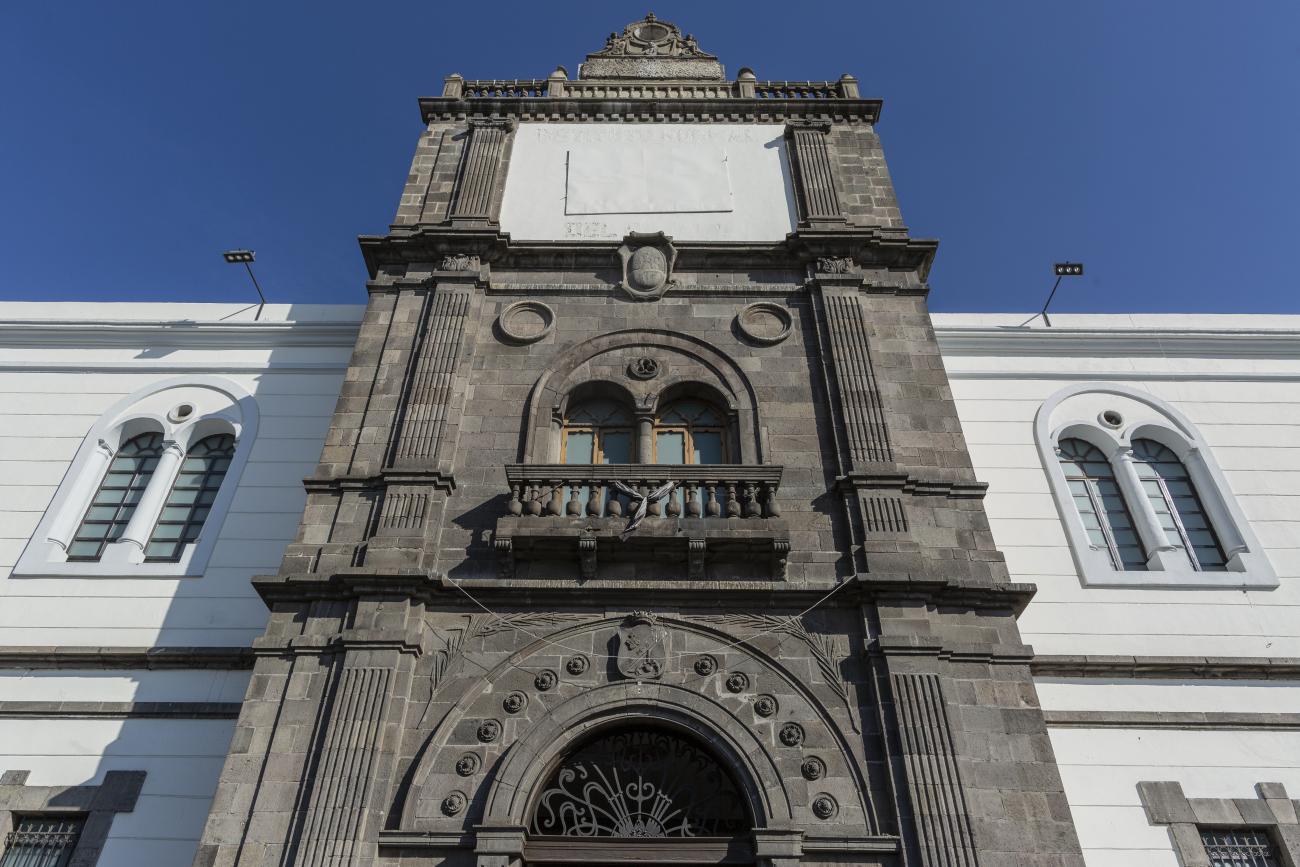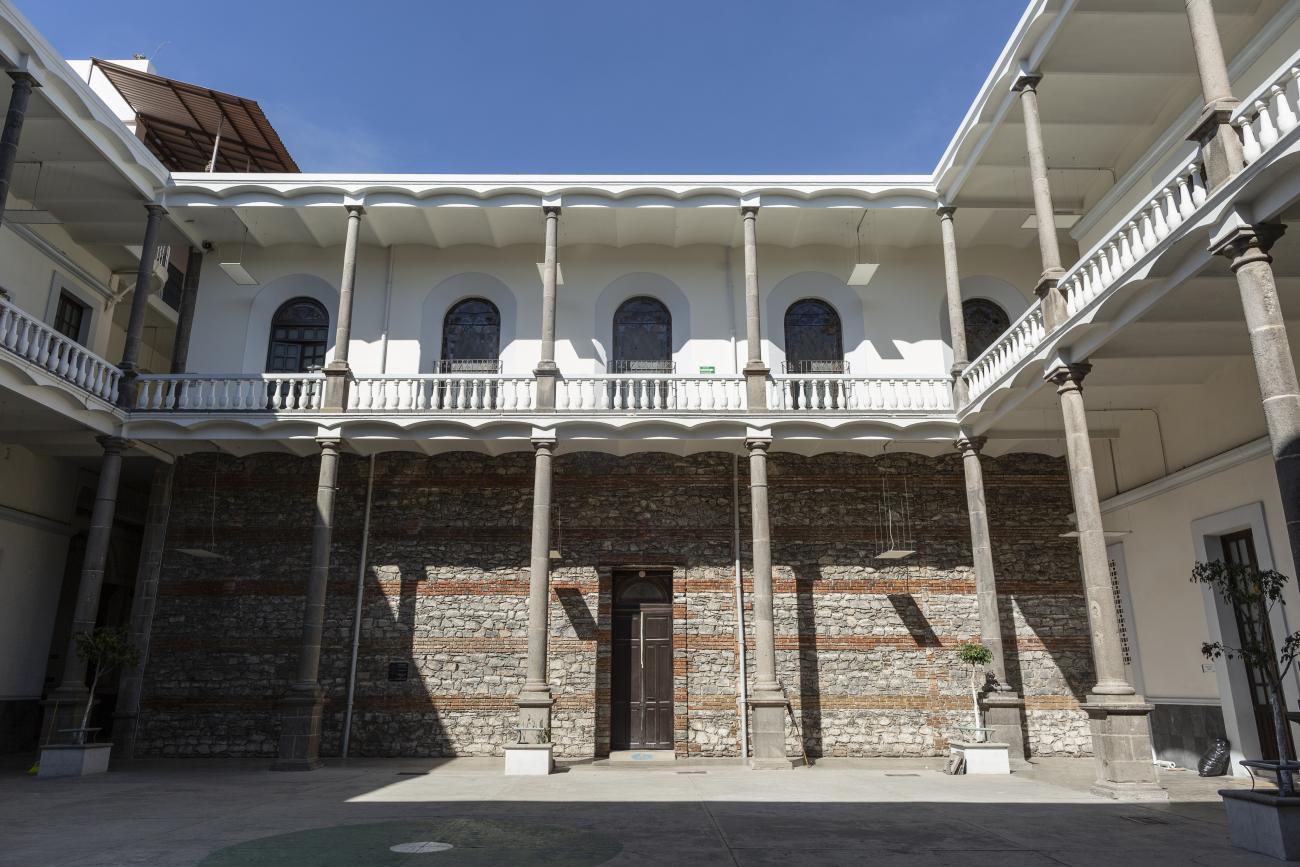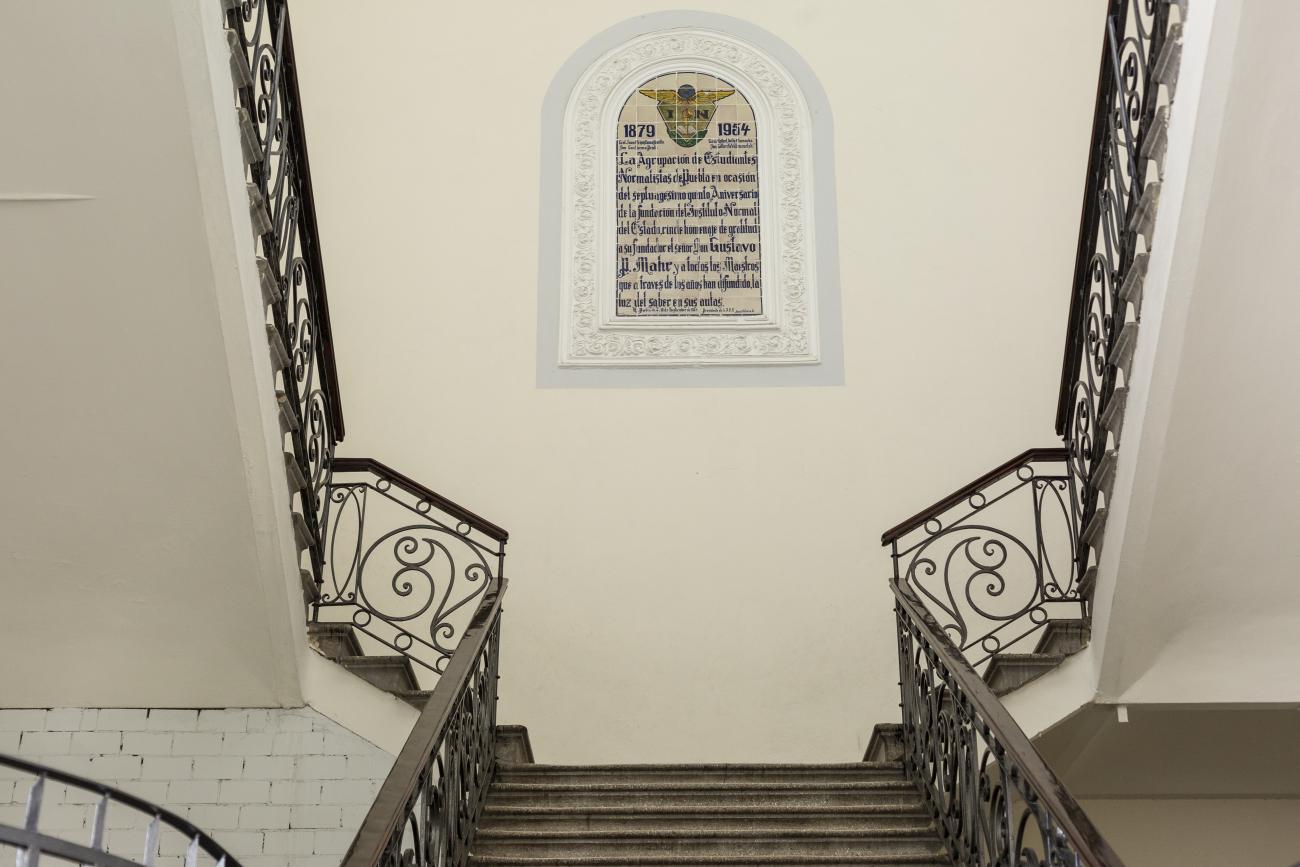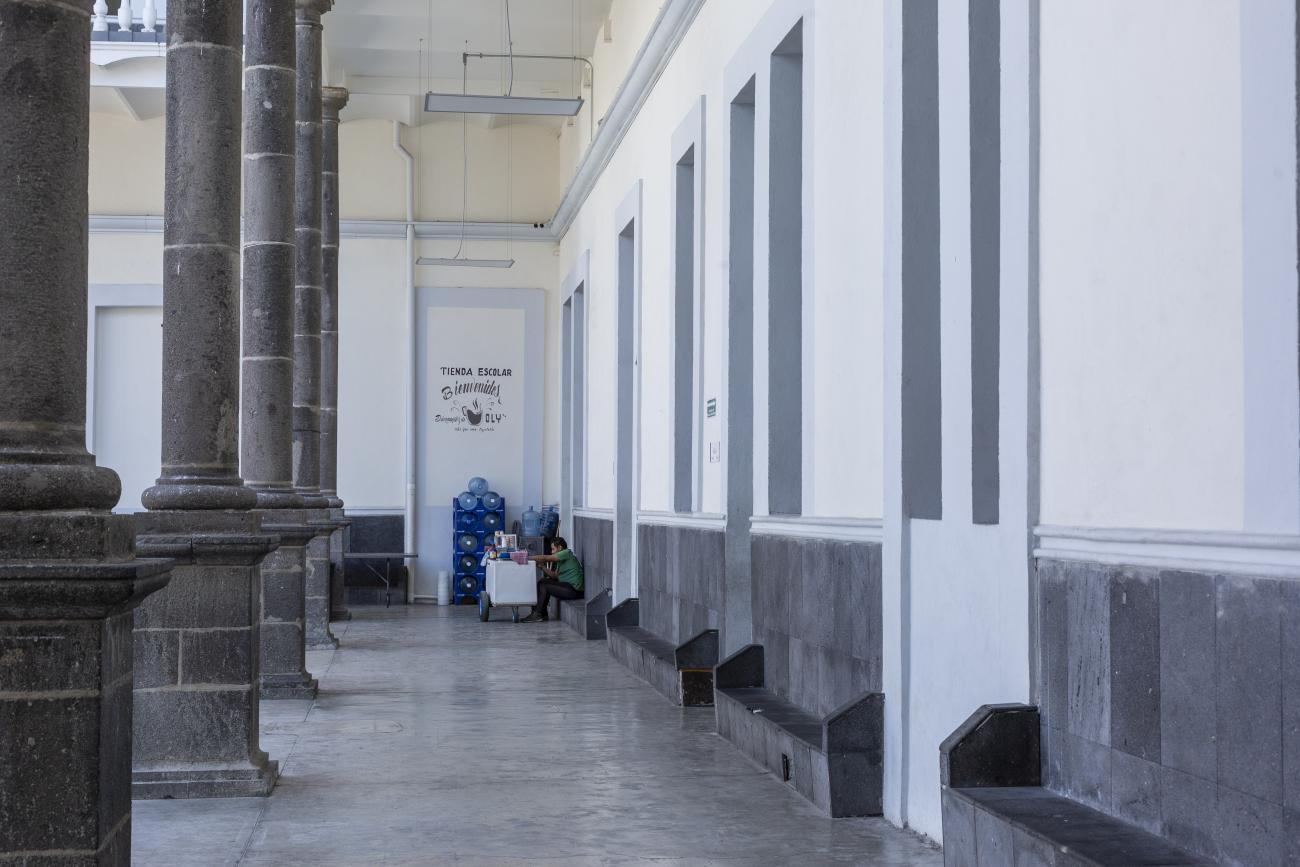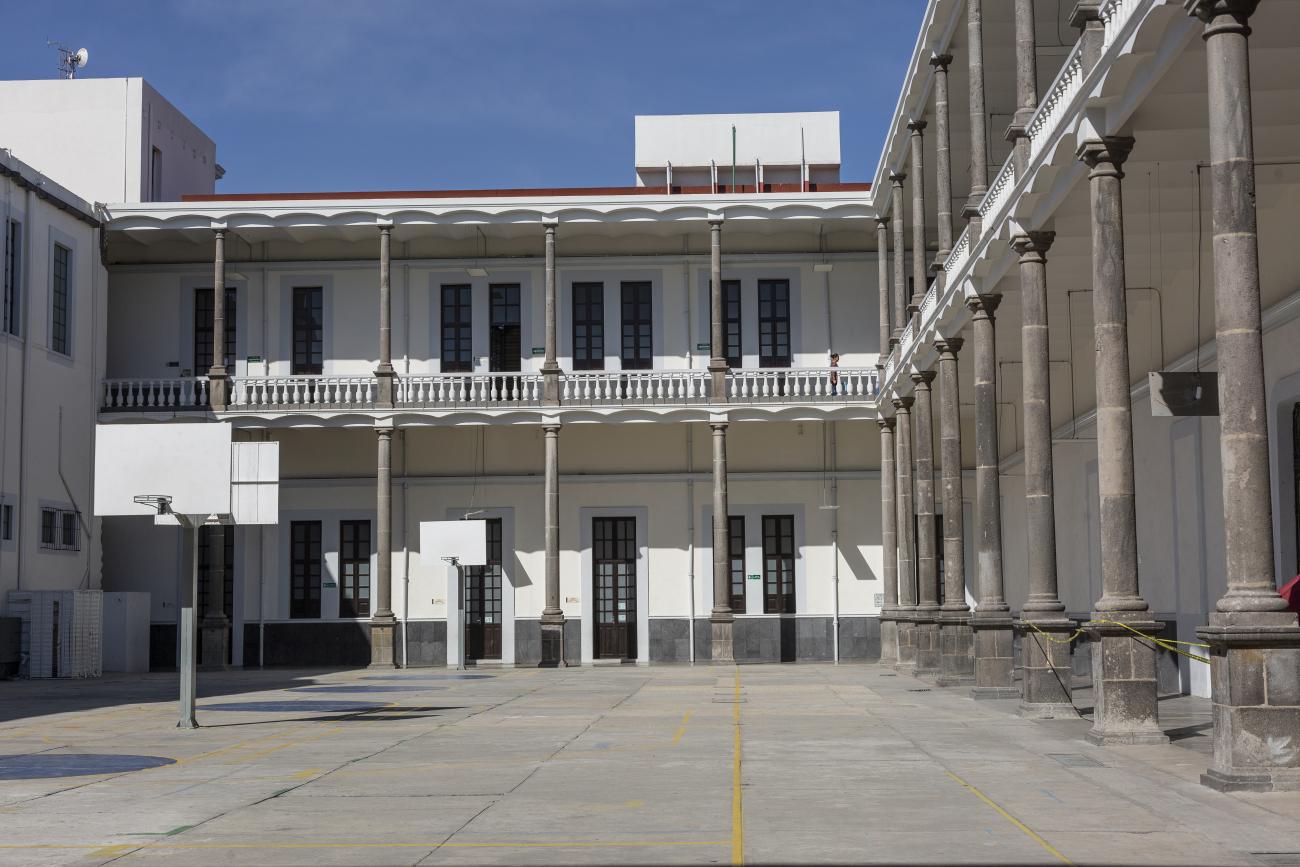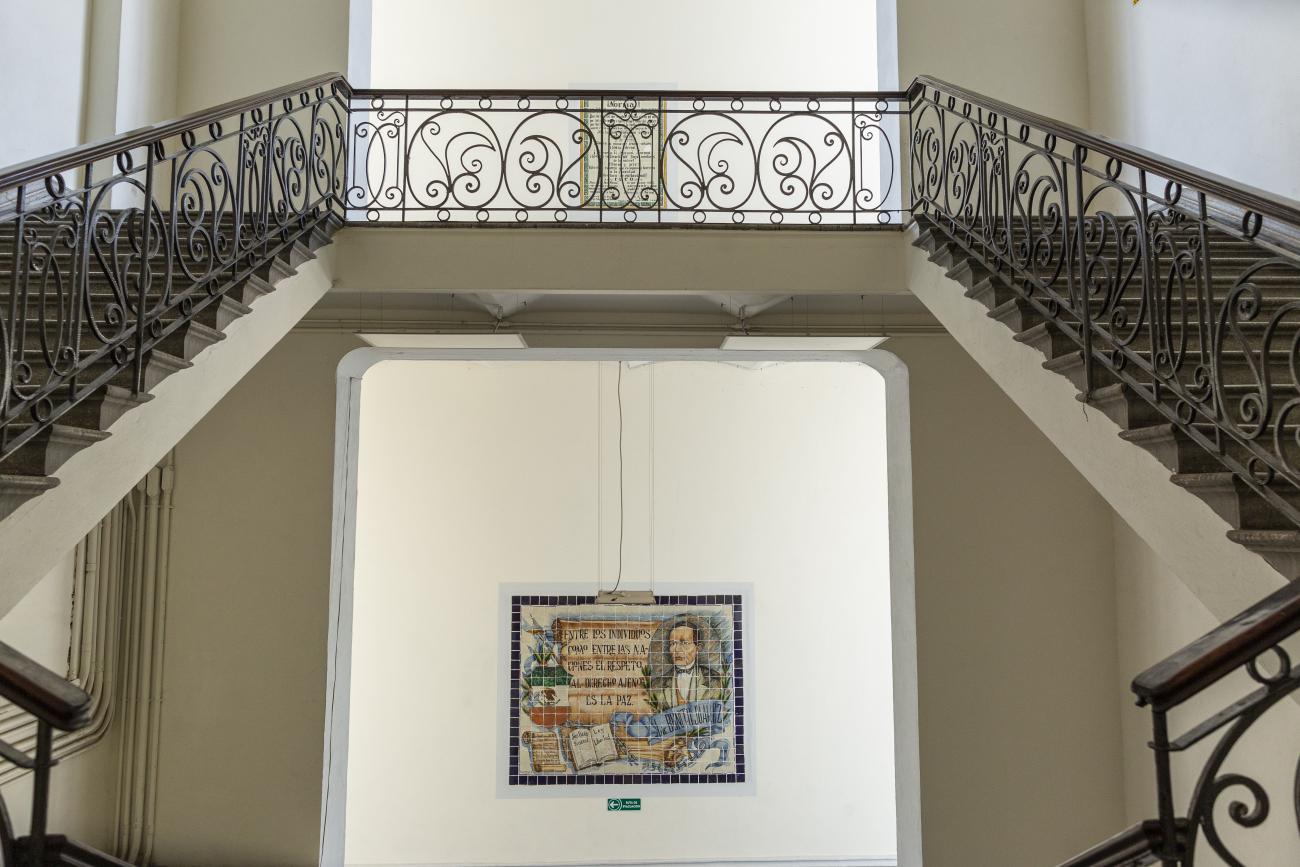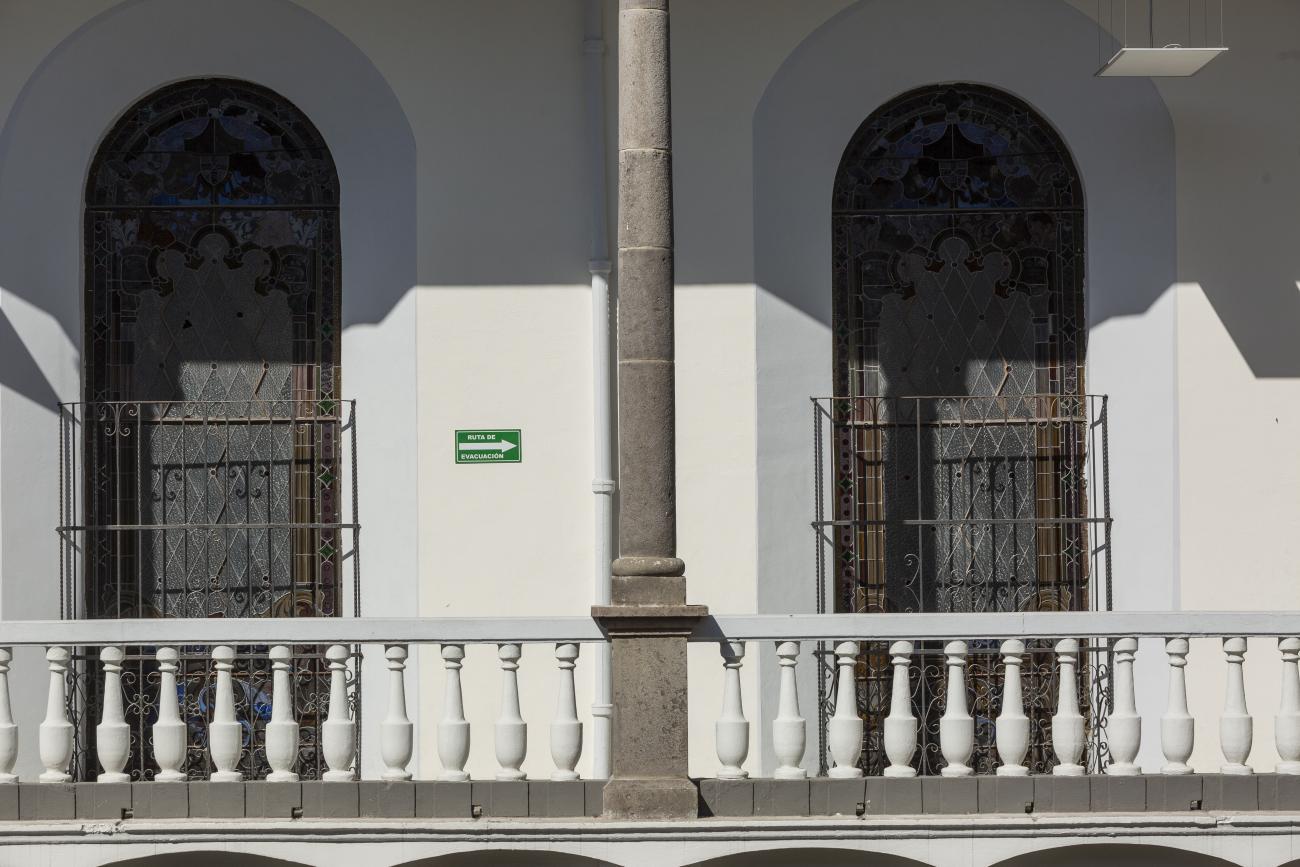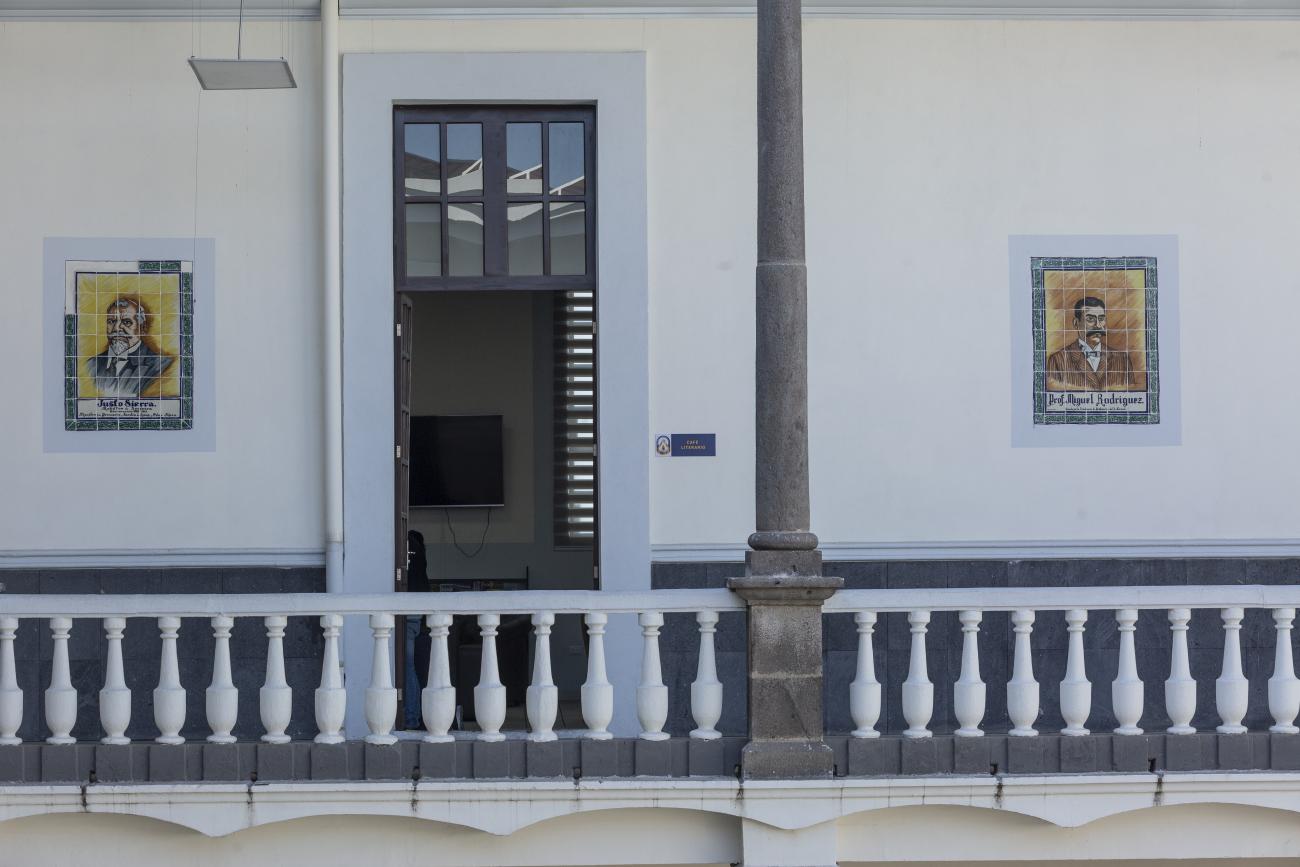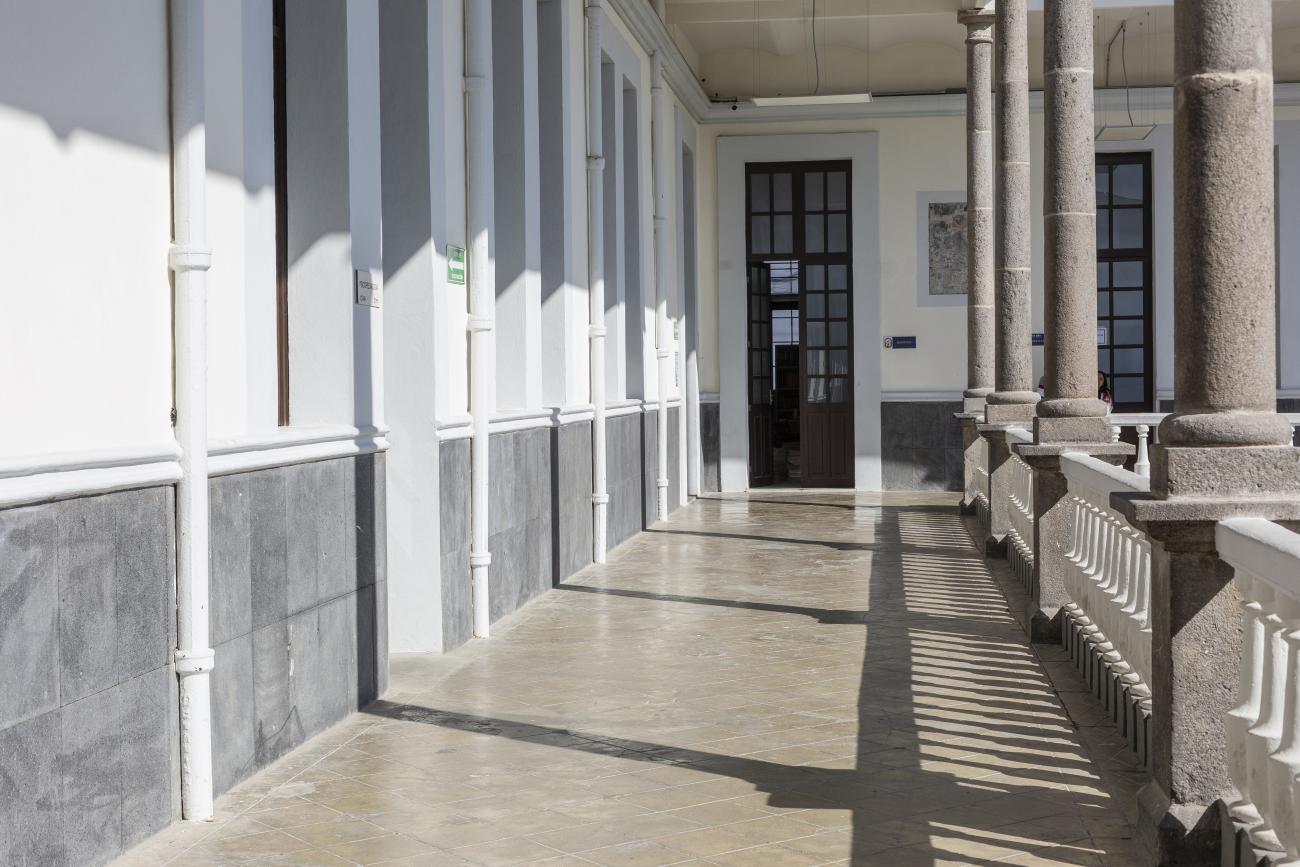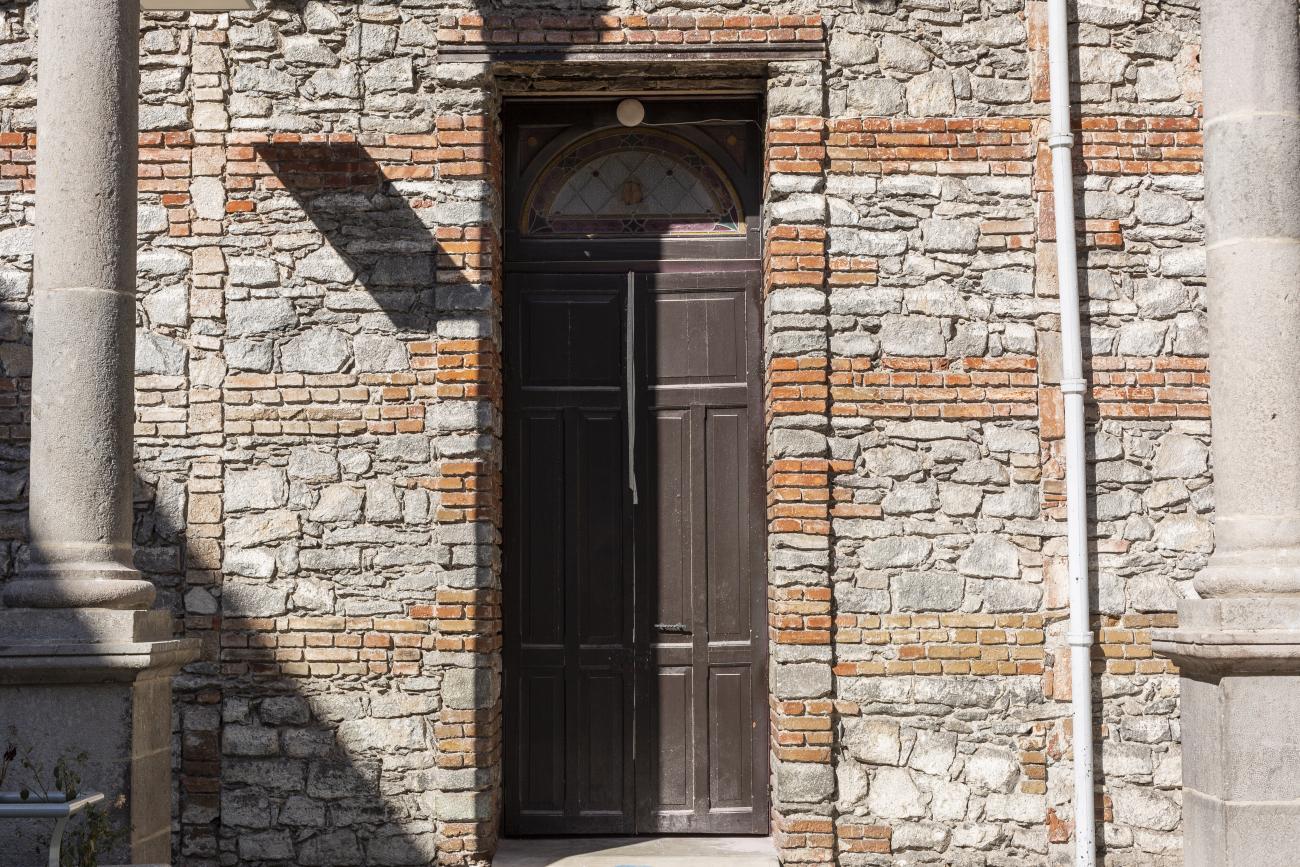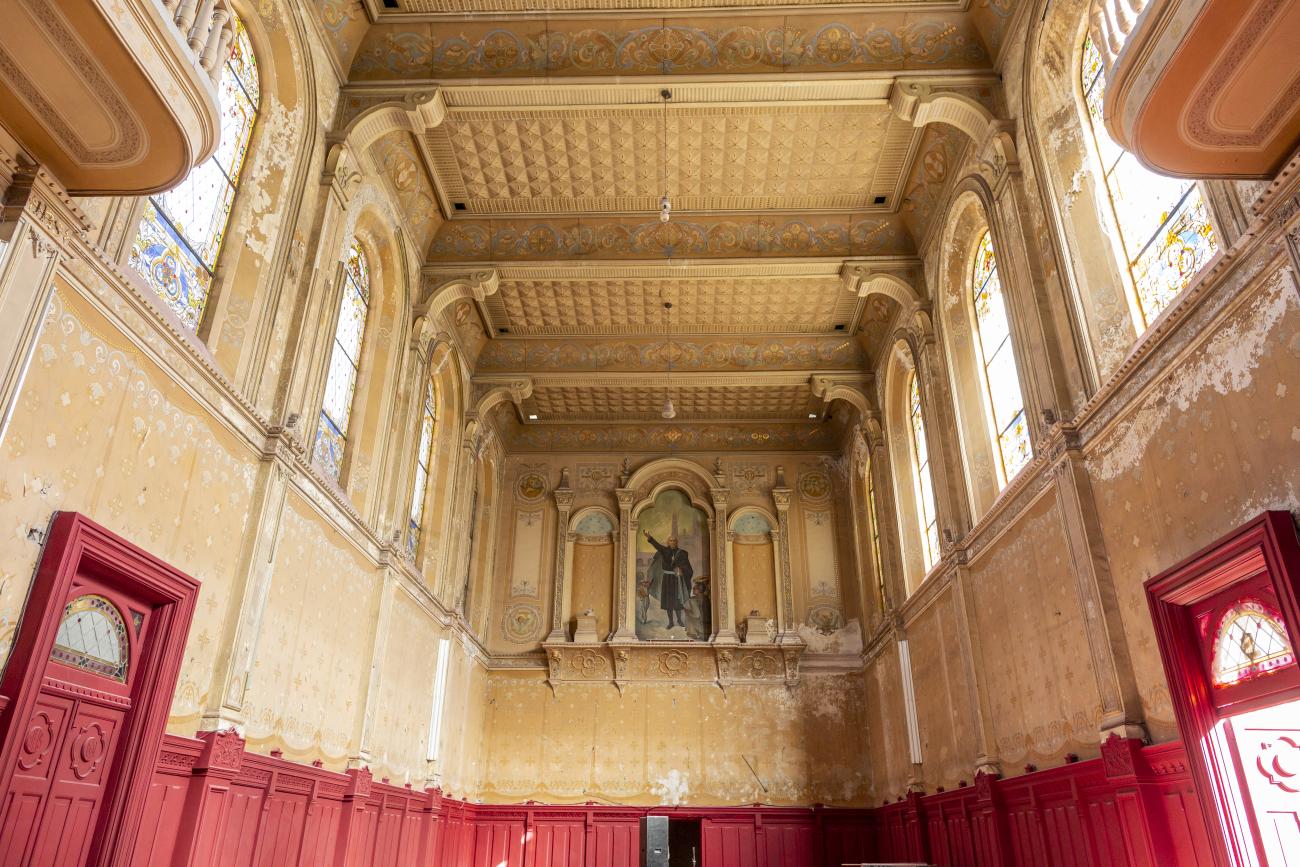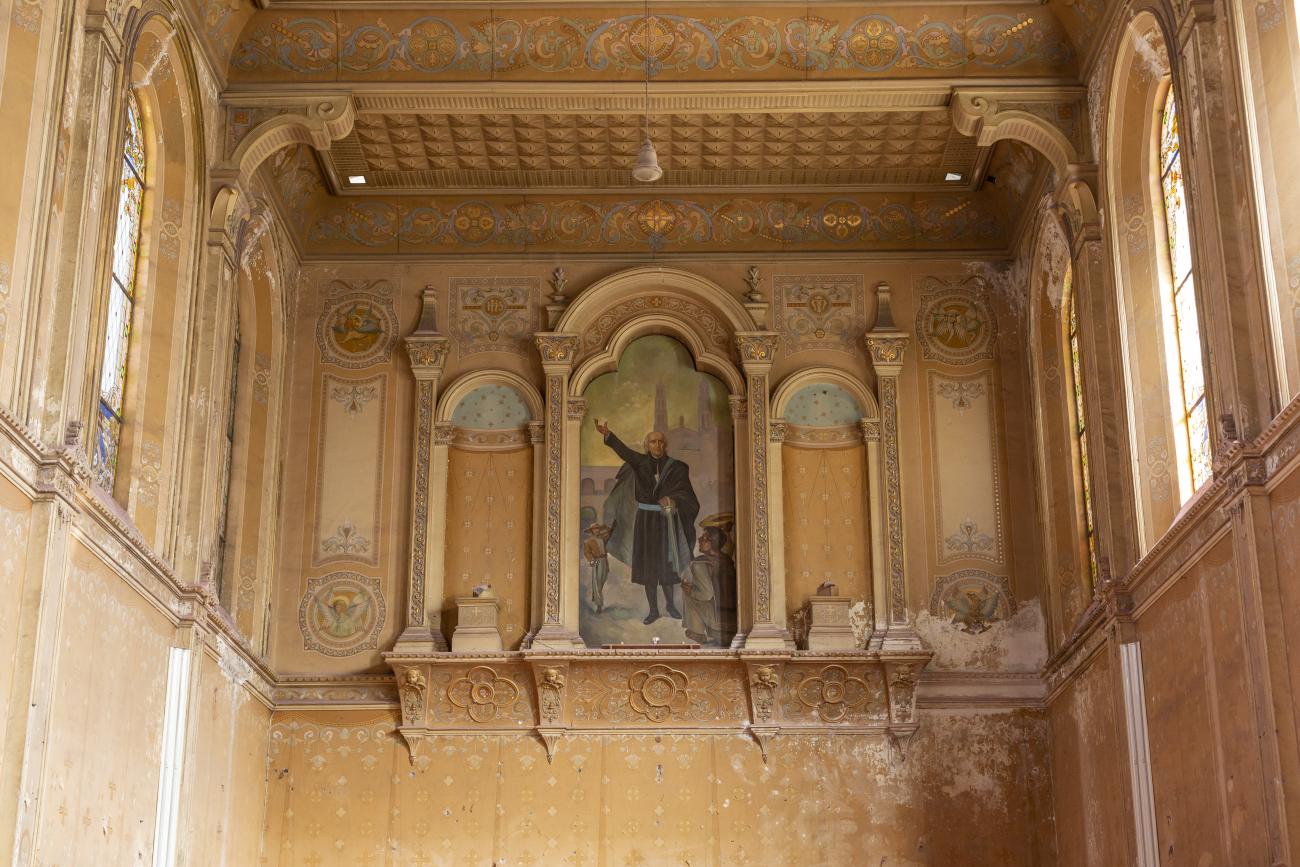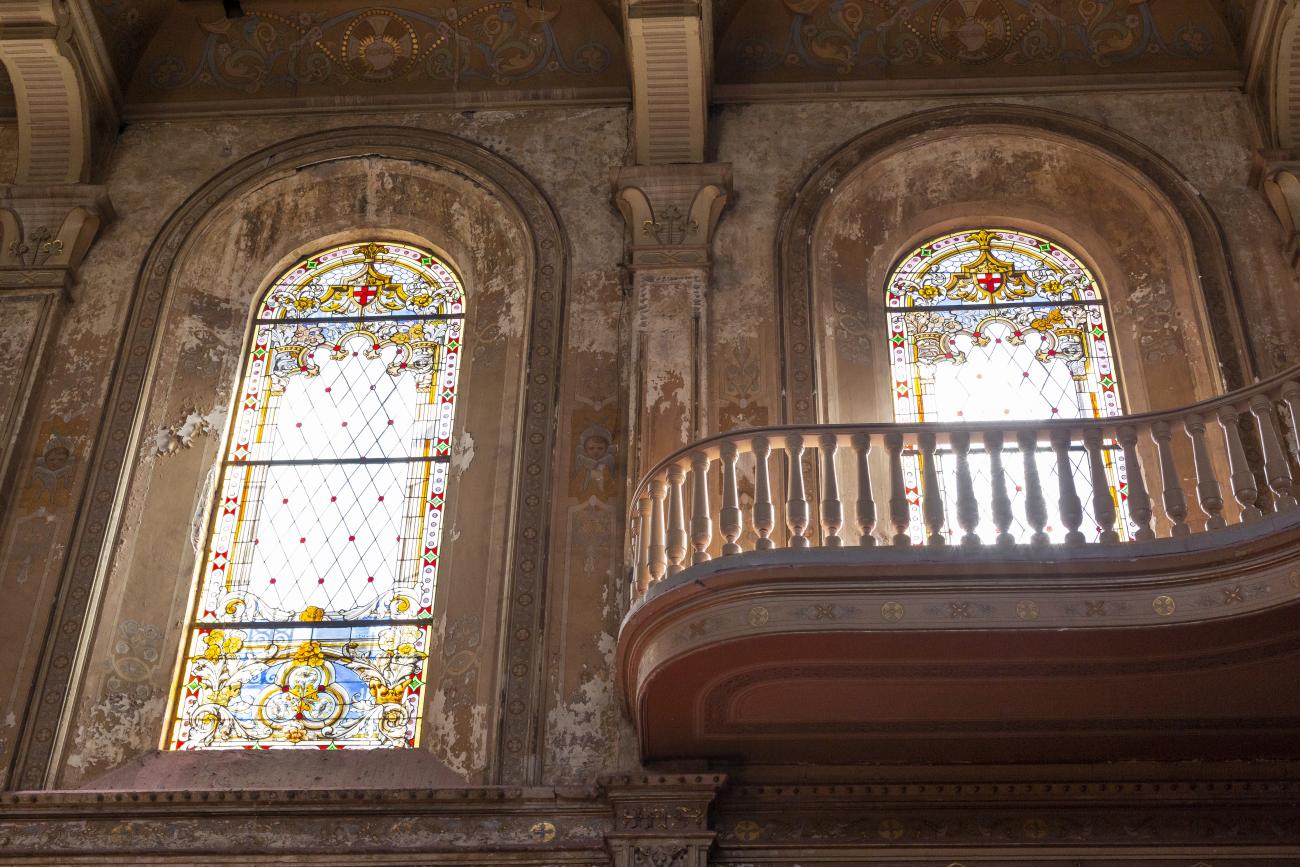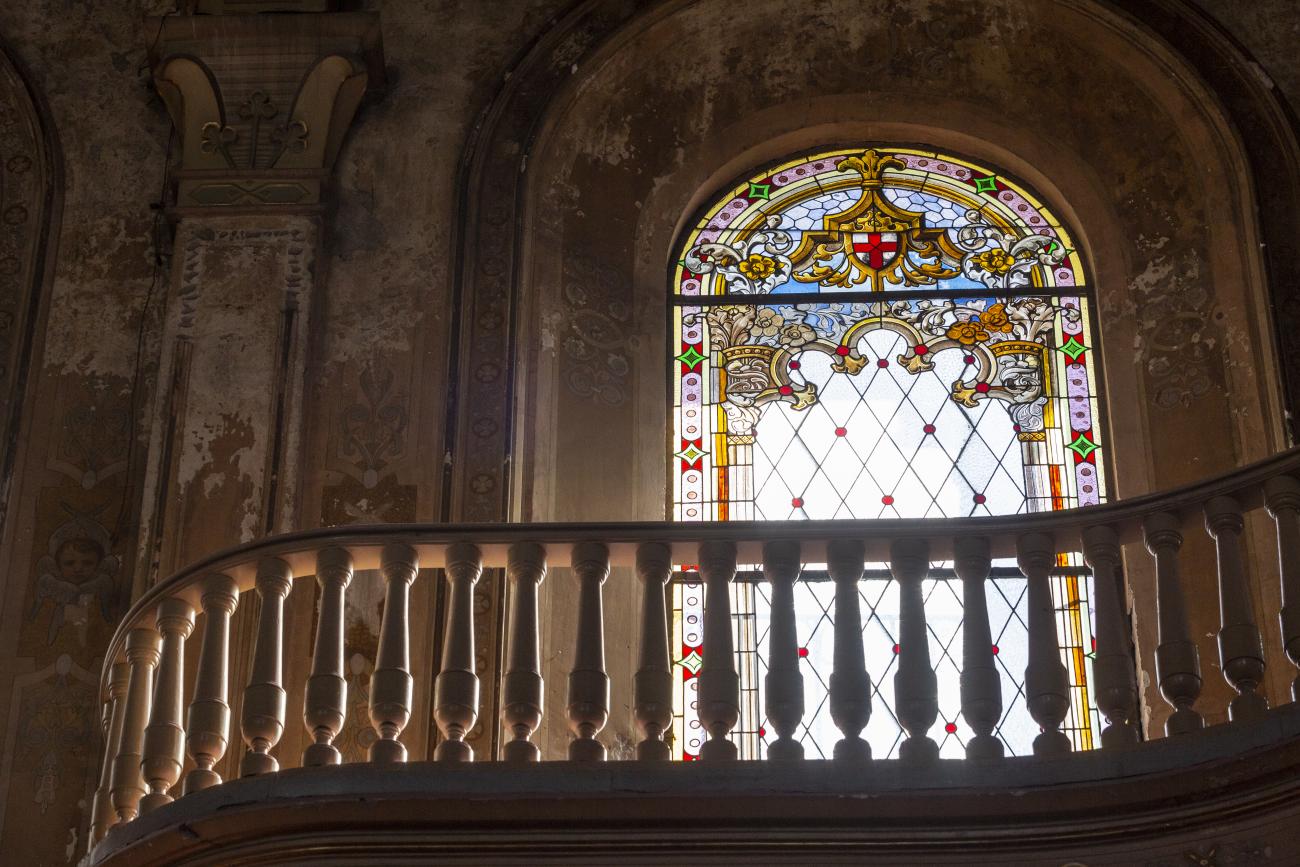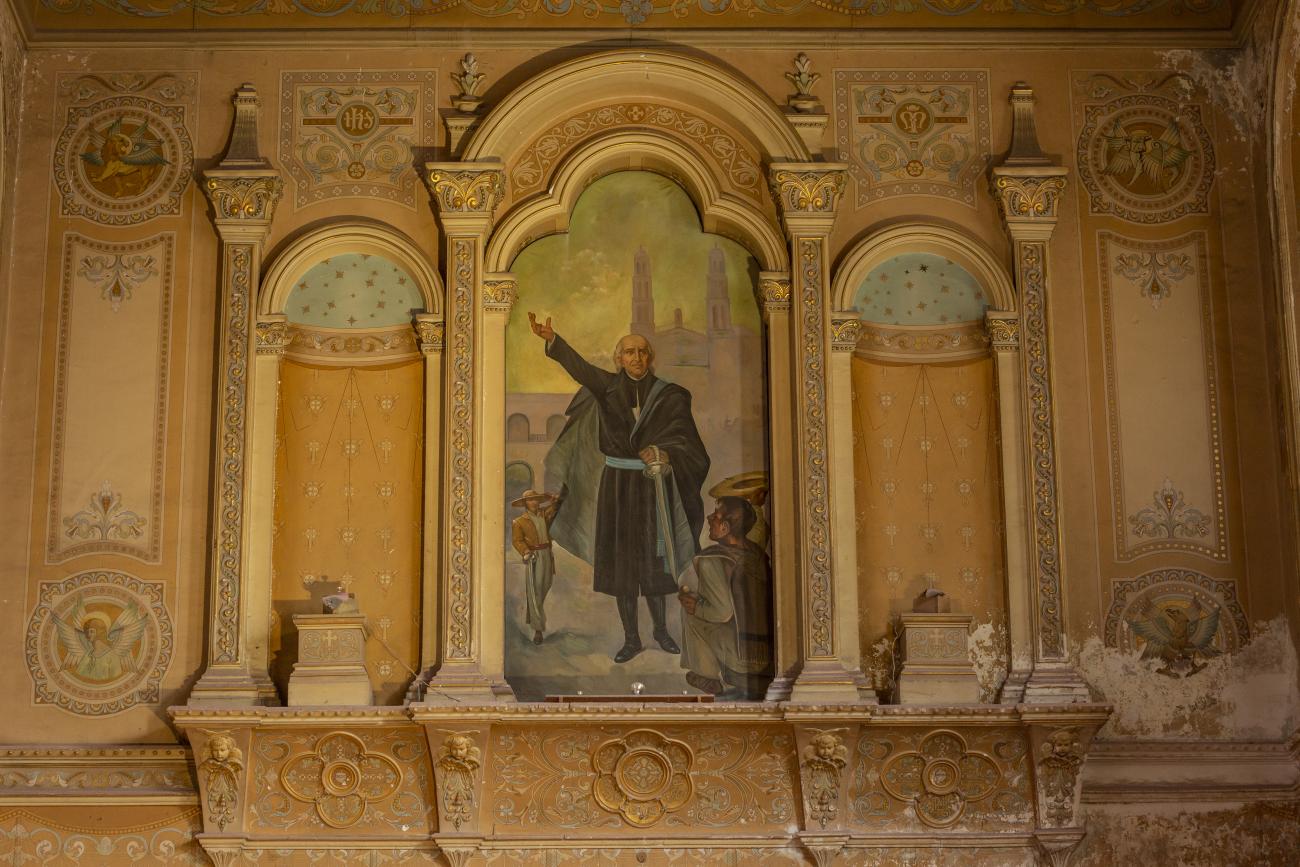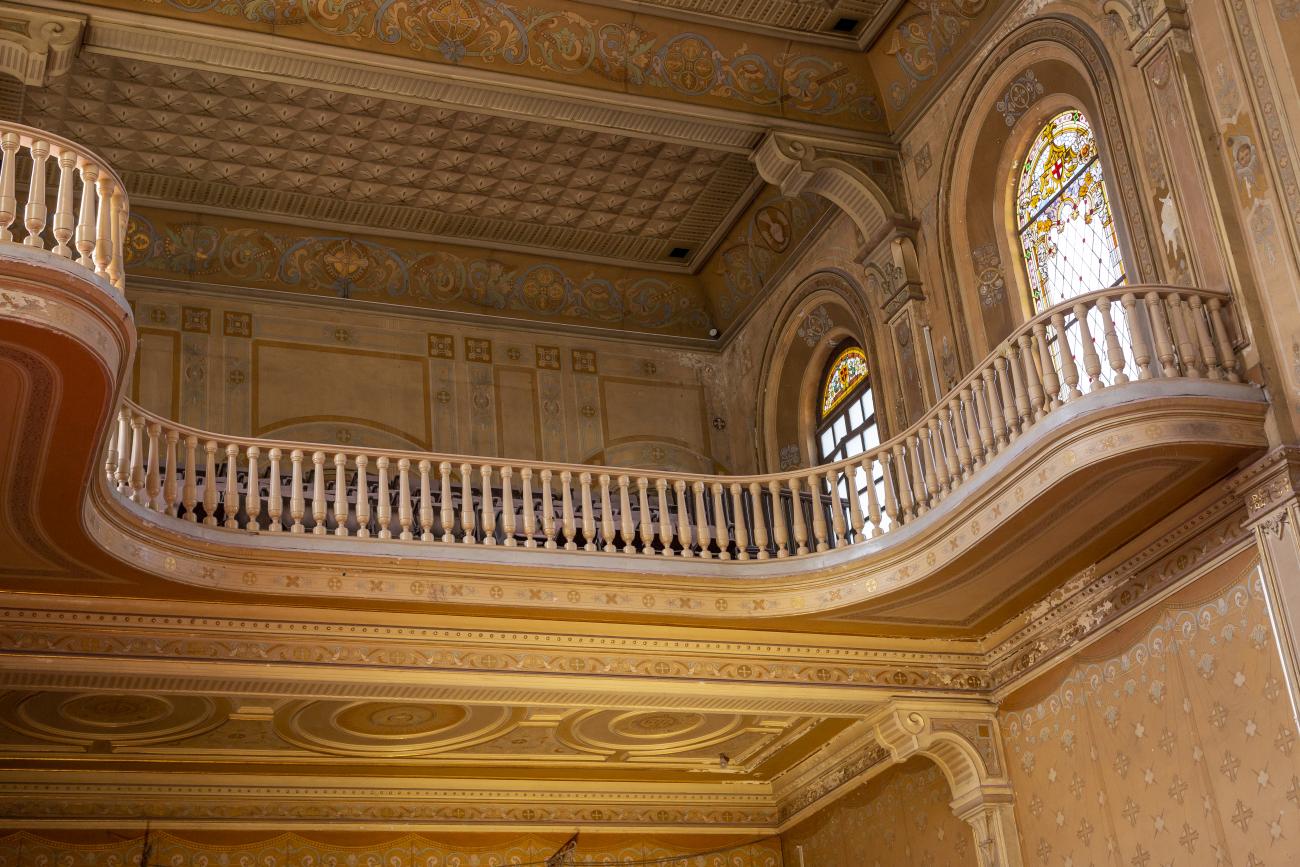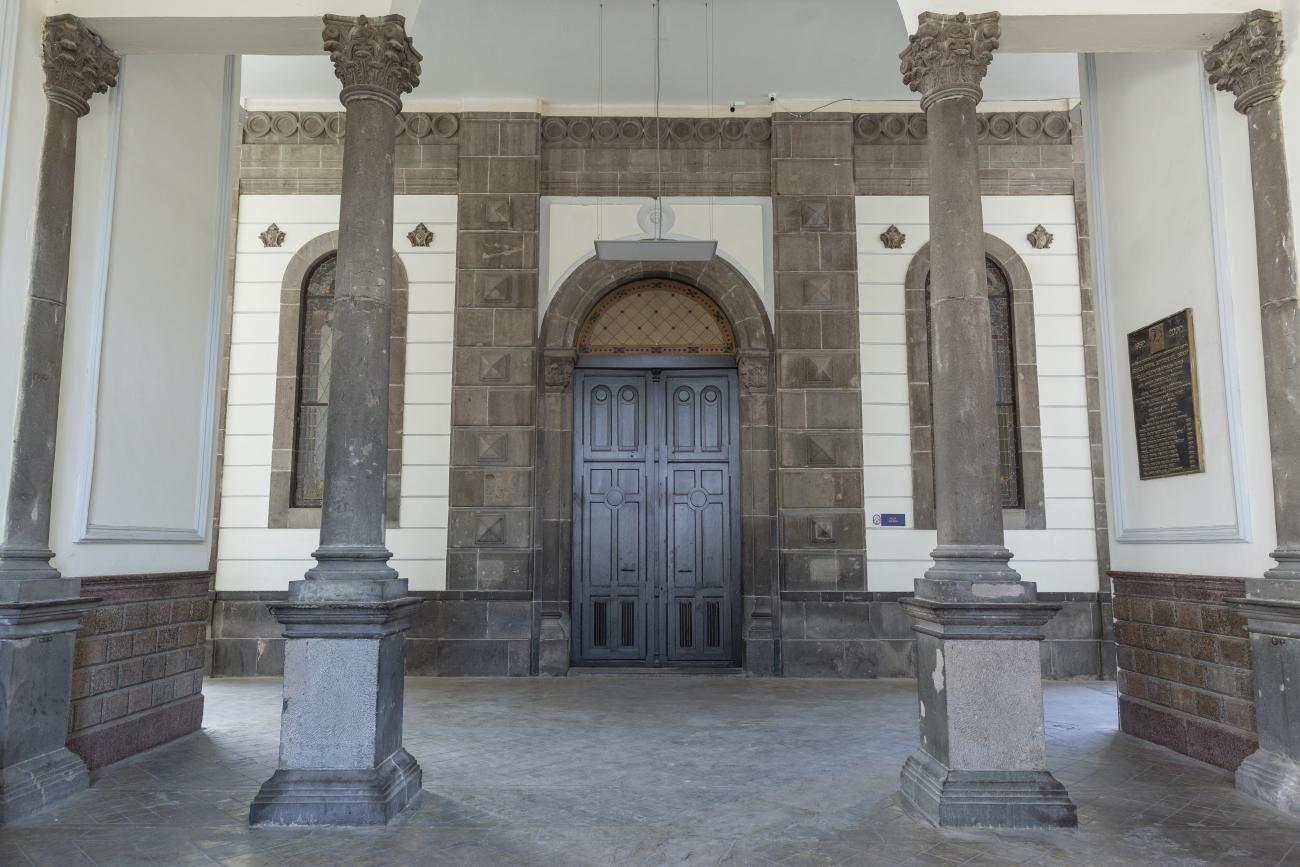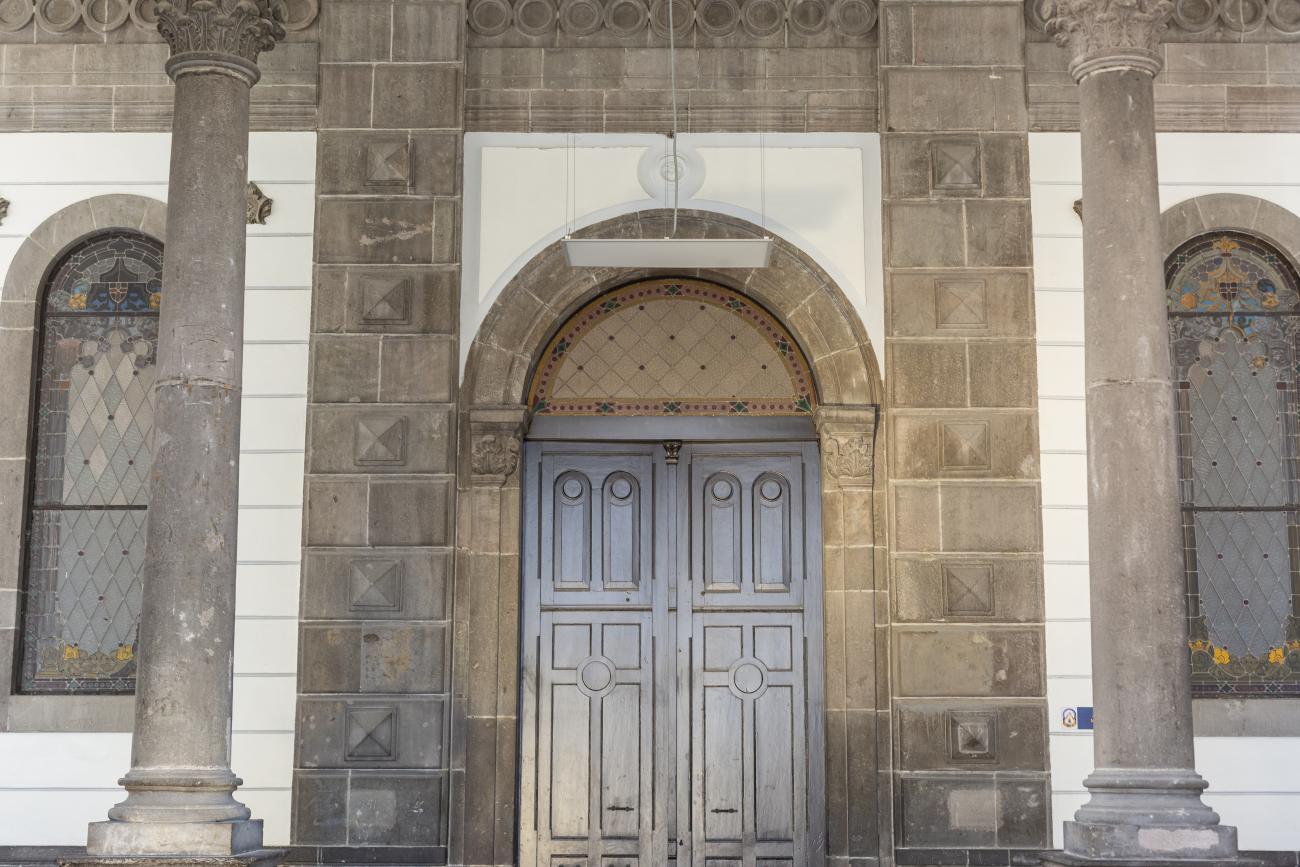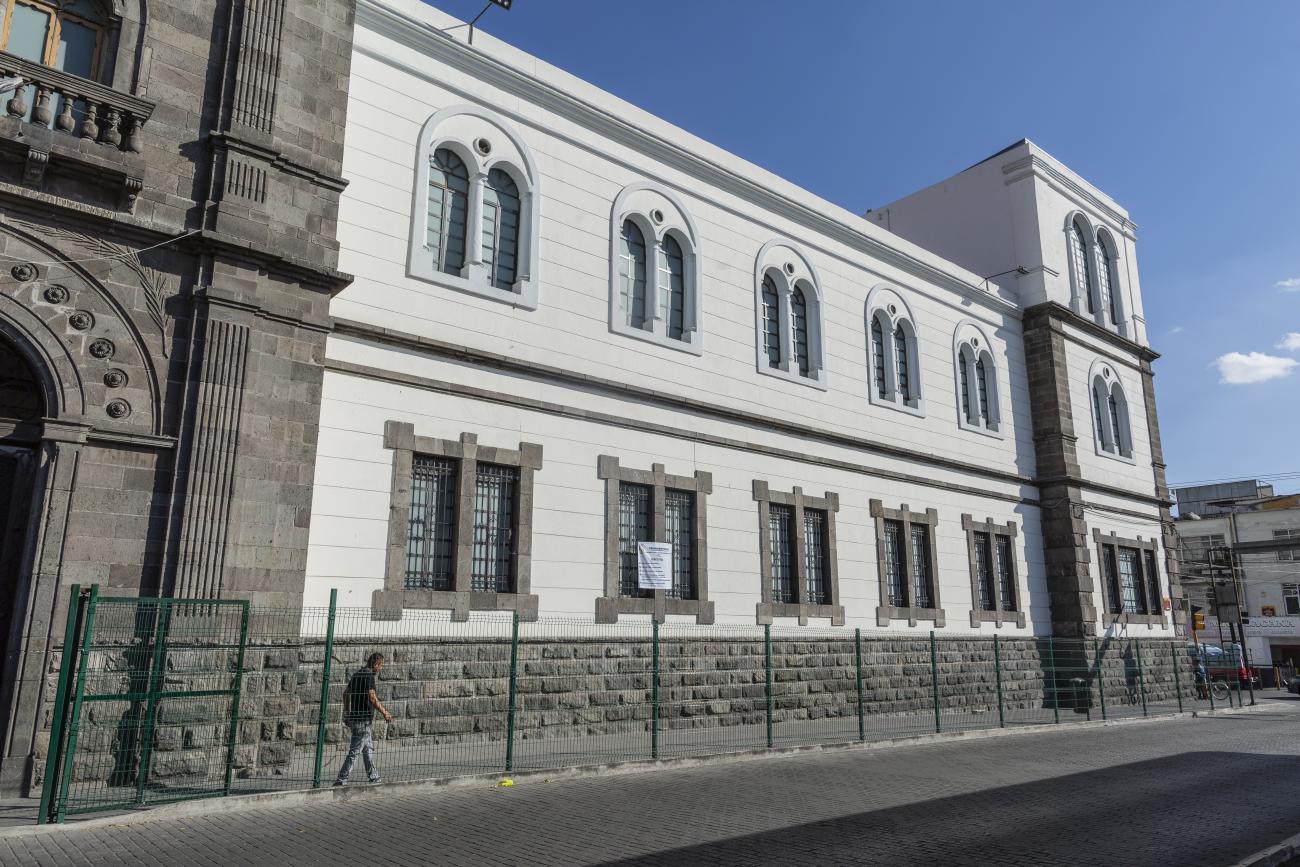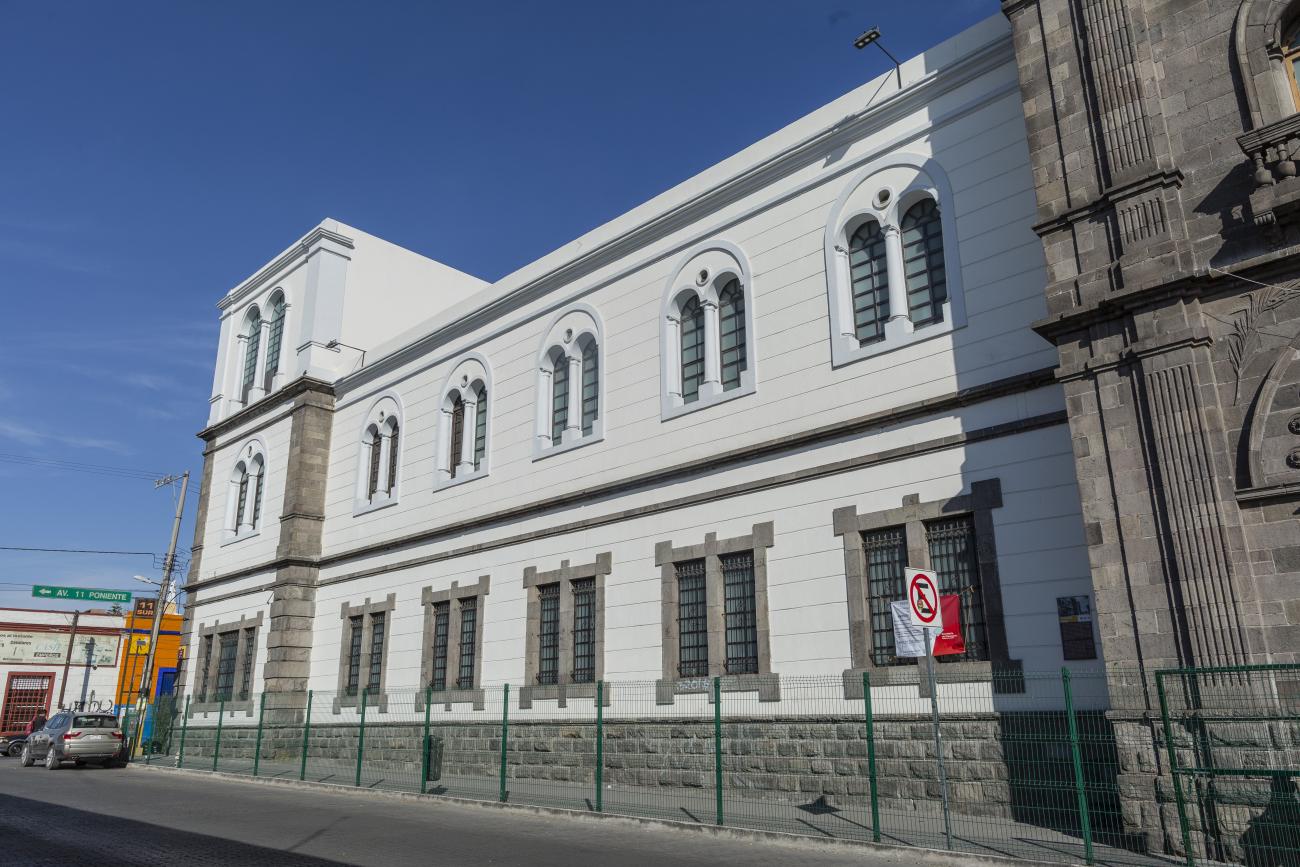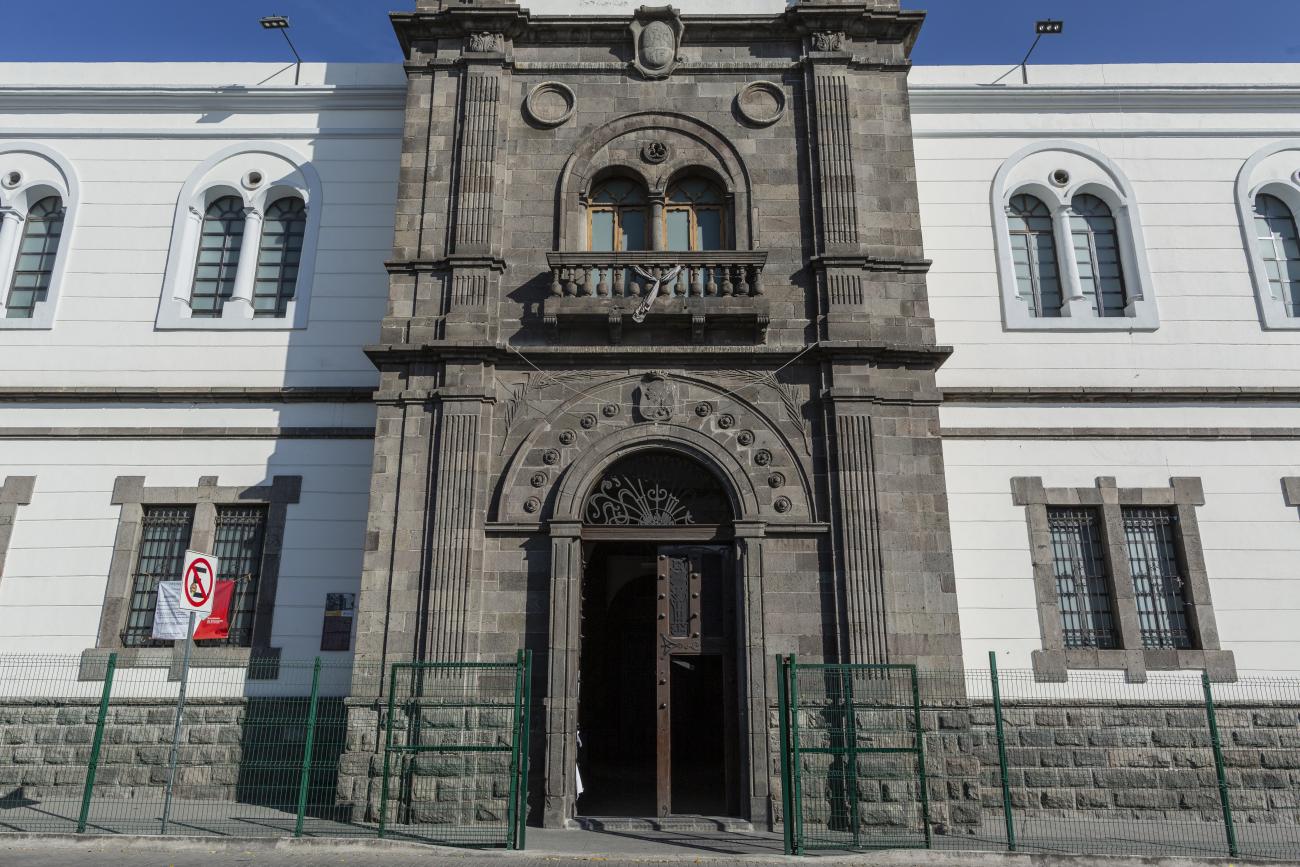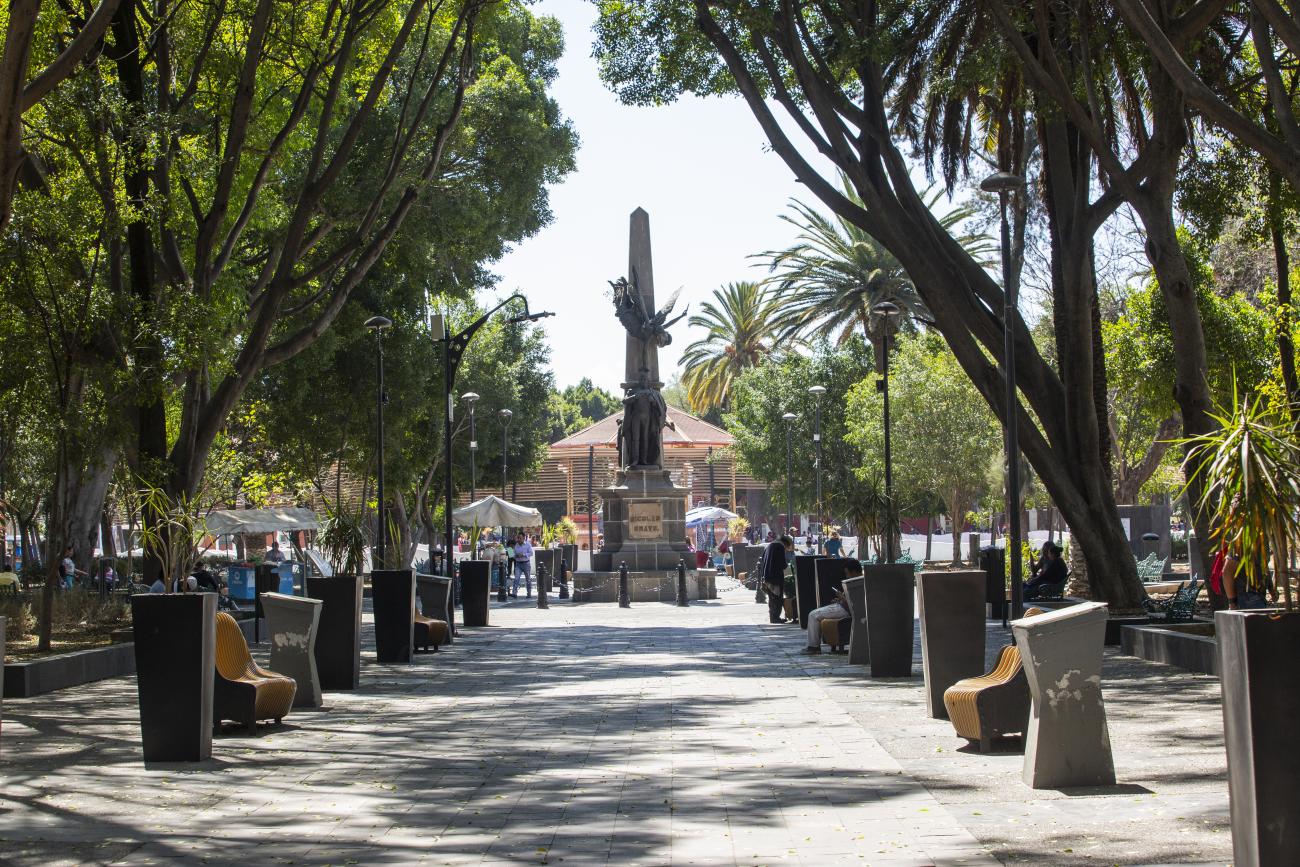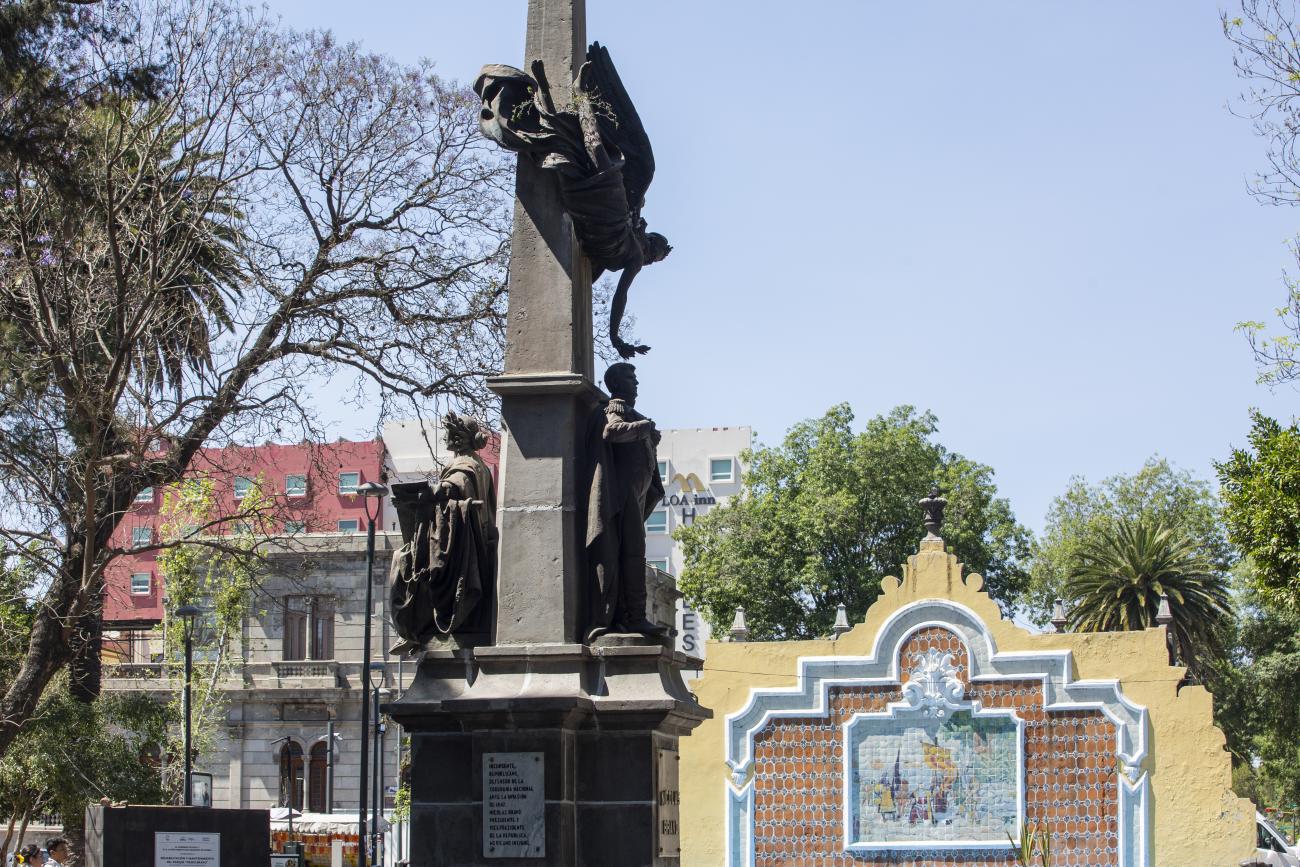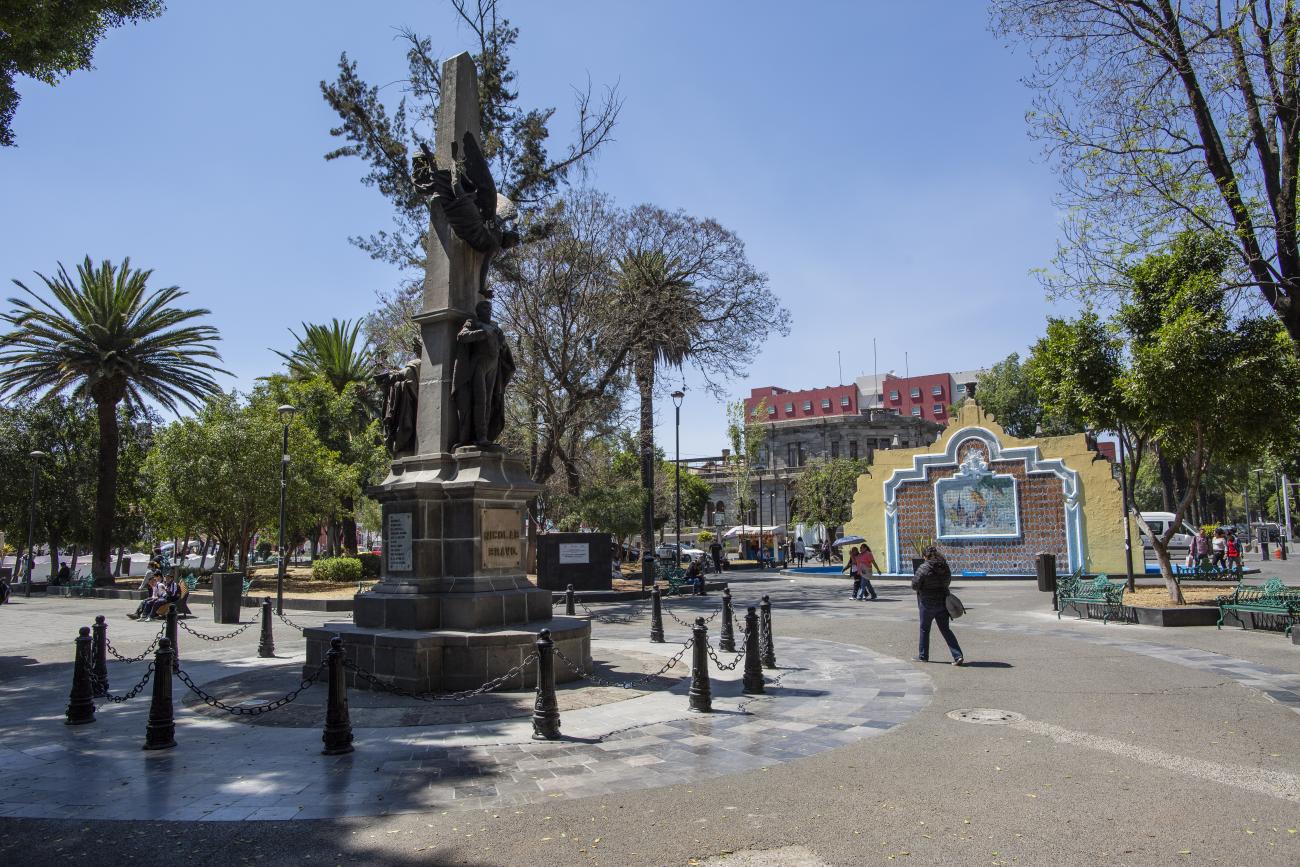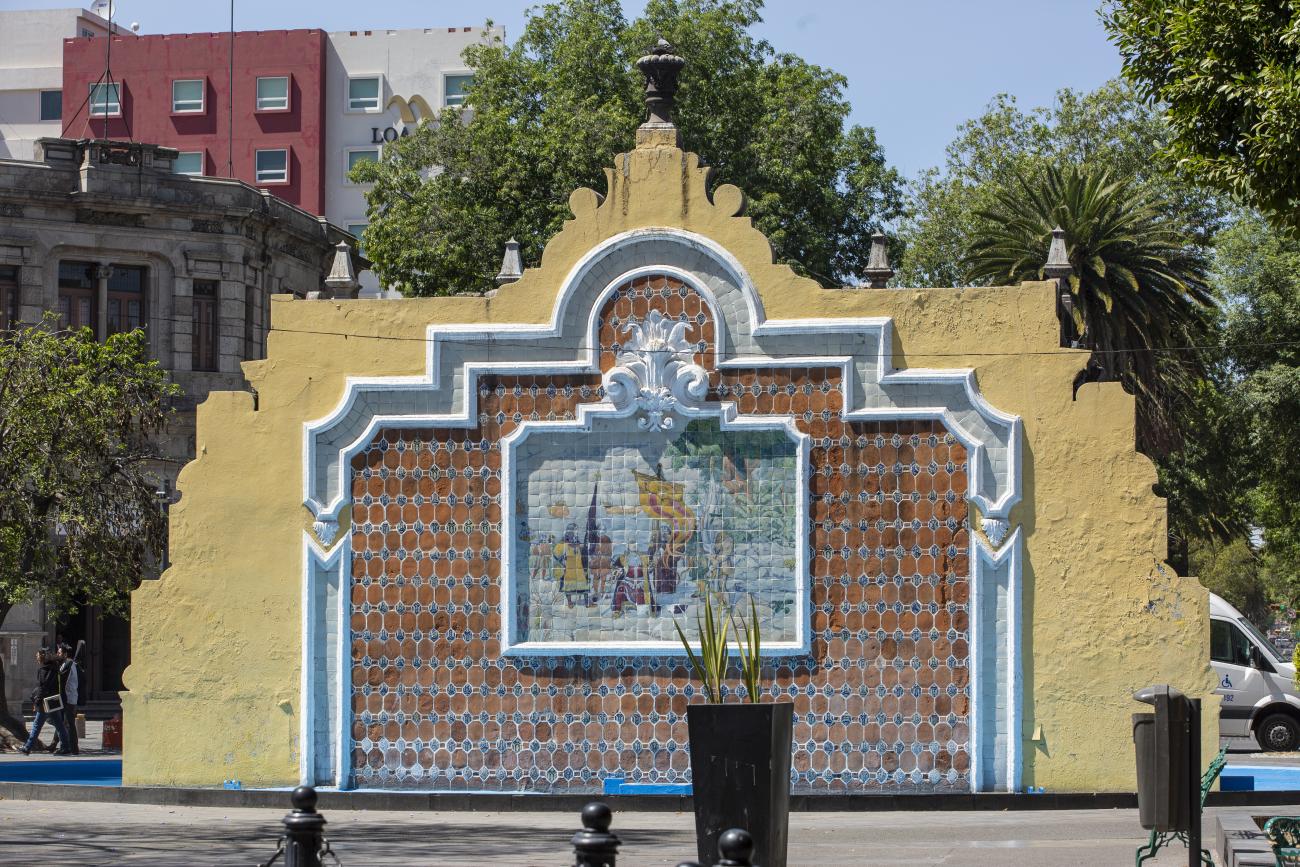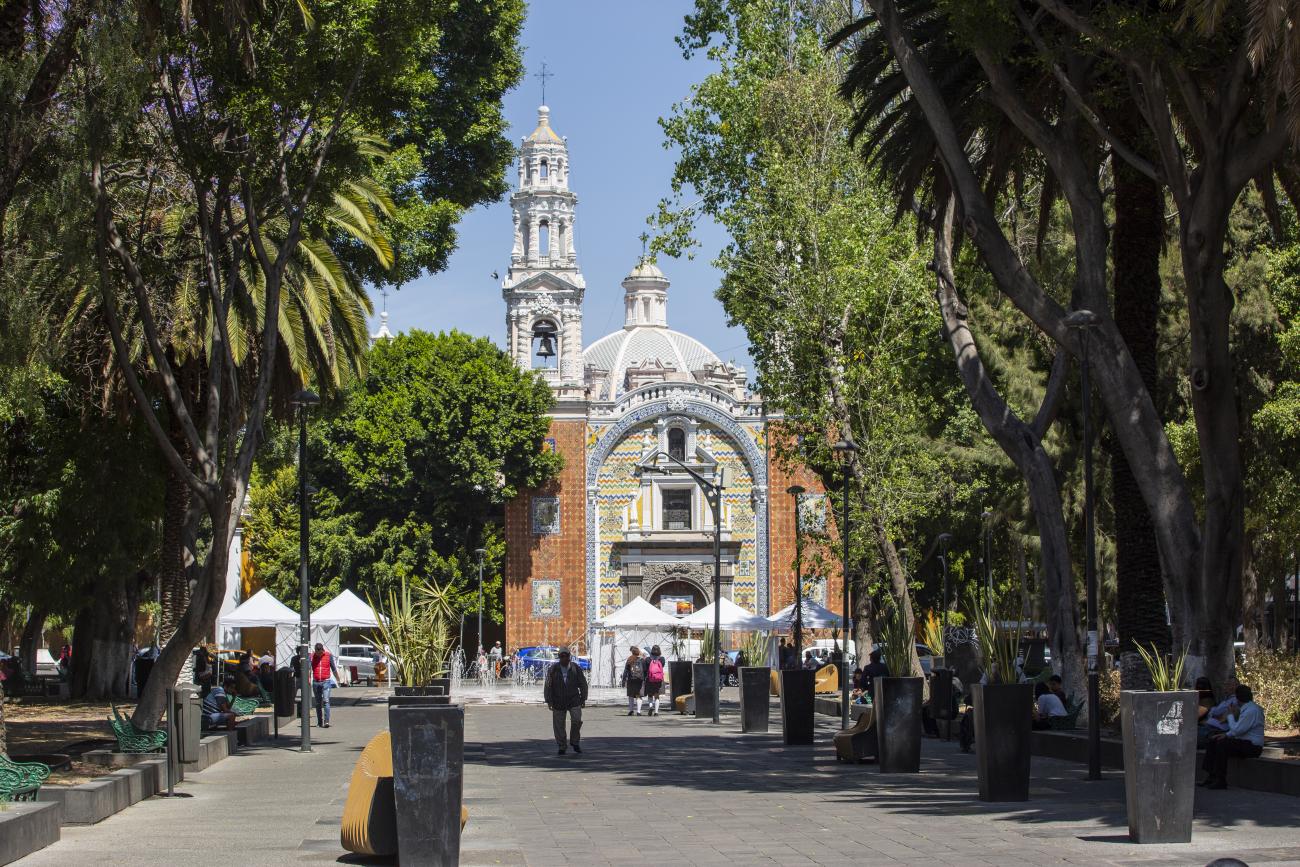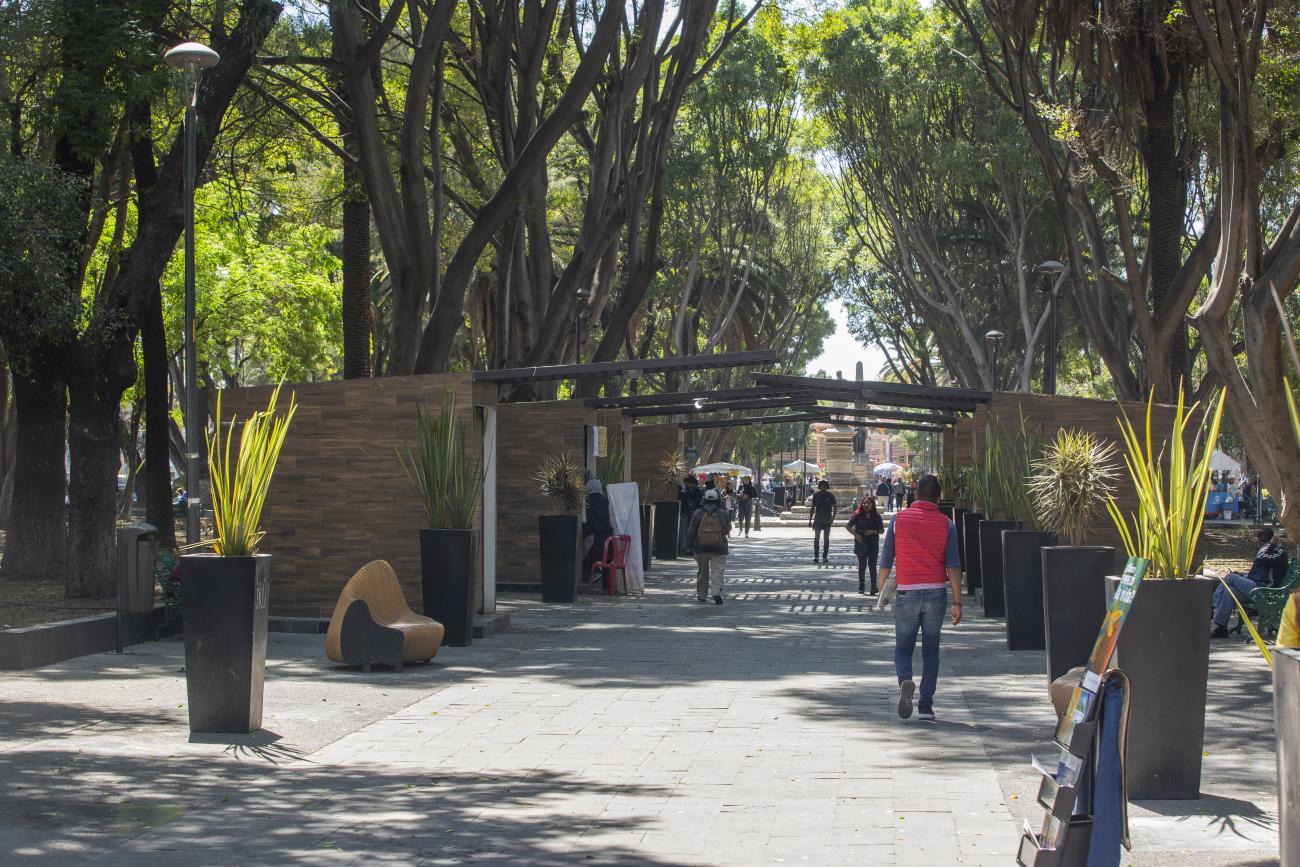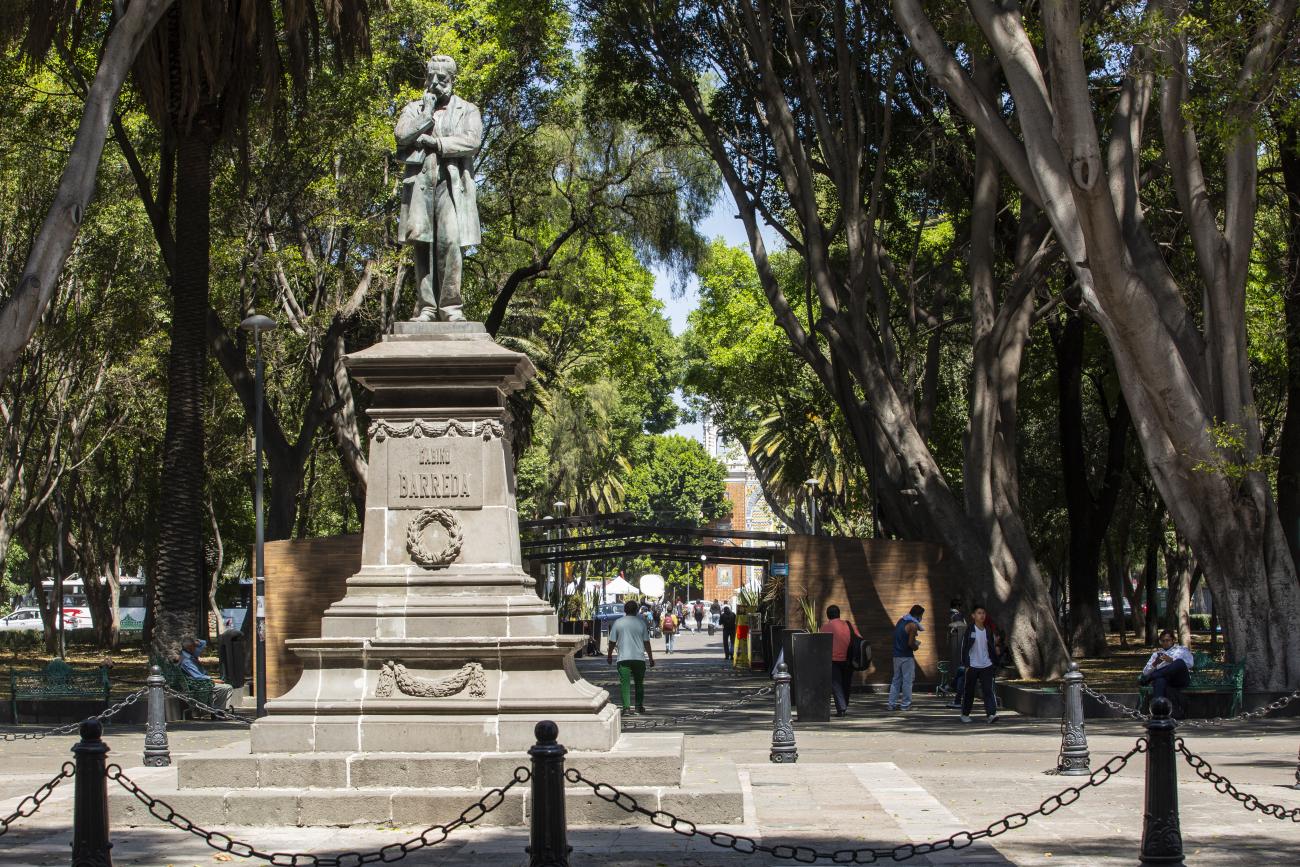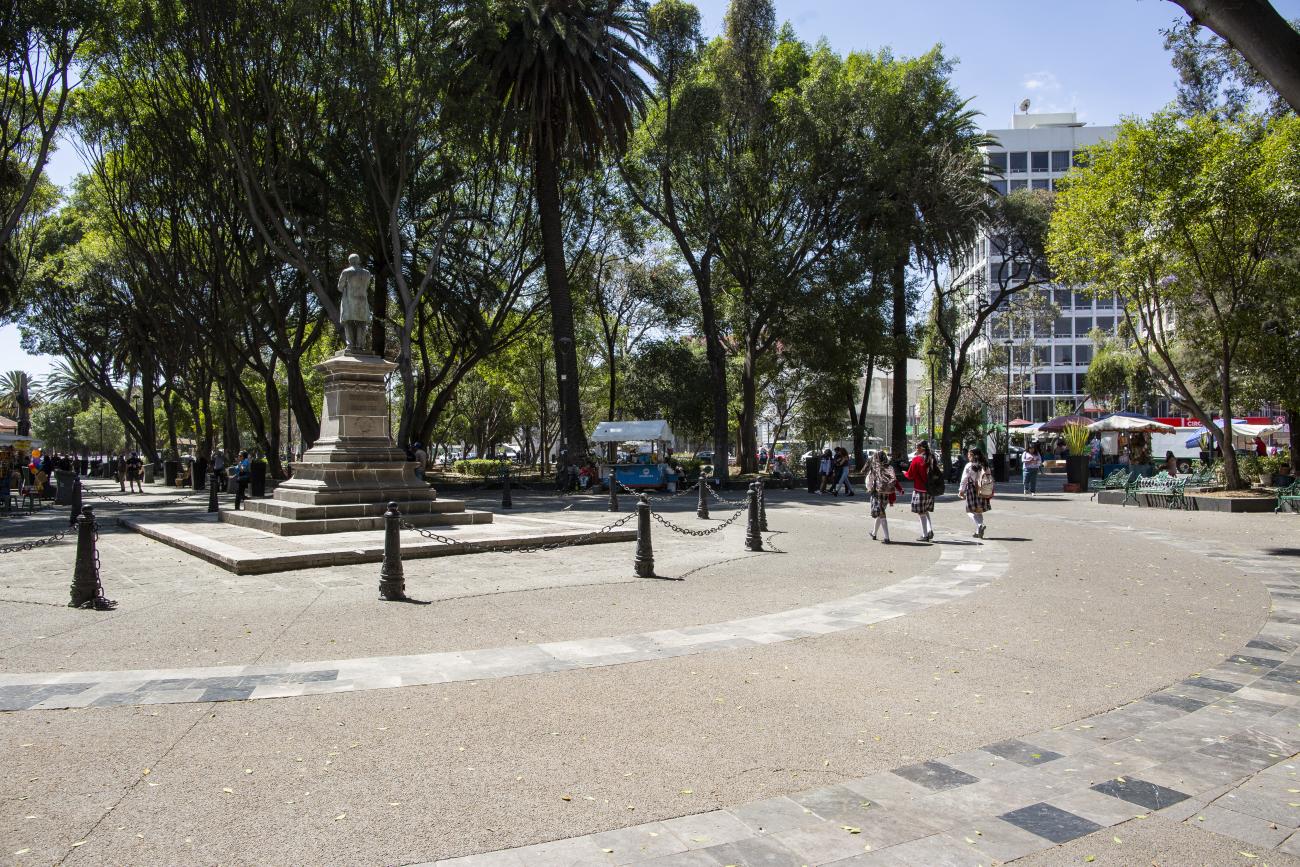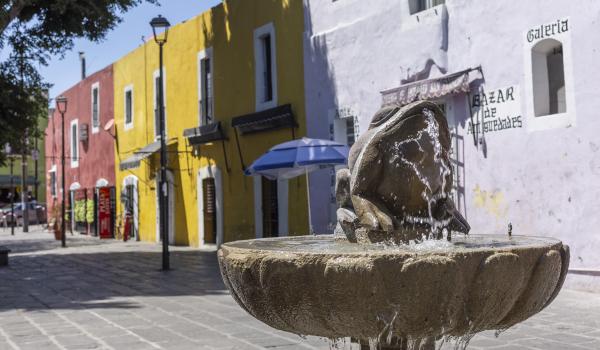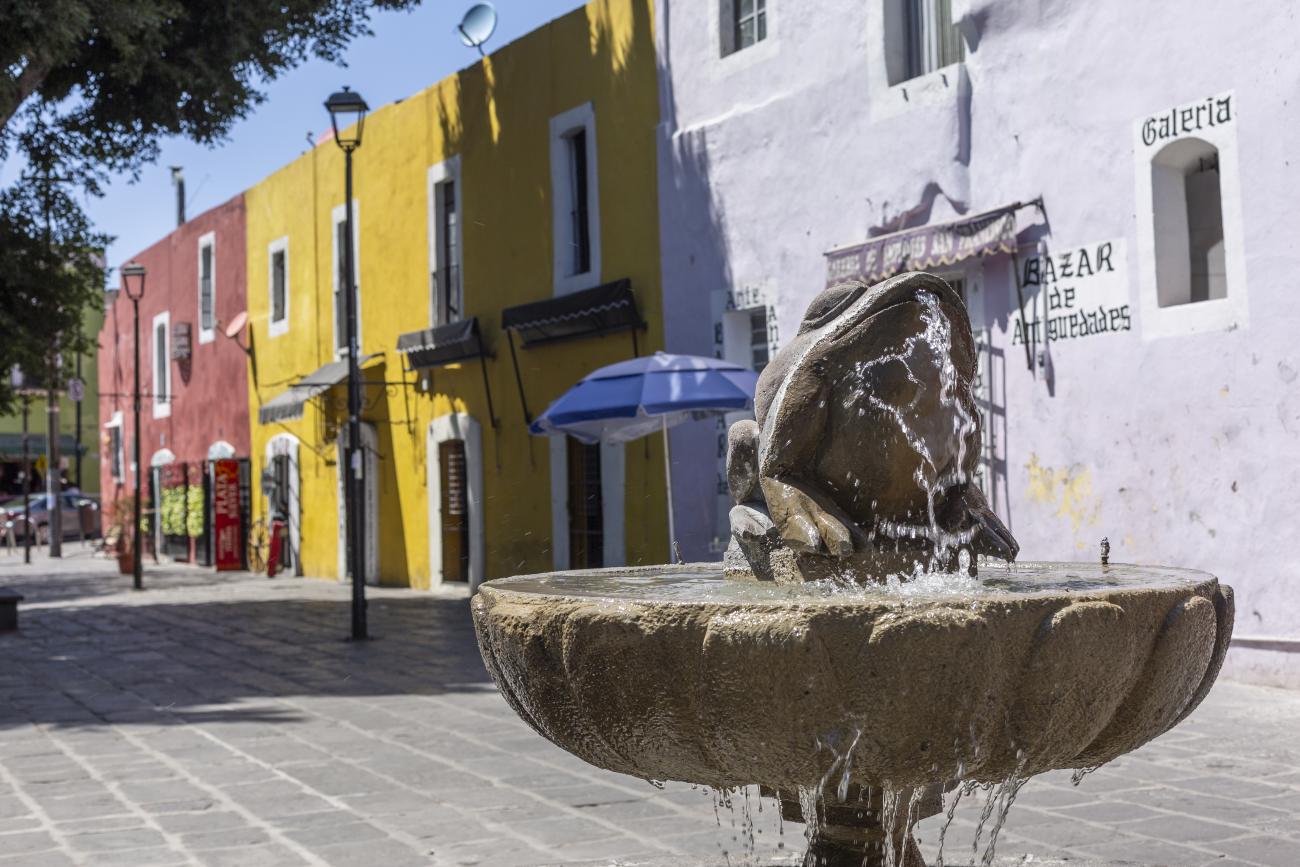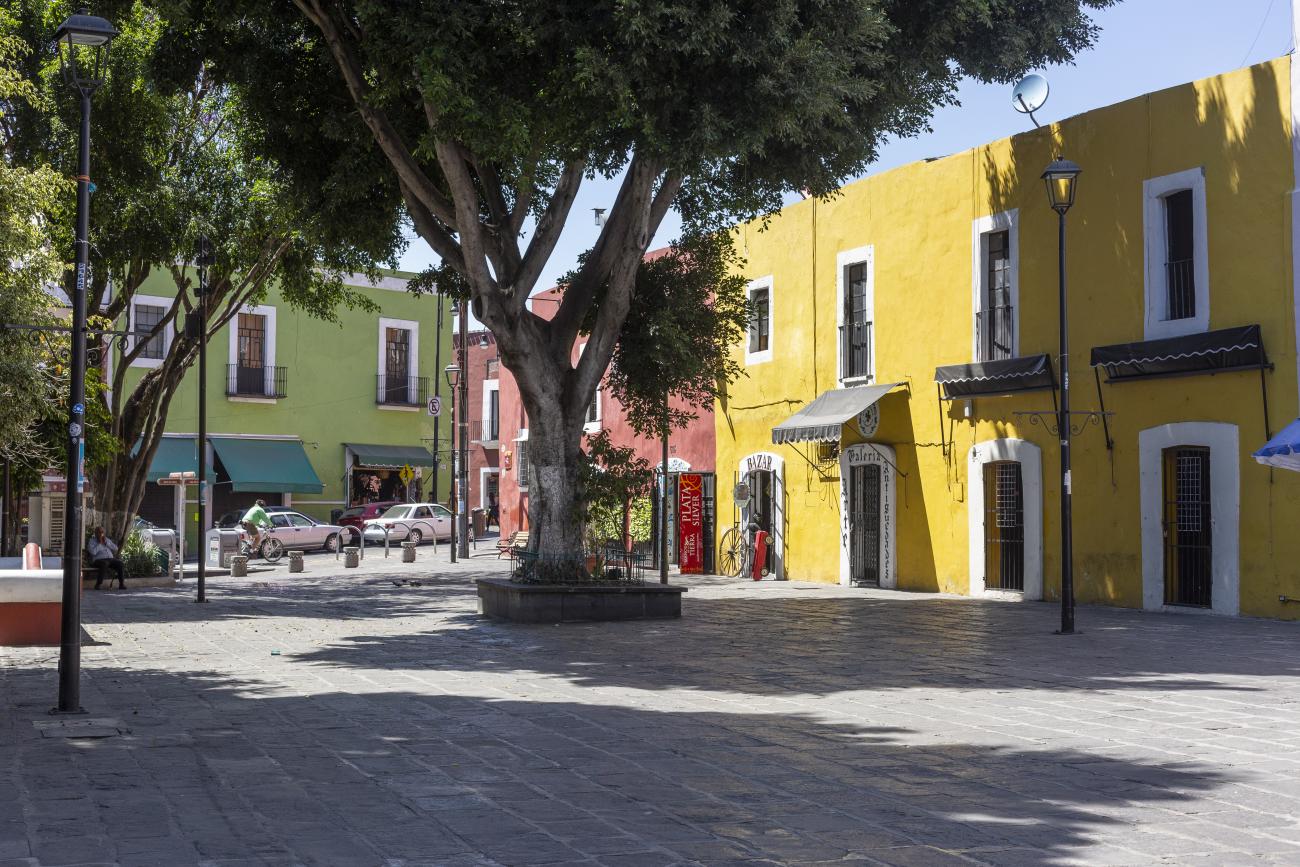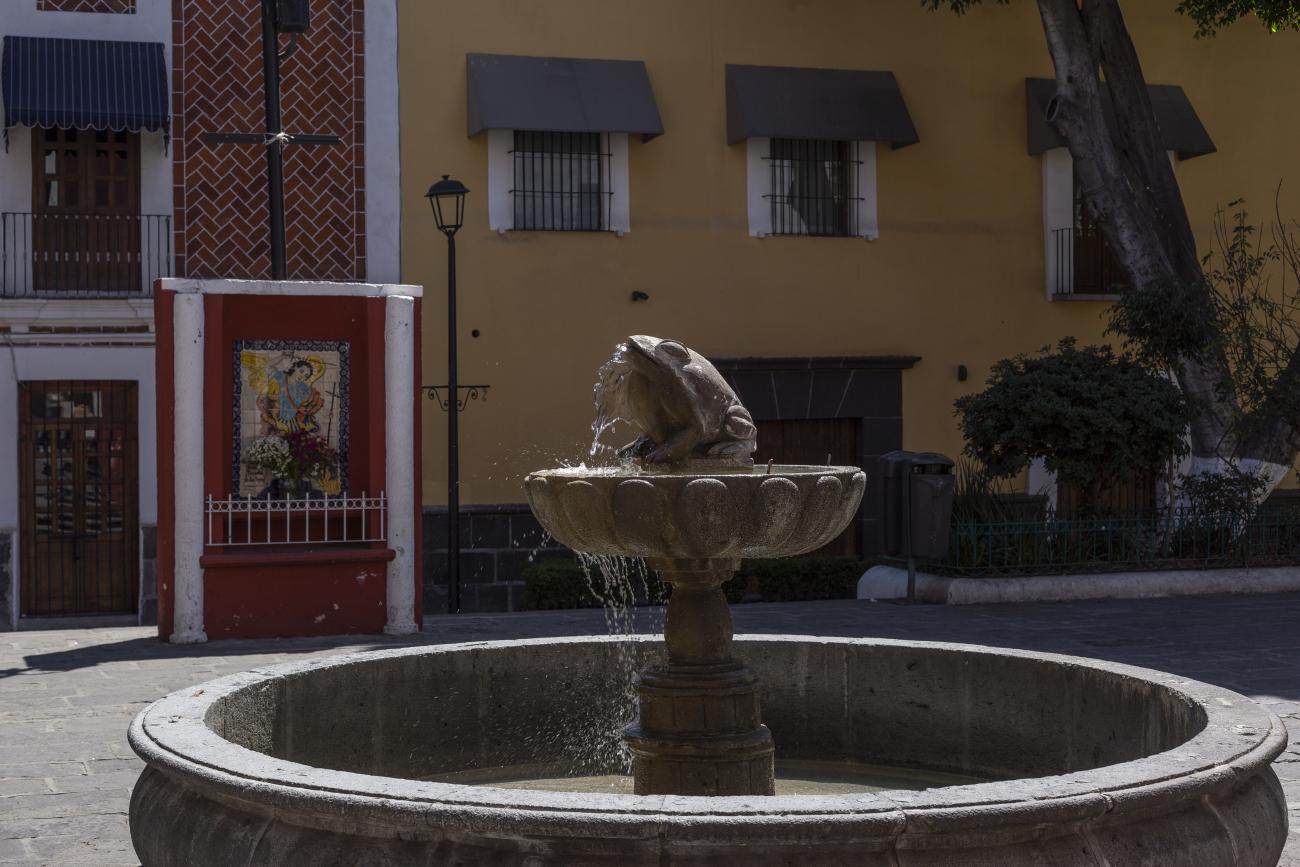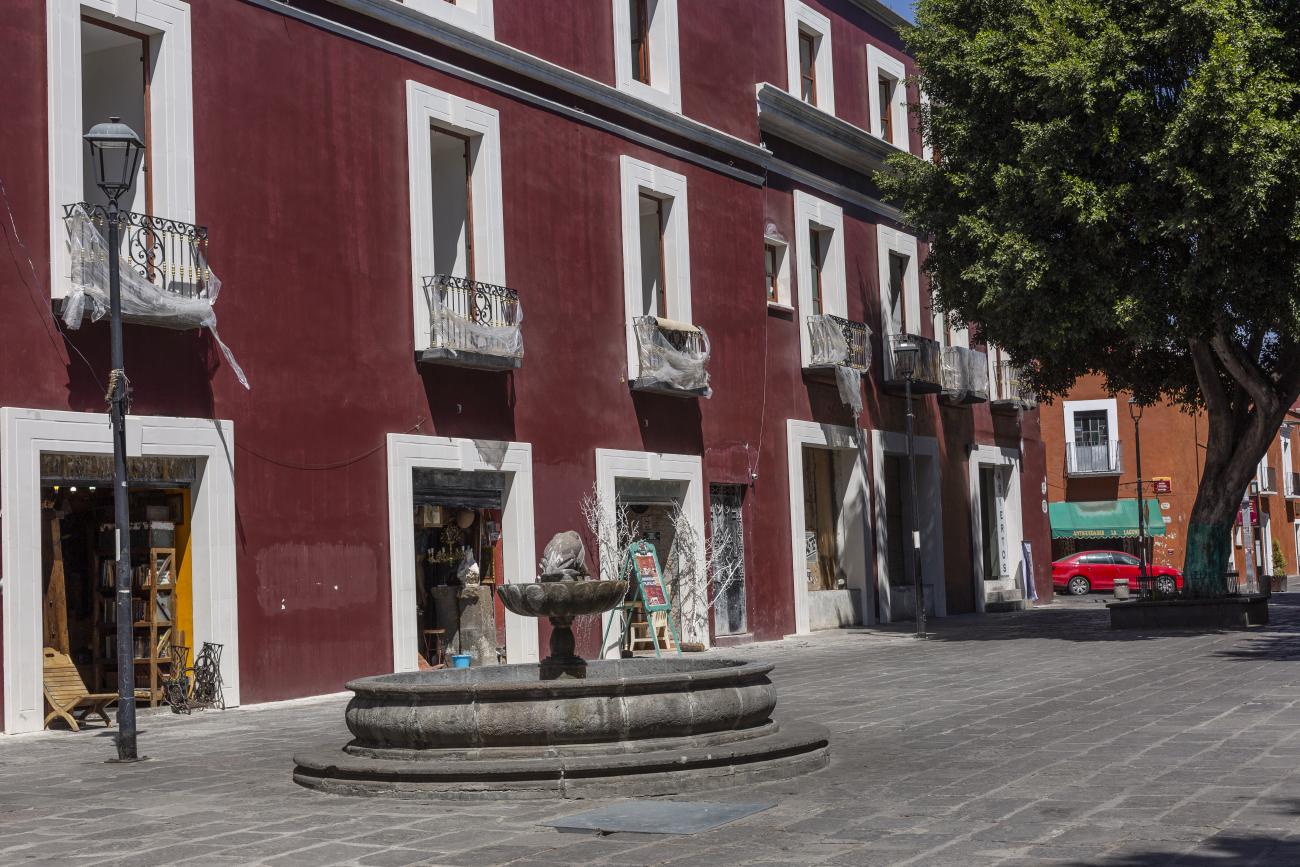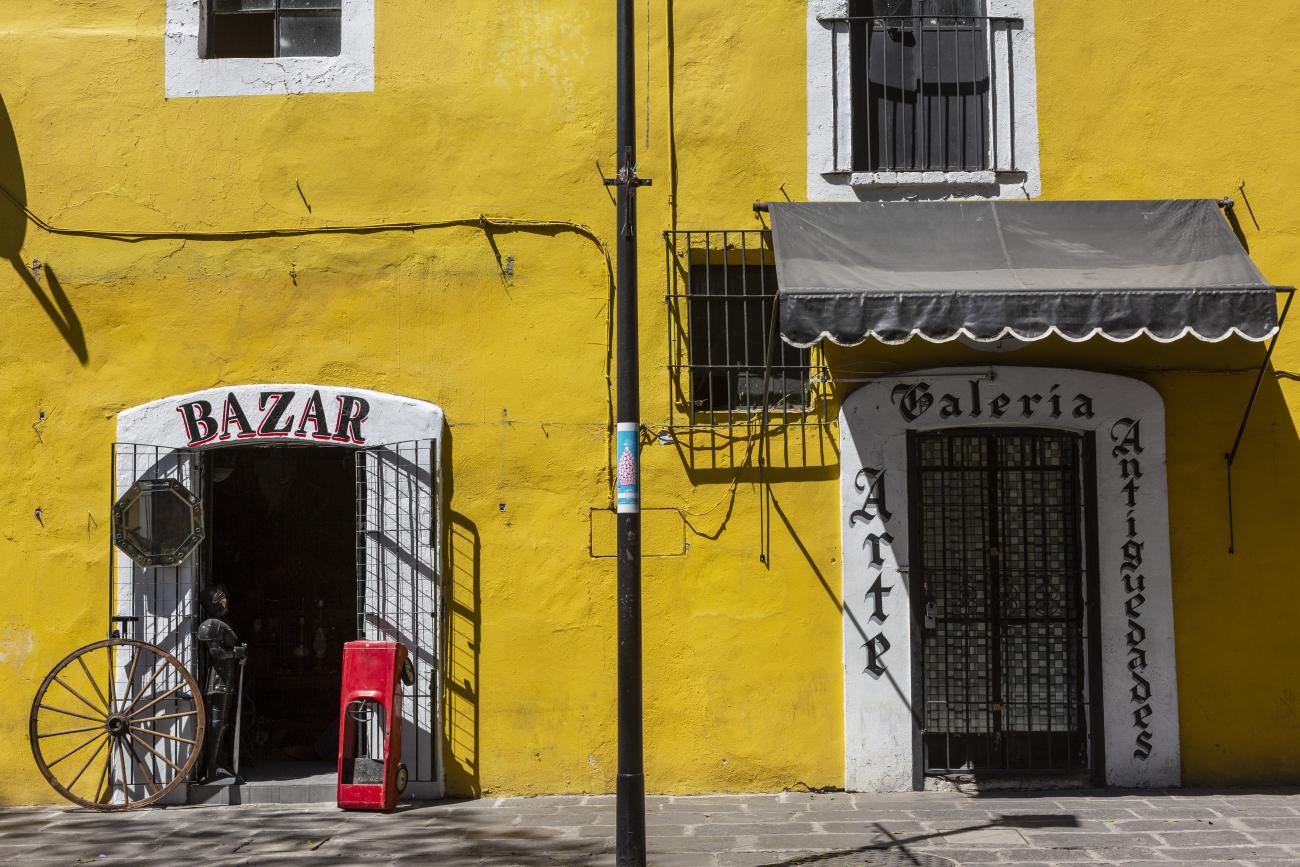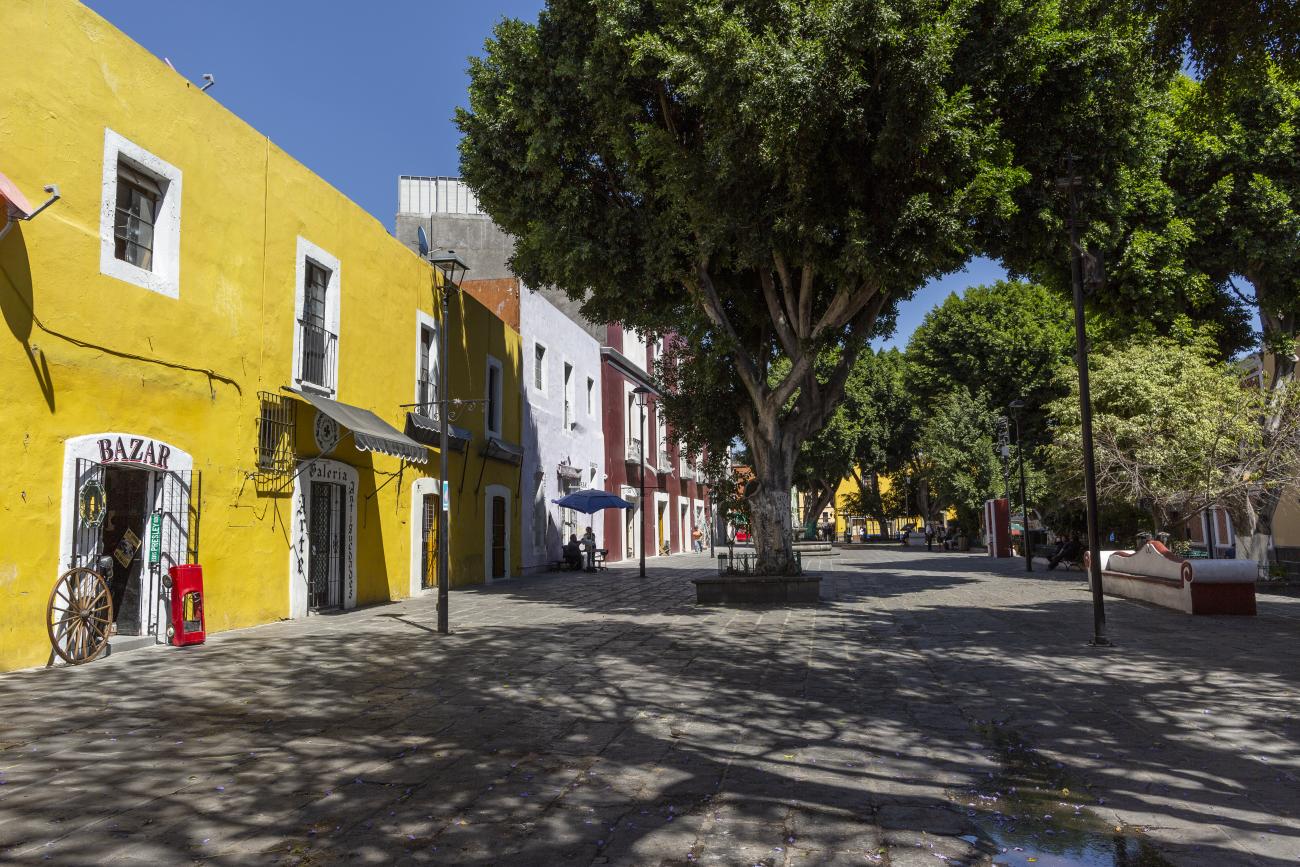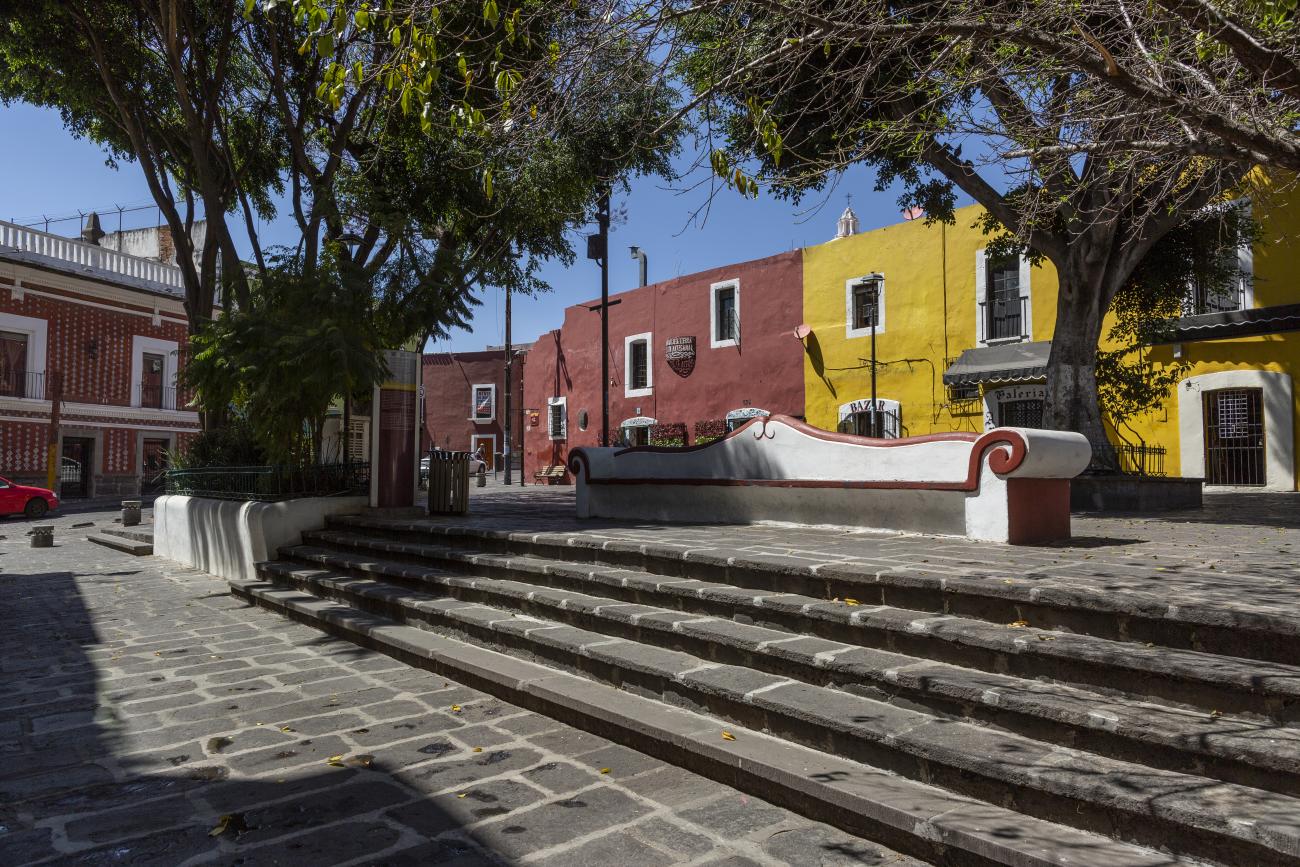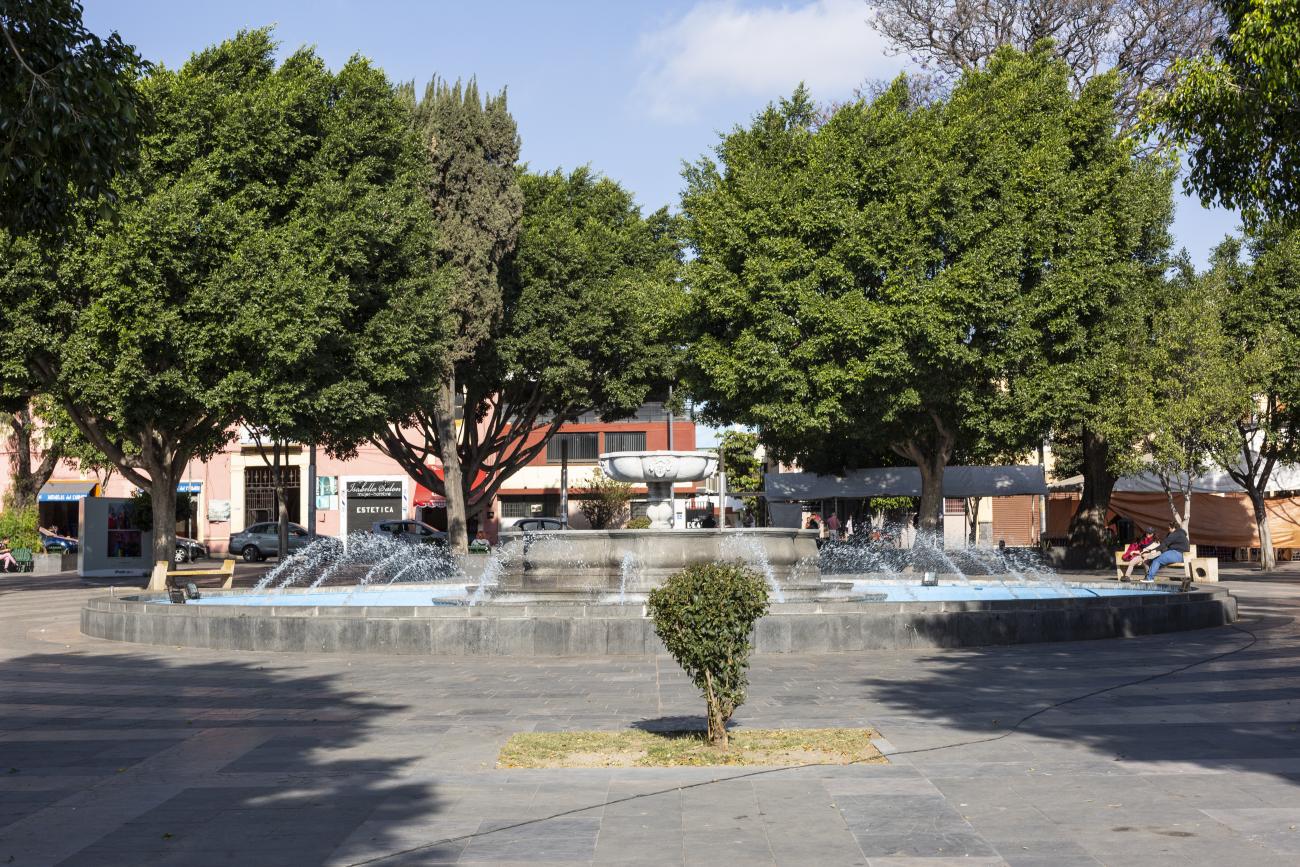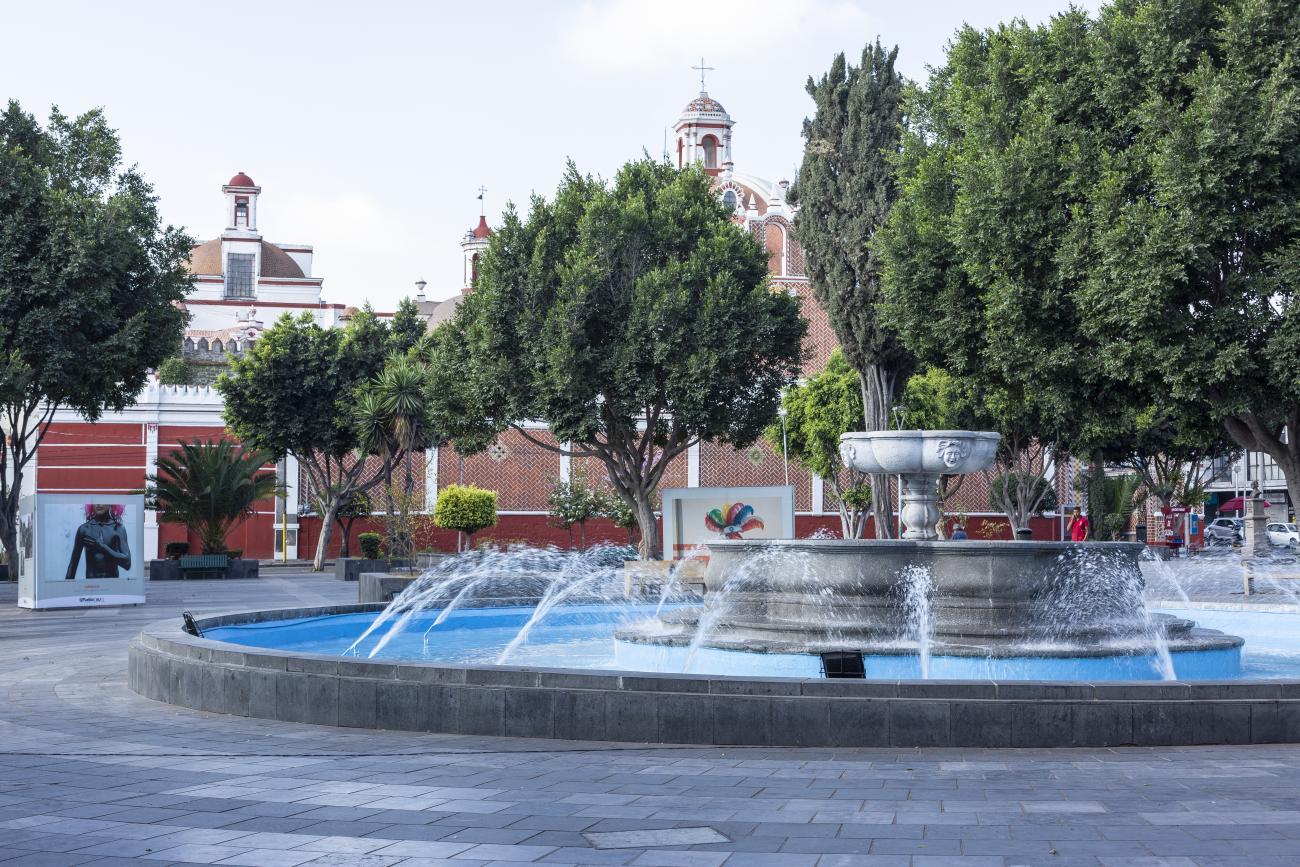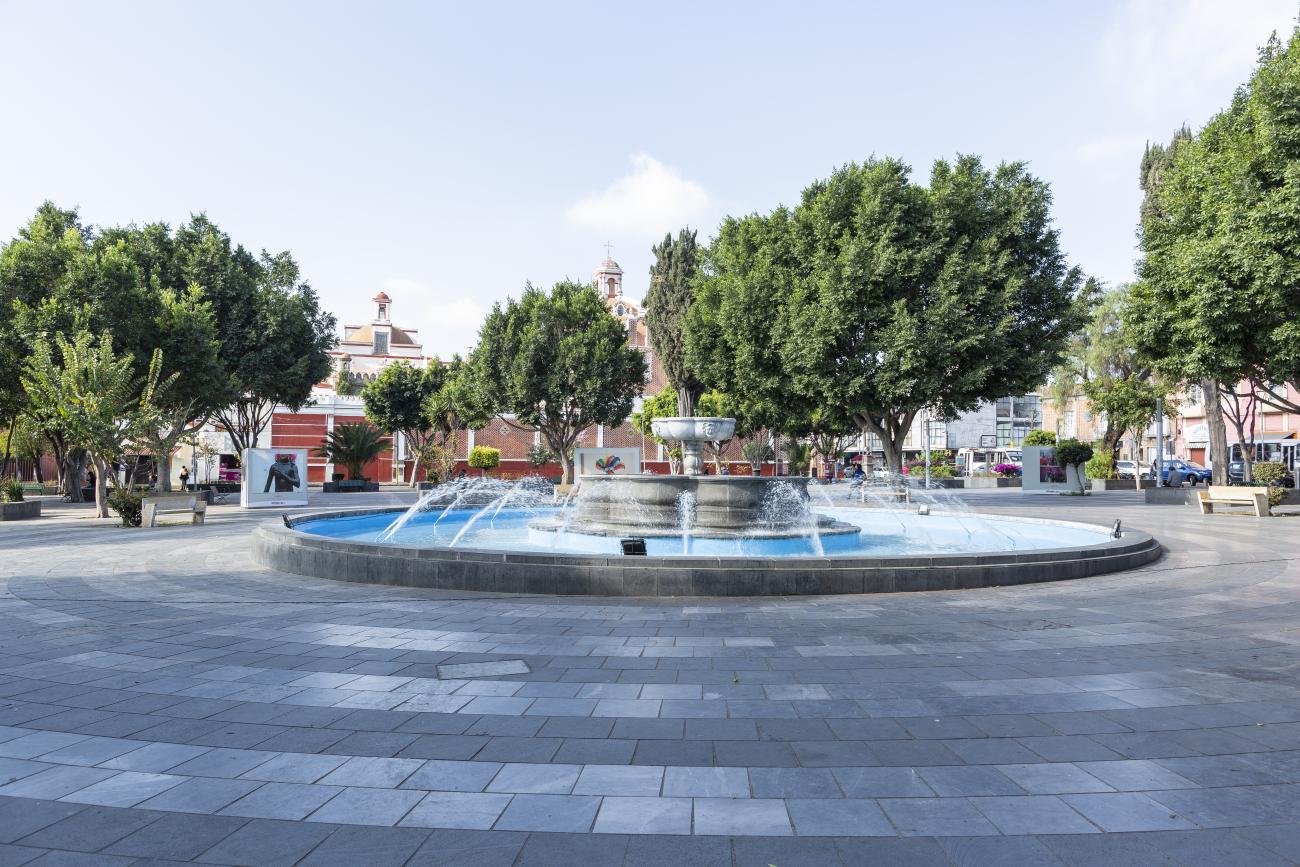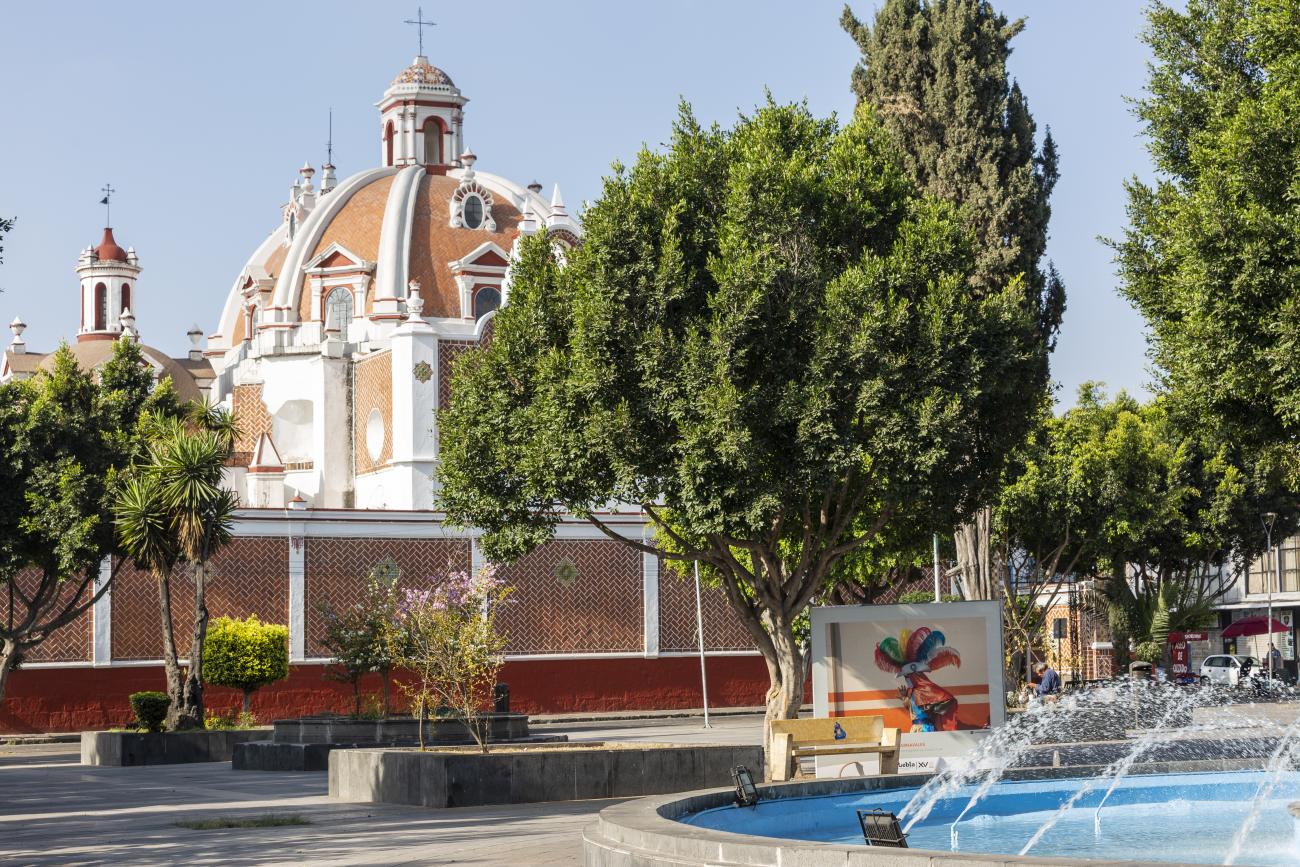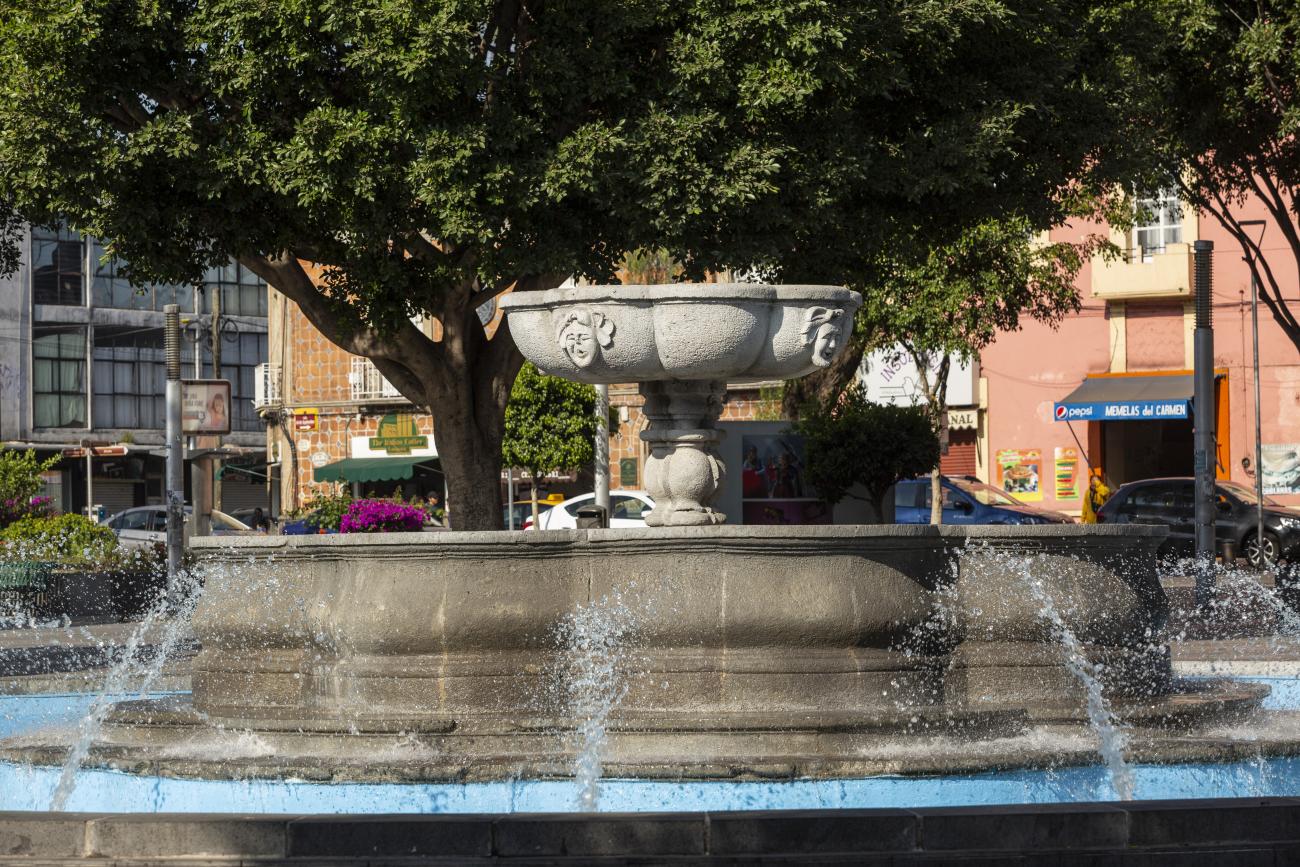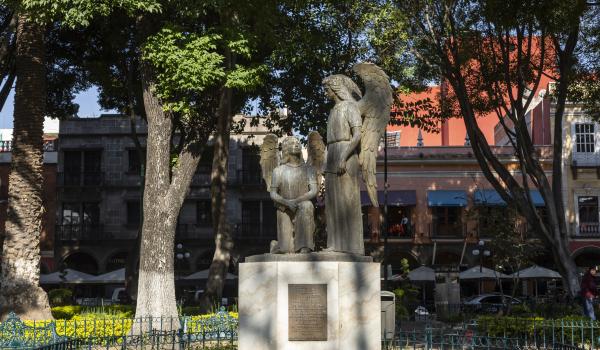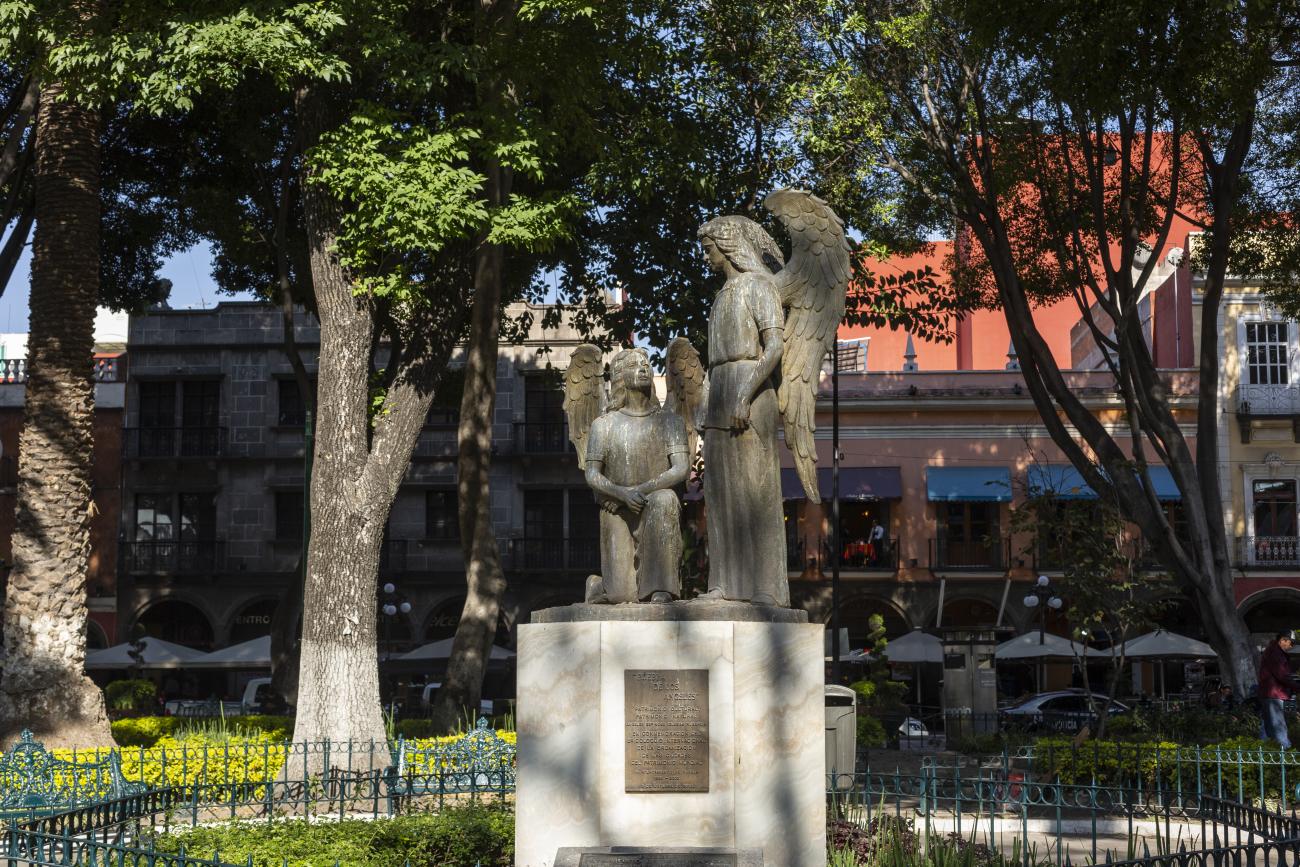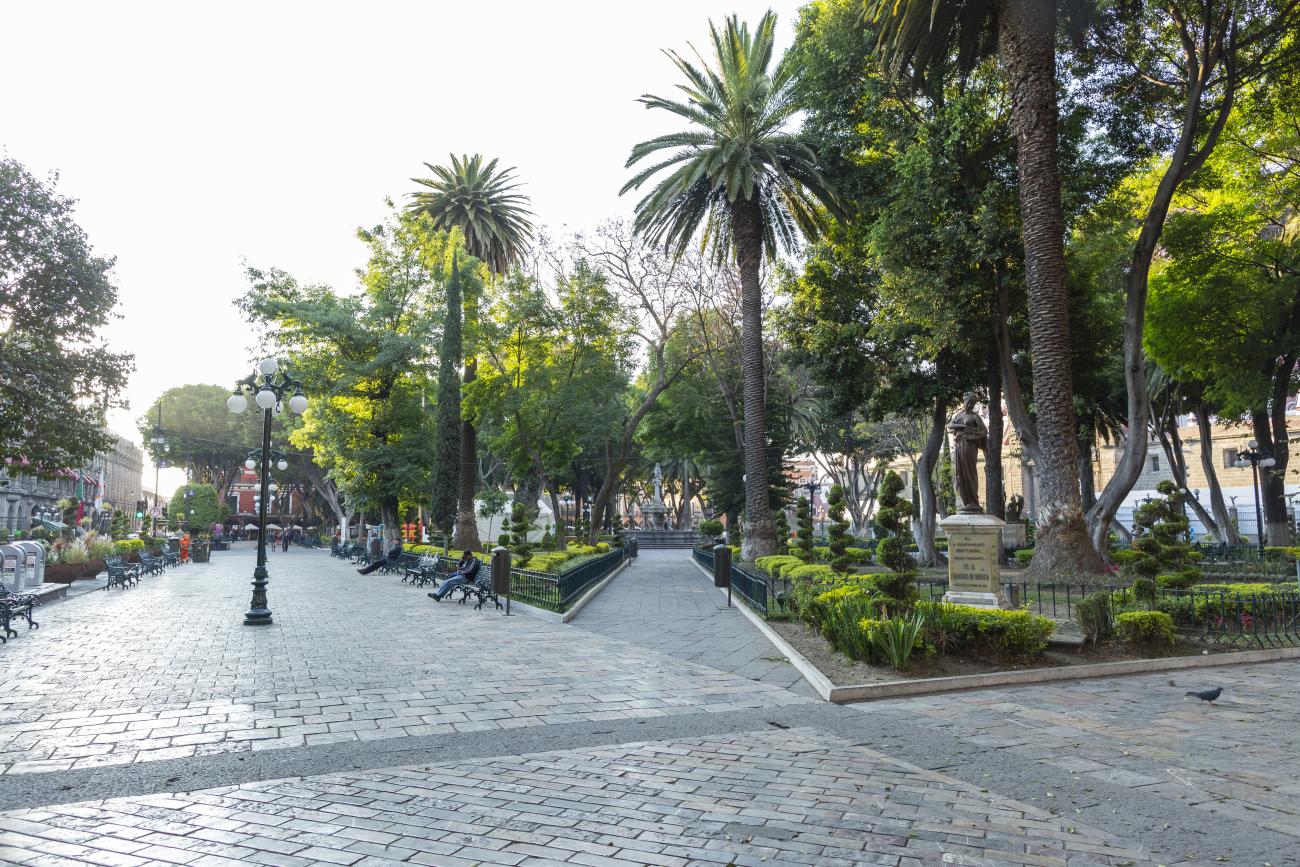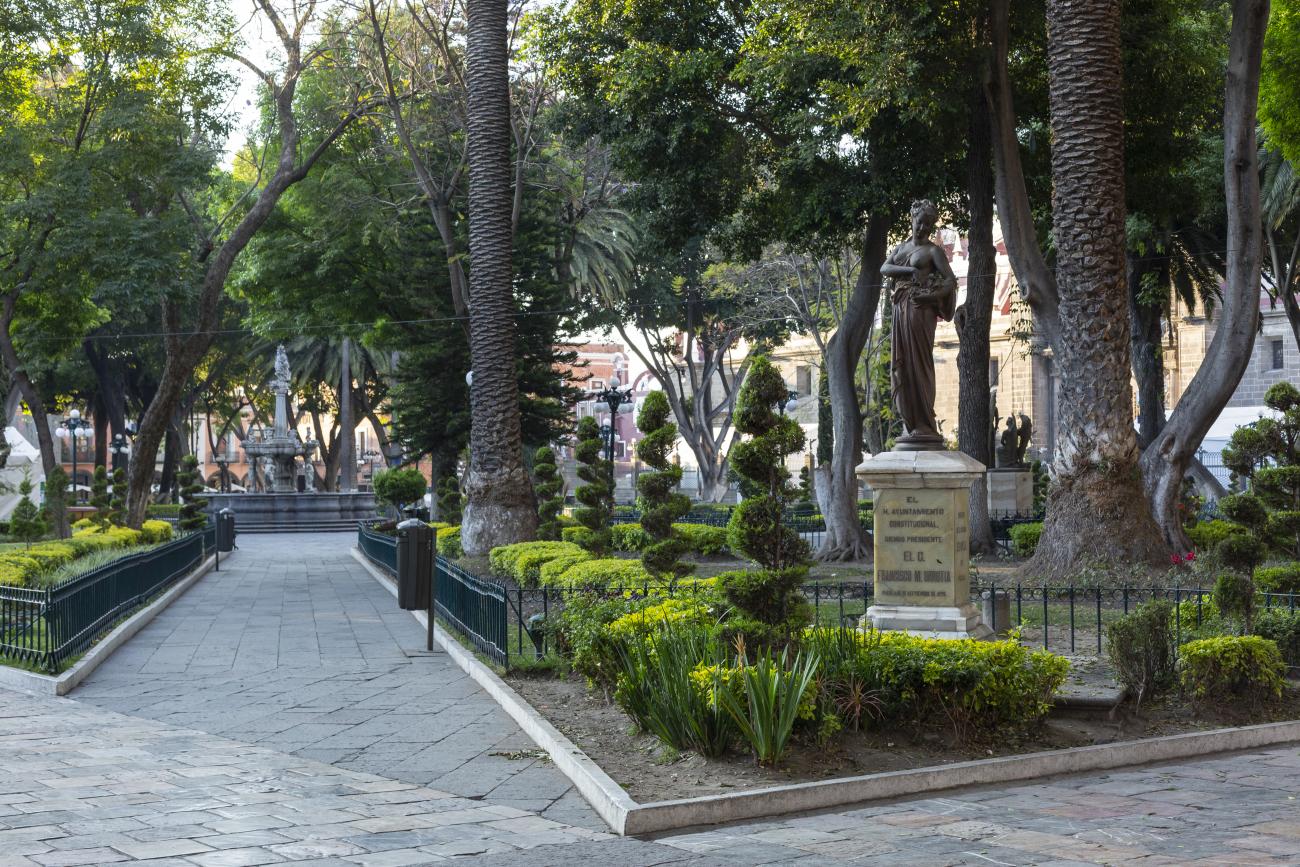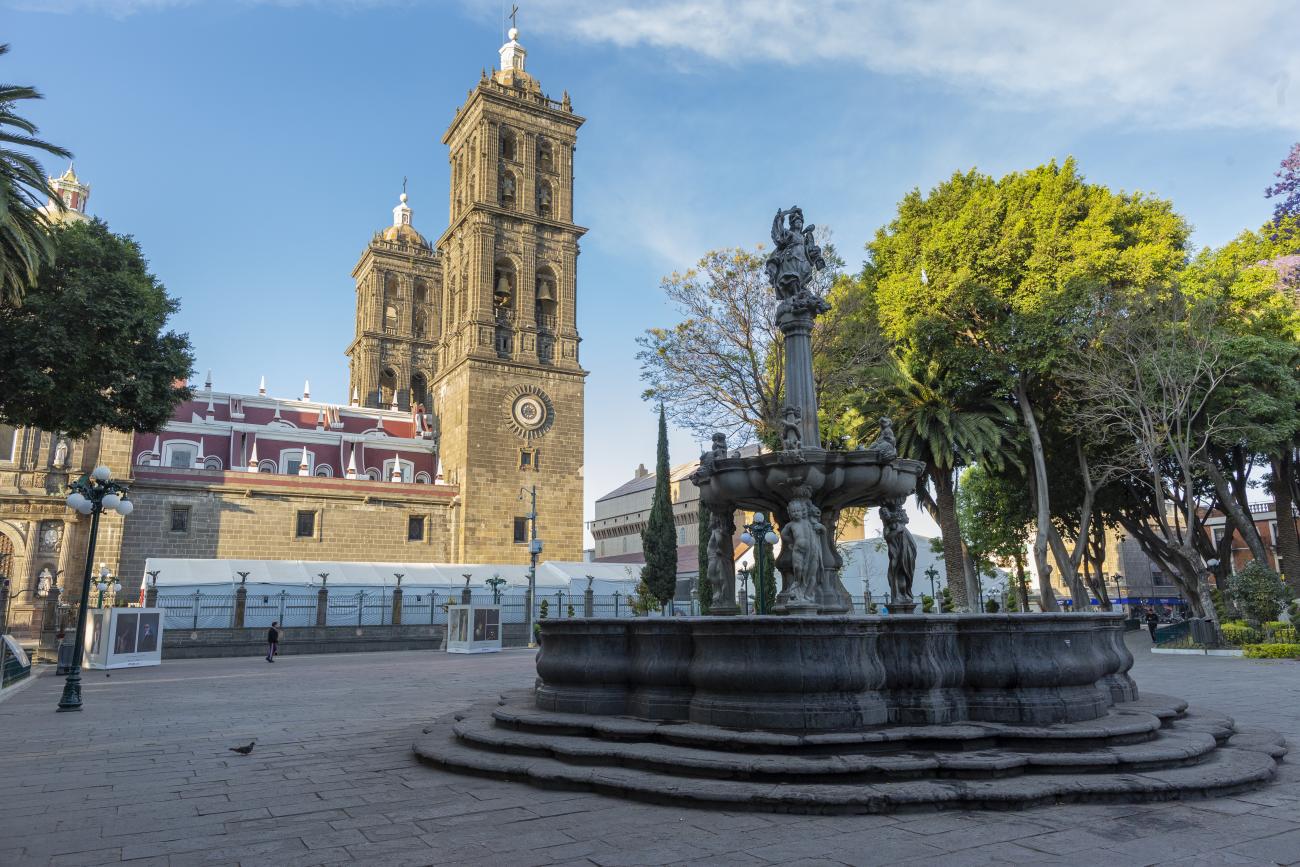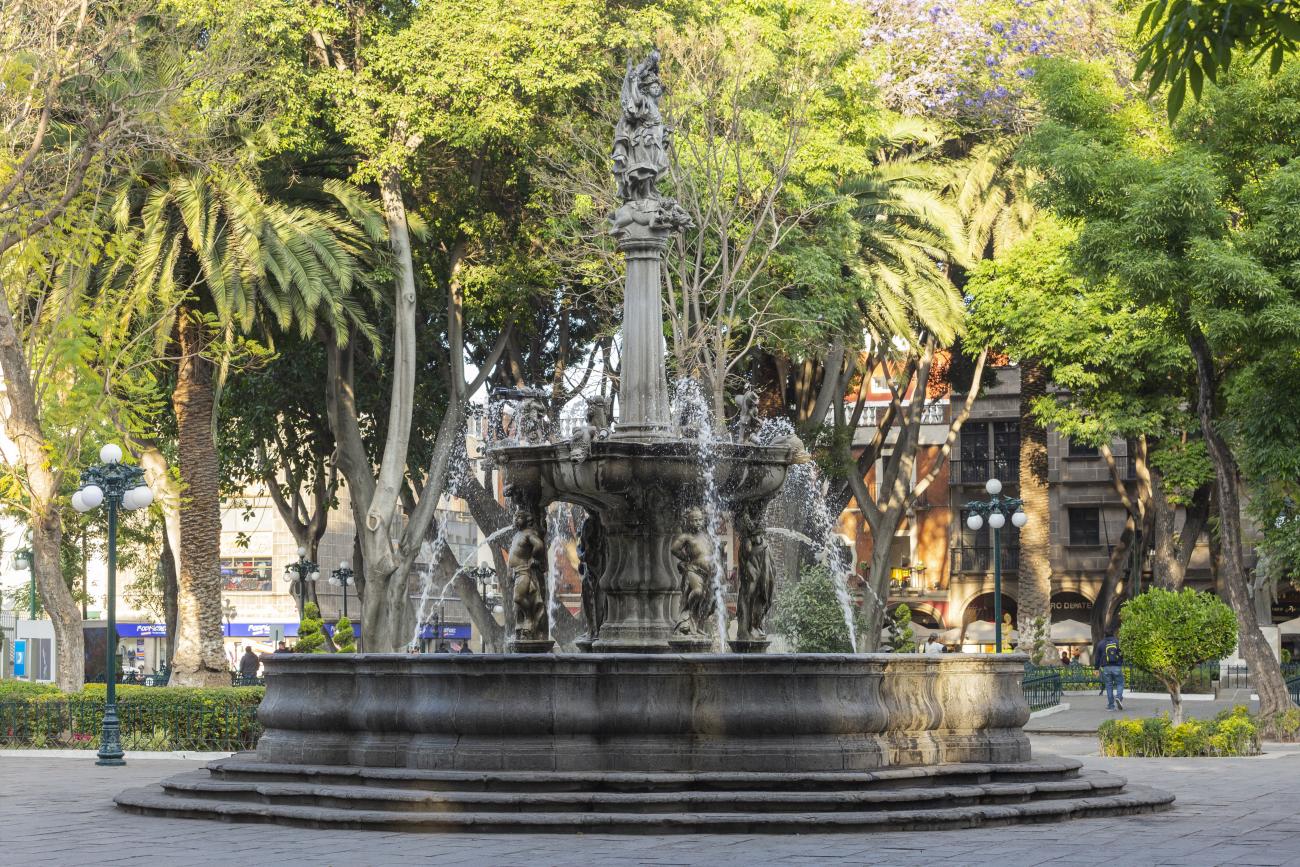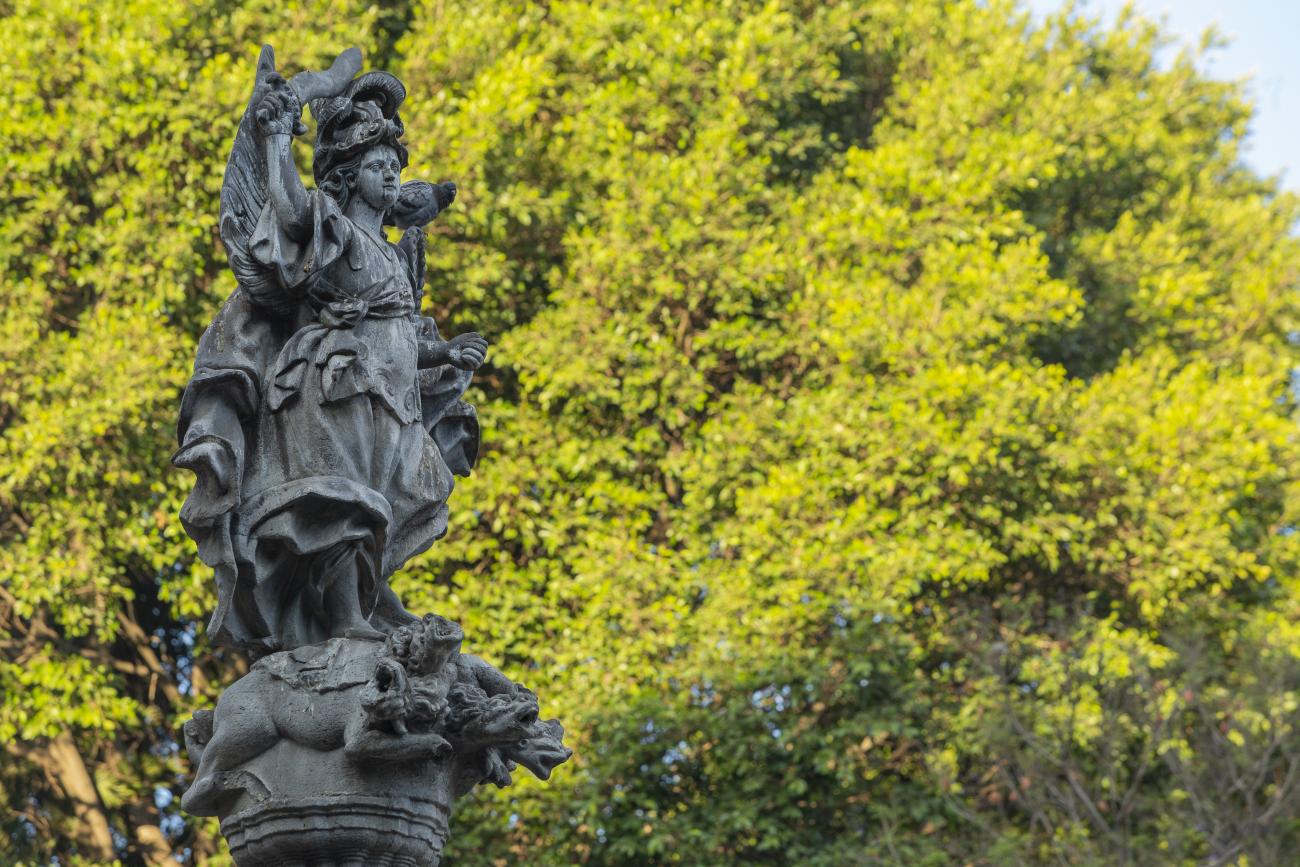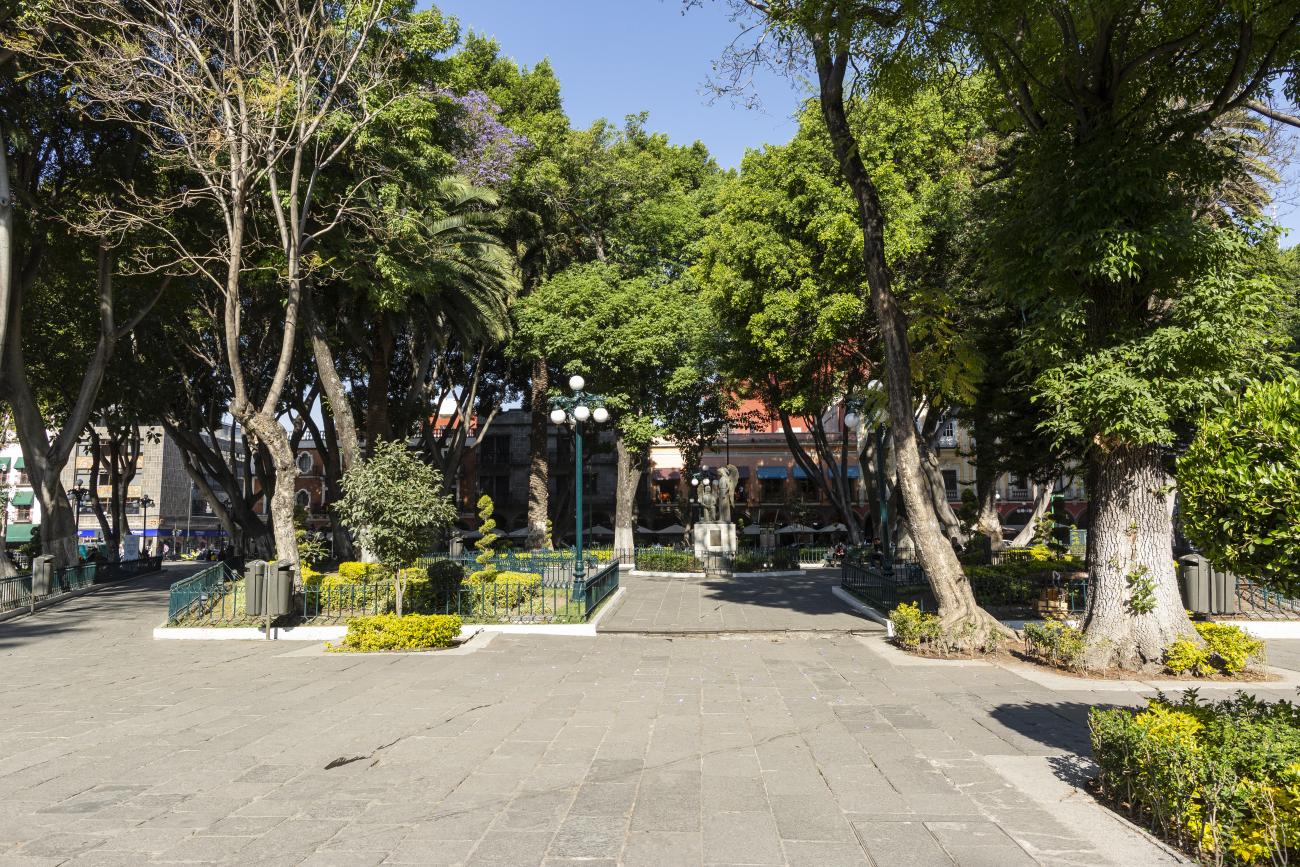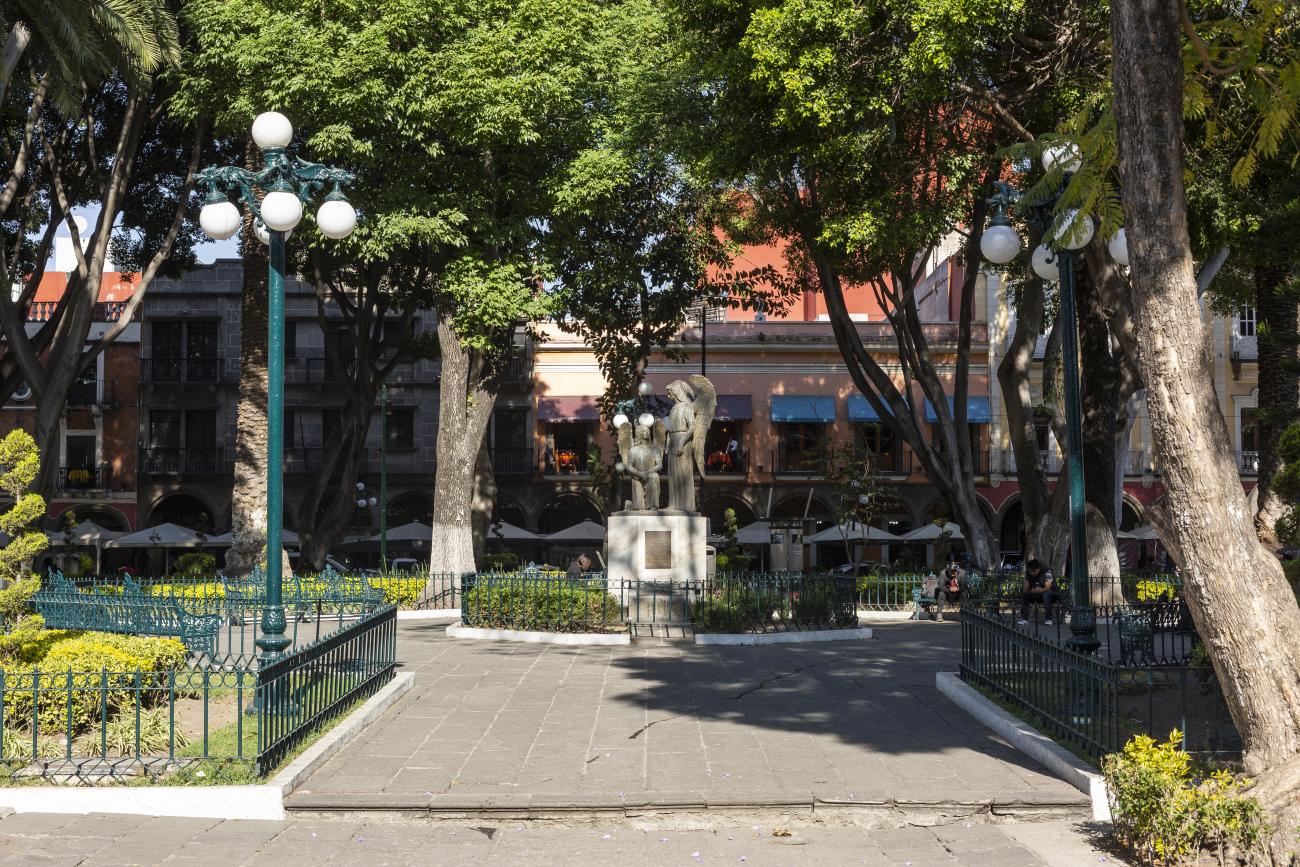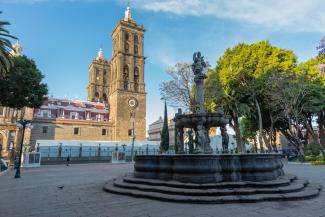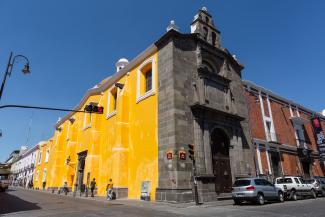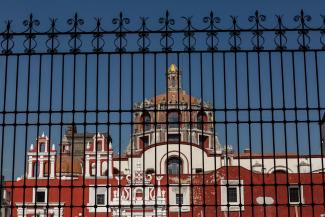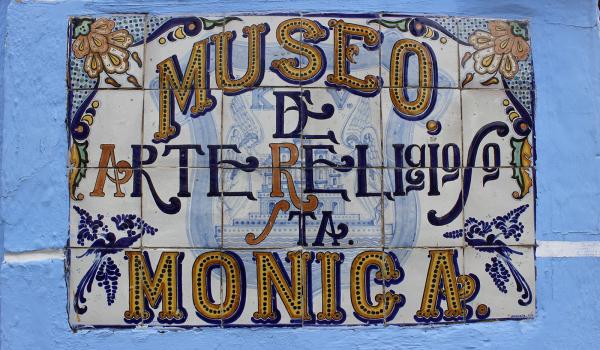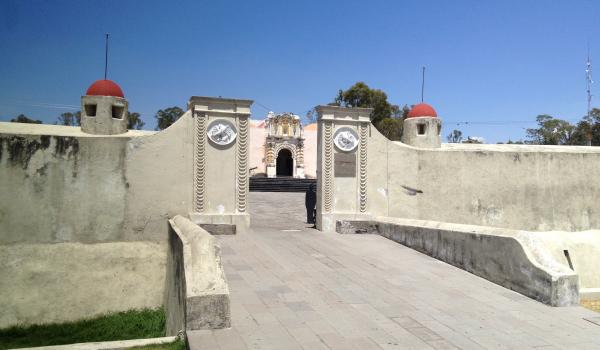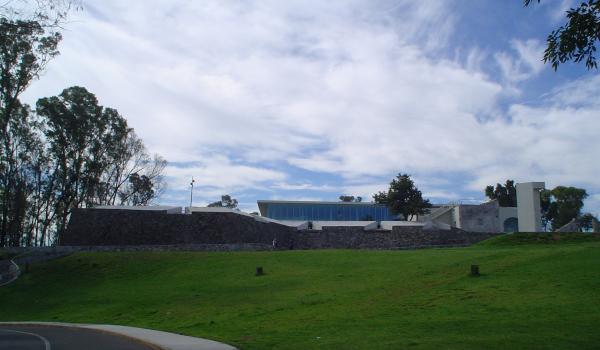Puebla de Zaragoza
Historical Monuments Zone
Abstract
A city of great Baroque tradition and a site where some of the principal struggles in the national history of Mexico took place. The city stands out for its religious traditions and the great beauty of its buildings.
The city of Puebla was founded on the eastern bank of the San Francisco River but was relocated to the west side, on a fertile, previously unexploited valley, naturally irrigated by streams. The founding of the city is attributed to Fray Toribio de Benavente (Motolinia), on April 16, 1531, although it was formalized on September 29, 1531. The place was known as Cuetlaxcoapan, a settlement that belonged to the communities of the Yaotlalli Valley.
Puebla was created as a city for Spaniards who did not have a fixed residence and roamed the country, as well as a site that could potentially serve as a place of safety for other Spaniards in the event of an indigenous rebellion. This initiative was quickly supported and encouraged by the Crown through various distinctions and privileges, for example, its inhabitants were exempted from paying the alcabala and pechero taxes for thirty years. In 1532 Isabella of Portugal awarded it the title “City of Angels,” by means of a Royal Certificate and on September 11, 1862, the full name of Puebla de Zaragoza was designated in honor of General Ignacio Zaragoza.
Puebla has been an important political and economic center since the Viceroyalty period and remains so to the present day. It is the largest urban nucleus east of Mexico City and was the fiscal and administrative capital city of a huge governorate that spanned from the Gulf of Mexico to the Pacific. It was also an obligatory point of passage on the land route between the main port of New Spain, Veracruz, and Mexico City.
The Zone of Historical Monuments has an area of 6.99 km2 and is made up of 391 blocks that comprise several buildings with historical value built between the 16th and 19th centuries. The streets within the Zone form a geometric, uniform and regular alignment that maintains the original checkerboard-shaped plan that was laid out in 1531. At the center of this plan is the Plaza Mayor which occupies an entire city block and constitutes the heart of the city, around which are arranged the Cathedral and the City Hall to the north, while the other three sides are adorned with colonnades and the houses of prominent families.
From the outset the city boasted open spaces such as plazas, gardens and streets. Between 1531 and 1810 a total of 18 plazas were created. These included the main plaza, in a Renaissance style, and the smaller squares located in the indigenous neighborhoods, as well as a number of small plazas in the Spanish city. The traditional area known as Los Sapos is one of the best-known squares. The Plazuela de los Sapos dates from 1780, becoming the Alameda de los Sapos in 1785. Later, in 1816 it was decreed that one day a week a market would be held here in order to reduce the pressure on the main plaza.
The city of Puebla is renowned for its buildings dedicated to religious worship, with 61 buildings destined at different times for this purpose. Among them, the Cathedral of the Lady of the Immaculate Conception stands out as an architectural icon of the city, built in 1536. In addition to the cathedral, there are the monastery complexes of San Francisco, Santo Domingo, San Agustín, El Carmen, Santa Bárbara, San Antonio, the Society of Jesus, Santa Teresa, Santa Clara, La Santísima Trinidad, Santa Rosa, Santa Inés and Santa Mónica, and the churches of Guadalupe de San Pablo, San José, San Marcos, Analco, de la Luz and de la Santa Cruz.
There are also 71 buildings that have been used for educational purposes and welfare services, such as La Casa de las Bóvedas of the Benemérita Universidad Autónoma de Puebla and the former Penitentiary, today the State Institute of Culture. Another type of buildings in the Zone of Monuments are civil edifices for private use. All these date from the 16th to the 19th centuries as established by the law on historical buildings. However, 20th century buildings that were classified as “relevant” due to their Art Deco and Art Nouveau styles were also included.
The considerations for the declaration of a Zone of Historical Monuments were that the city has been the site of important events throughout the history of the country, as the scene of the armed struggles for national independence and sovereignty, as well as the Mexican Revolution. In 1821 Nicolás Bravo and Don José Joaquín Herrera besieged the city, an event that marks the final stage of the struggle for the independence of Mexico. Antonio López de Santa Ana occupied it between 1834 and 1845. After having signed the Treaty of Soledad by the plenipotentiary ministers of the United Kingdom, Spain and France, they withdrew their troops from Mexico, with the exception of the French who advanced to the interior of the country, on April 27, 1862. The hills of Loreto and Guadalupe were the setting of the battle of May 5, 1862, led by General Ignacio Zaragoza, General Miguel Negrete and General Porfirio Díaz.
Puebla was also host of the first meeting of the Anti-reelection Club against the government of Porfirio Díaz, presided over by Aquiles Serdán, on July 19, 1909, and surveillance of his family by the state government began. The four Serdán siblings, Aquiles, Máximo, Carmen and Natalia, followed Francisco I. Madero's call to overthrow Porfirio Díaz on November 18, 1910, an action that started the Mexican Revolution.
The Zone of Historical Monuments of Puebla was decreed on November 18, 1977 and is considered the largest in all of Latin America. It was inscribed by UNESCO on the World Heritage List on December 11, 1987.

Centro Integral de Servicios y Atención Ciudadana
This complex includes the old temple, the College of San Javier, the 2 de Abril school, and the Old Penitentiary. The Jesuit school dedicated to St. Francis Xavier was inaugurated in 1751.
Centro Integral de Servicios y Atención Ciudadana
This complex includes the old temple, the College of San Javier, the 2 de Abril school, and the Old Penitentiary. The Jesuit school dedicated to St. Francis Xavier was inaugurated in 1751. After the expulsion of the Jesuits in 1767, the building had different uses; in 1796 it was a cavalry barracks, in 1812 it was a hospital for epidemic victims, in 1829 it was again a barracks, and in 1856 it served as a military hospital. Construction of the Penitentiary began in 1840 based on plans by architect José Manso. The building was demolished by the French in 1863, and construction resumed four years later, with the building opening in 1891. Today, the temple serves as a garage for the Fire Department.
Santa Iglesia Basílica Catedral de Puebla
On August 29, 1535, the first stone of this church was laid. Initially, it was built with three naves, without vaults, and was dedicated to the Immaculate and Most Pure Conception of the Blessed Virgin Mary. The clock was built between 1553 and 1559.
Santa Iglesia Basílica Catedral de Puebla
On August 29, 1535, the first stone of this church was laid. Initially, it was built with three naves, without vaults, and was dedicated to the Immaculate and Most Pure Conception of the Blessed Virgin Mary. The clock was built between 1553 and 1559. From 1618 to 1640, work ceased, with only one-third of the building completed. The building was finished thanks to the interest of Bishop Juan de Palafox y Mendoza and was consecrated on April 18, 1649, without towers and with an unfinished façade.

Conservatorio de Música y Declamación del Estado
This 19th-century building was designed by engineer Agustín Silva.
Conservatorio de Música y Declamación del Estado
This 19th-century building was designed by engineer Agustín Silva.

Museo Nacional de los Ferrocarriles Mexicanos
Before 1869, this land was part of the Era de Hidalgo orchard. This station belonged to the Apizaco-Puebla branch of Ferrocarril Mexicano, which was inaugurated on September 16, 1869, by then-President Benito Juárez.
Museo Nacional de los Ferrocarriles Mexicanos
Before 1869, this land was part of the Era de Hidalgo orchard. This station belonged to the Apizaco-Puebla branch of Ferrocarril Mexicano, which was inaugurated on September 16, 1869, by then-President Benito Juárez. It was later reopened on May 5, 1962, by Benjamín Méndez, general manager of Ferrocarriles Nacionales de México. In 1974, it was withdrawn from railway service, and on May 5, 1988, it was inaugurated as the National Museum of Mexican Railways.
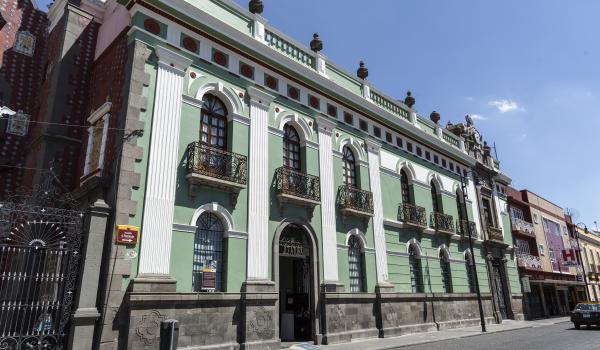
Biblioteca Pública General Ignacio Zaragoza
This building originally served as the Hospital de los Betlemitas. Between 1692 and 1700, the church was built next to it, and in 1797, the façade was constructed. In 1820, the Order of Bethlehem was abolished along with other hospitaller orders.
Biblioteca Pública General Ignacio Zaragoza
This building originally served as the Hospital de los Betlemitas. Between 1692 and 1700, the church was built next to it, and in 1797, the façade was constructed. In 1820, the Order of Bethlehem was abolished along with other hospitaller orders. In 1908, it housed an institute until 1914, when it served as barracks, then as official schools, and since 1928 as the Headquarters of Arms. It is currently the Ignacio Zaragoza General Public Library.
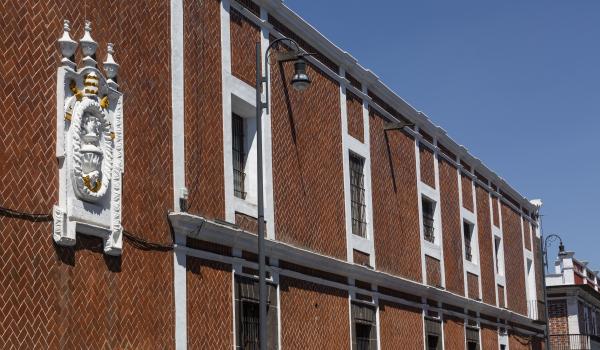
Museo Poblano de Arte Virreinal
A 17th-century building that was constructed to be the Hospital of San Pedro. For a time, it only treated men until, between 1640 and 1649, Bishop Palafox converted the Hospital of San Juan de Letrán into a school for girls, and the Hospital of San Pedro returned to treating all patients.
Museo Poblano de Arte Virreinal
A 17th-century building that was constructed to be the Hospital of San Pedro. For a time, it only treated men until, between 1640 and 1649, Bishop Palafox converted the Hospital of San Juan de Letrán into a school for girls, and the Hospital of San Pedro returned to treating all patients. It is currently home to the Poblano Museum of Viceregal Art.
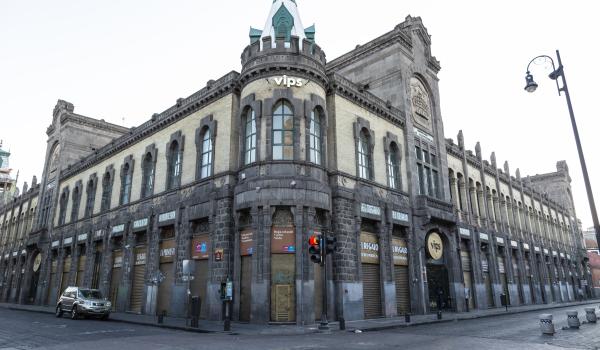
Mercado La Victoria
In the 17th century, the Convent of Santo Domingo ceded its orchard for the establishment of a market, from which it received income. On October 22, 1854, state governor Francisco Pérez laid the first stone on behalf of President Santa Anna.
Mercado La Victoria
In the 17th century, the Convent of Santo Domingo ceded its orchard for the establishment of a market, from which it received income. On October 22, 1854, state governor Francisco Pérez laid the first stone on behalf of President Santa Anna. This building was designed by engineer Francisco Tamariz Oropeza.
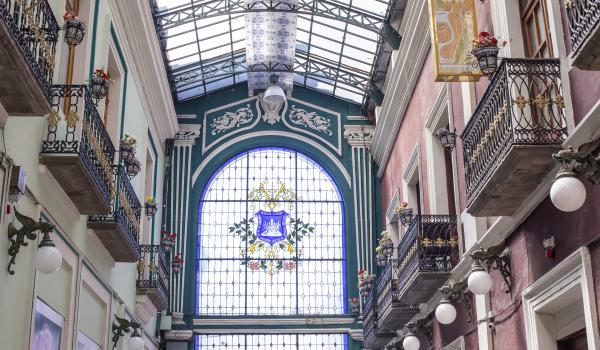
Pasaje Ignacio Zaragoza
This passageway connecting Plaza de Armas and Calle 2 de Oriente has been there since the city was first laid out.
Pasaje Ignacio Zaragoza
This passageway connecting Plaza de Armas and Calle 2 de Oriente has been there since the city was first laid out. Over time, it has had different names: in 1536, it was referred to as “the alleyway leading from the Plaza”; between 1770 and 1898, it was known as “the butcher's alleyway” or “the corn exchange alleyway”; in the 1835 and 1867 census records, it was named “the prison alleyway”; from 1901 onwards it was known as “pasaje del ayuntamiento” (town hall passage) and finally, in 1917, it was named “pasaje de Ignacio Zaragoza”. In 1901, permission was obtained from the Cabildo (town council) to cover it with glass and the eclectic-style facades were created.
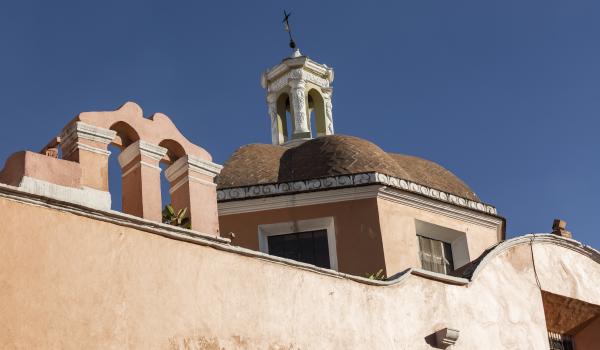
Templo de San Juan de Letrán
Construction of this temple began in 1707, but it was damaged in the earthquake of 1711 and was not completed until 1721. During the 19th century, one of its chapels served as a classroom for the Holy School of Christ. It is now known as the Hospitalito.
Templo de San Juan de Letrán
Construction of this temple began in 1707, but it was damaged in the earthquake of 1711 and was not completed until 1721. During the 19th century, one of its chapels served as a classroom for the Holy School of Christ. It is now known as the Hospitalito.
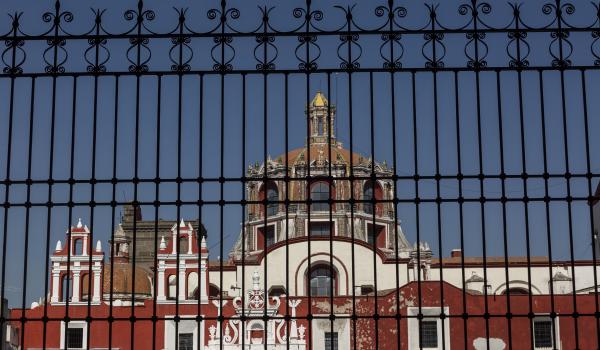
Templo Rectoría de Santo Domingo de Guzmán
The Dominican bishop Fray Julián Garcés granted his religious order two blocks of land for the construction of a church, which began in 1571 and was completed in 1659, with the exception of the dome and the tower.
Templo Rectoría de Santo Domingo de Guzmán
The Dominican bishop Fray Julián Garcés granted his religious order two blocks of land for the construction of a church, which began in 1571 and was completed in 1659, with the exception of the dome and the tower. In 1901, the floor was added; in 1690, the Chapel of the Rosary was inaugurated; and in 1801, construction began on the tower, which was completed after 1835.

Templo de San Pedro Apóstol
This building was constructed in the 16th century as part of the Hospital de San Pedro. The temple consists of three sections: the first contains the entrance door with a semicircular arch, the second has a space framed by half-height columns, and the third section has a circular window.
Templo de San Pedro Apóstol
This building was constructed in the 16th century as part of the Hospital de San Pedro. The temple consists of three sections: the first contains the entrance door with a semicircular arch, the second has a space framed by half-height columns, and the third section has a circular window. The coat of arms of the bishopric is preserved on the stone facade.
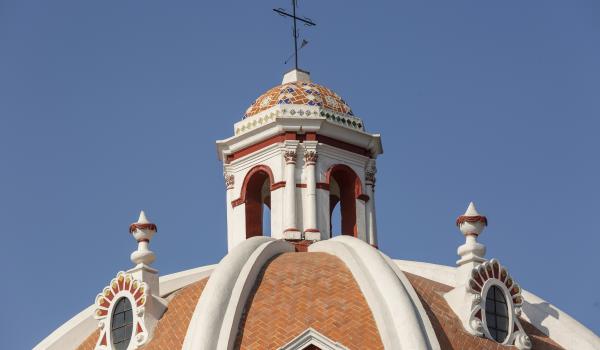
Santuario Nuestra Señora del Carmen
In 1548, councilman Hernando de Villanueva granted a plot of land for the construction of a chapel dedicated to Our Lady of Remedies. A year later, the donation was increased to three plots.
Santuario Nuestra Señora del Carmen
In 1548, councilman Hernando de Villanueva granted a plot of land for the construction of a chapel dedicated to Our Lady of Remedies. A year later, the donation was increased to three plots. In 1586, the Discalced Carmelites arrived in Puebla, and Bishop Diego Romano granted them the Los Remedios chapel plus three more plots of land, where they built a convent and a sumptuous church. After the friars were secularized, the building was used as a barracks, and the cemetery was closed in 1880 and collapsed in 1891.
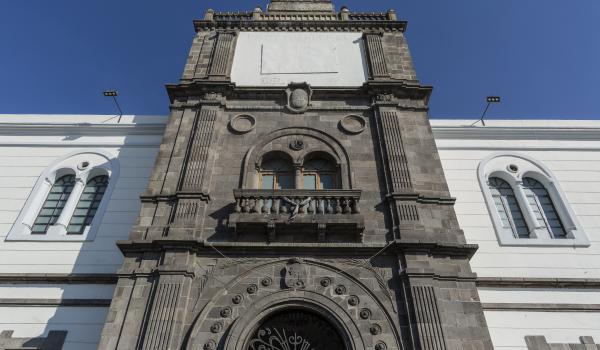
Escuela Normal Superior del Estado de Puebla
The building was constructed after 1914, when the Jesuits abandoned their school and church. The Spina School was founded there, which in 1929 became the Normal Institute.
n>
Escuela Normal Superior del Estado de Puebla
The building was constructed after 1914, when the Jesuits abandoned their school and church. The Spina School was founded there, which in 1929 became the Normal Institute.
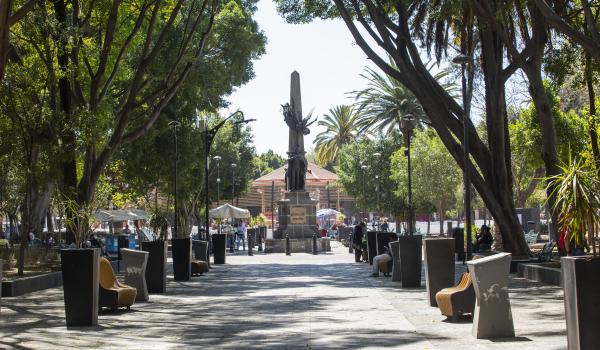
Monumento al General Nicolás Bravo y a los Héroes de la Independencia
This monument was erected in 1896, and in 1898 a statue representing History was added.
n>
Monumento al General Nicolás Bravo y a los Héroes de la Independencia
This monument was erected in 1896, and in 1898 a statue representing History was added.


